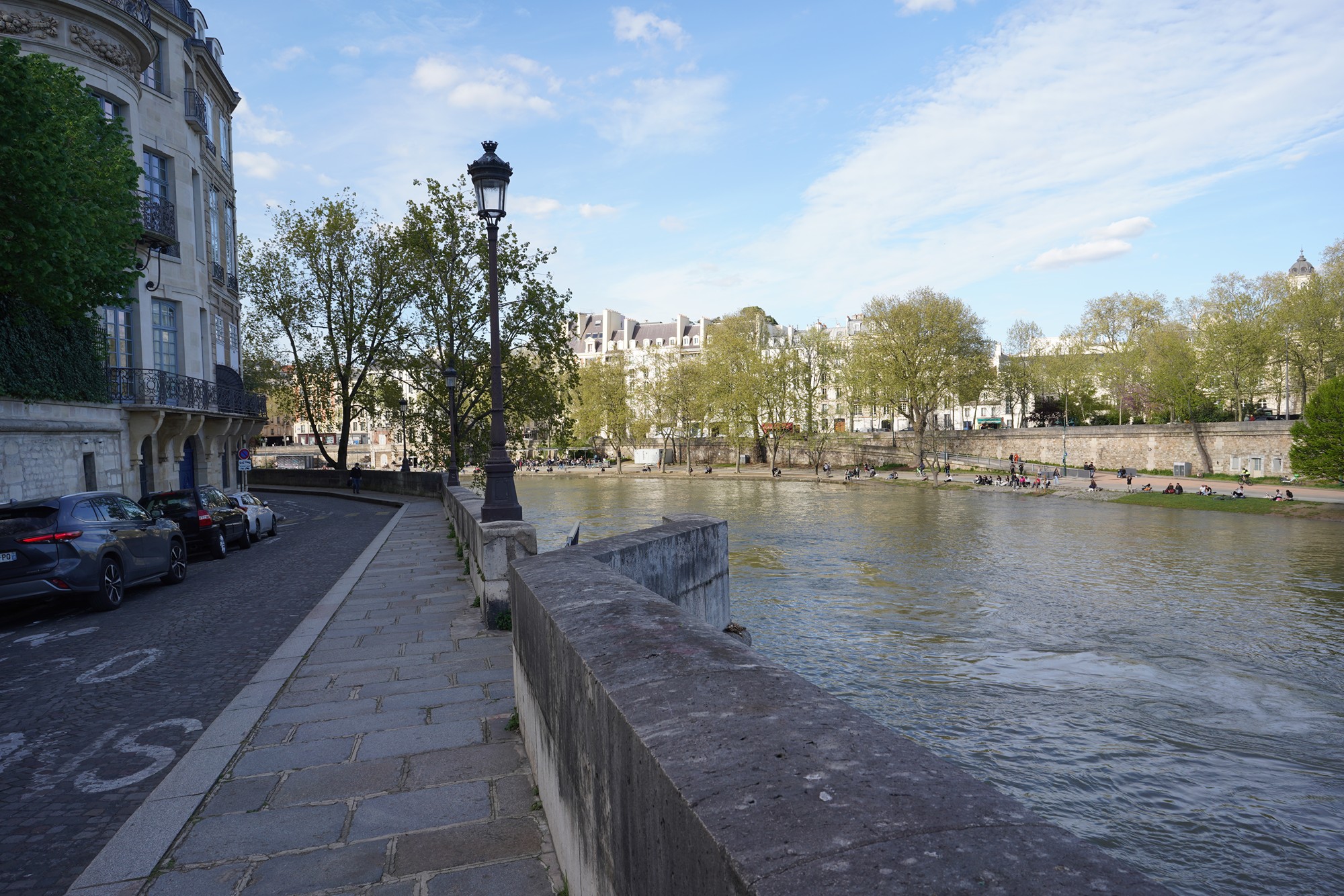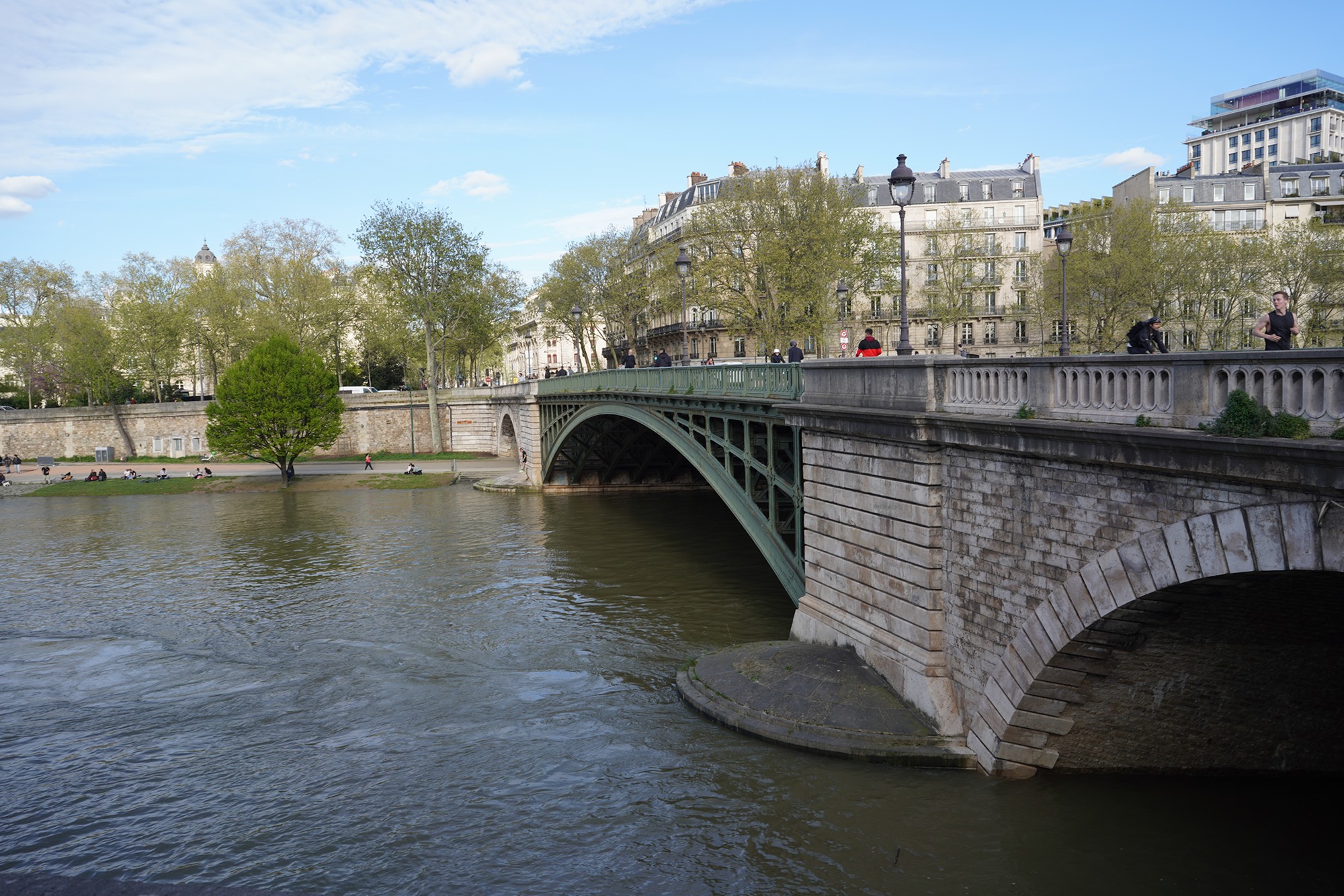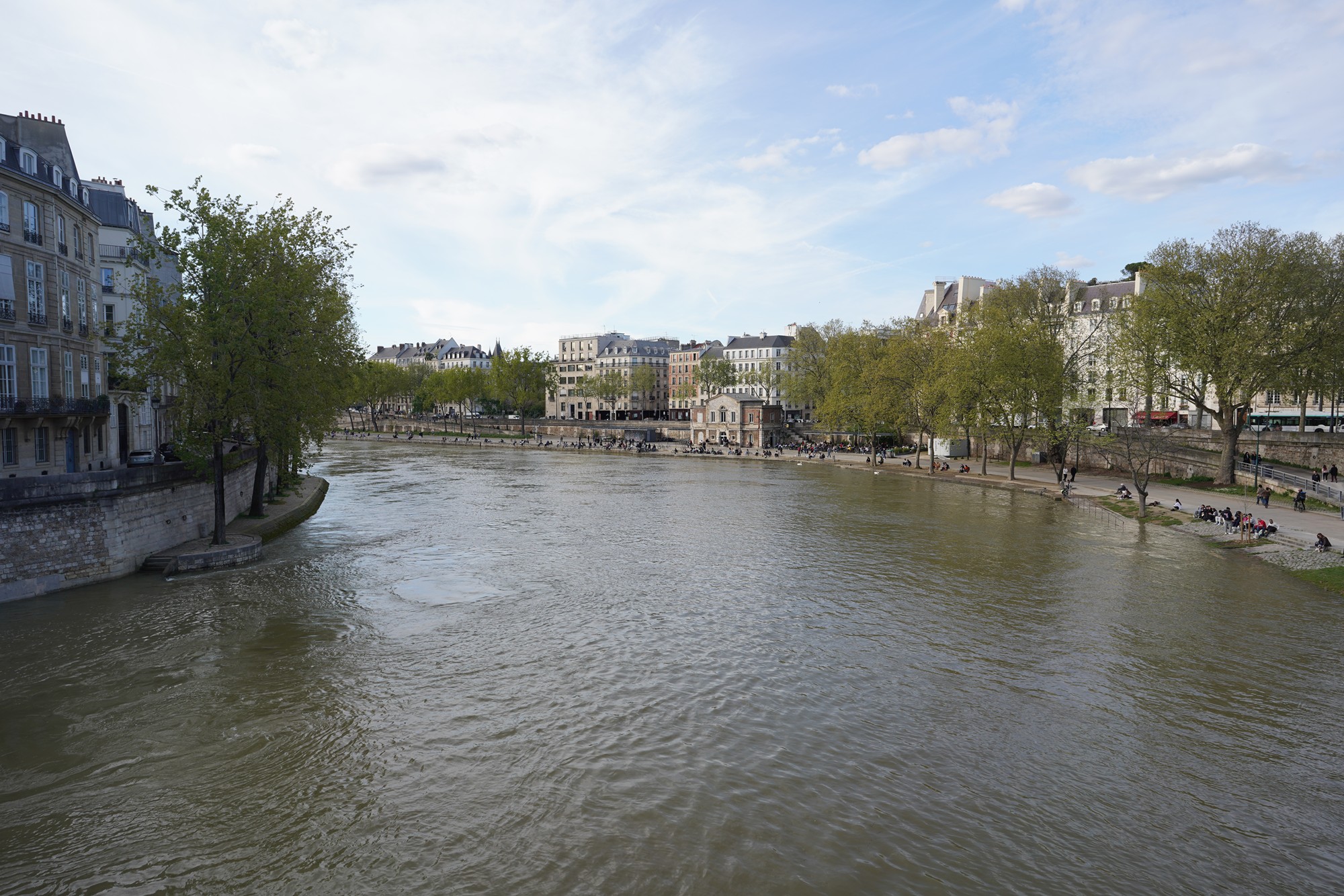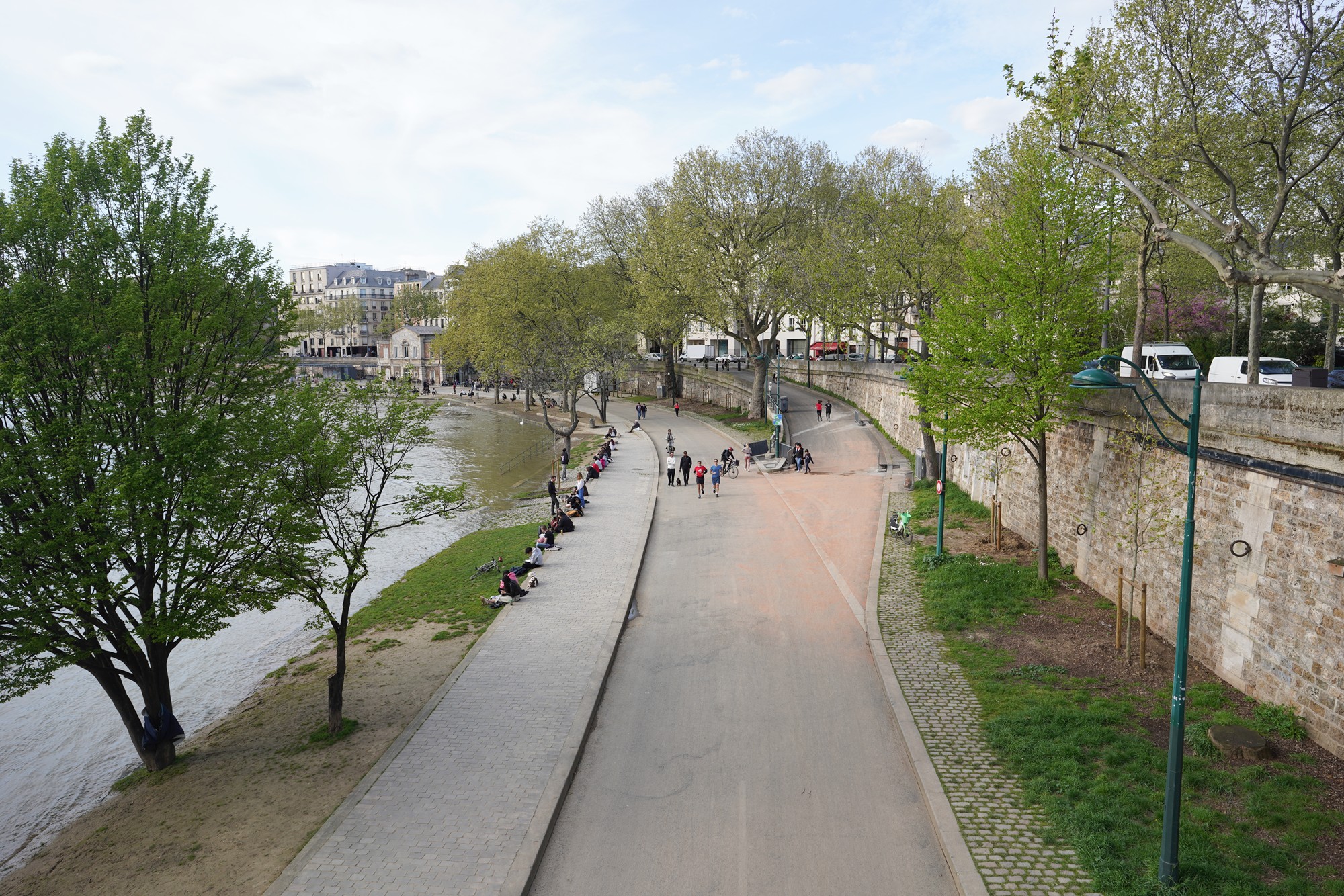Paris Walk – Latin Quarter, île Saint-Louis and île de la Cité, France
Another walk in the Latin Quarter, ile SaintLouis and ile de la Cite in Paris. 881
Panthéon: Pl. du Panthéon, 75005 Paris, France
Church of Saint-Étienne-du-Mont: Place Sainte-Geneviève, 75005 Paris, France
Rue Mouffetard: 75005 Paris, France
Shakespeare and Company: 37 Rue de la Bûcherie, 75005 Paris, France
Sainte-Chapelle: 10 Bd du Palais, 75001 Paris, France
Hôtel de Ville: 75004 Paris, France
Rue Saint-Louis: 75 Rue Saint-Louis en l’Île, 75004 Paris, France
Date Picture Taken: April, 2024
Another walk in the Latin Quarter, places that I have not been in the first walk.
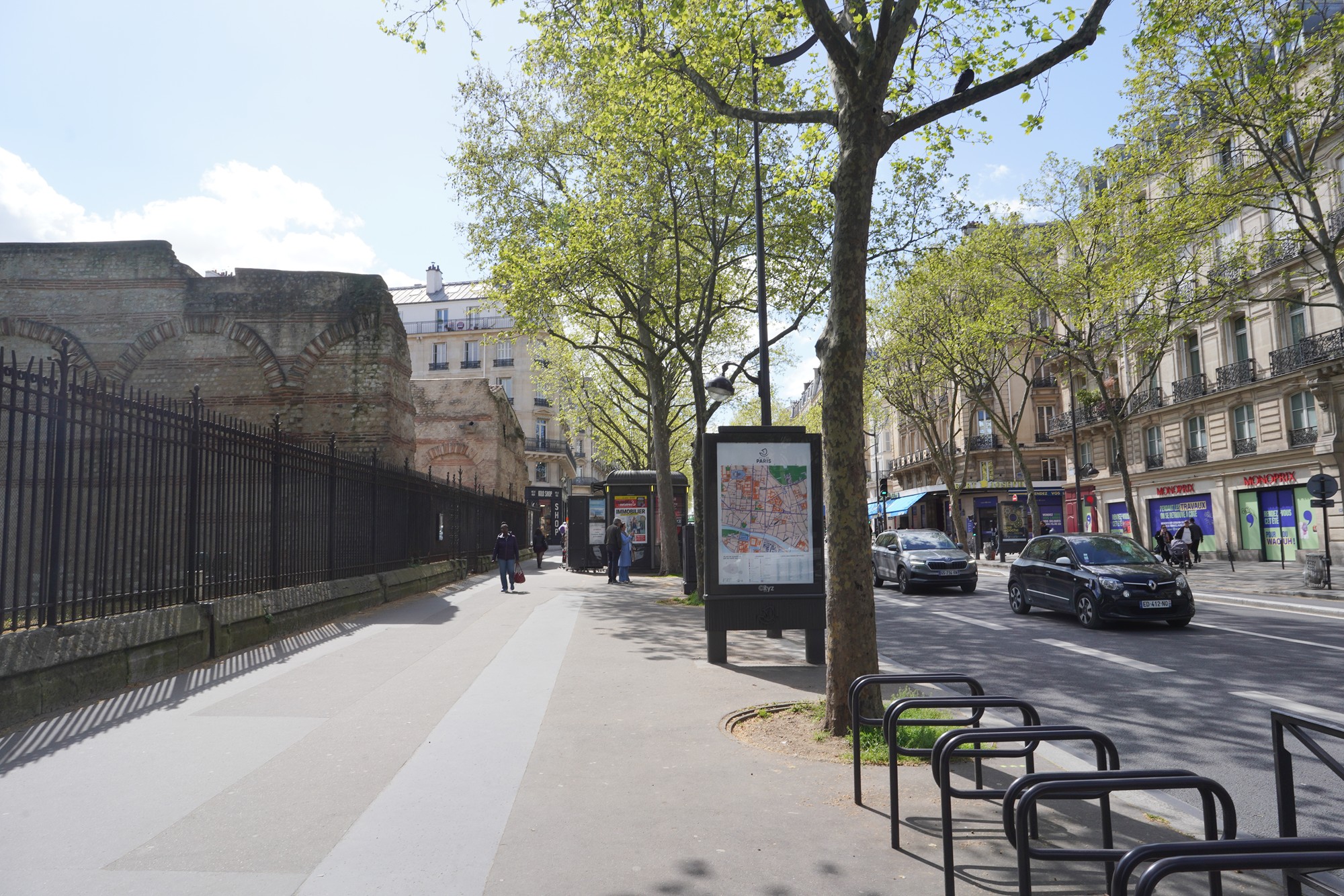
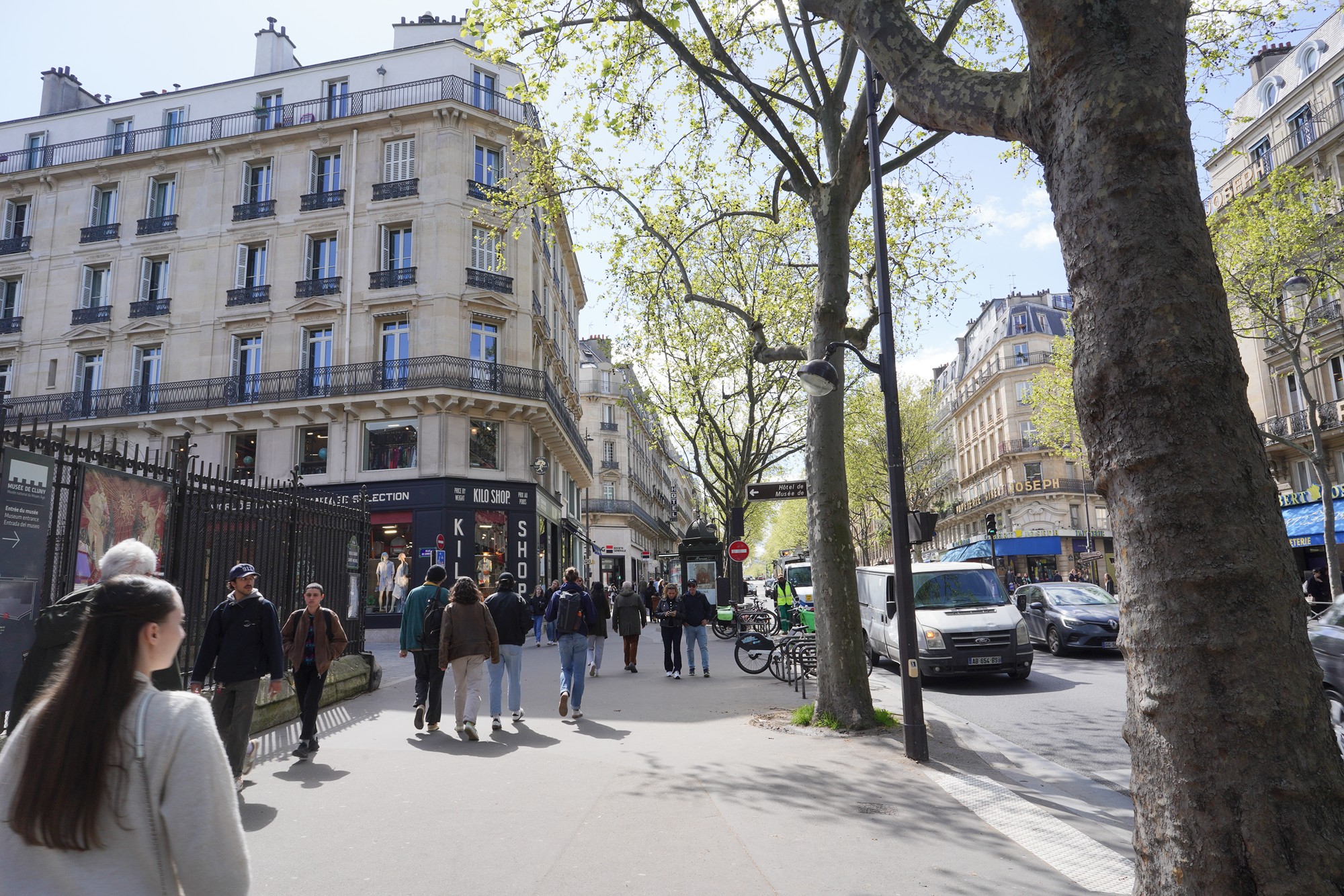
The walk starts near the Cluny Museum.
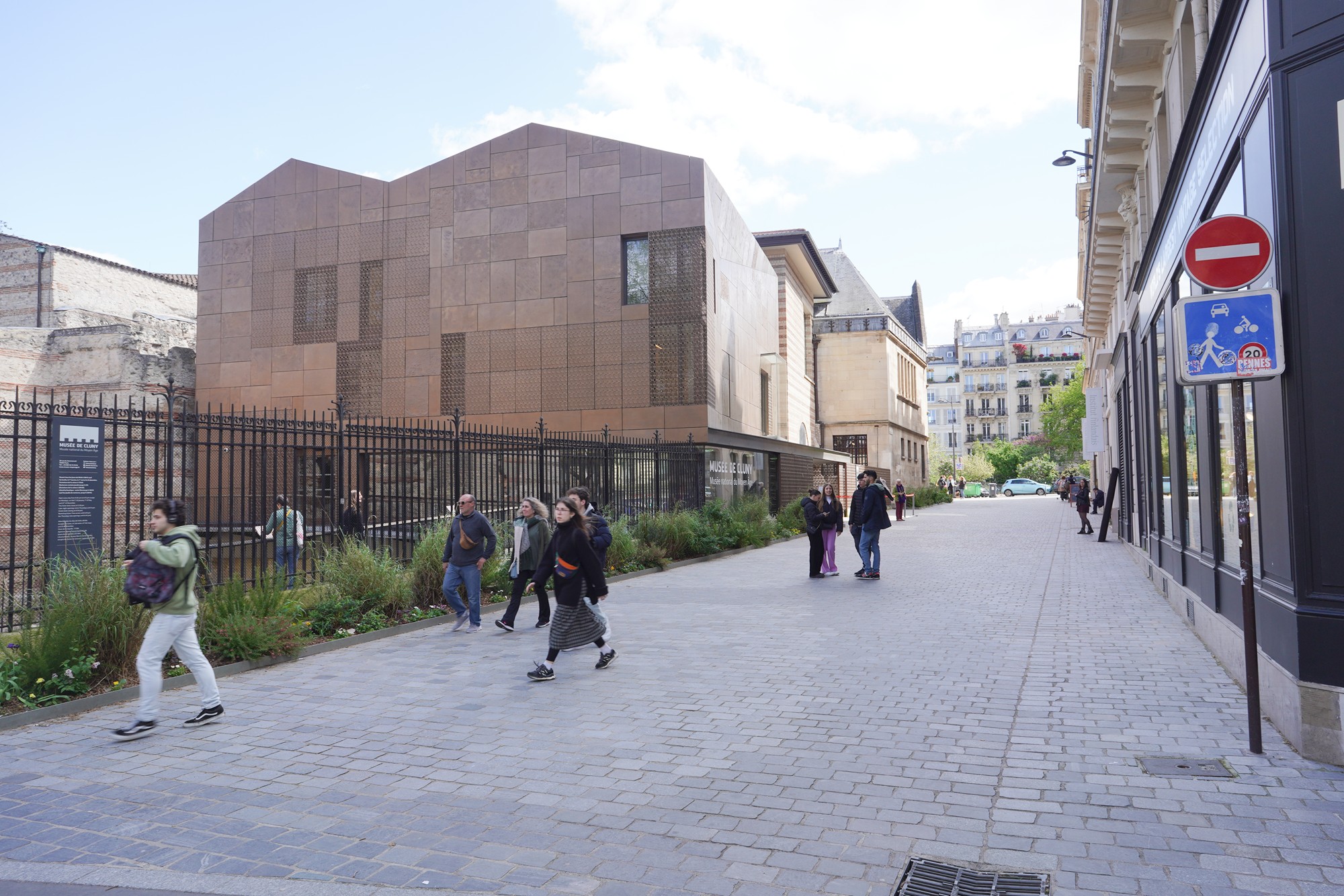
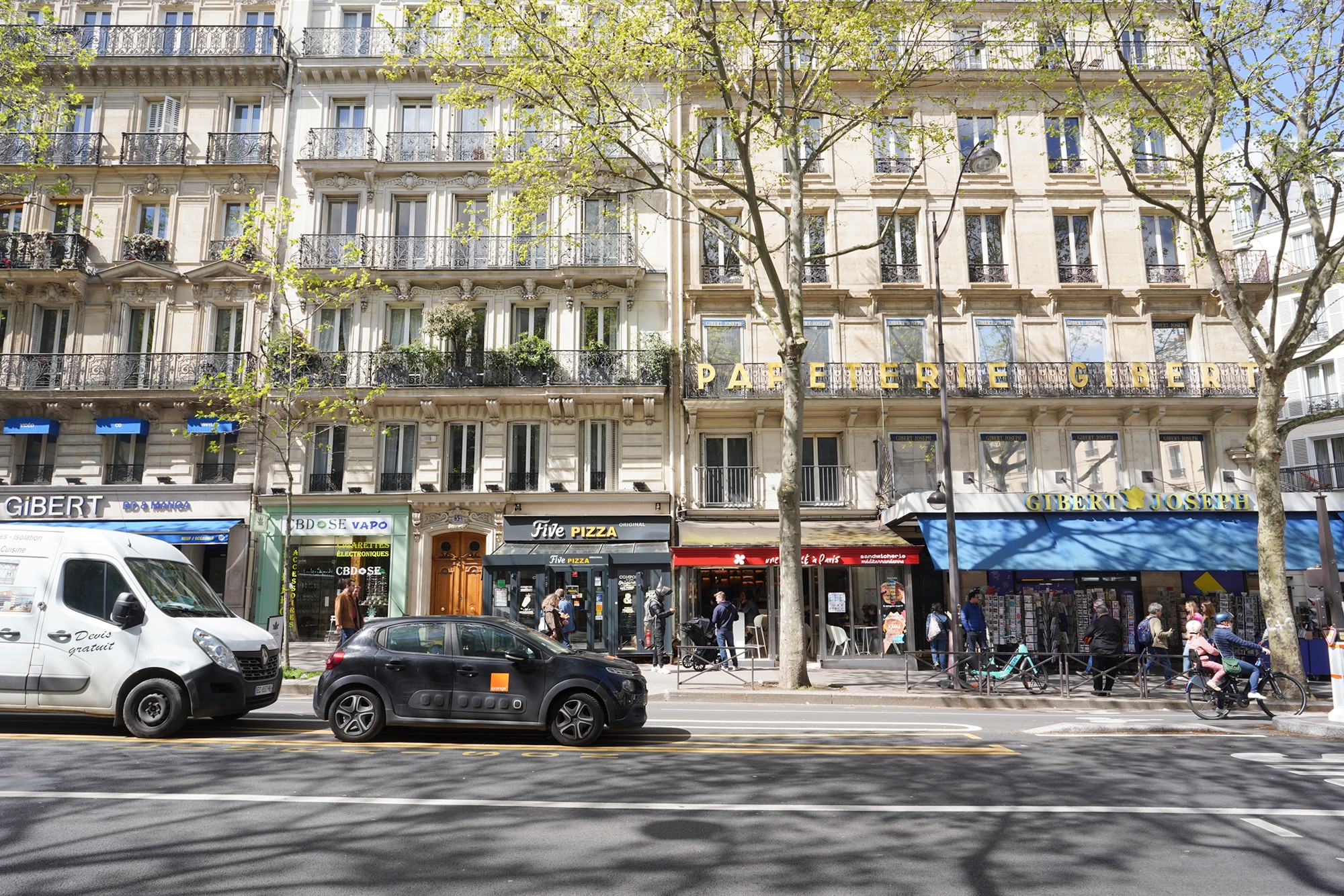
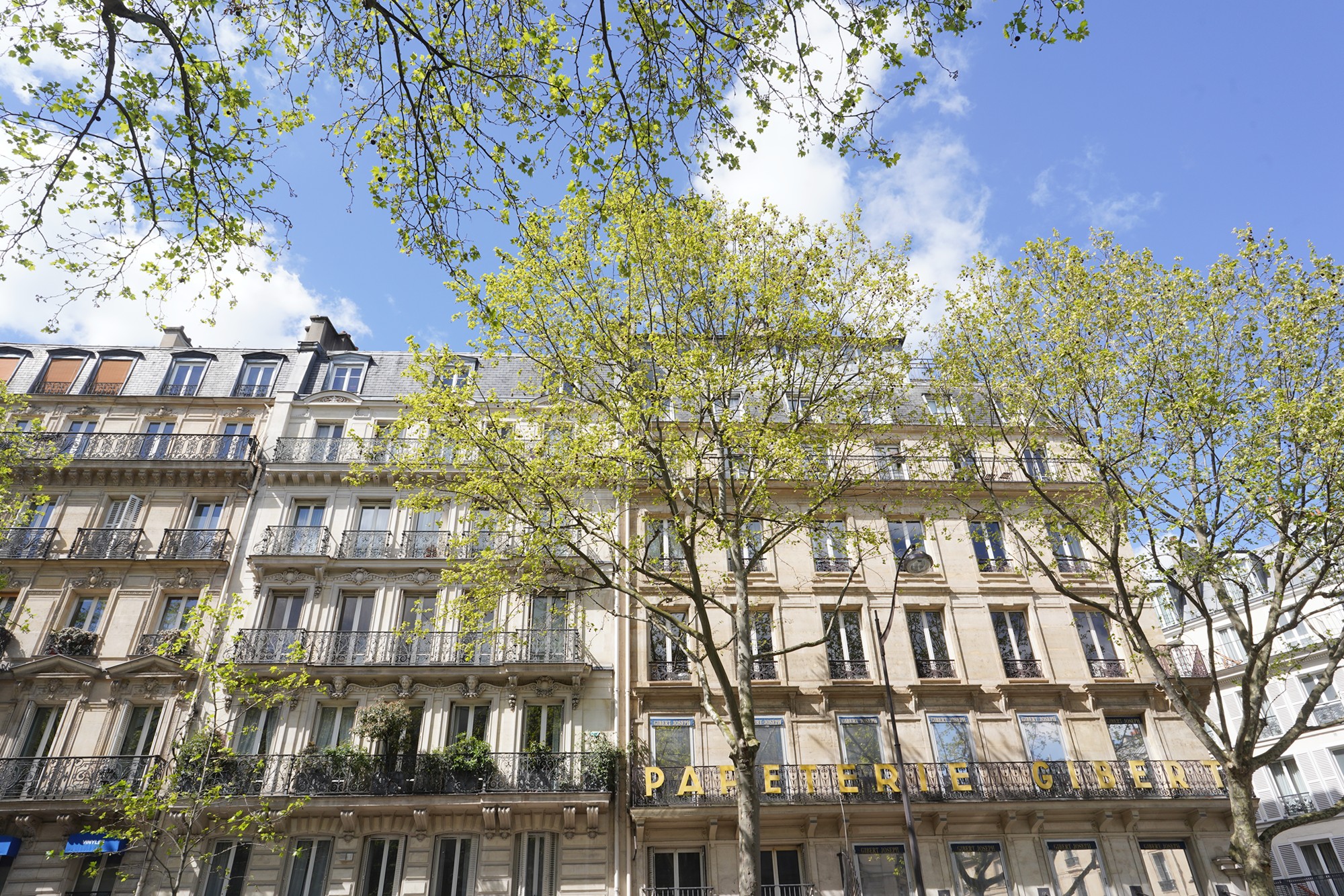
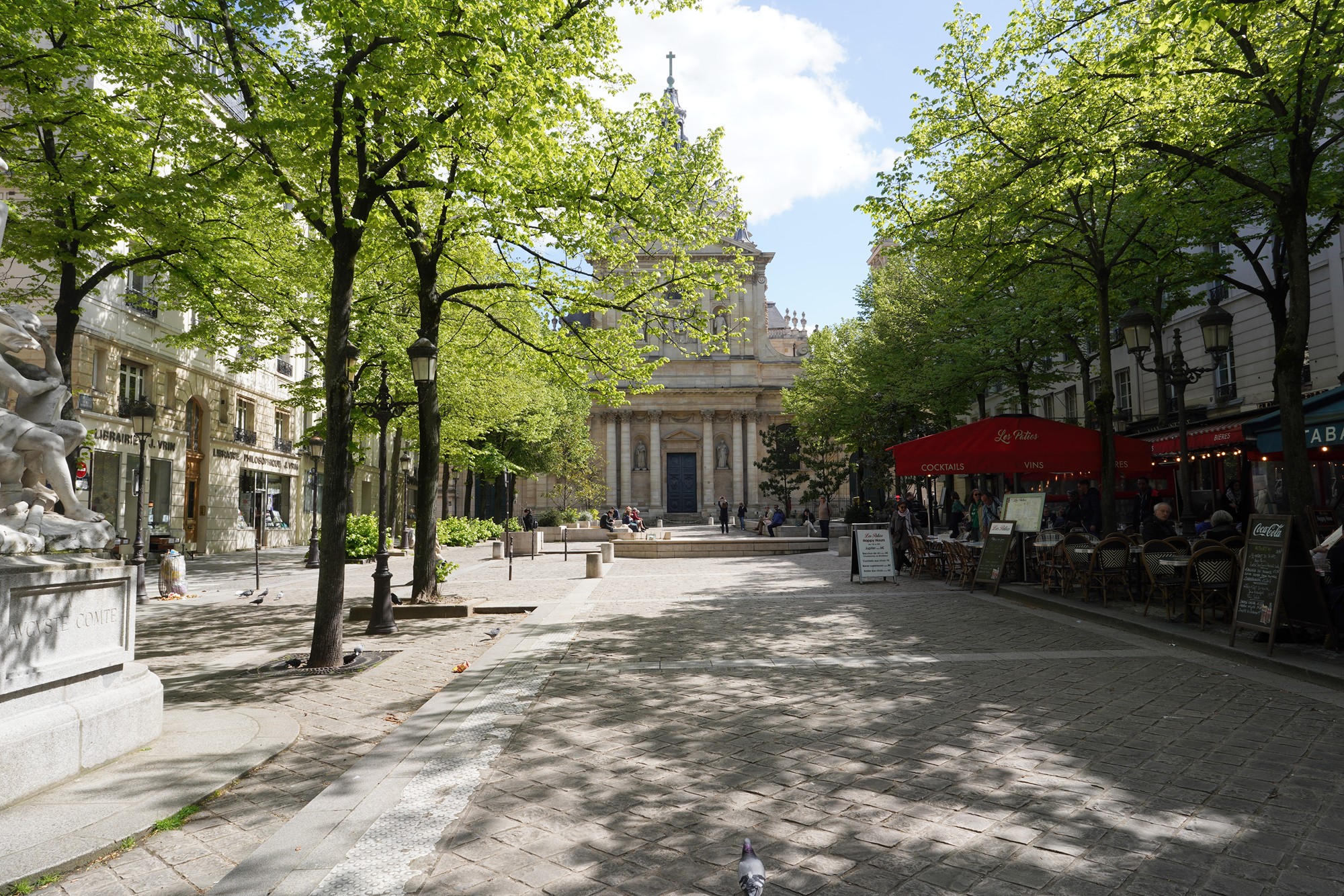
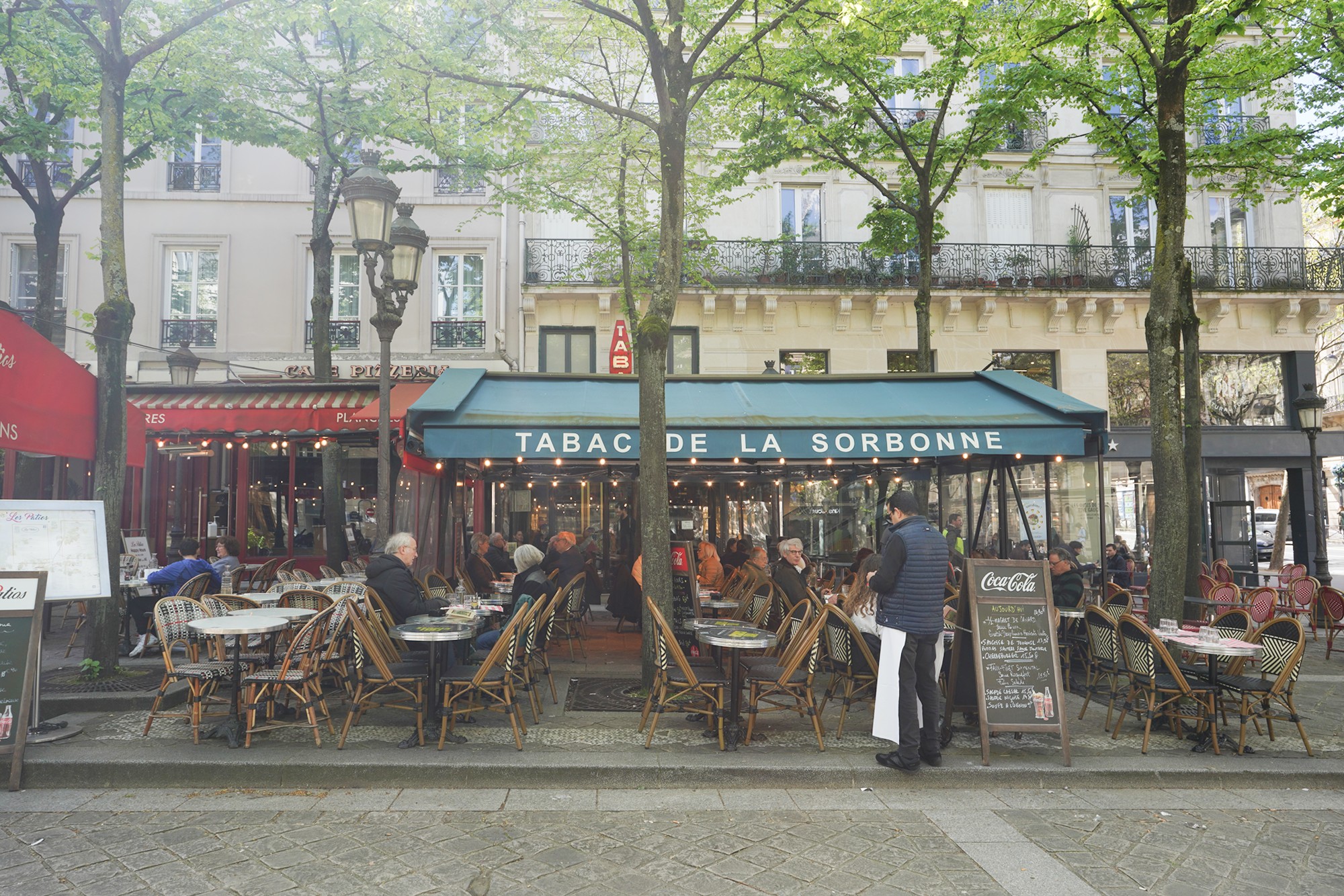
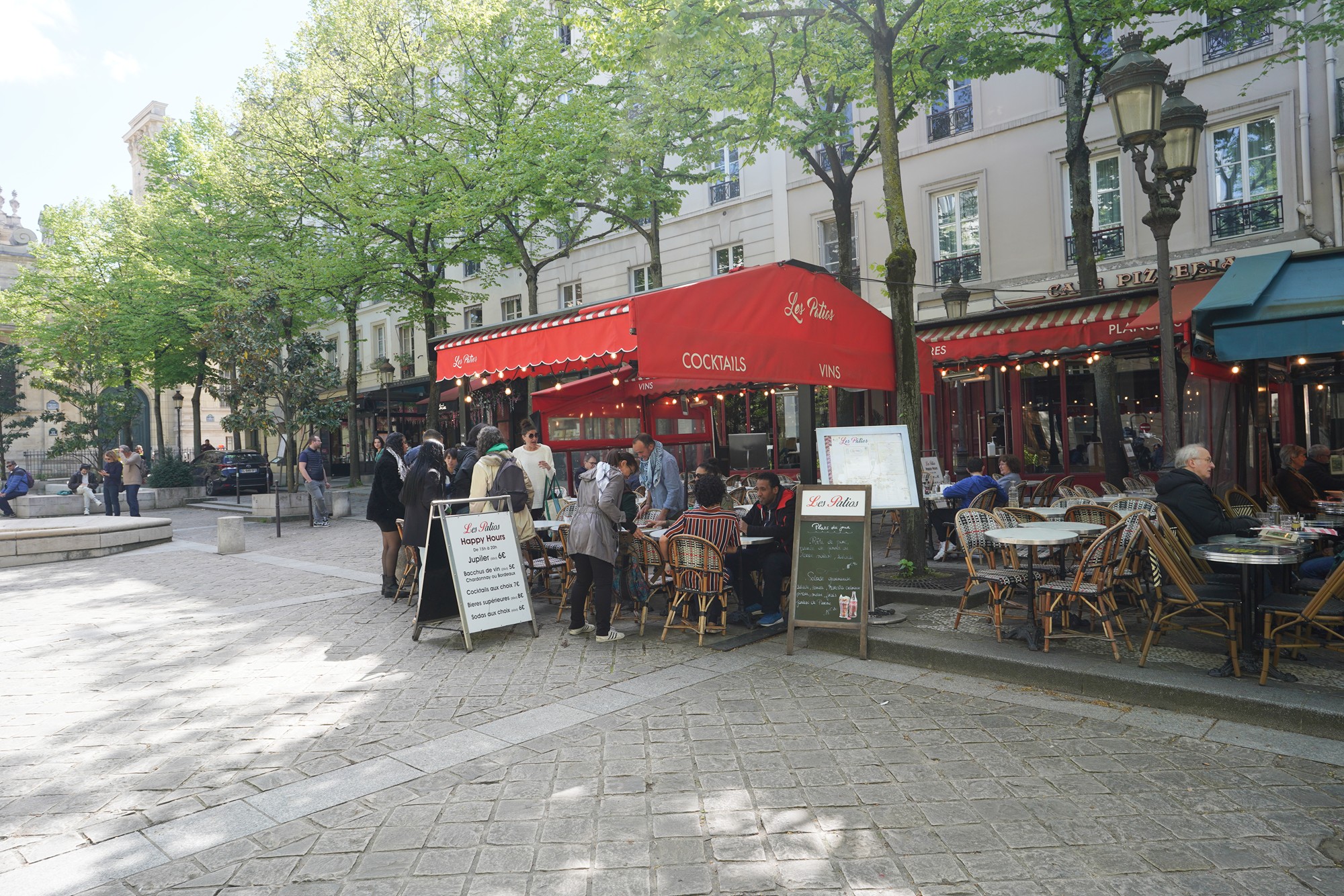
The Sorbonne Chapel
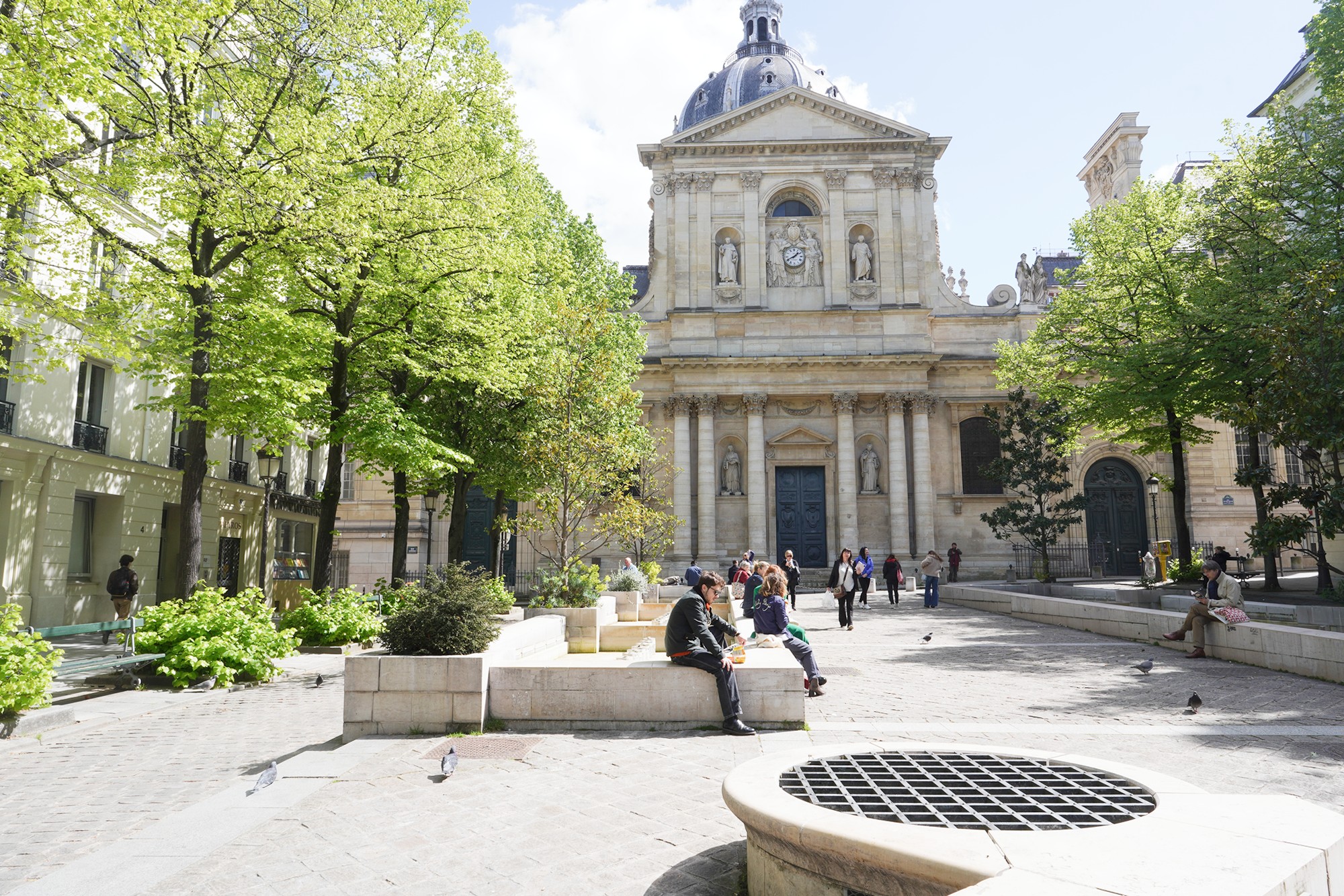
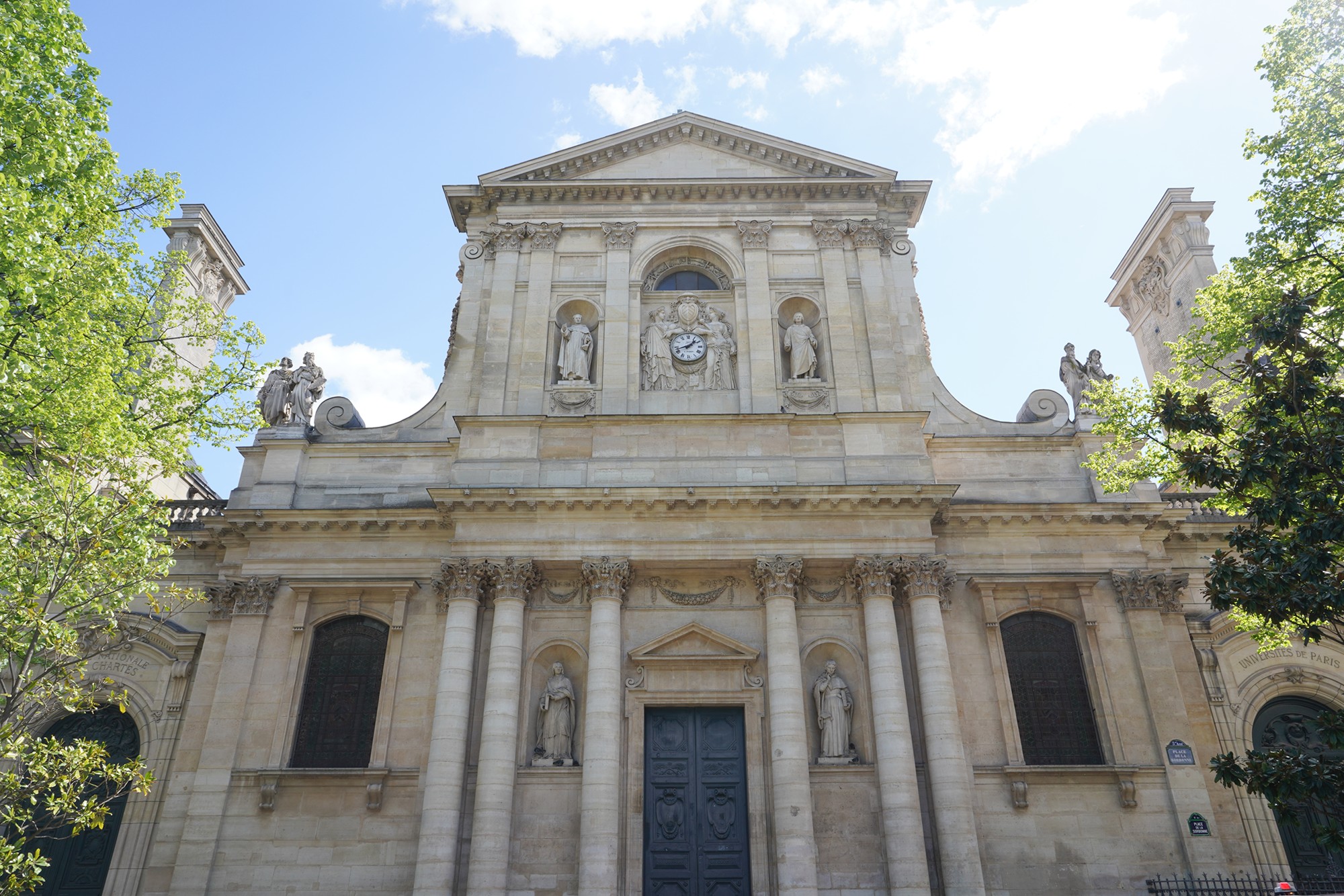
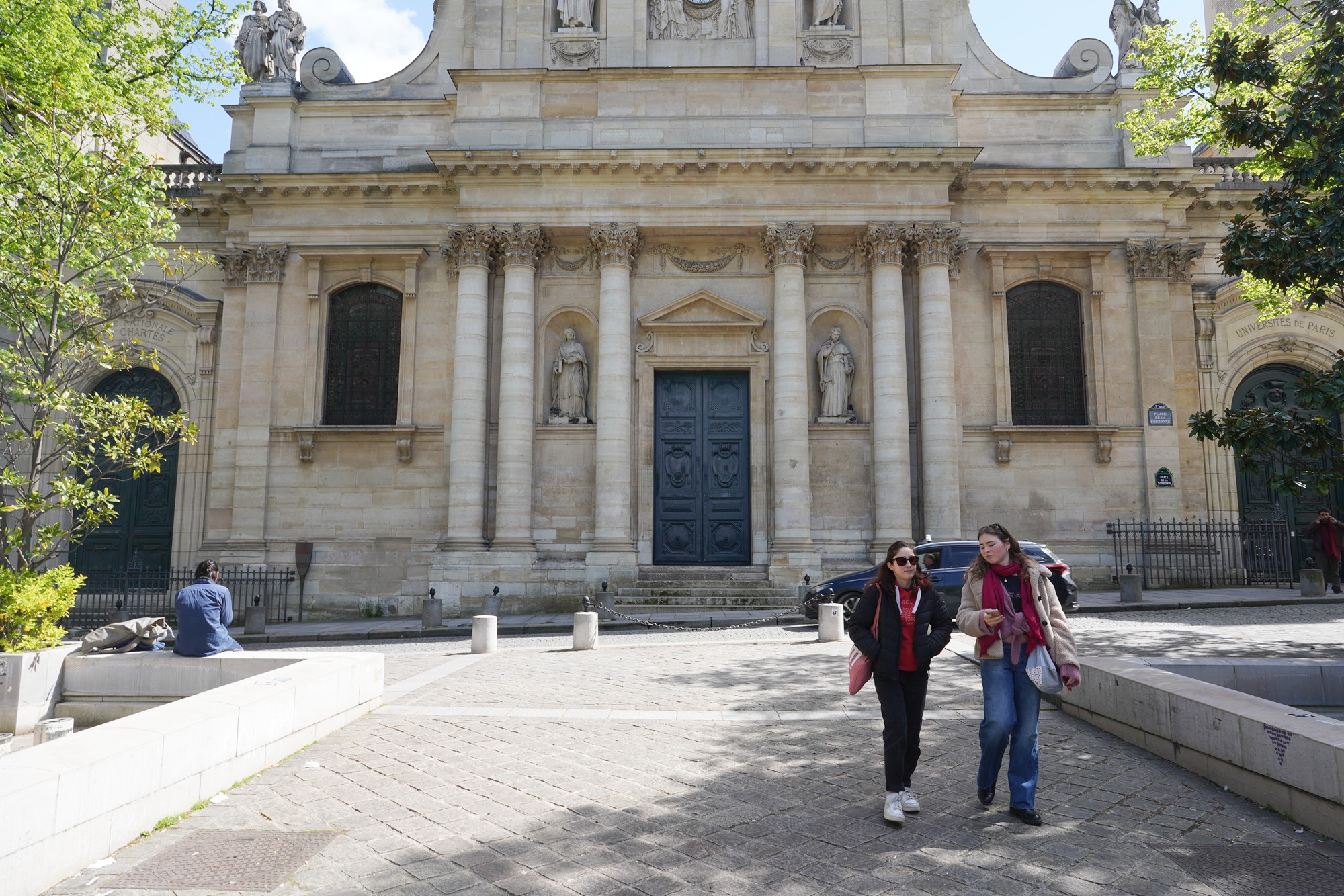
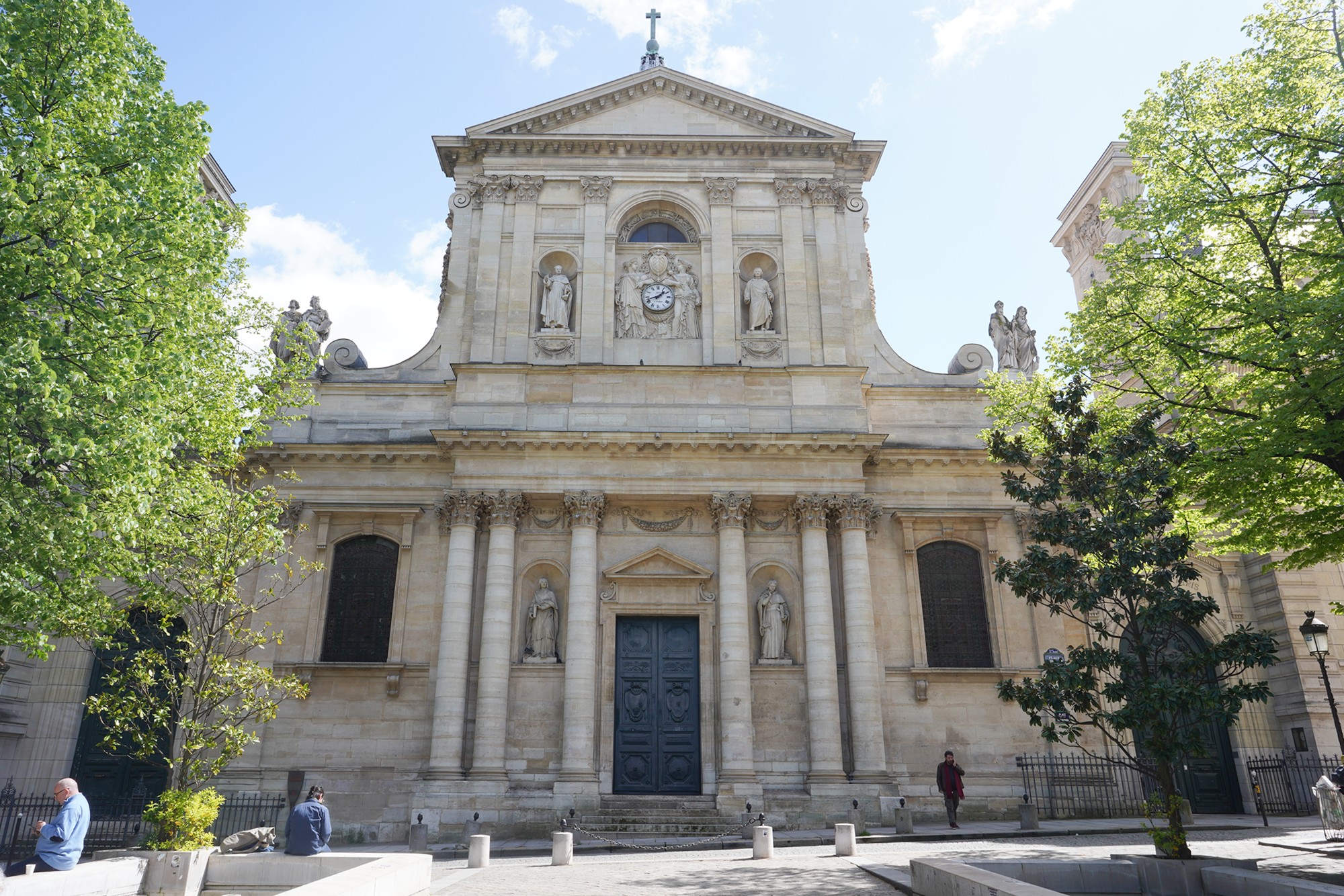
Paris-Sorbonne University
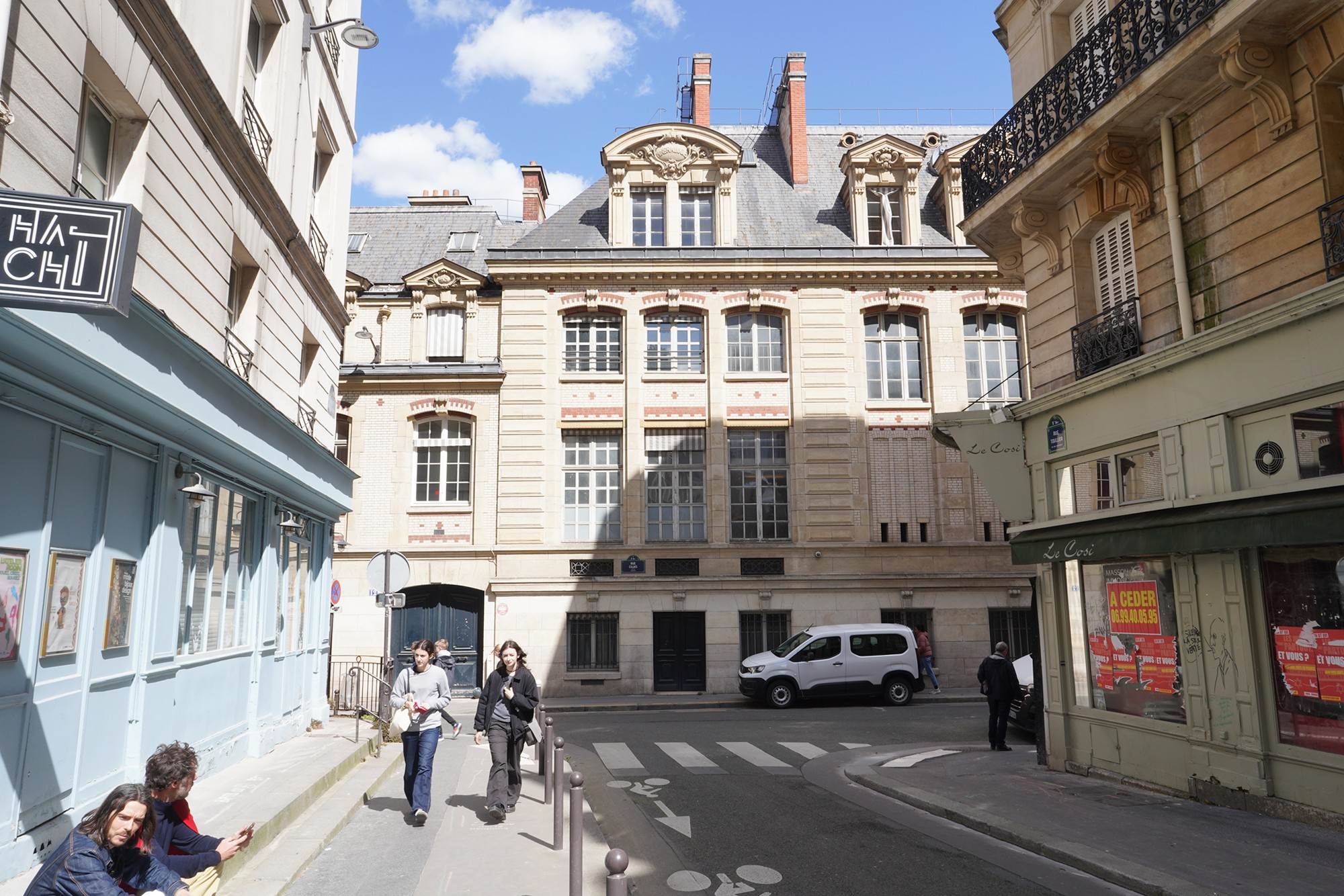
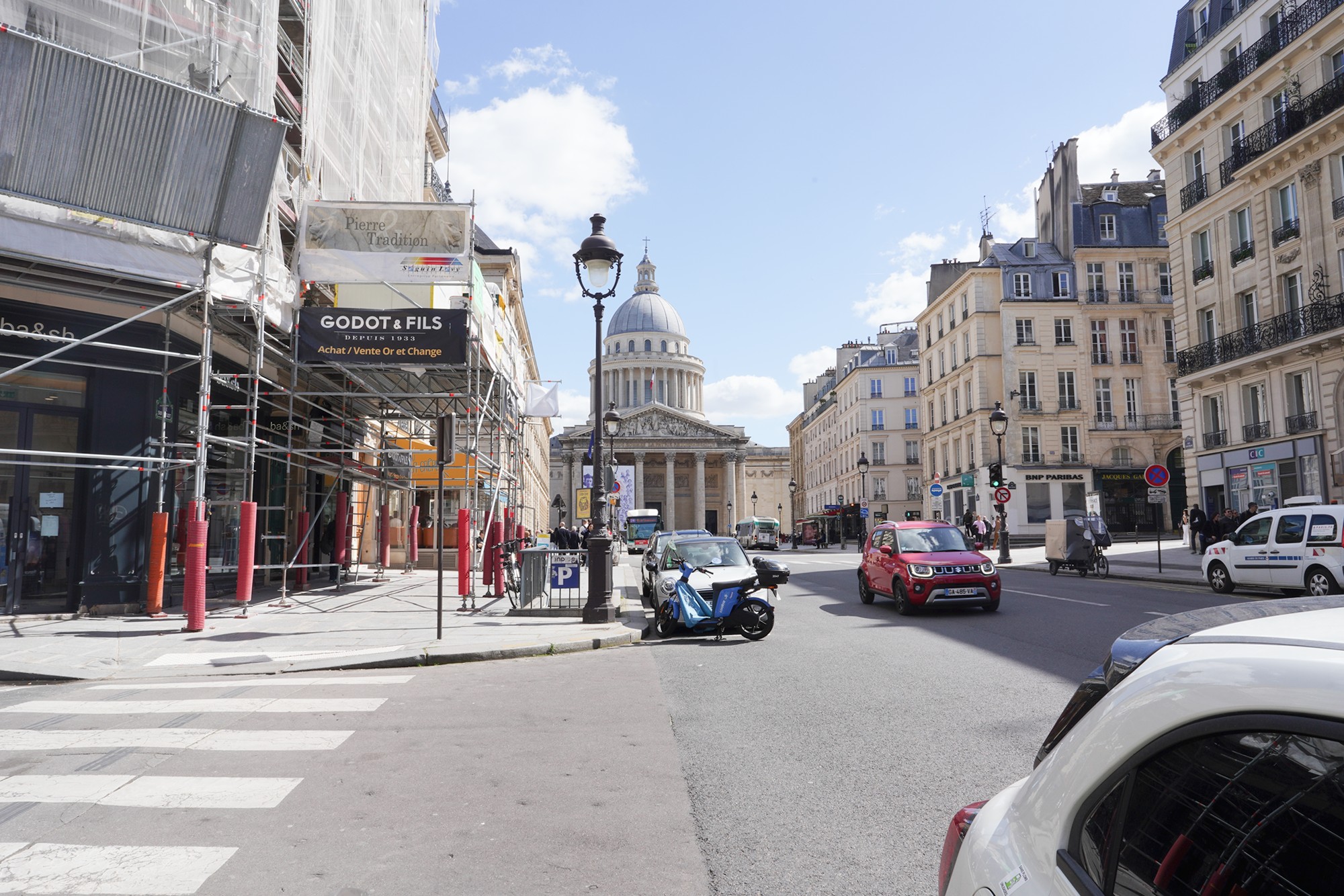
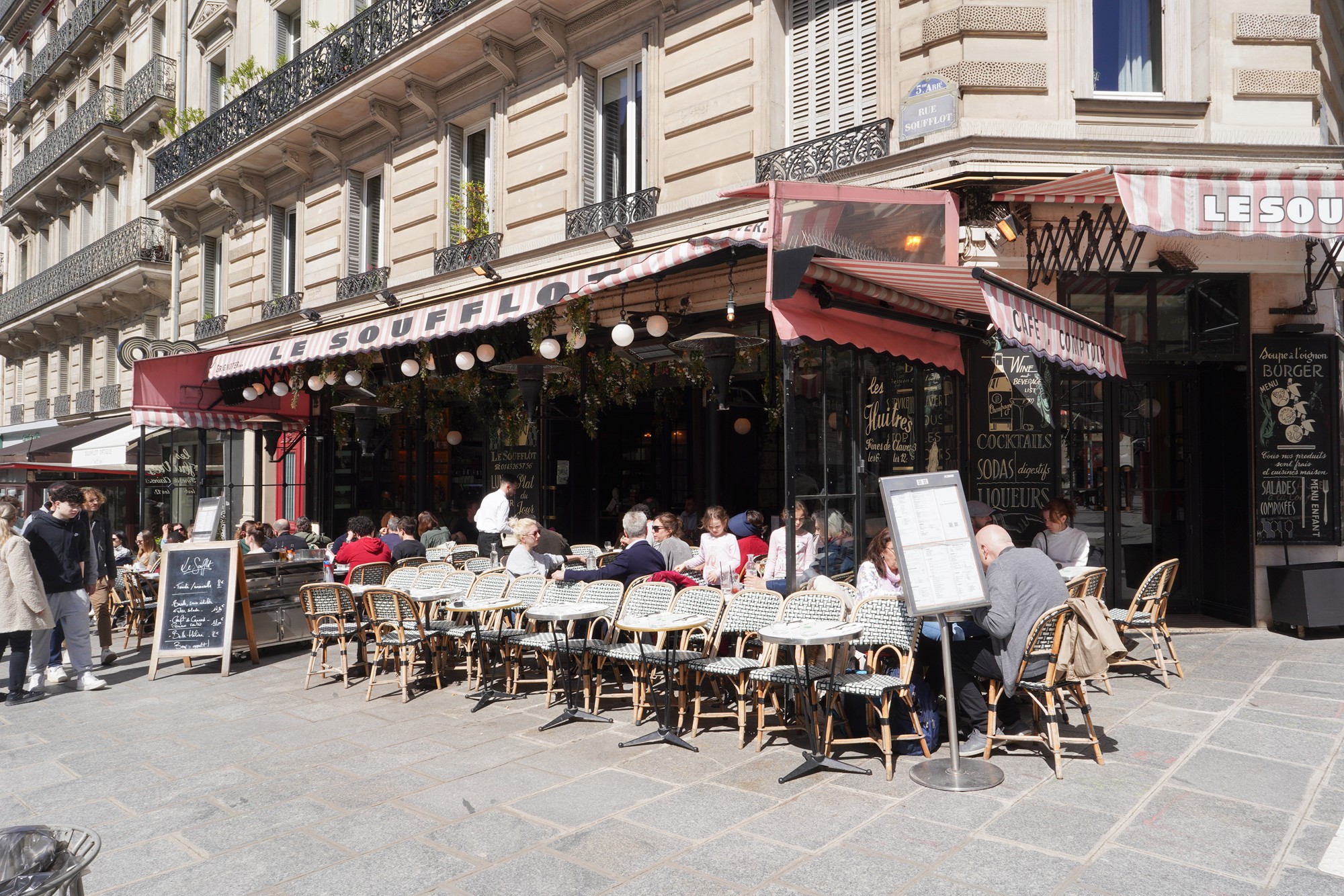
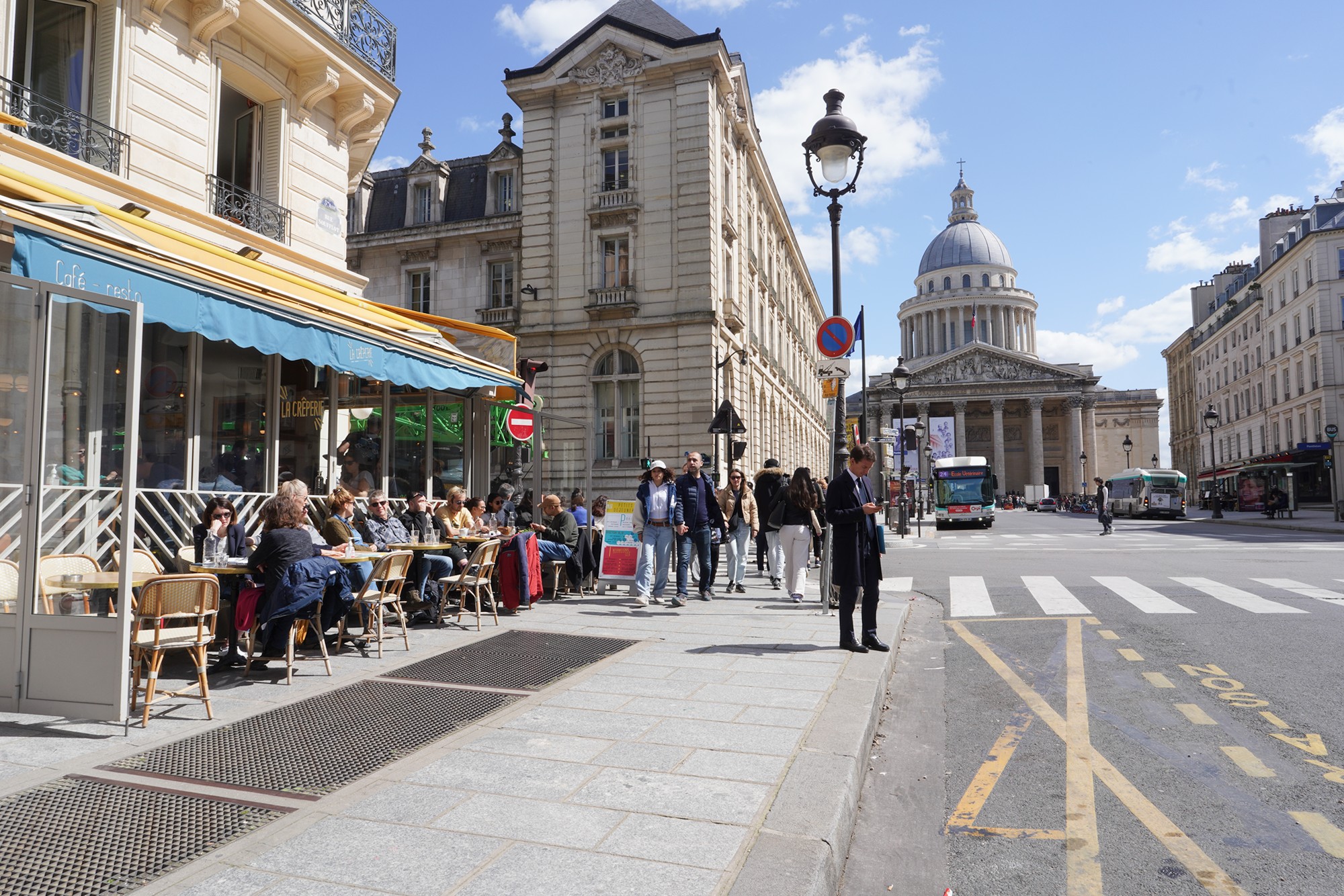
Panthéon. Originally built as a church dedicated to St. Genevieve, it now functions as a mausoleum containing the remains of distinguished French citizens.
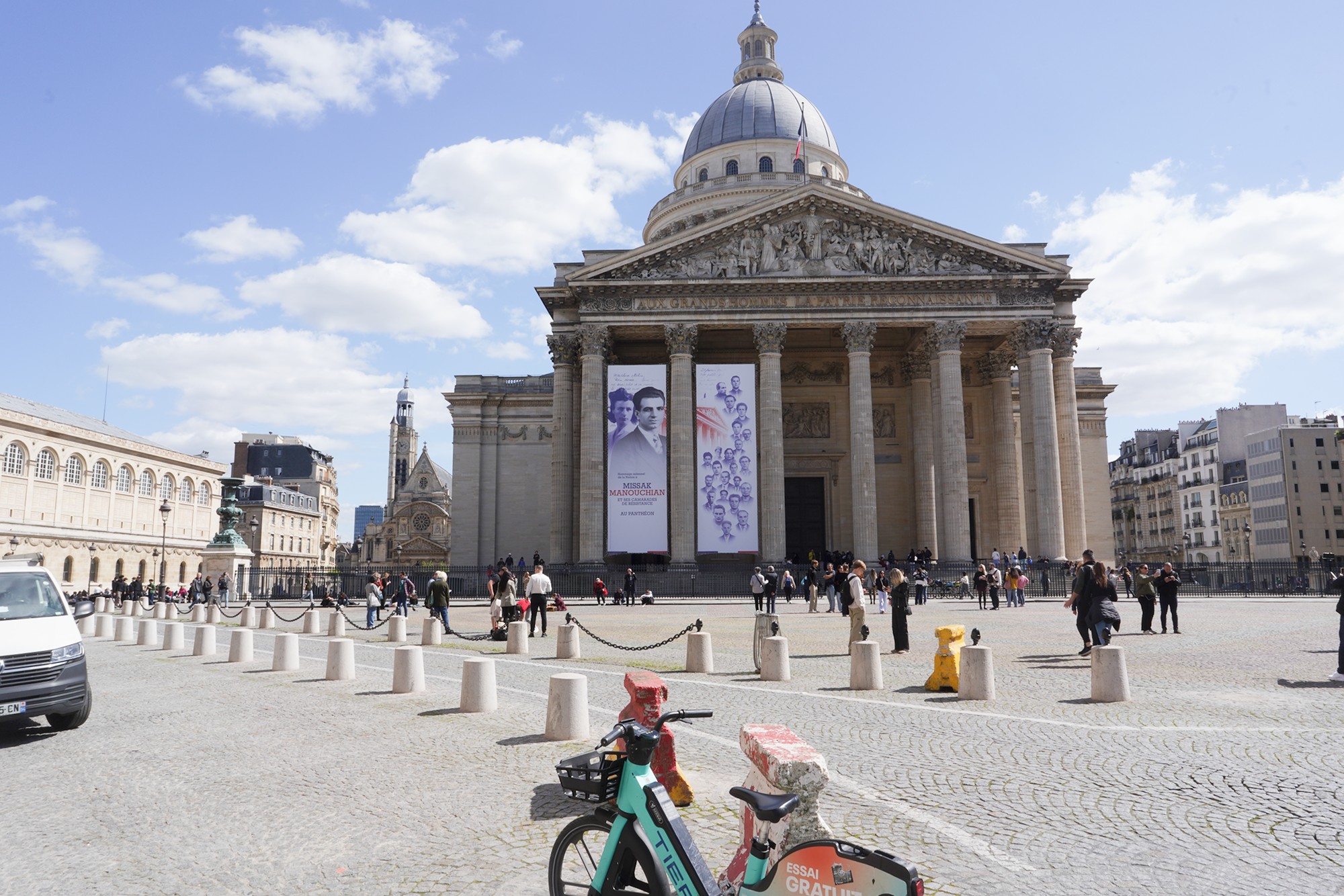
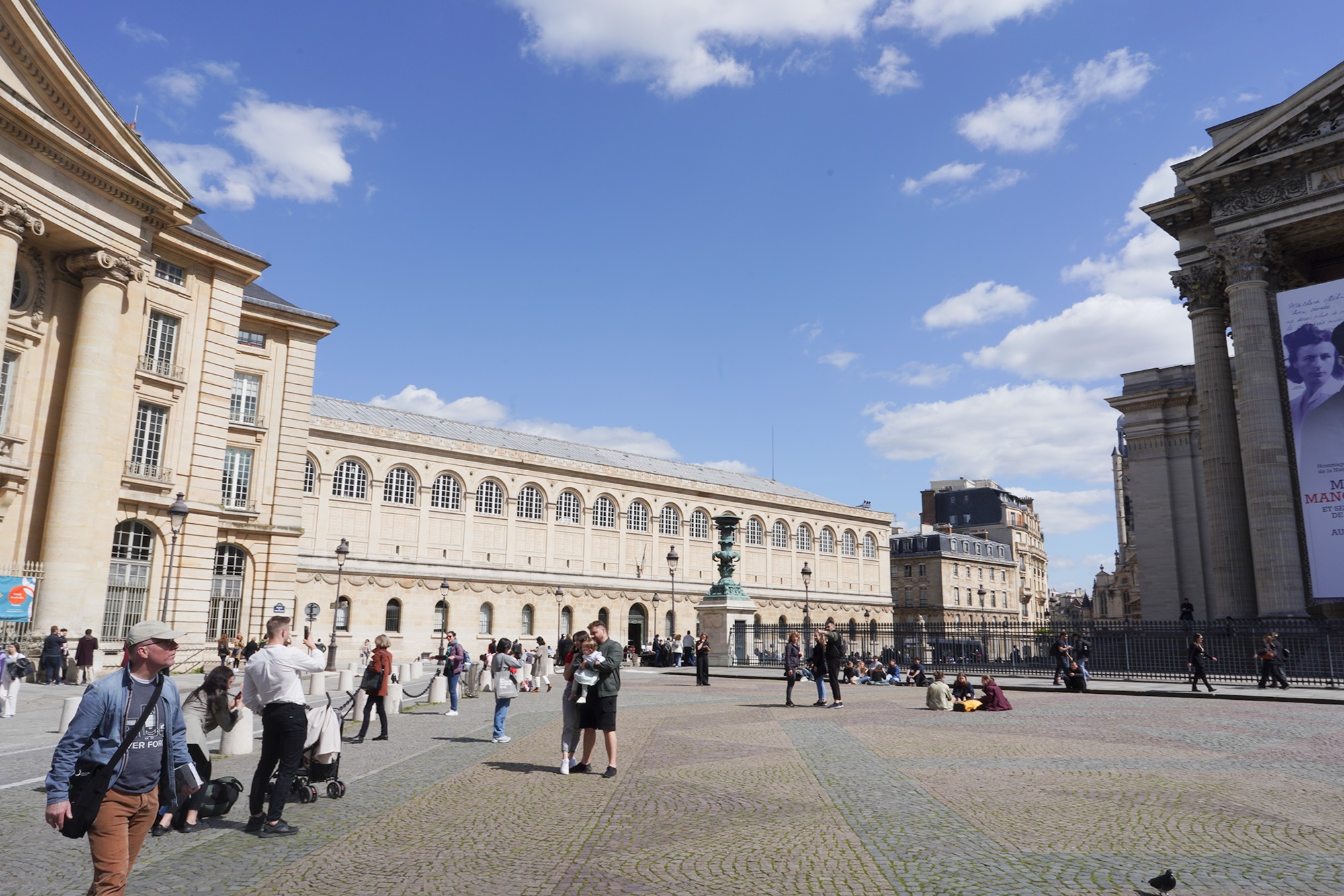
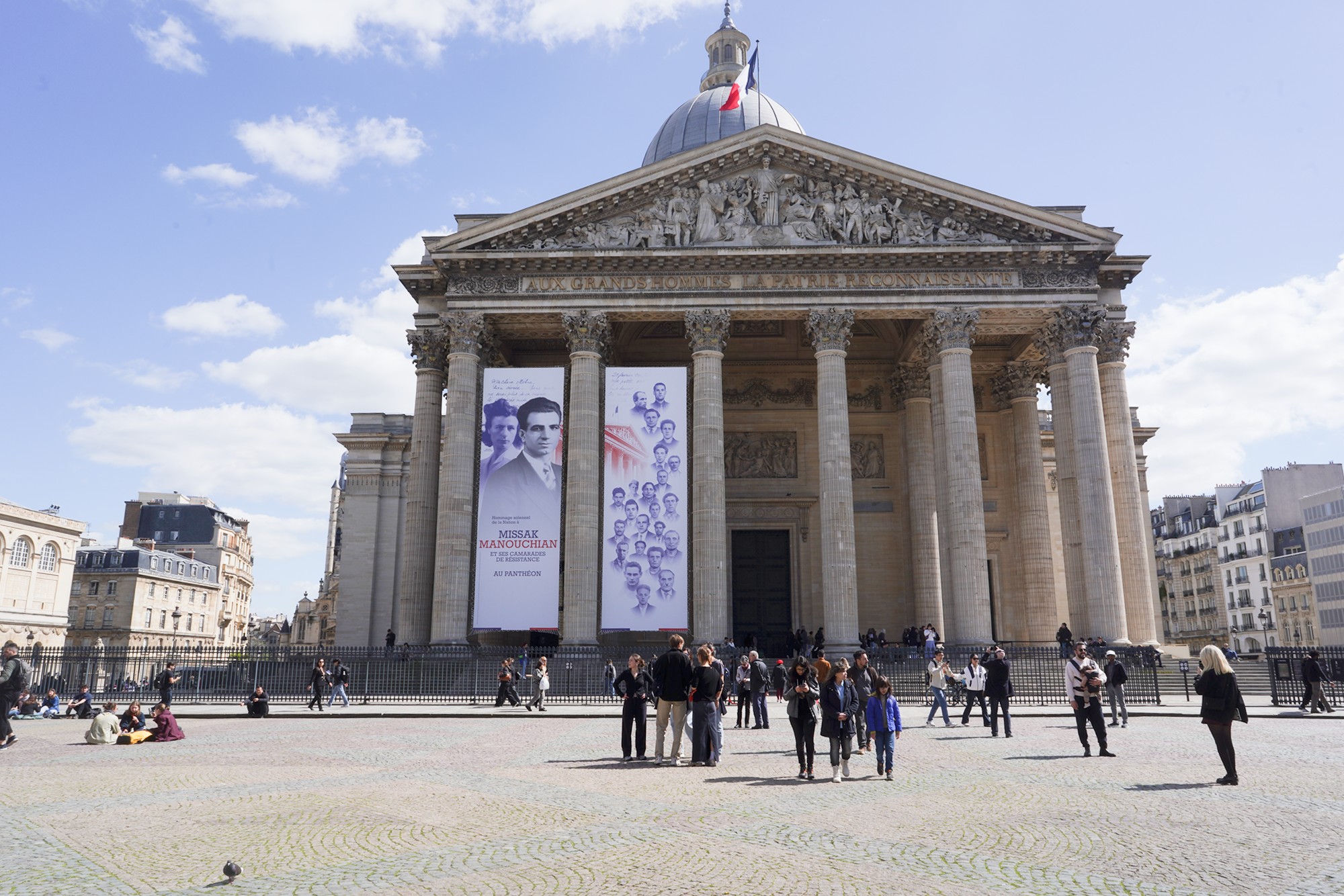
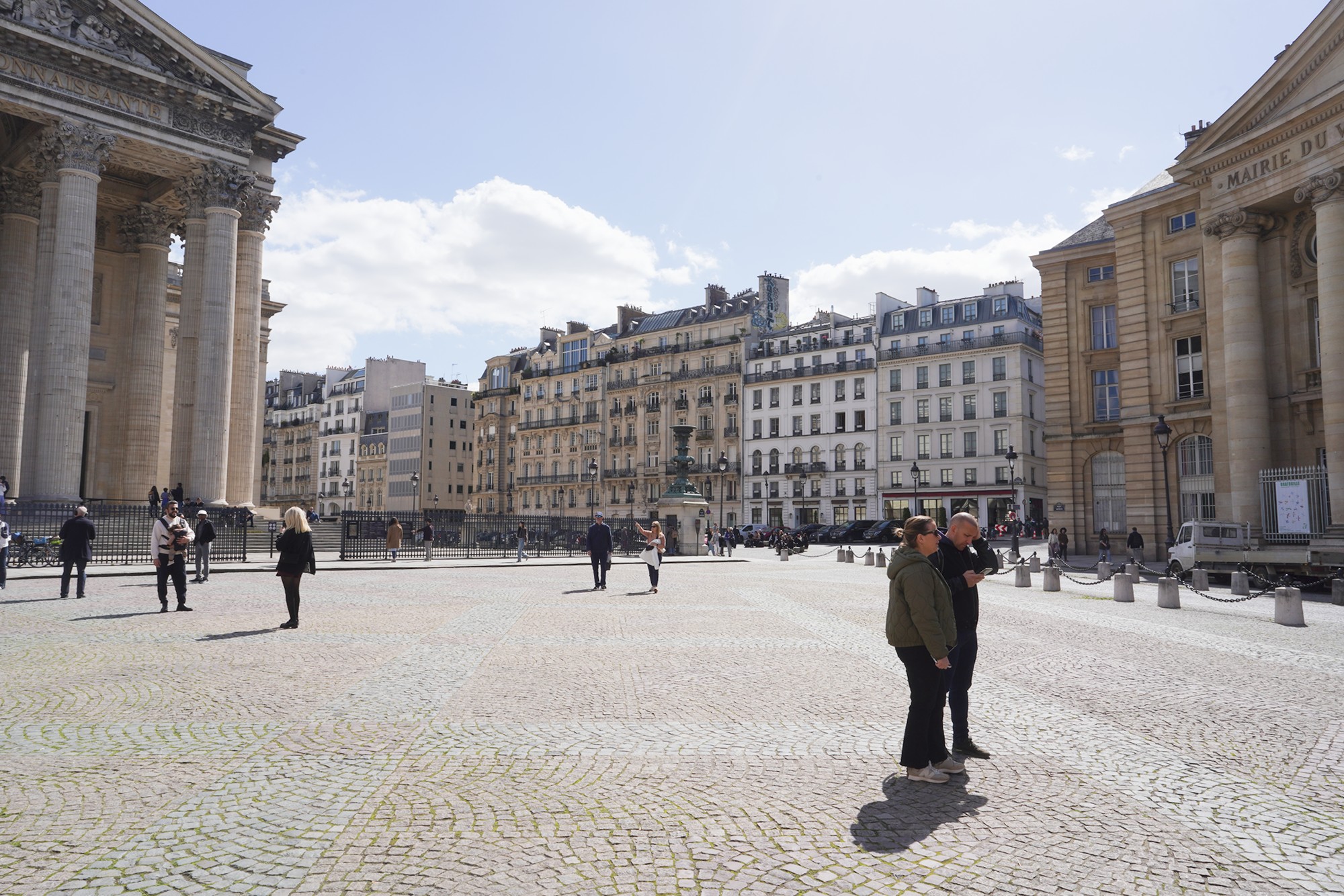
The Panthéon is an example of Neoclassical architecture. It was designed by Jacques-Germain Soufflot and construction began in 1758, being completed in 1790. The design features a façade modeled after the Pantheon in Rome, characterized by its grand portico with Corinthian columns and a massive dome.
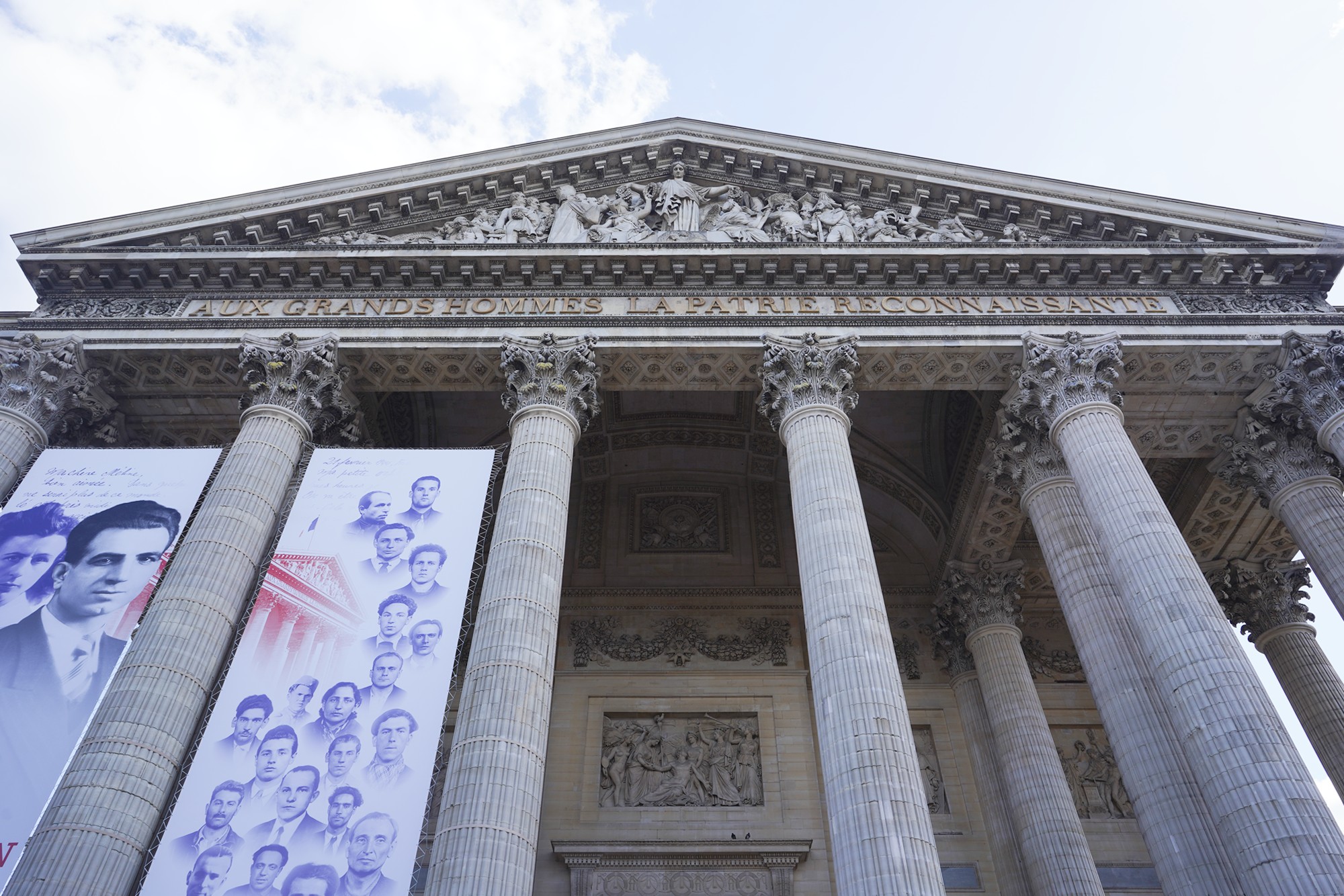
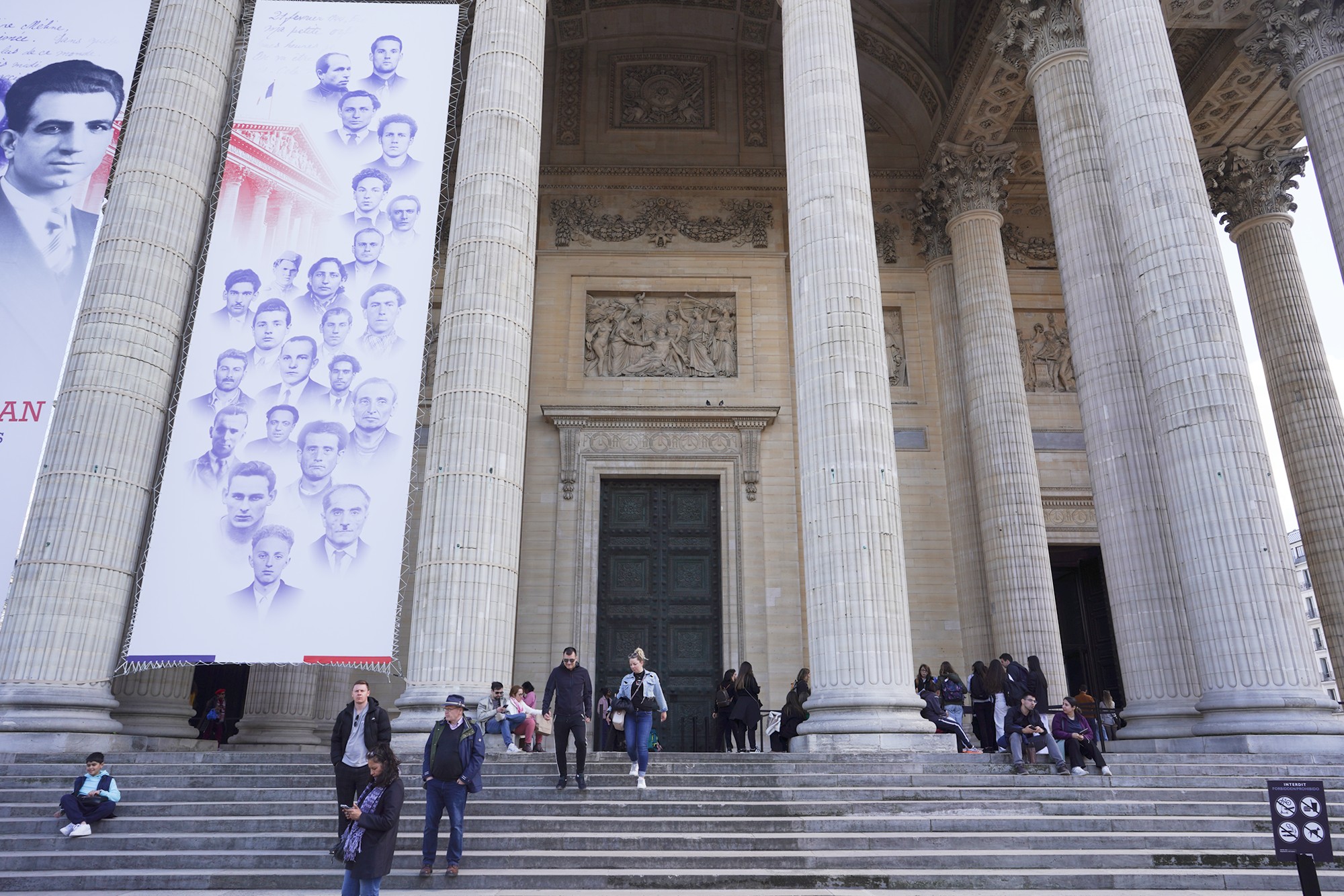
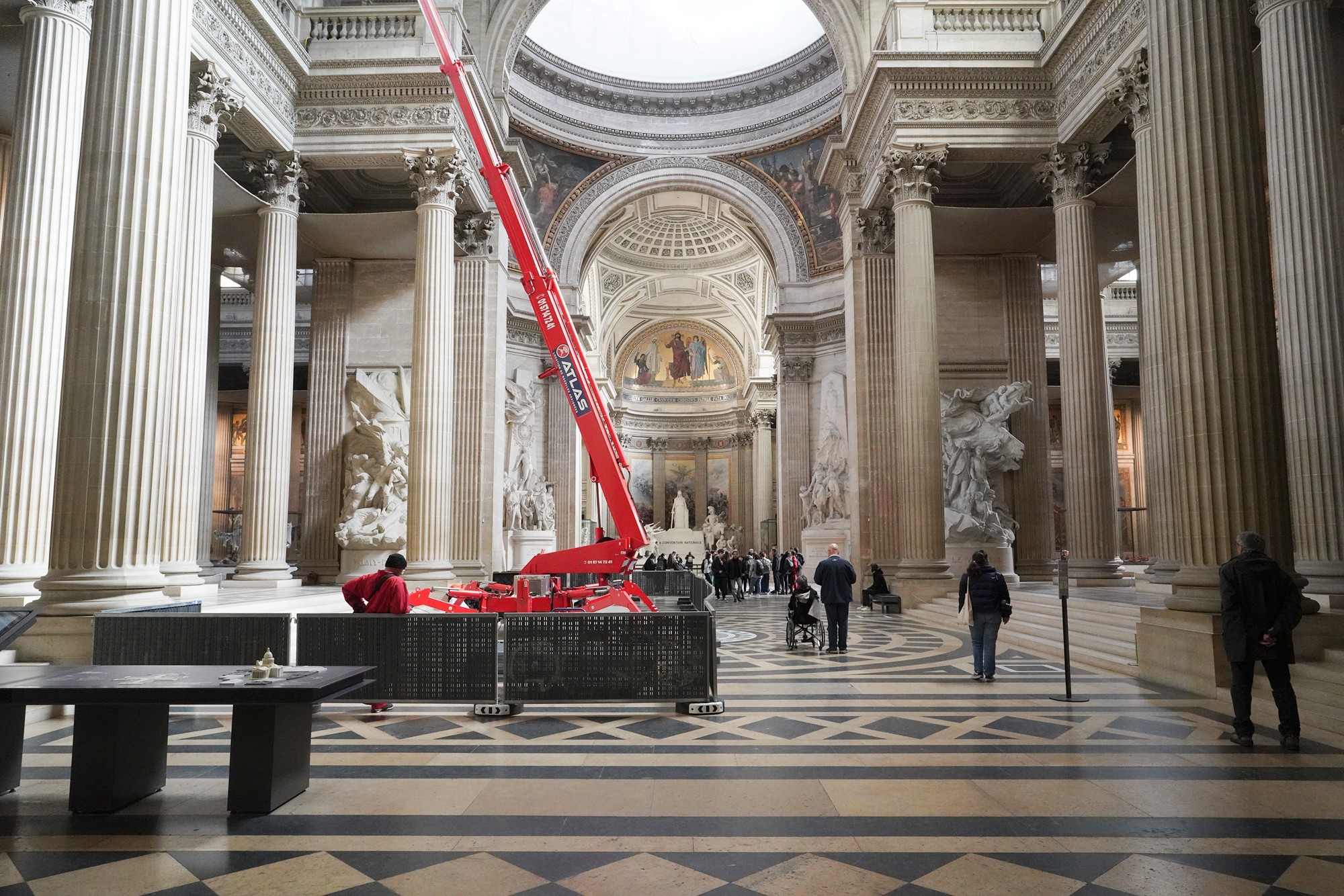
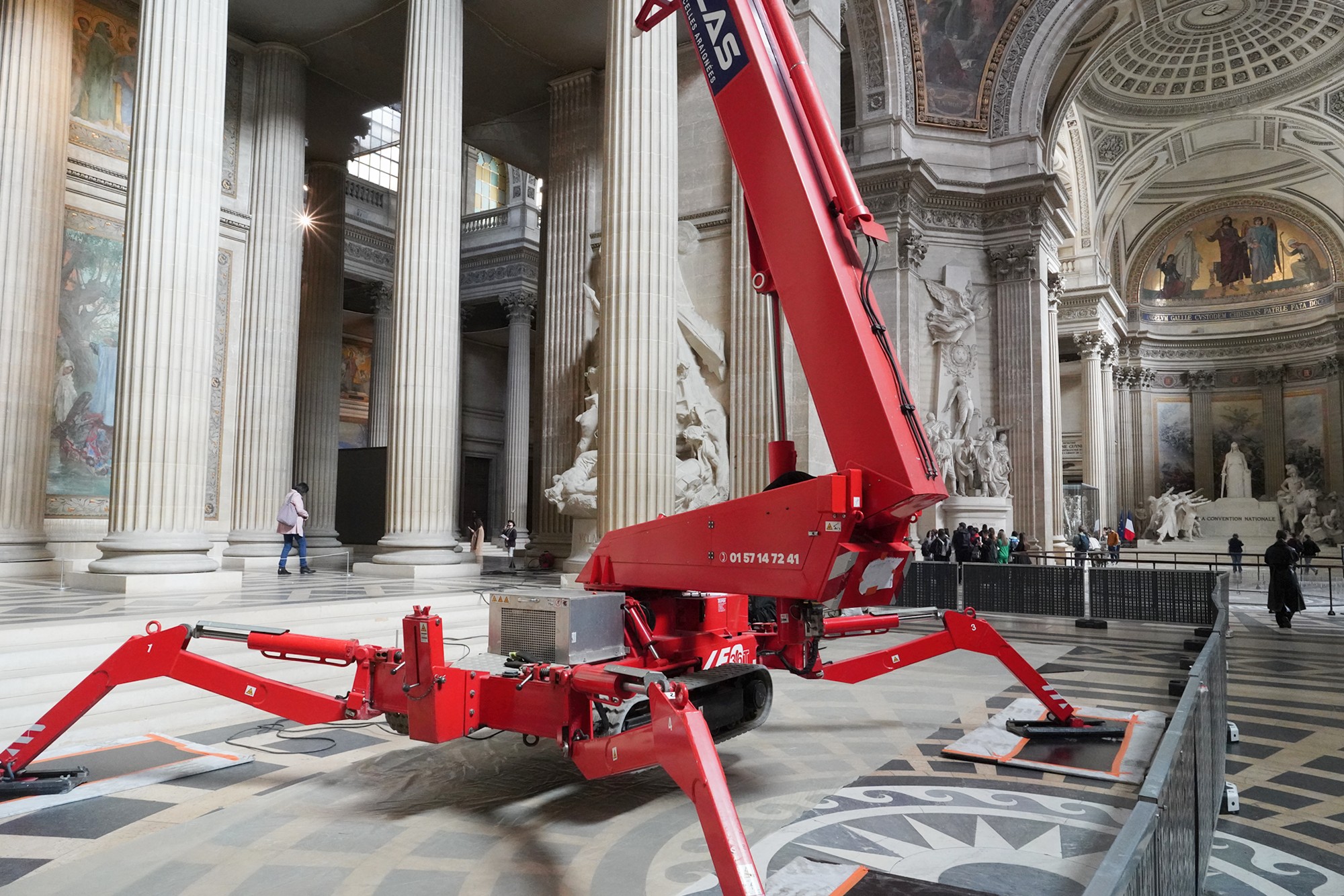
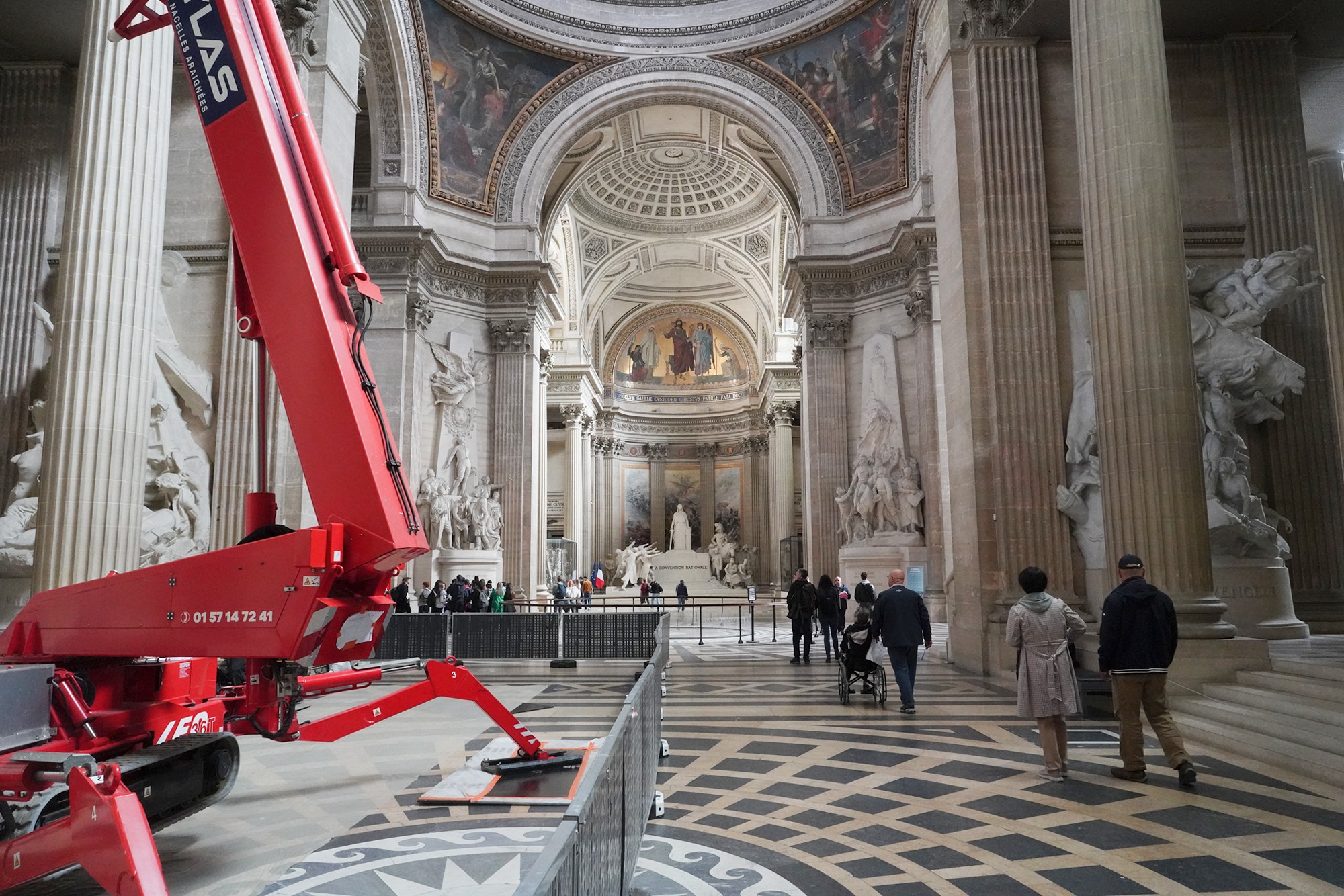
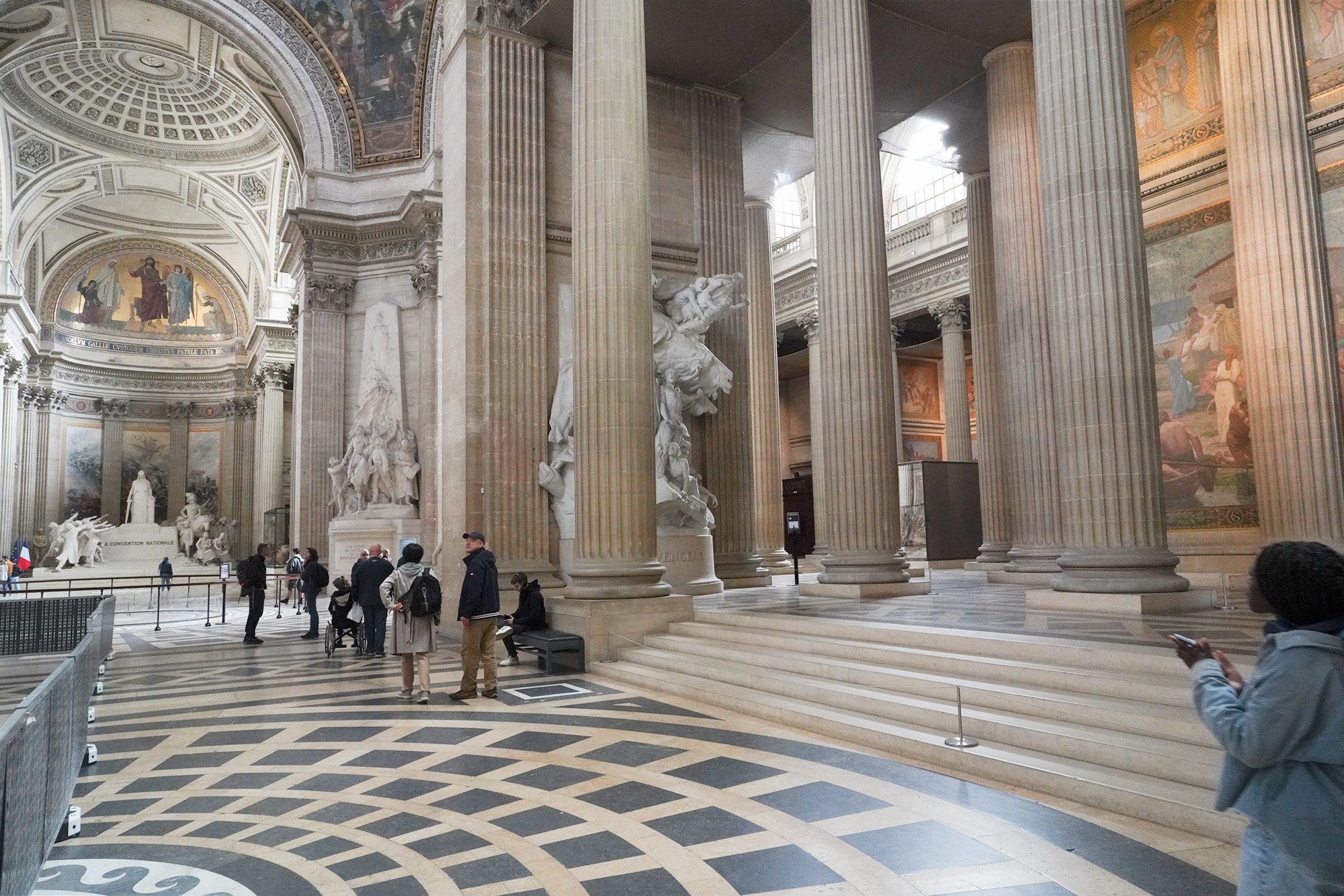
The Panthéon is the final resting place of numerous notable figures including Voltaire, Rousseau, Victor Hugo, Émile Zola, Marie Curie, and Alexandre Dumas. In 2021, Josephine Baker, the famed American-born French entertainer and civil rights activist, was also interred there.
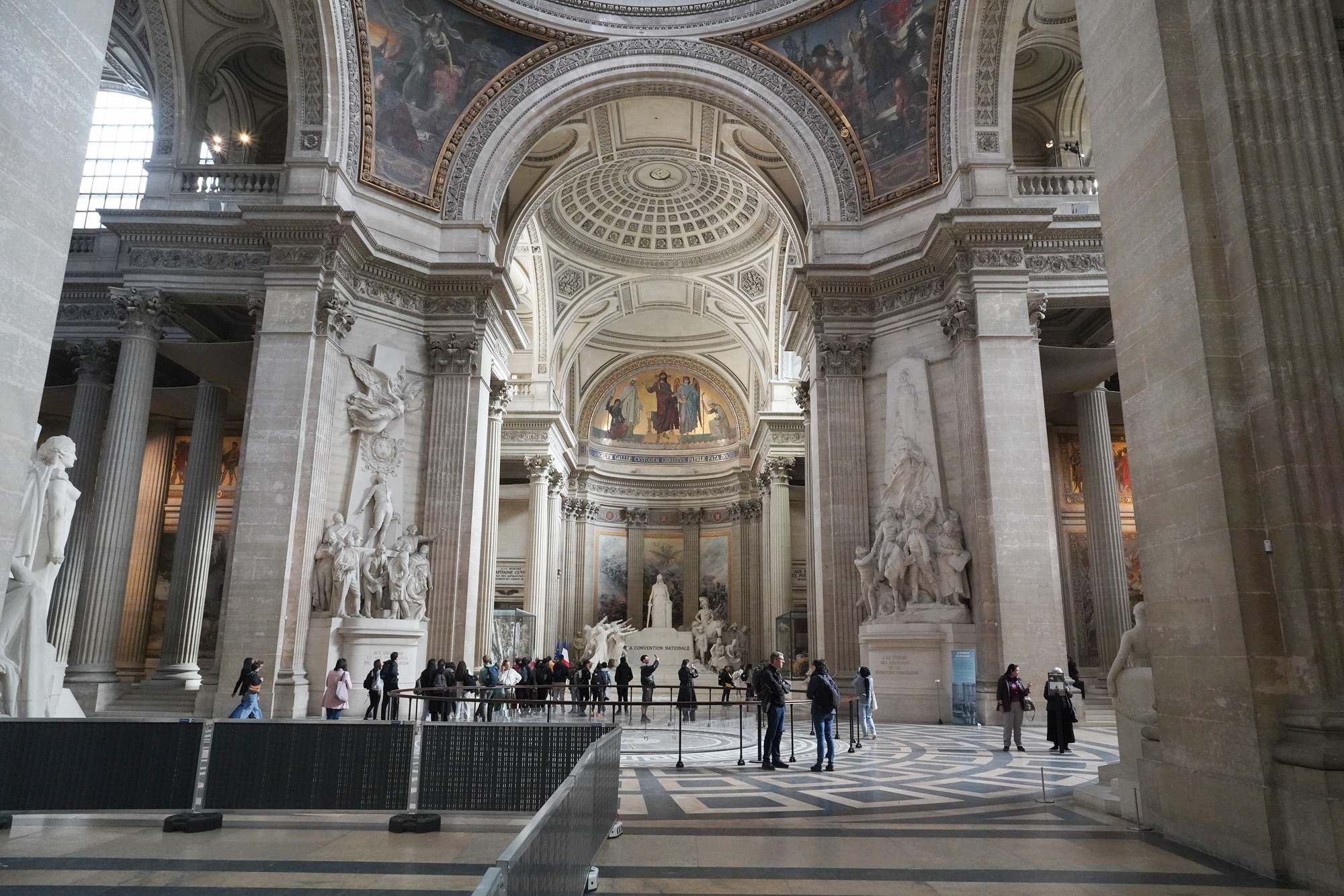
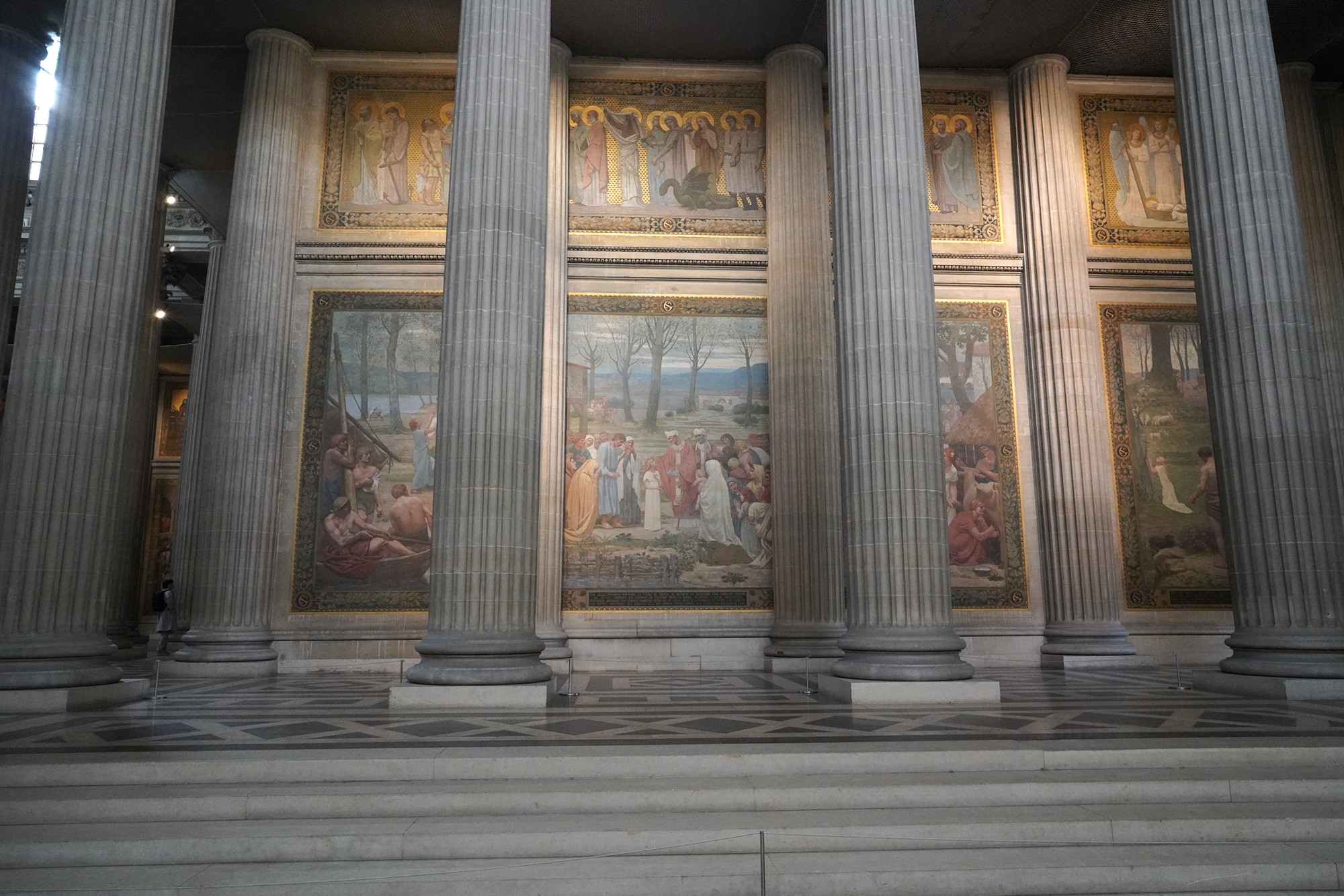
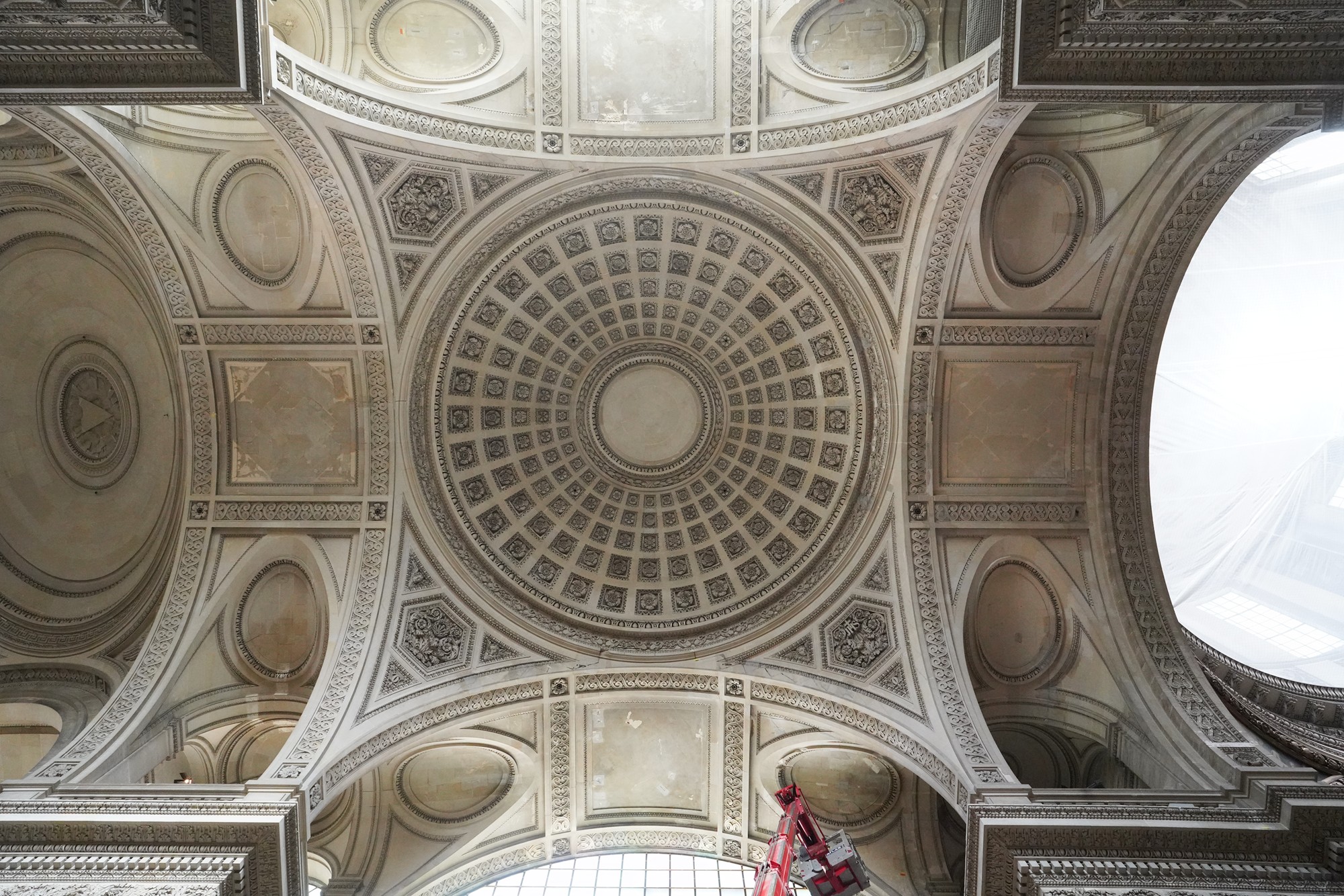
Panoramic view from left to right
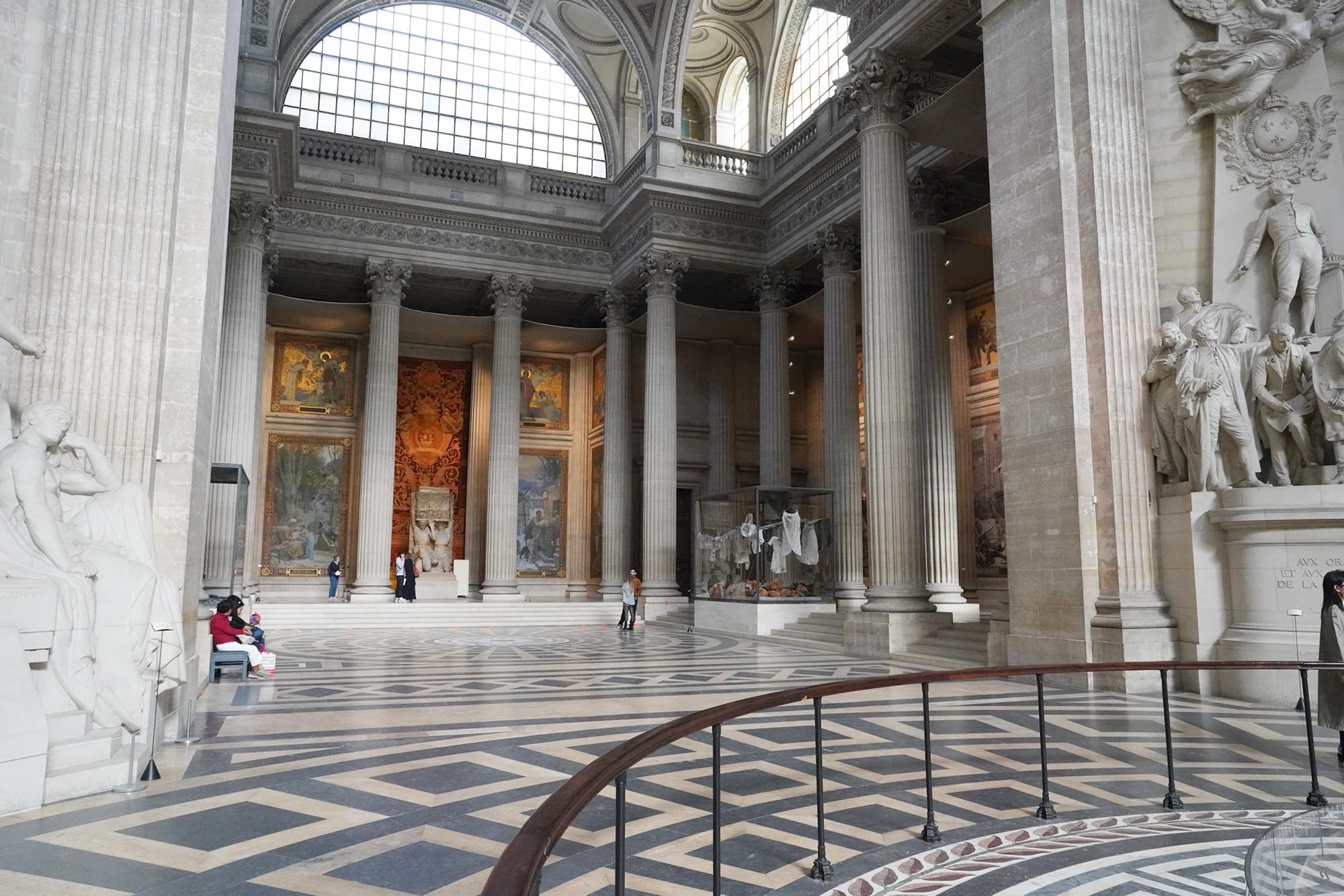
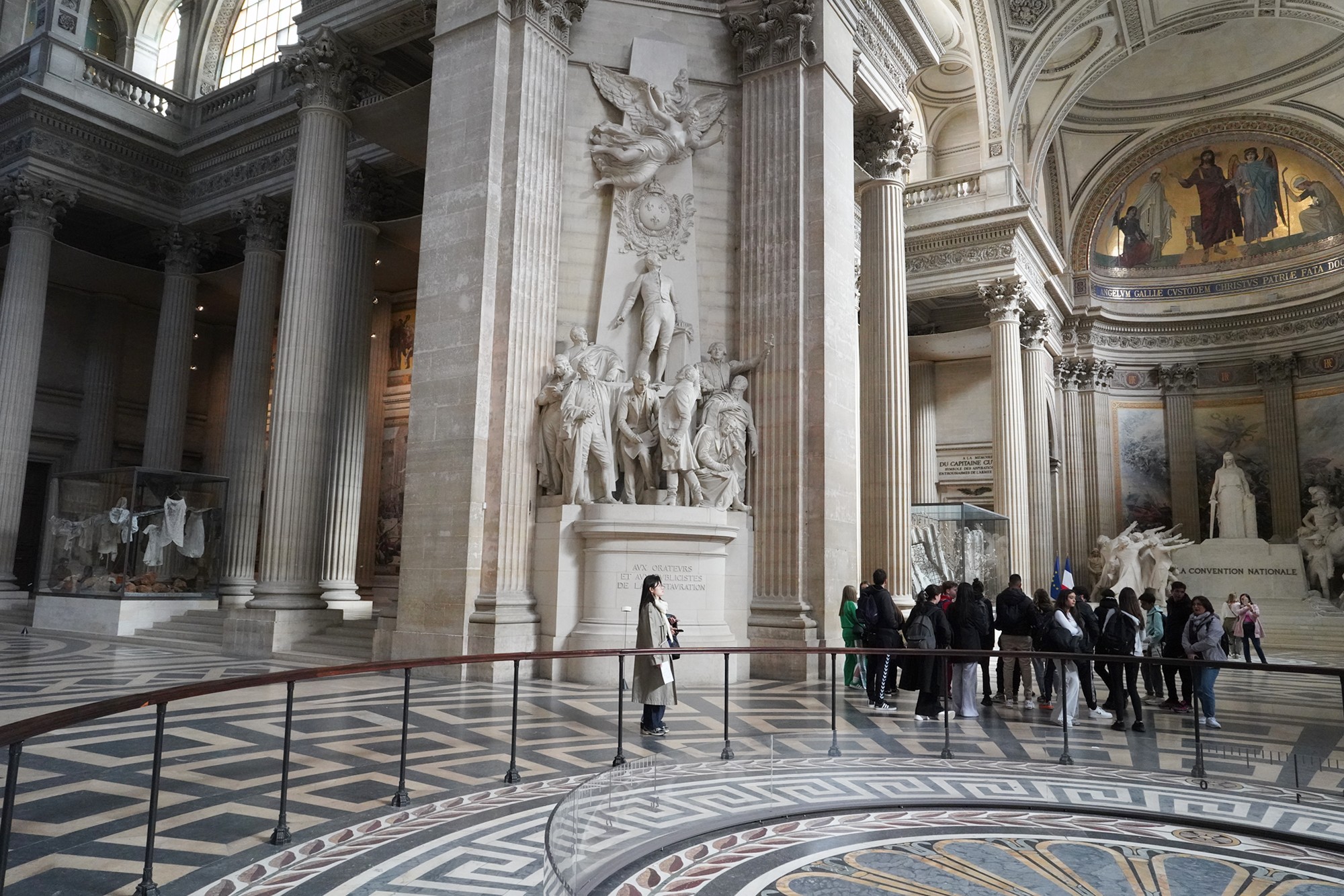
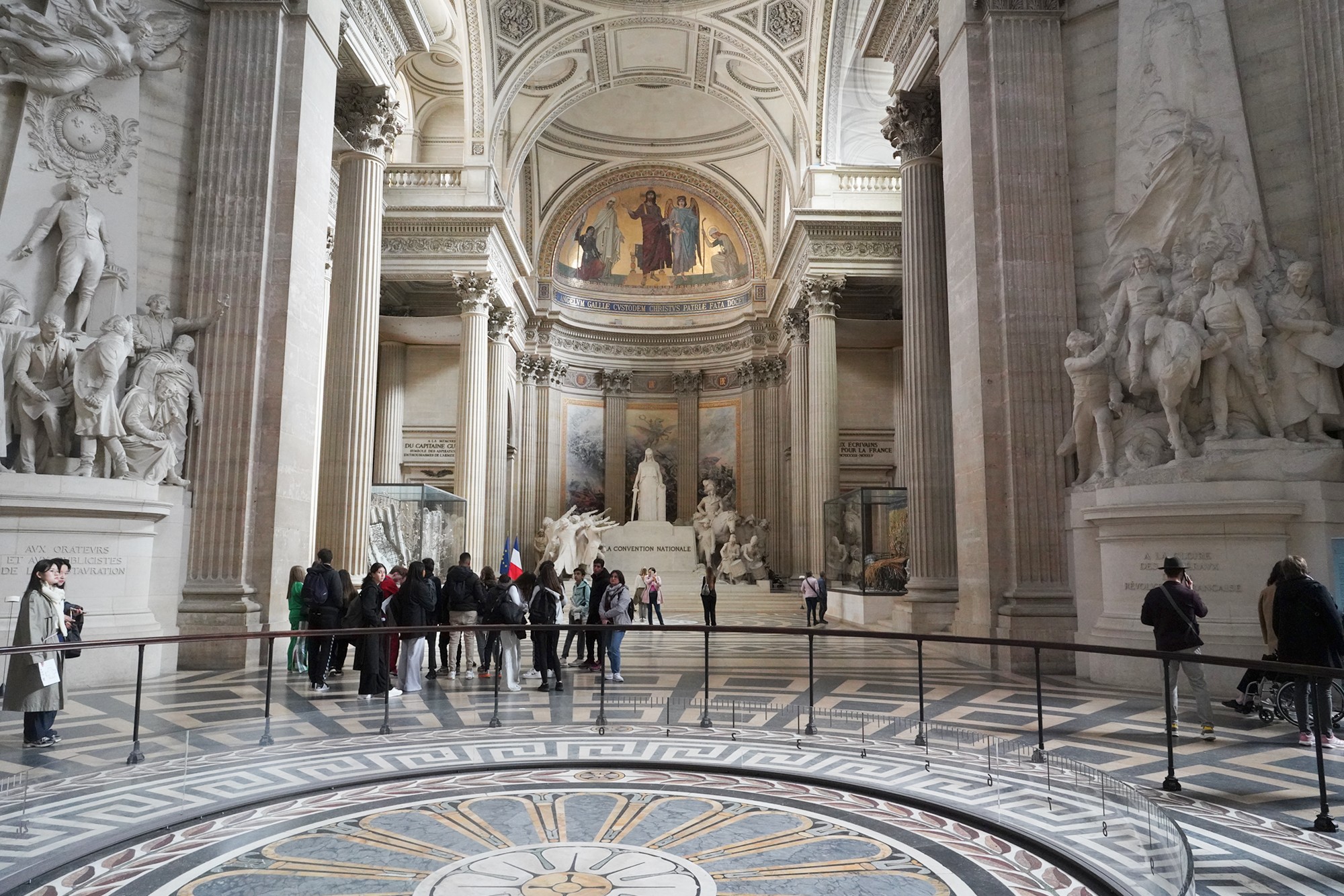
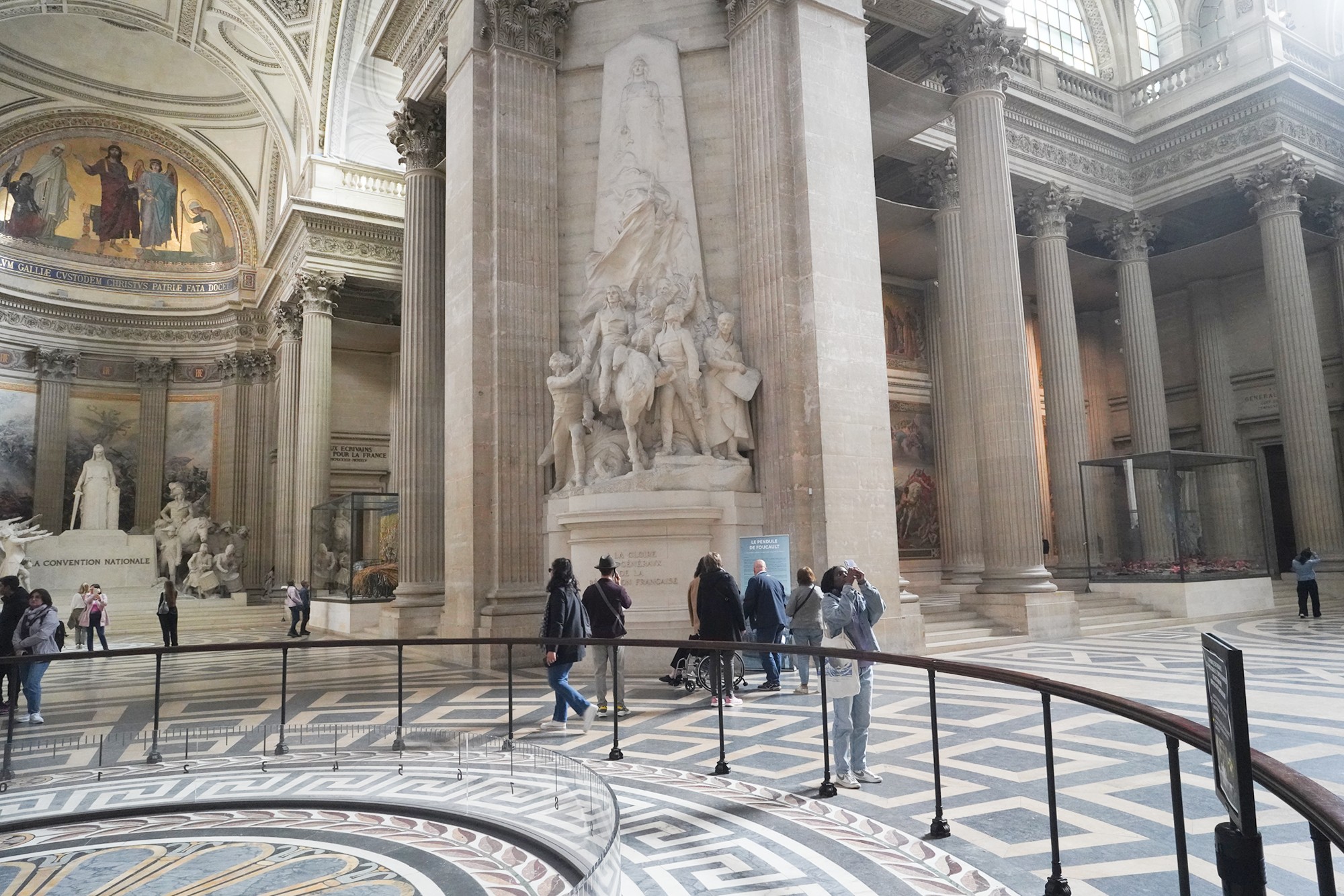
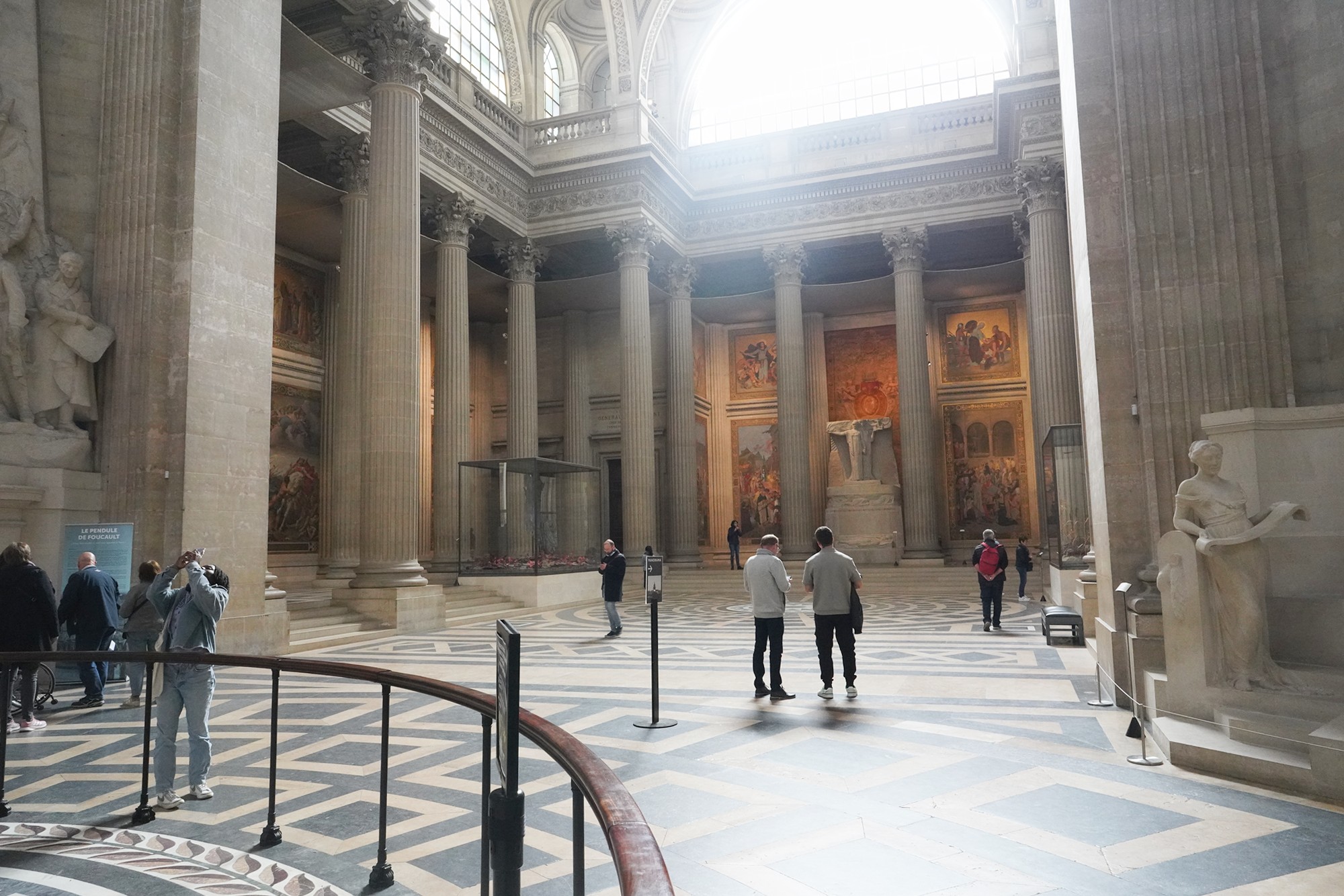
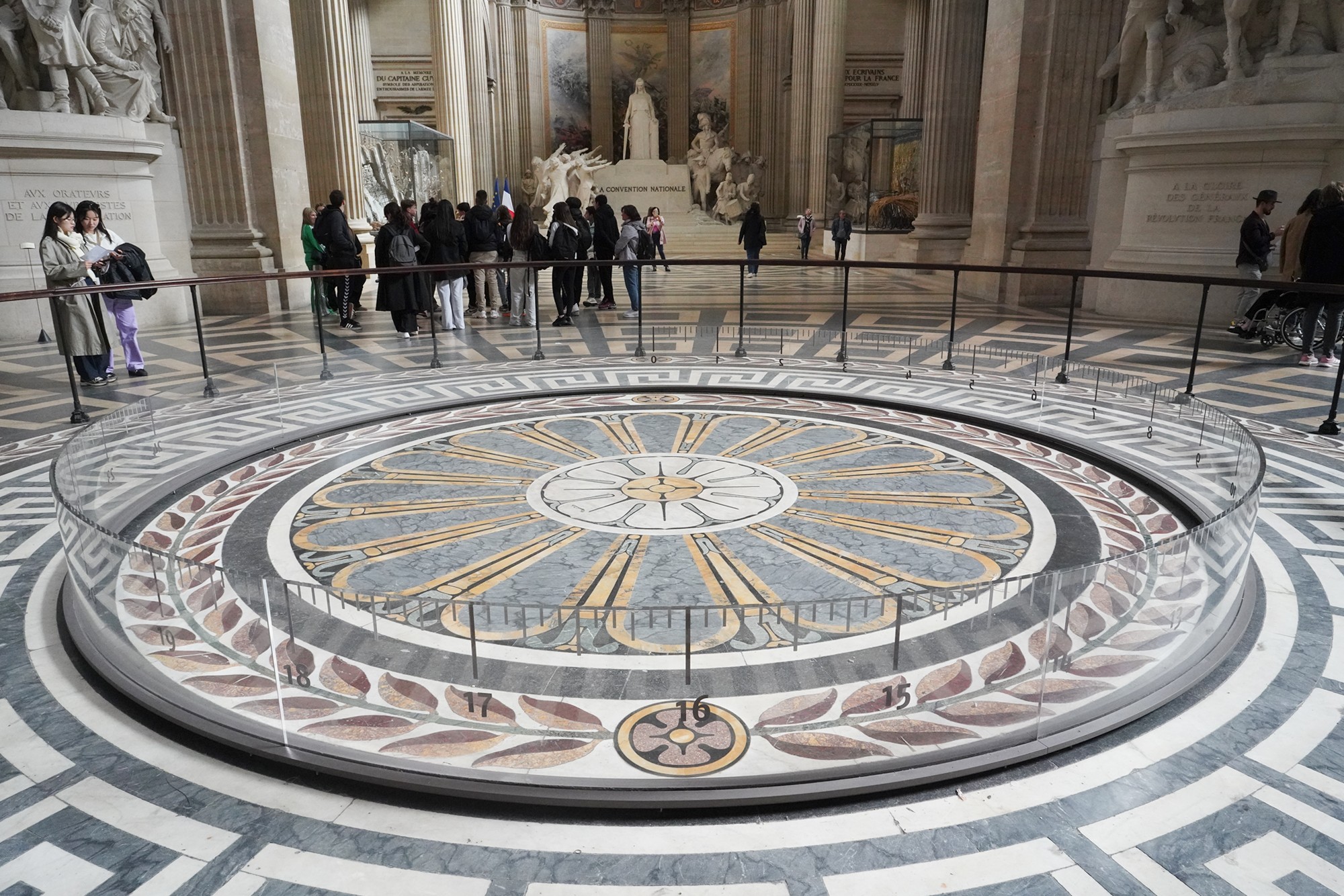
The right side
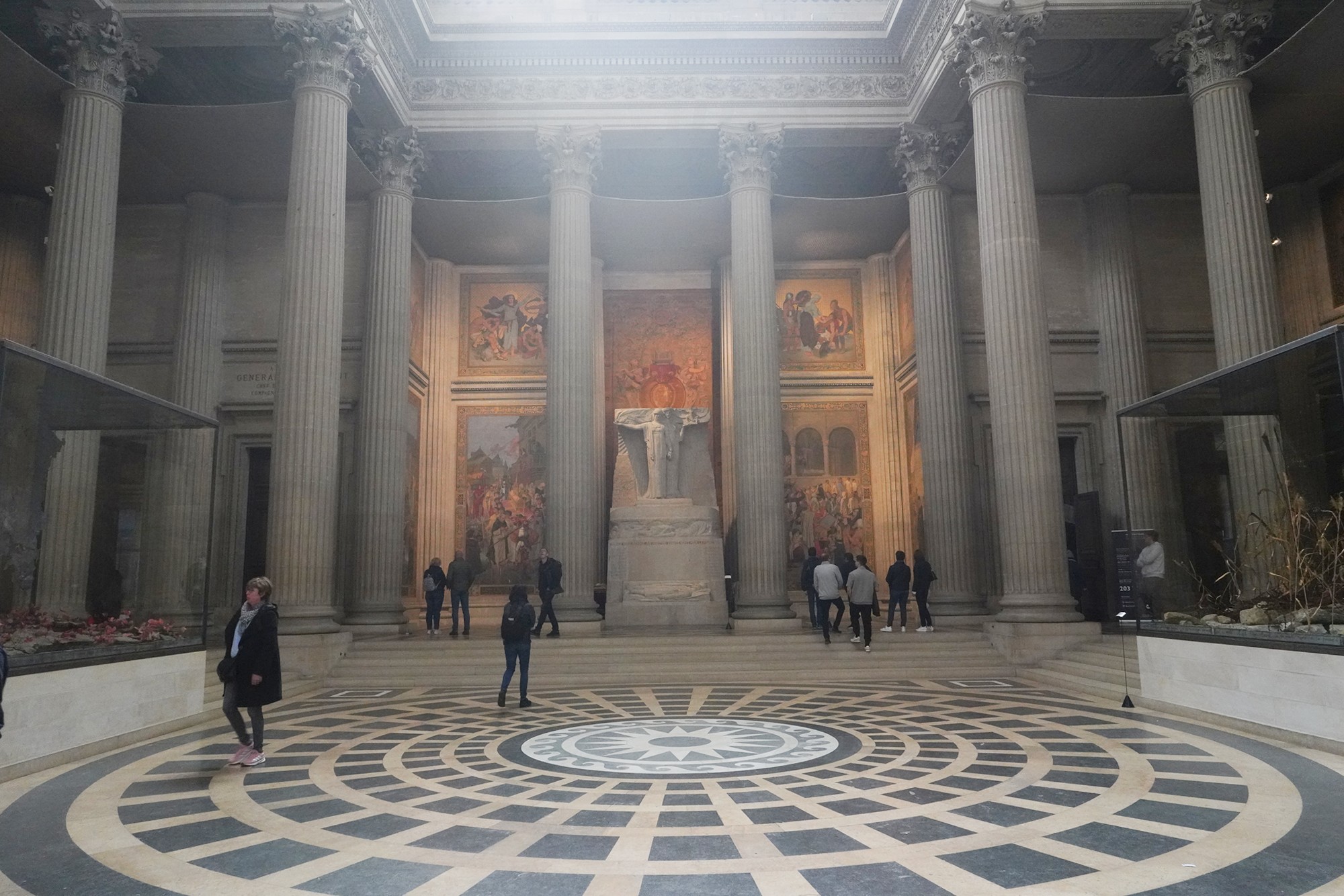
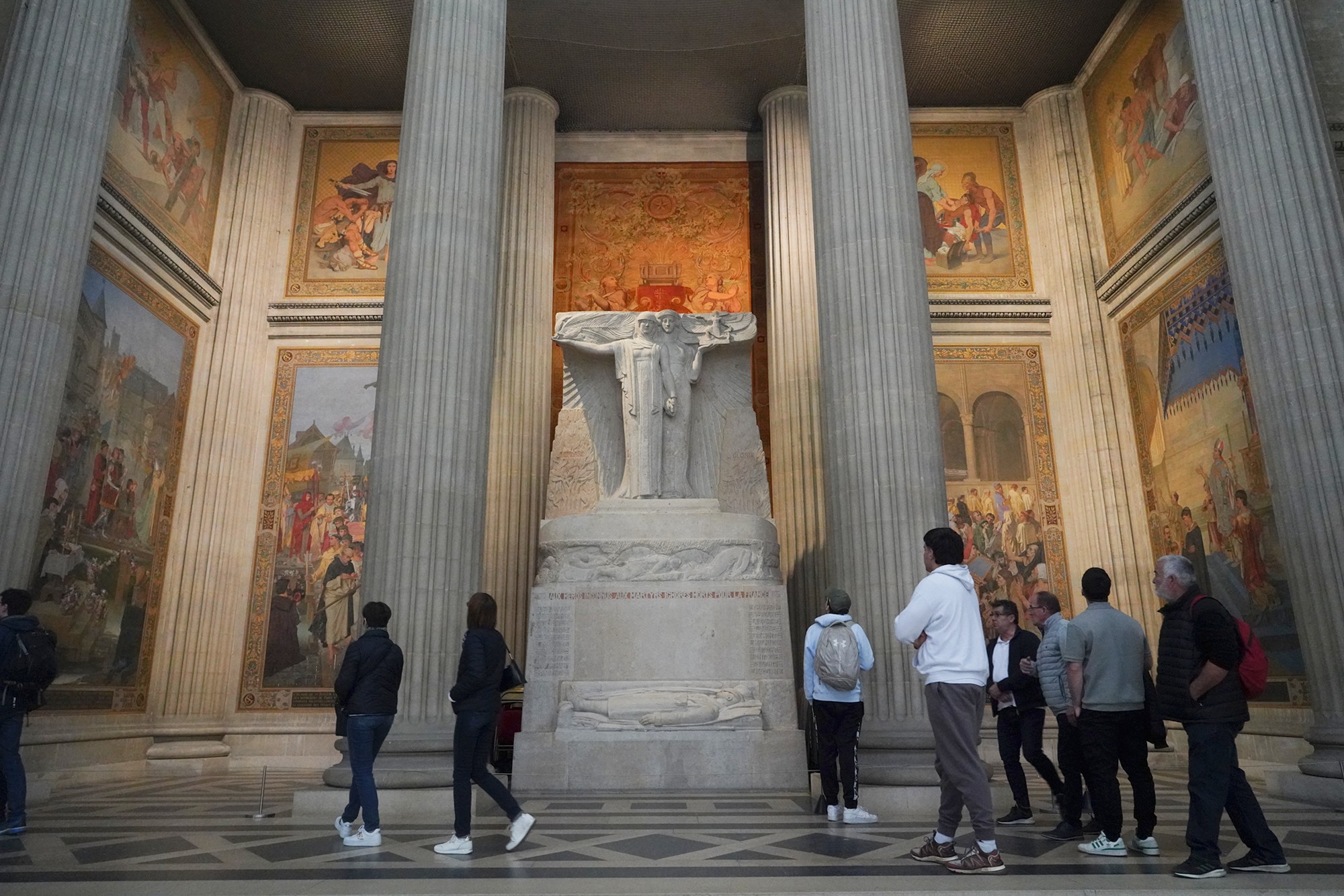
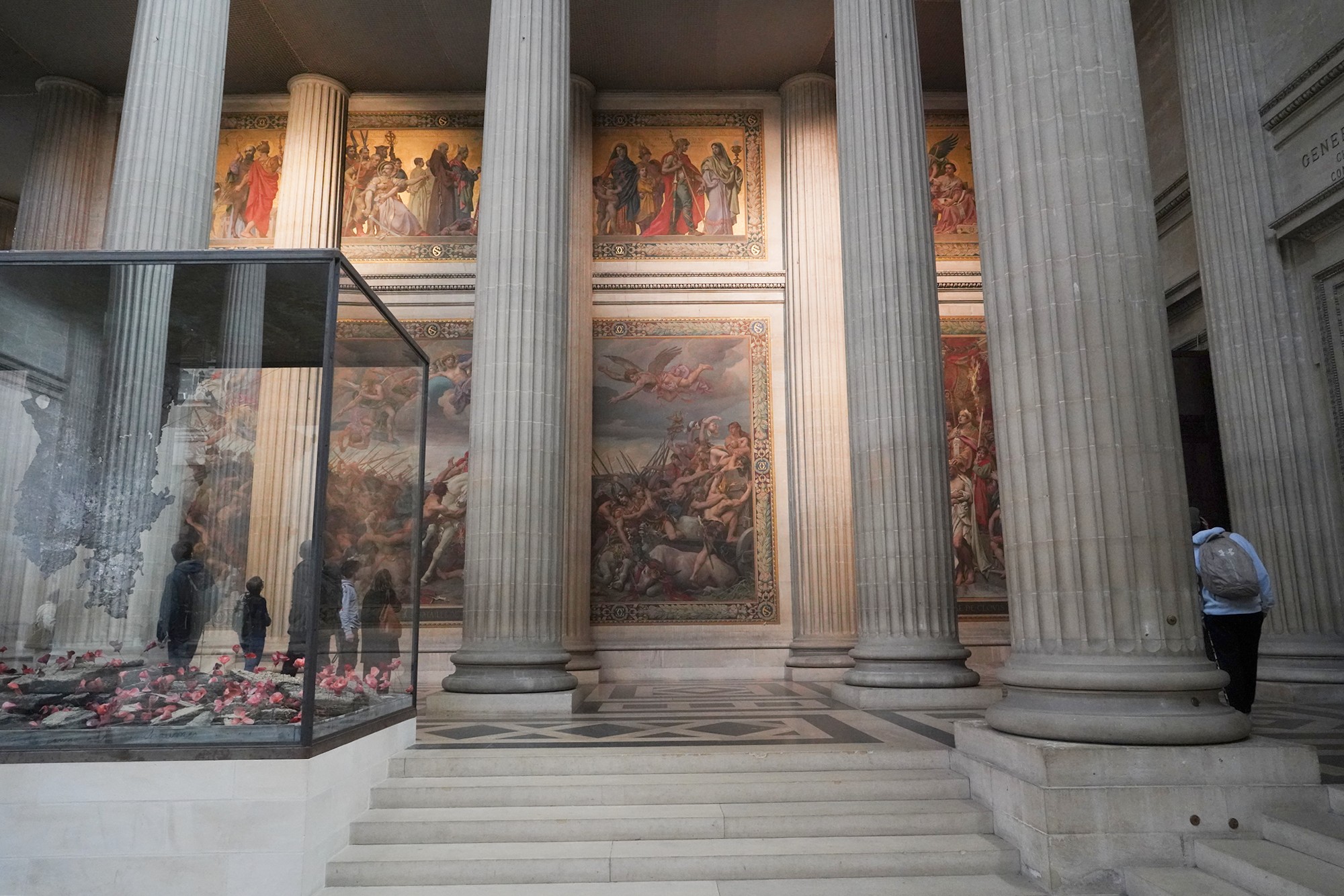
Looking at the left side
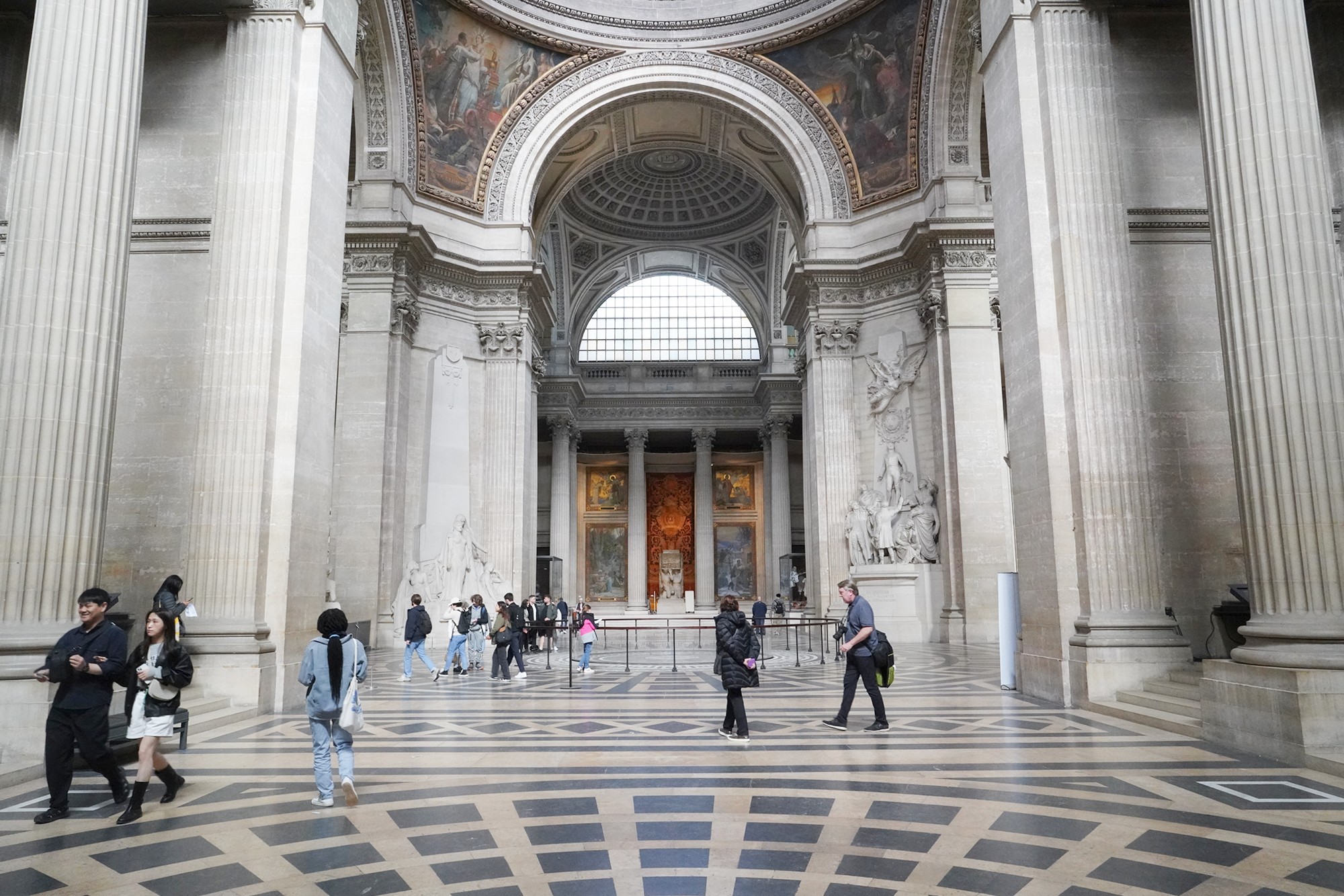
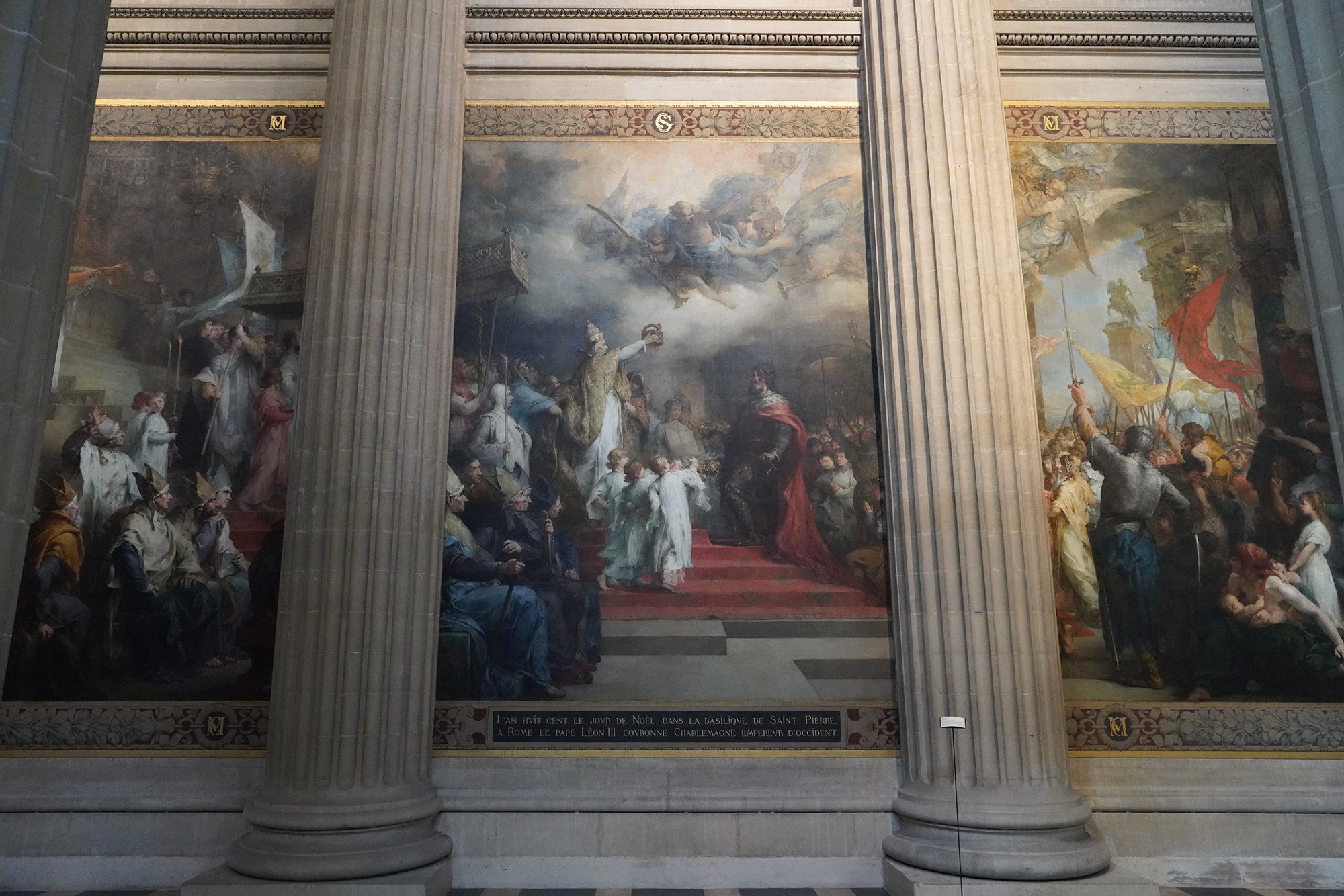
The center
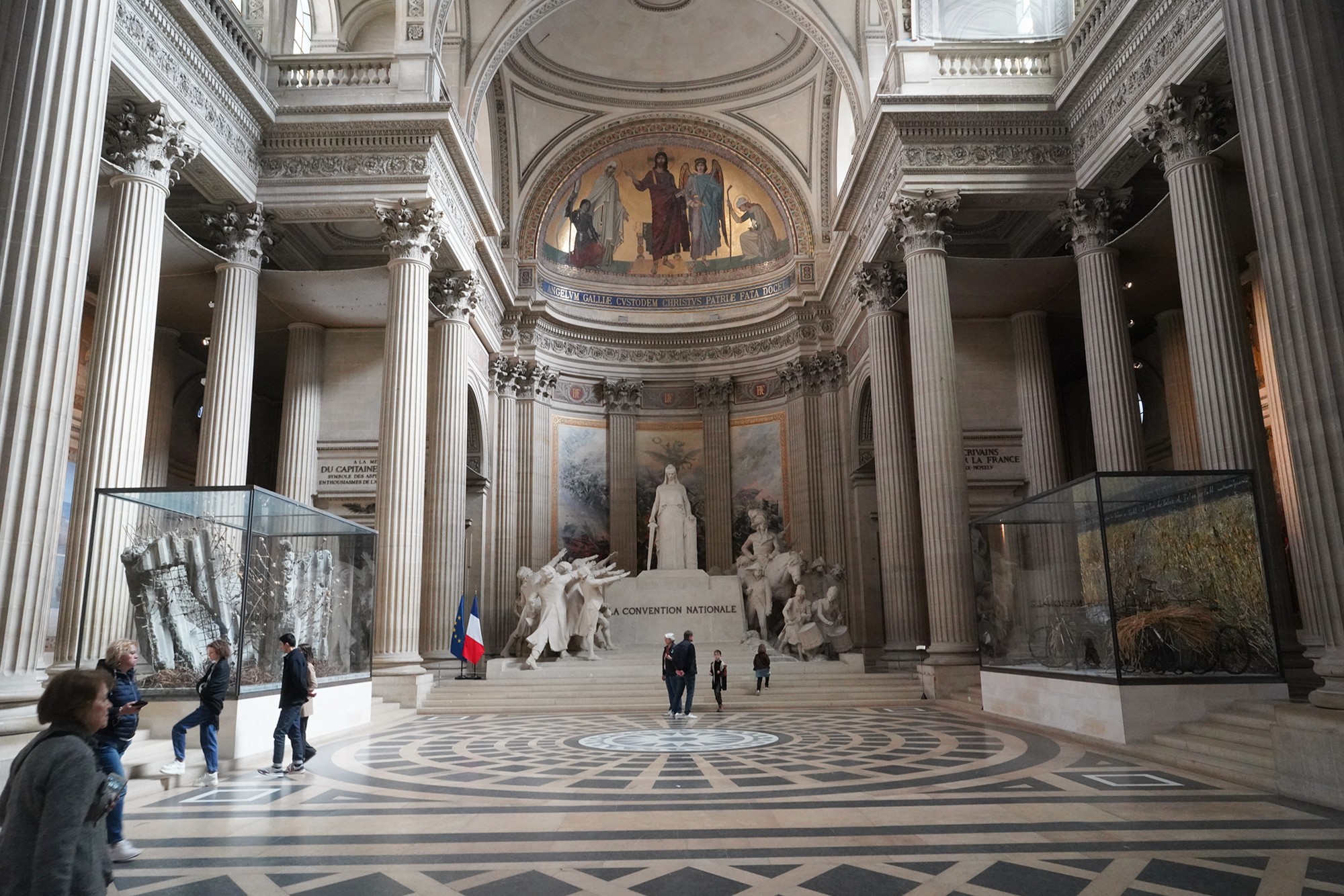
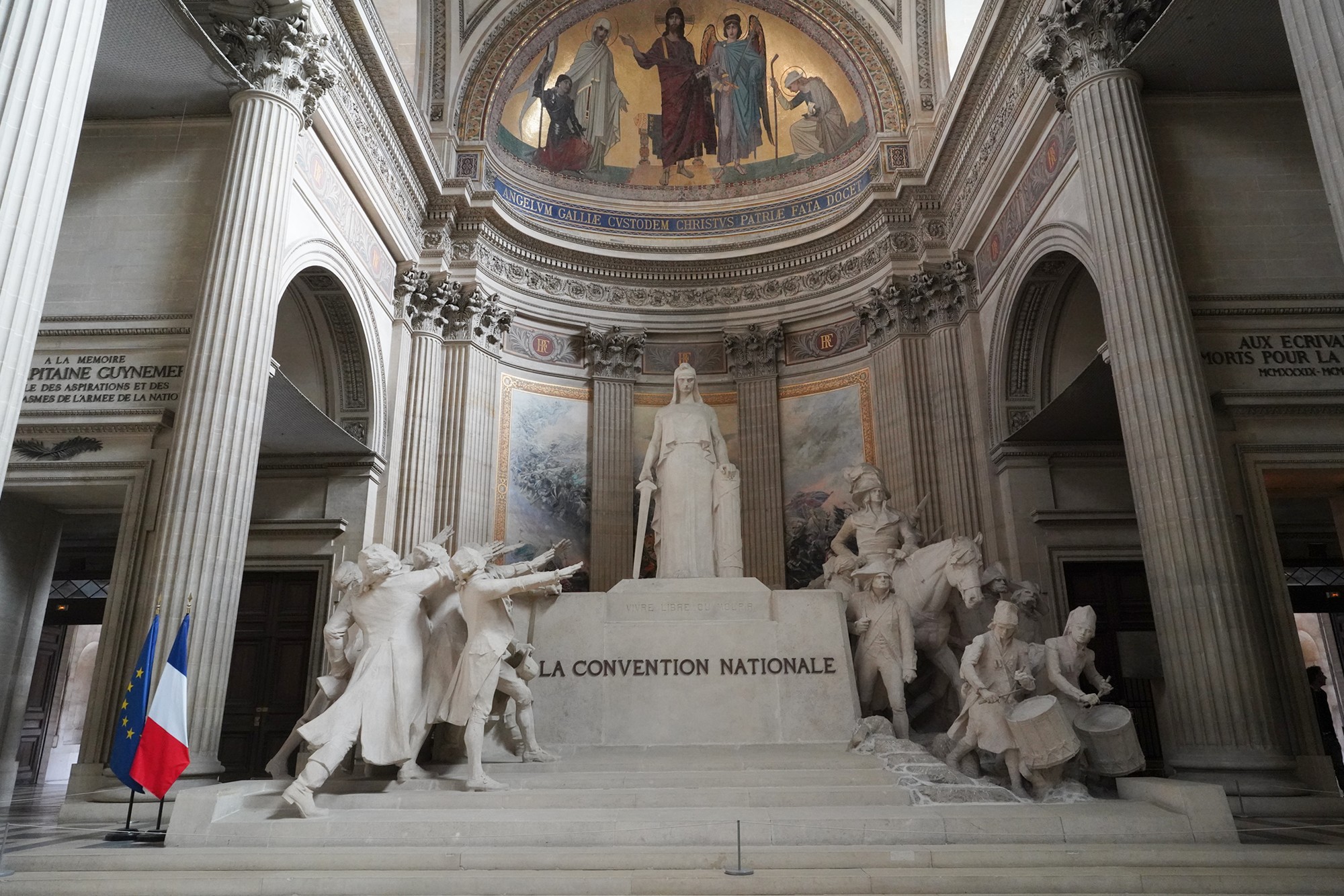
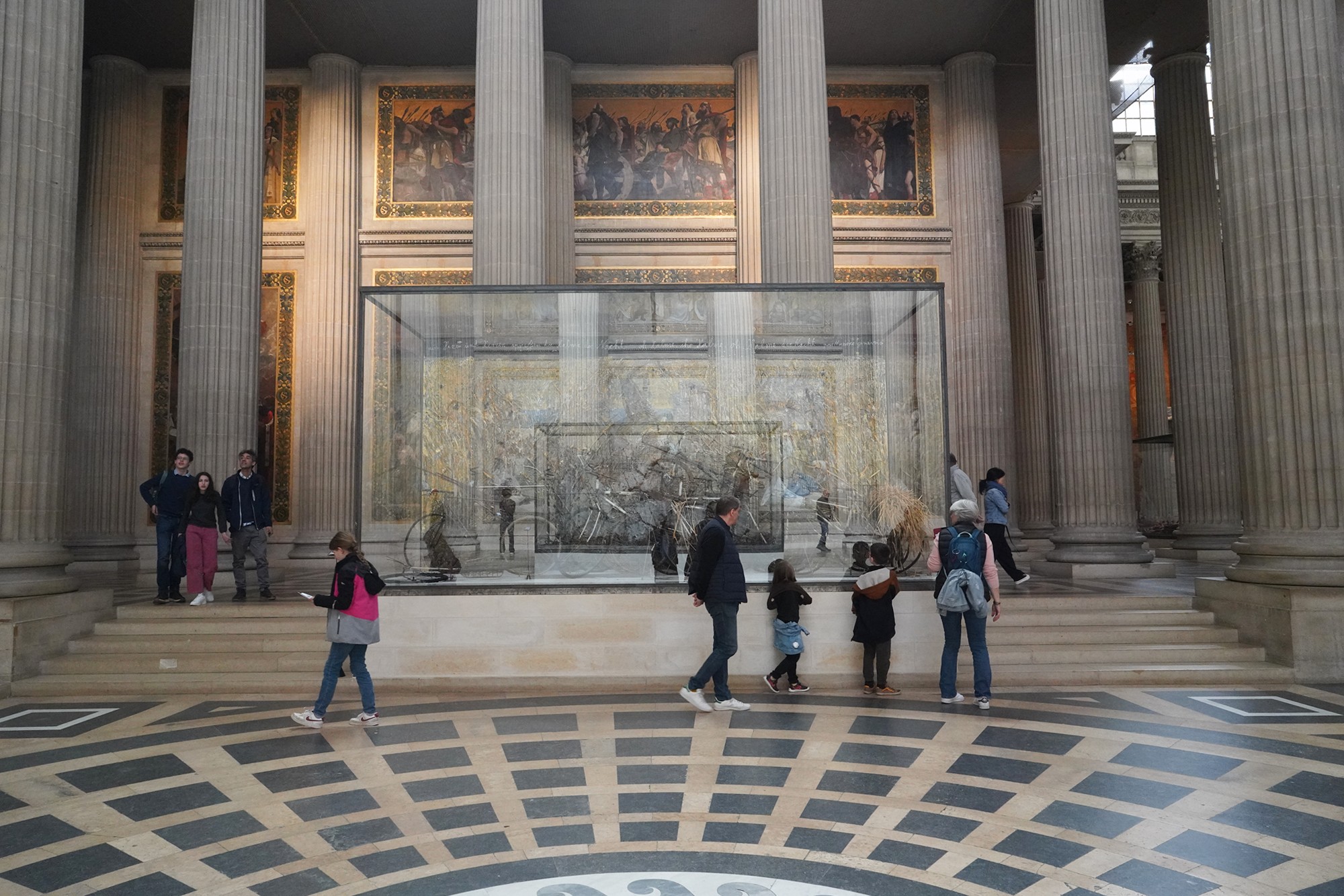
The back
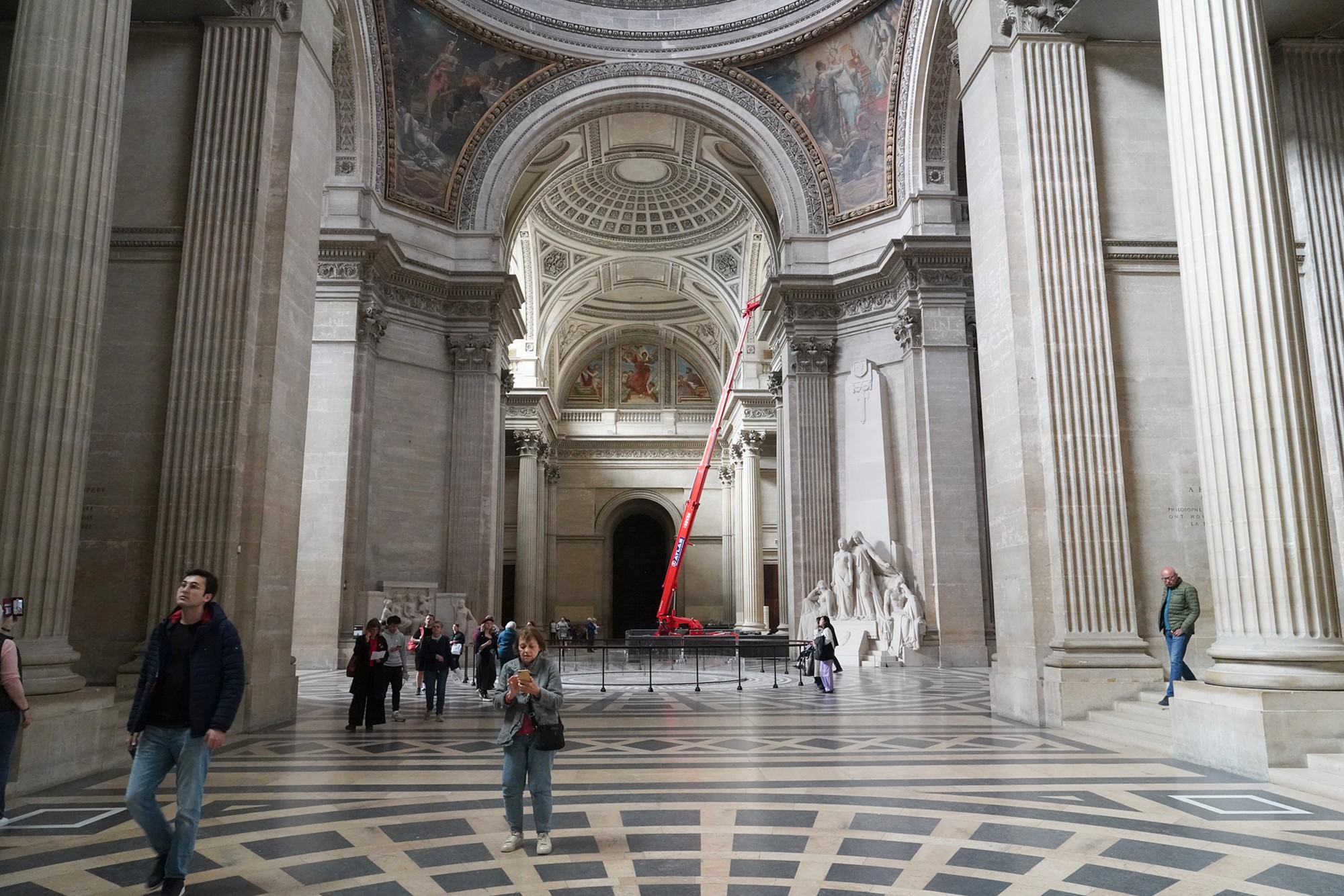
The right side
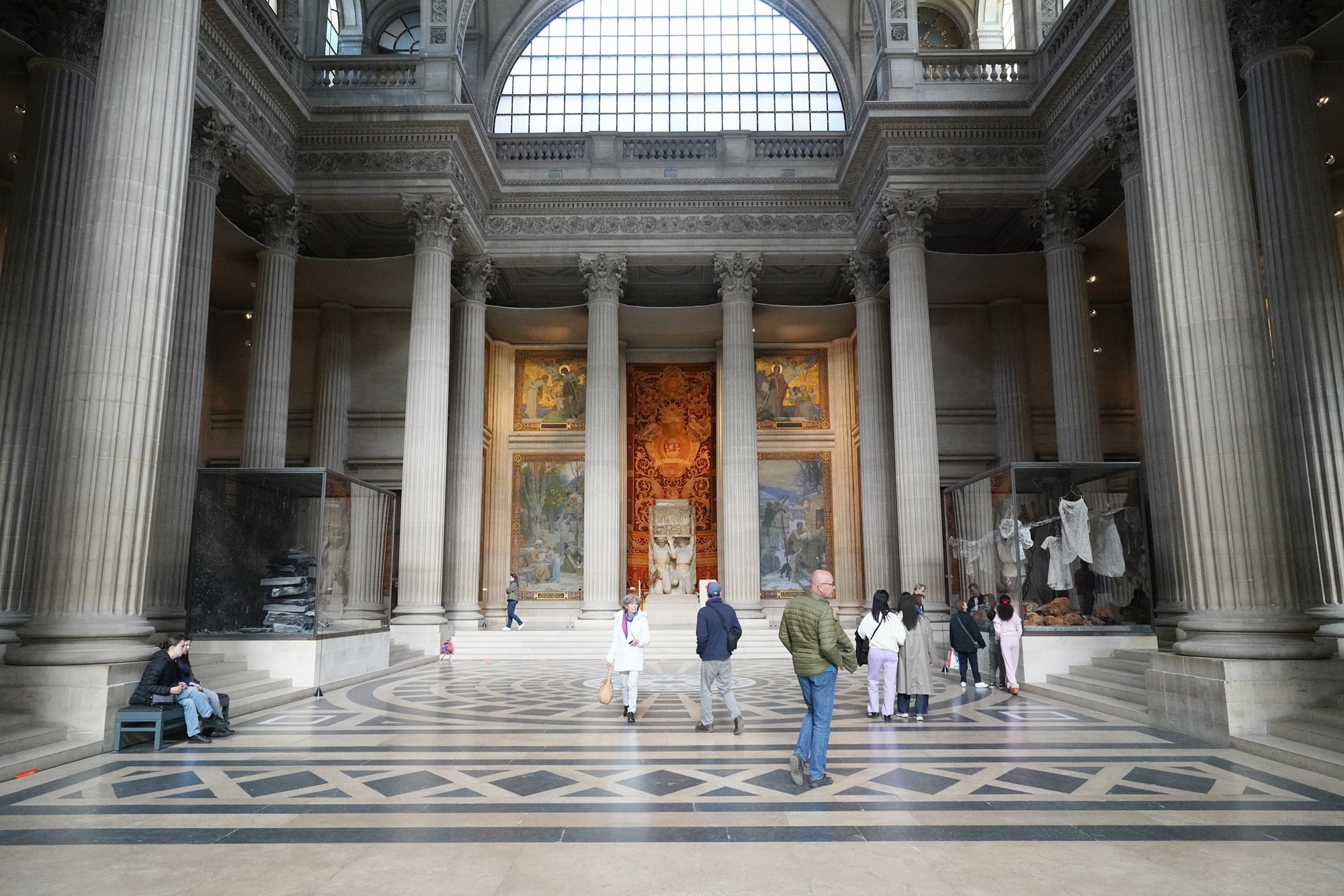
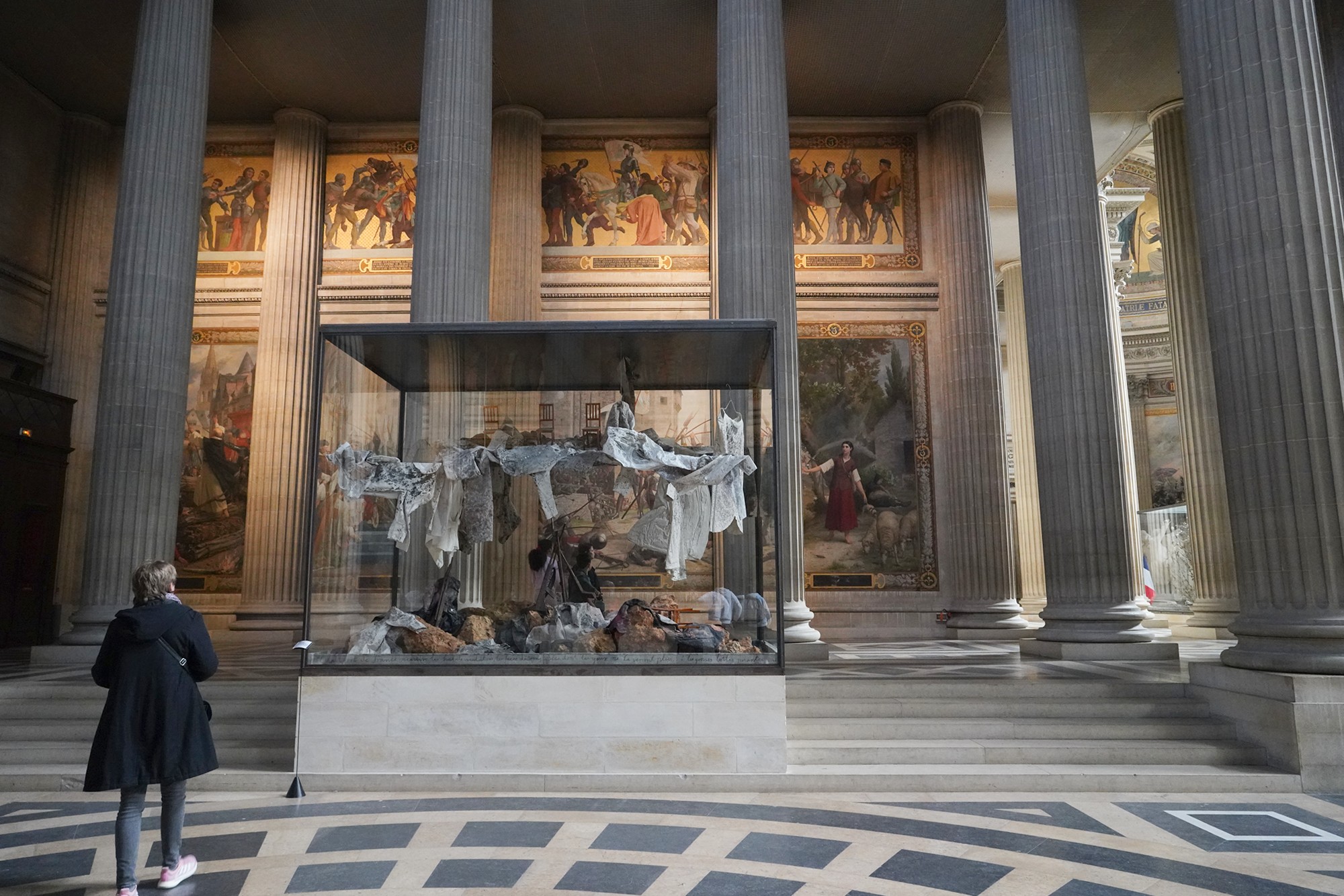
Looking at the left side
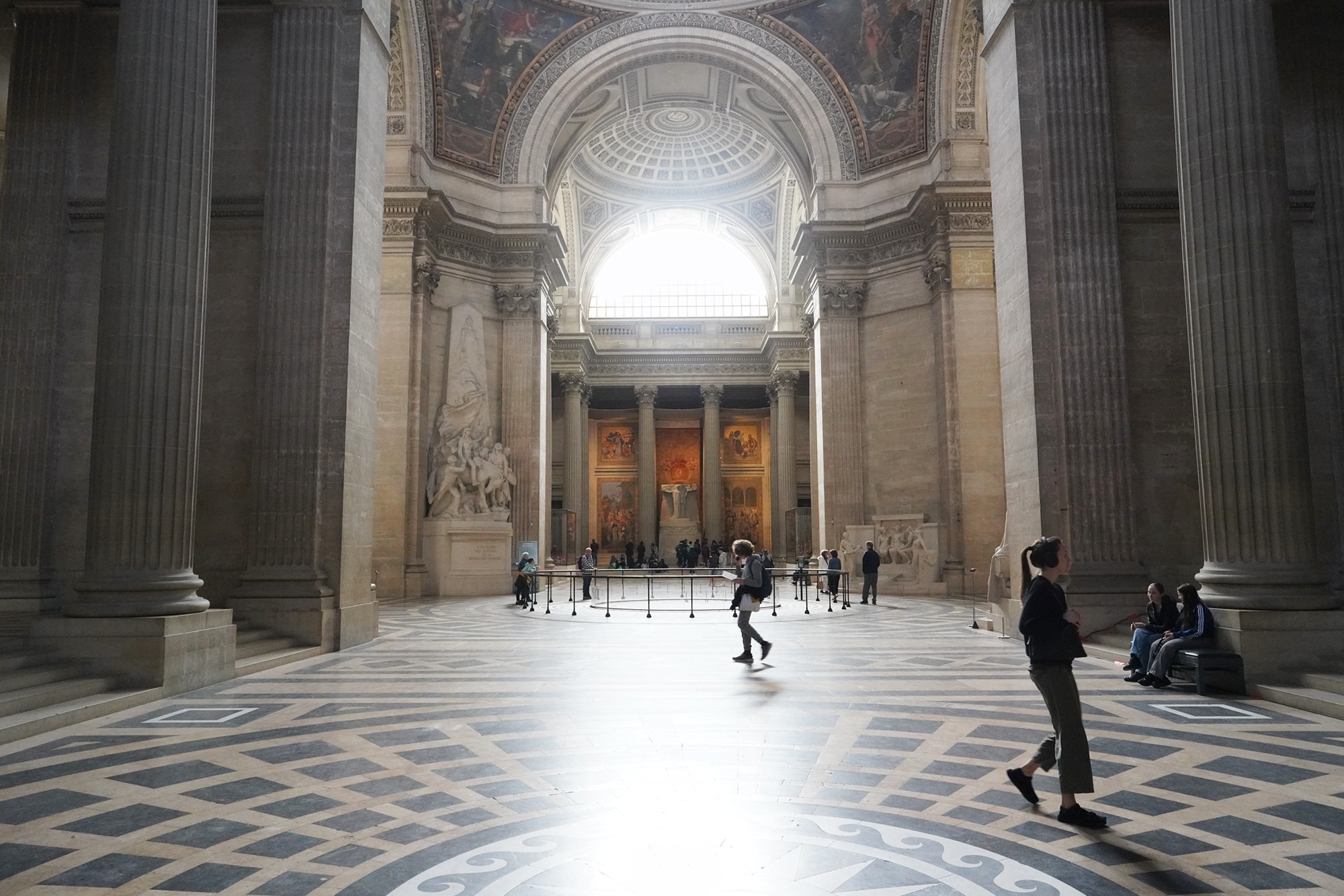
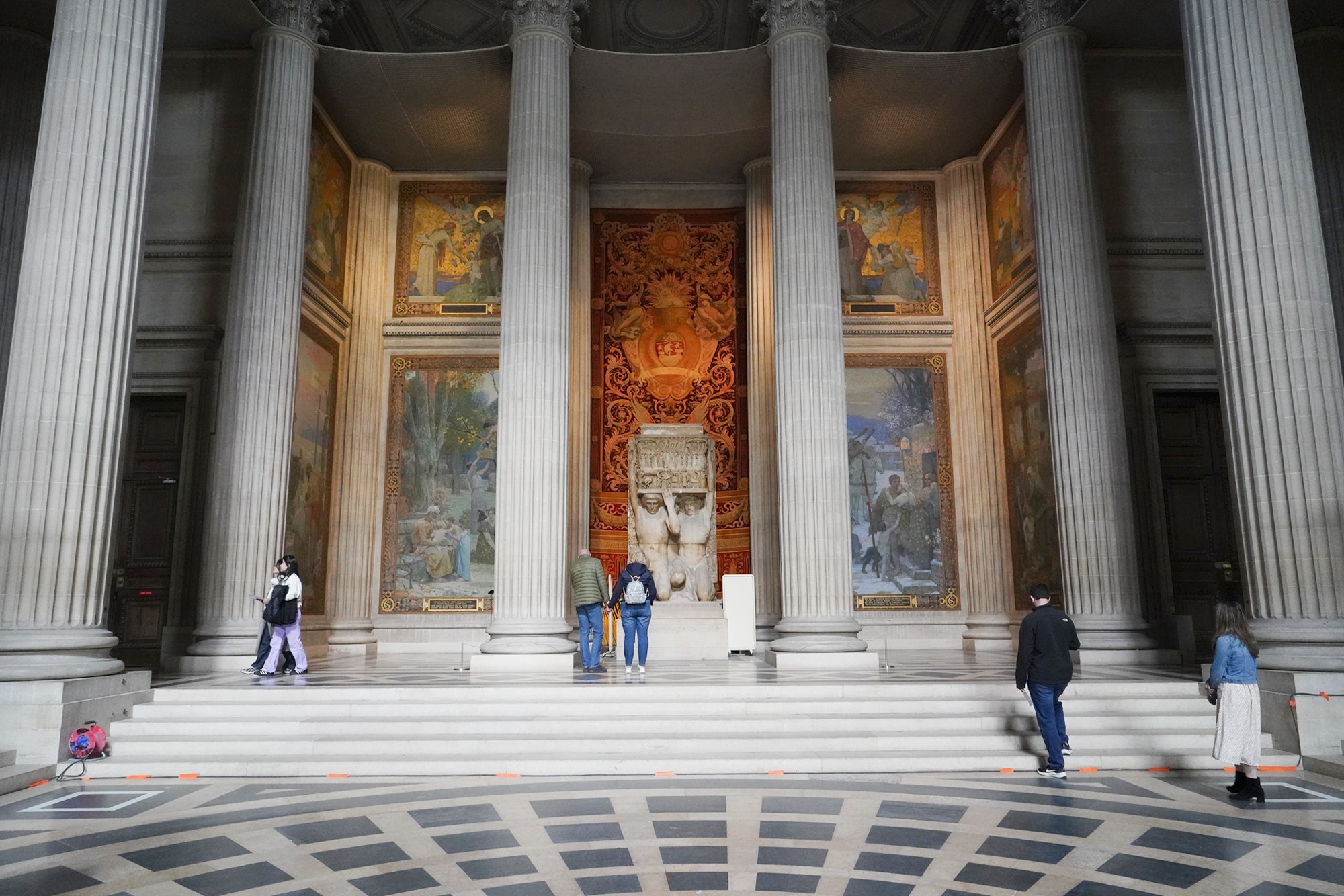
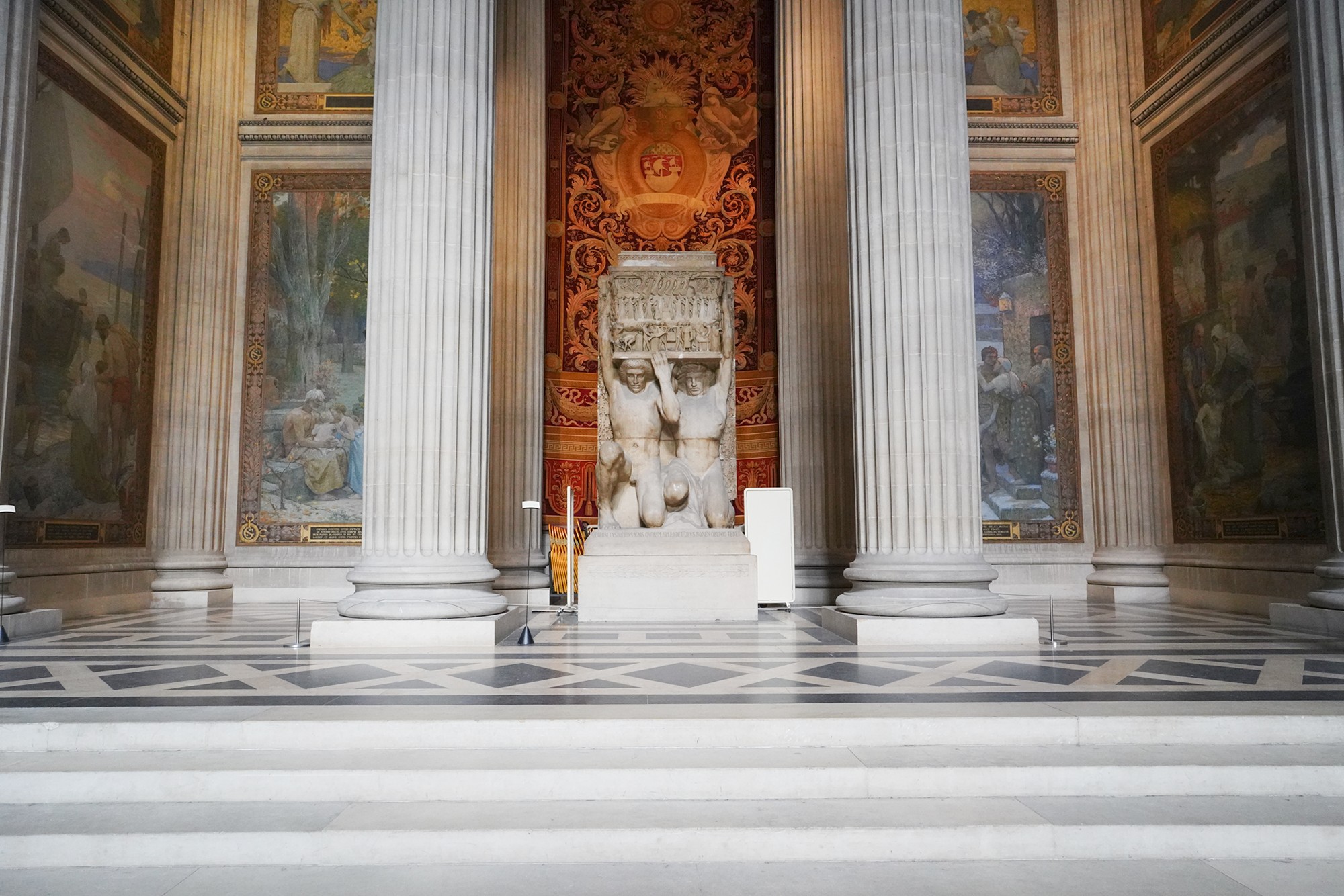
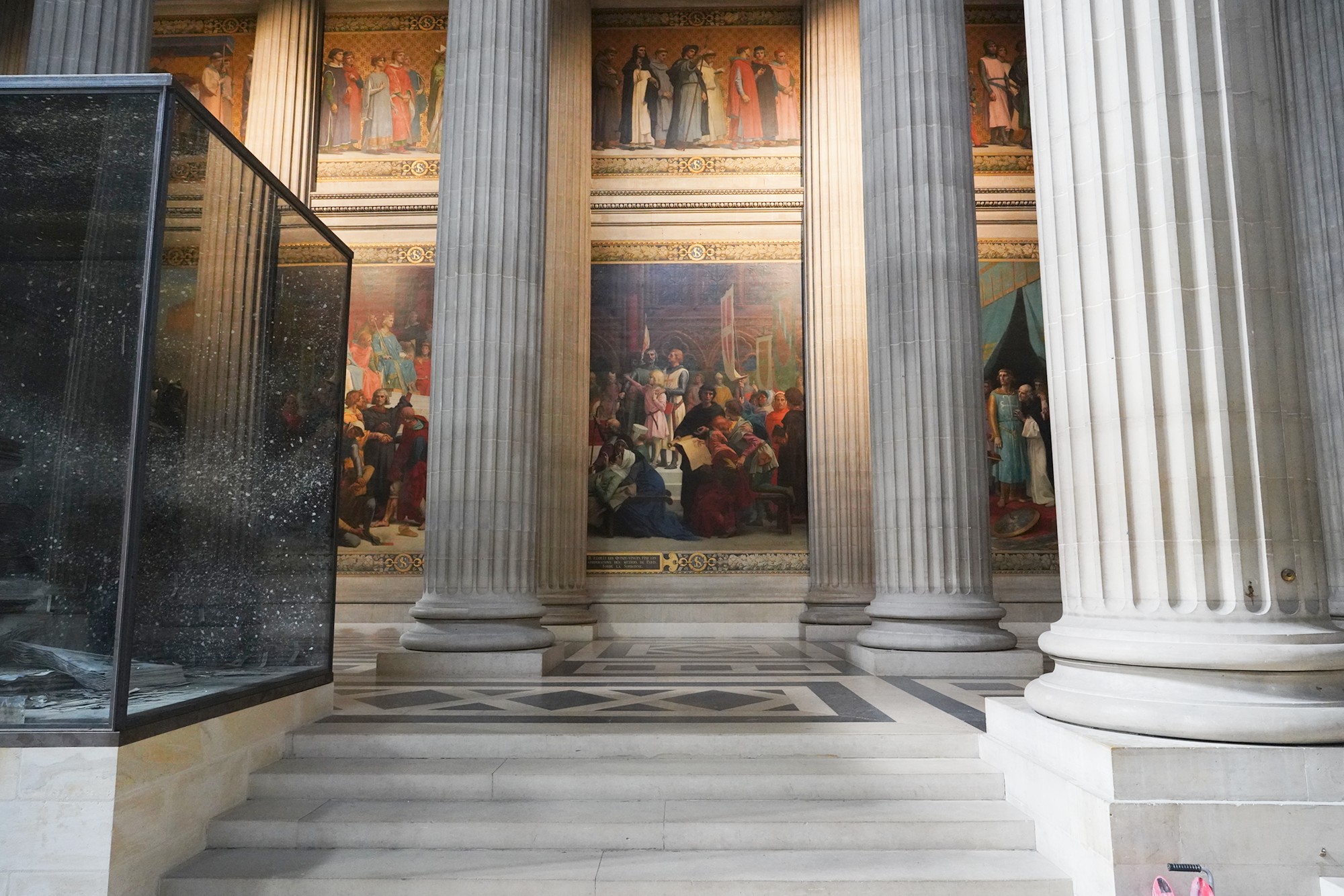
Out of the Pantheon and looking at the right side, Bibliothèque Sainte-Geneviève, a library
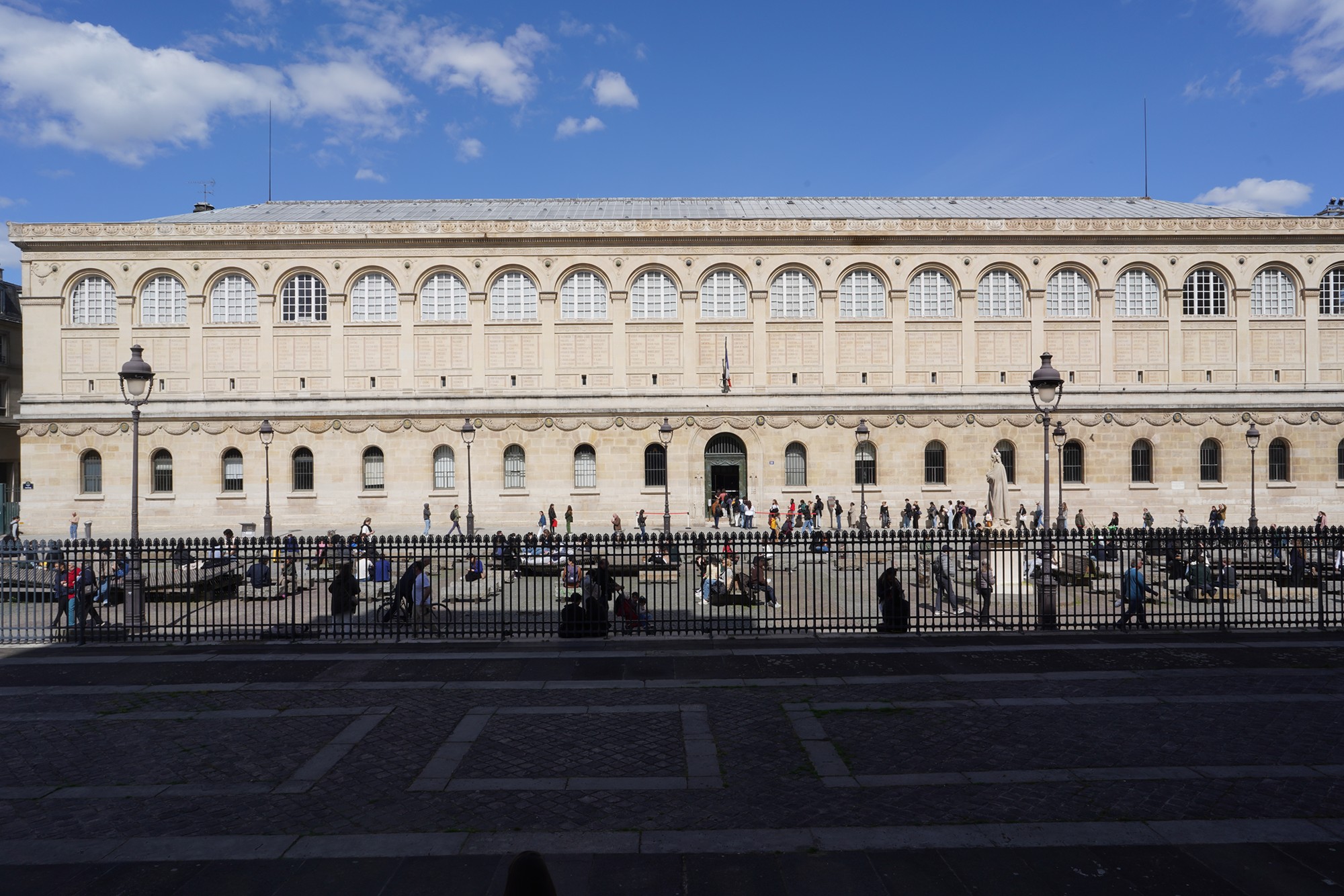
Looking at the buildings surrounds the Pantheon
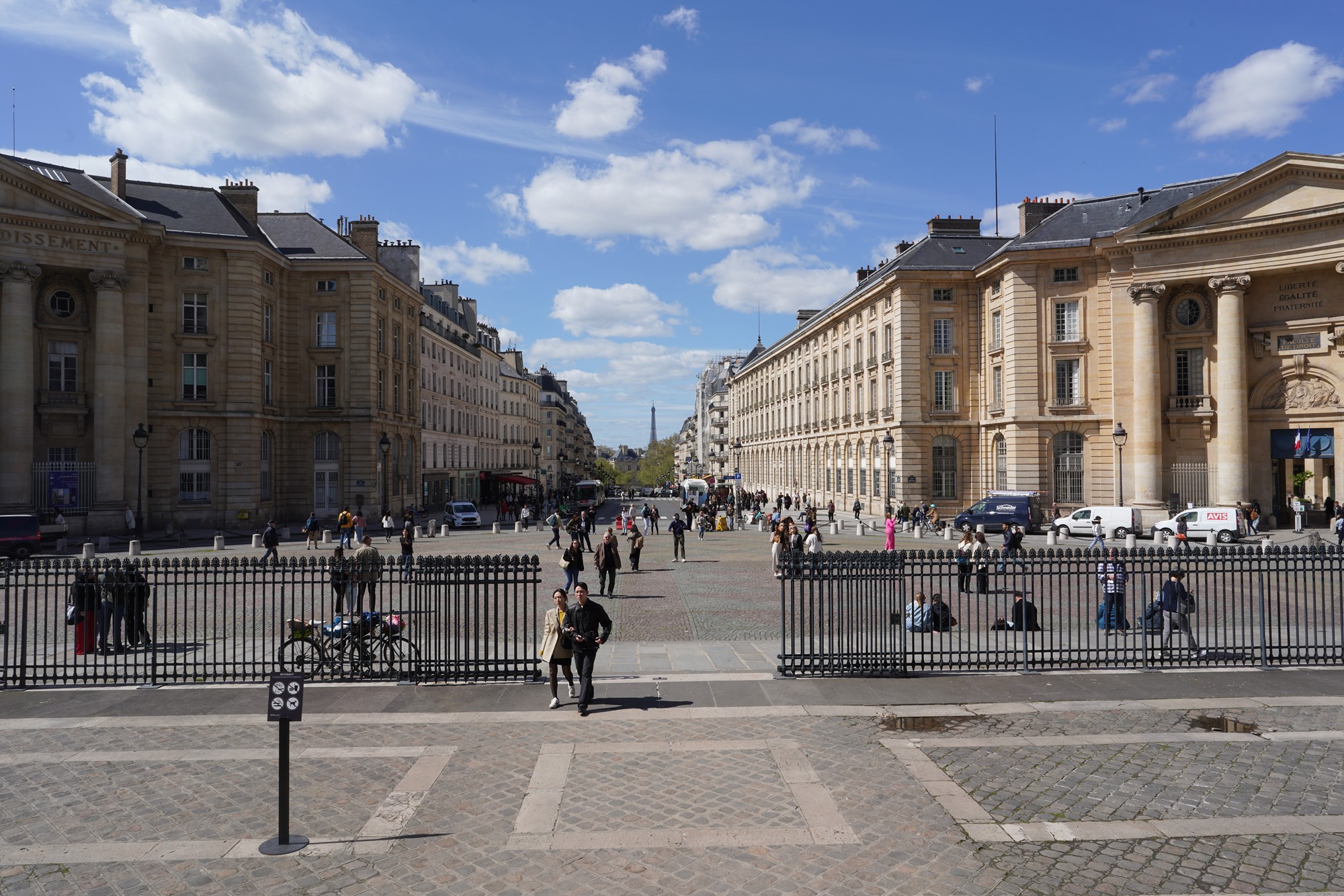
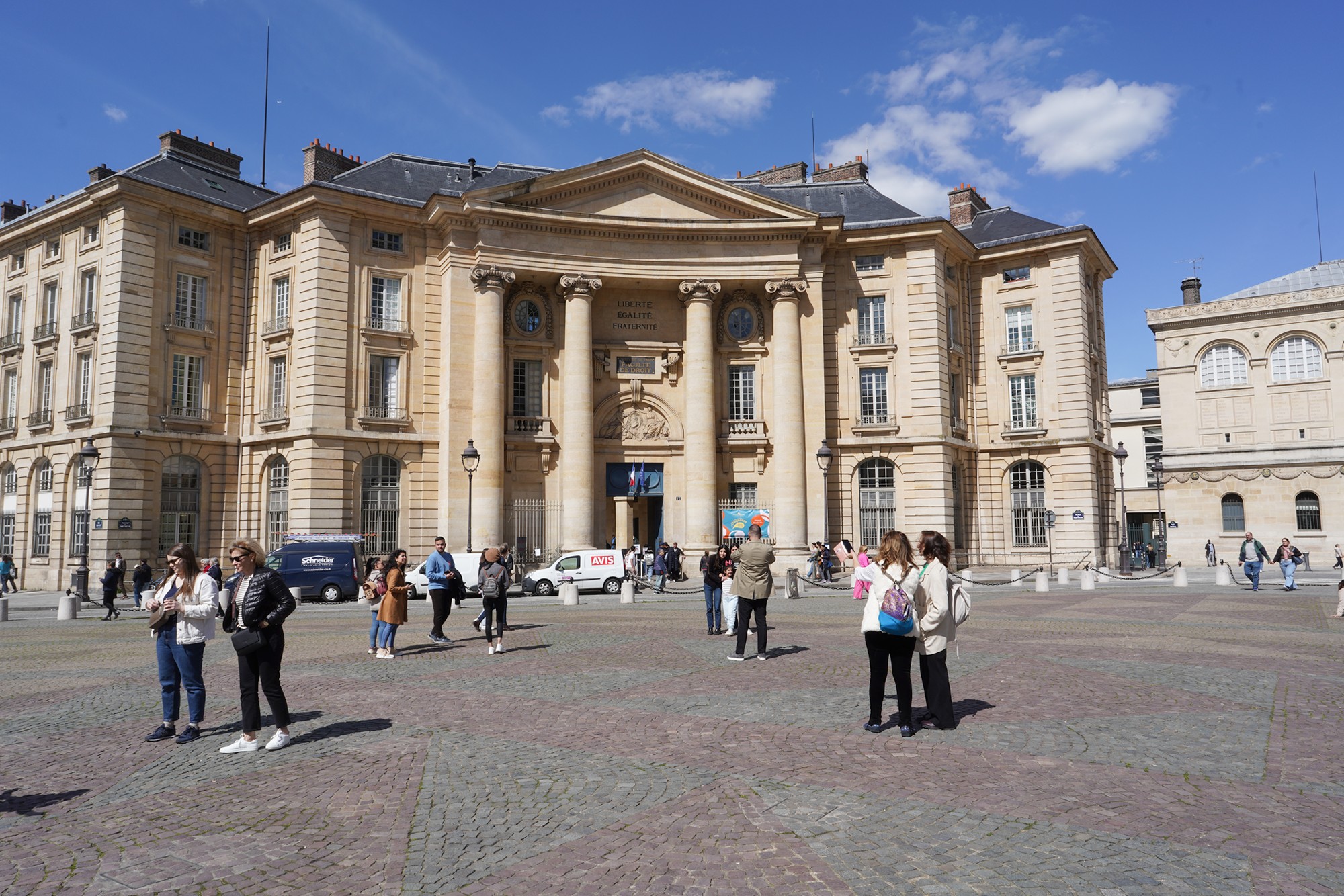
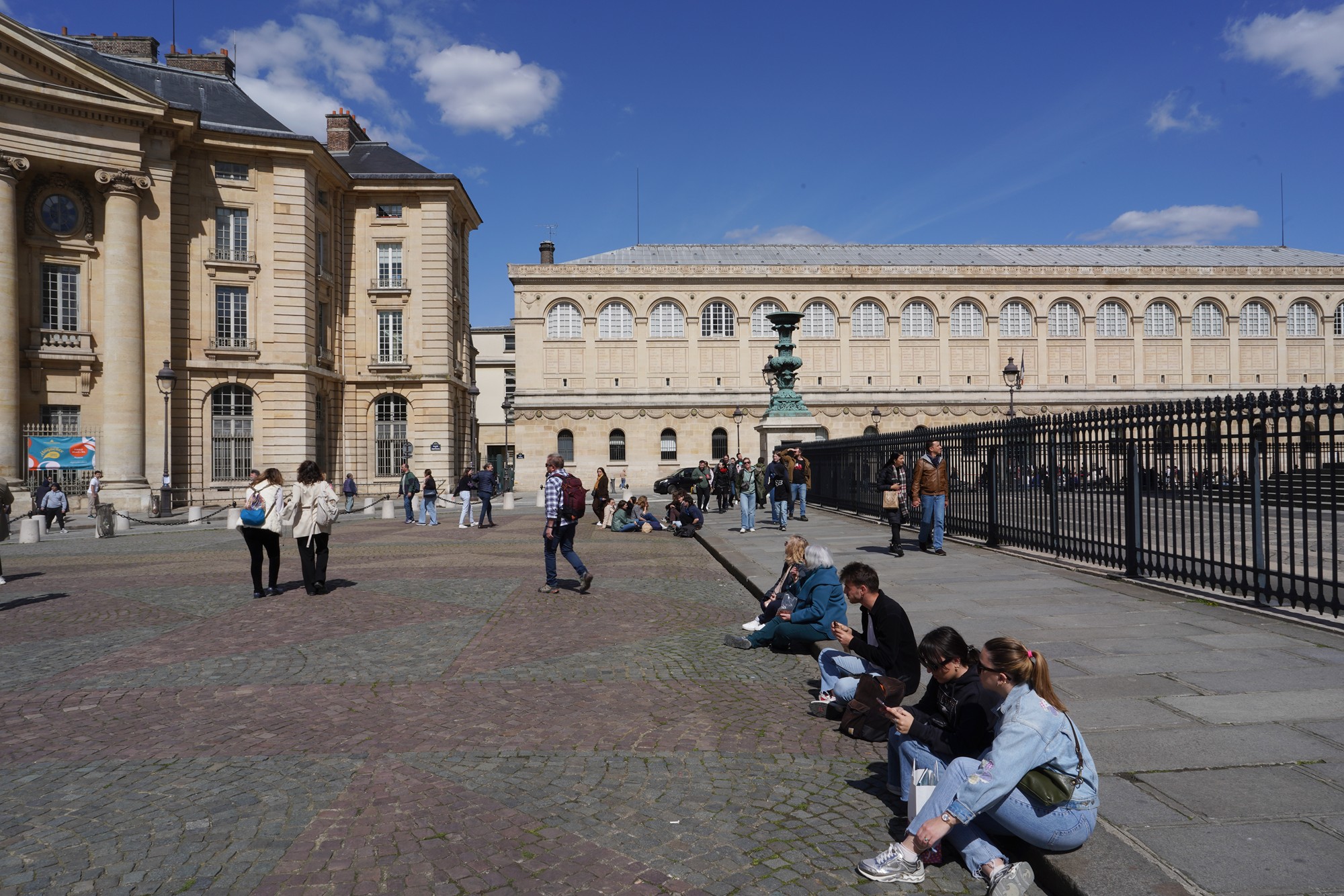
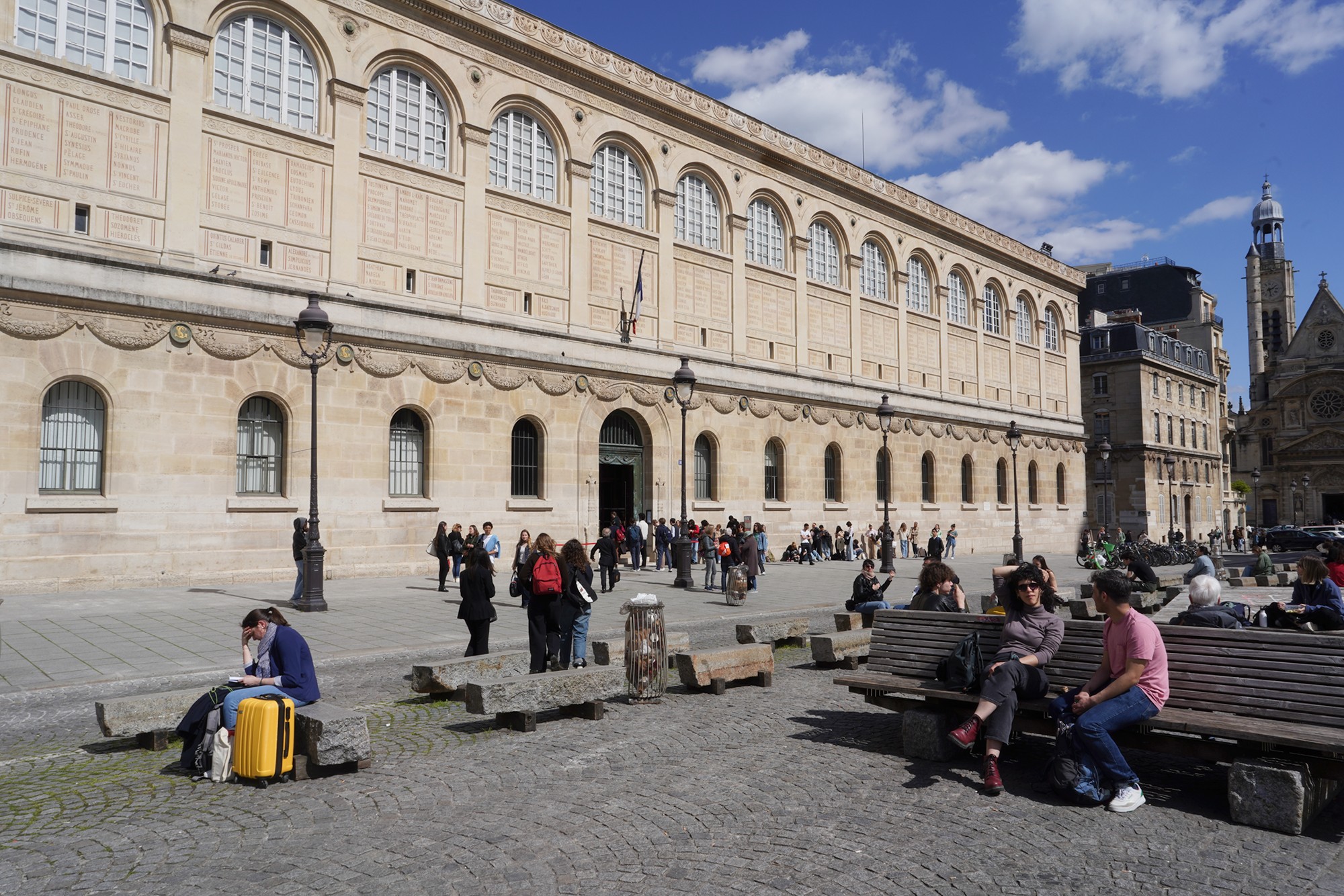
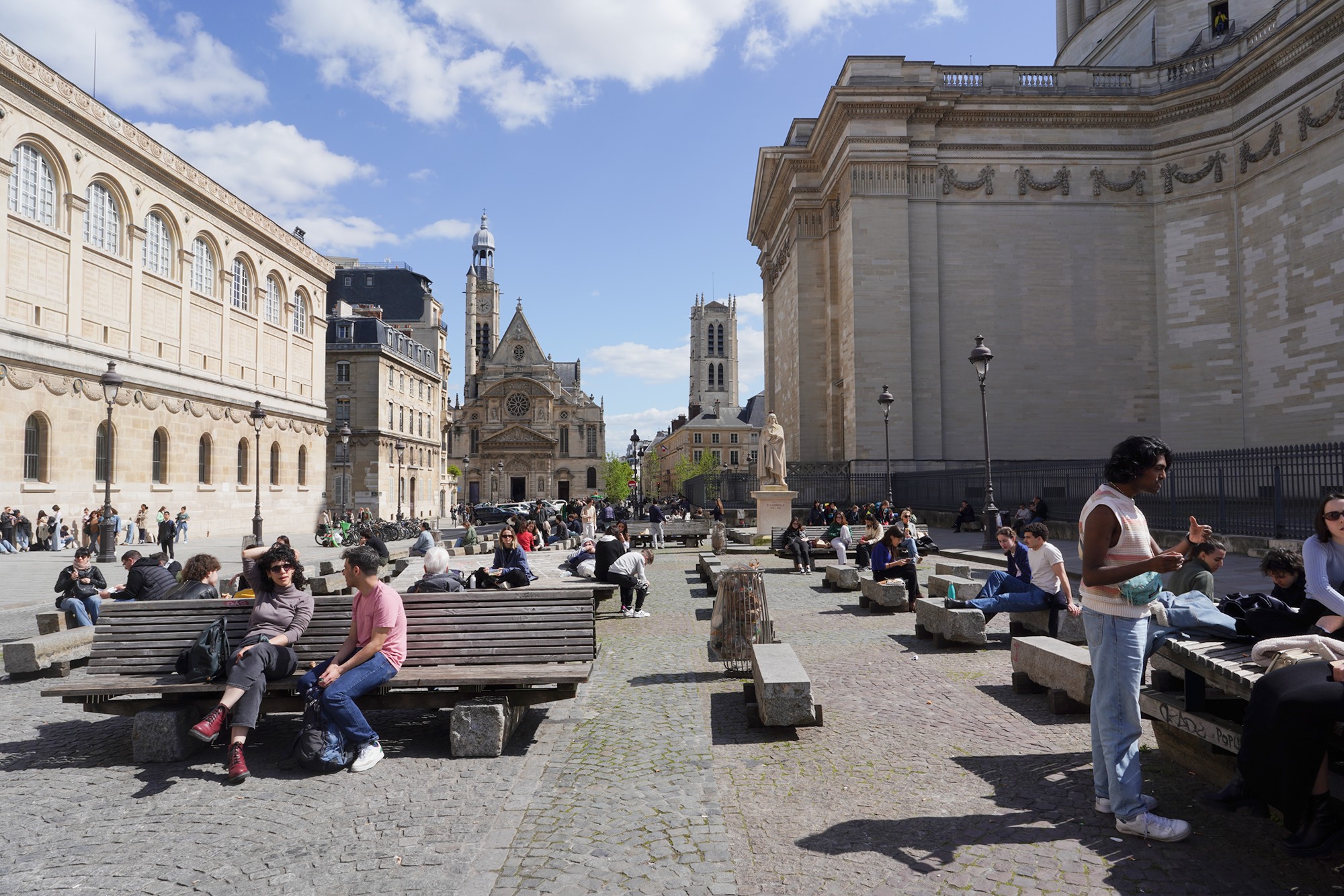
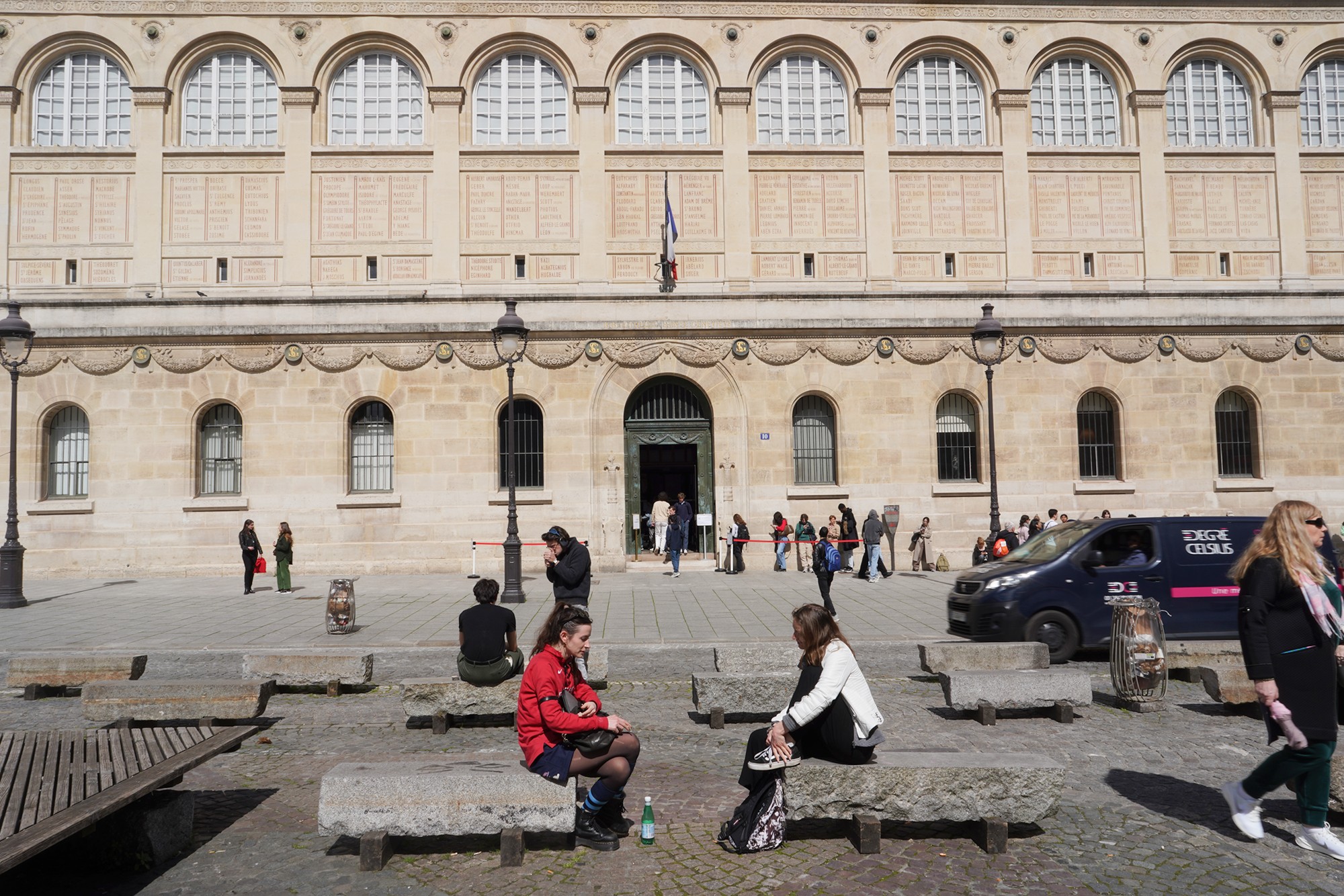
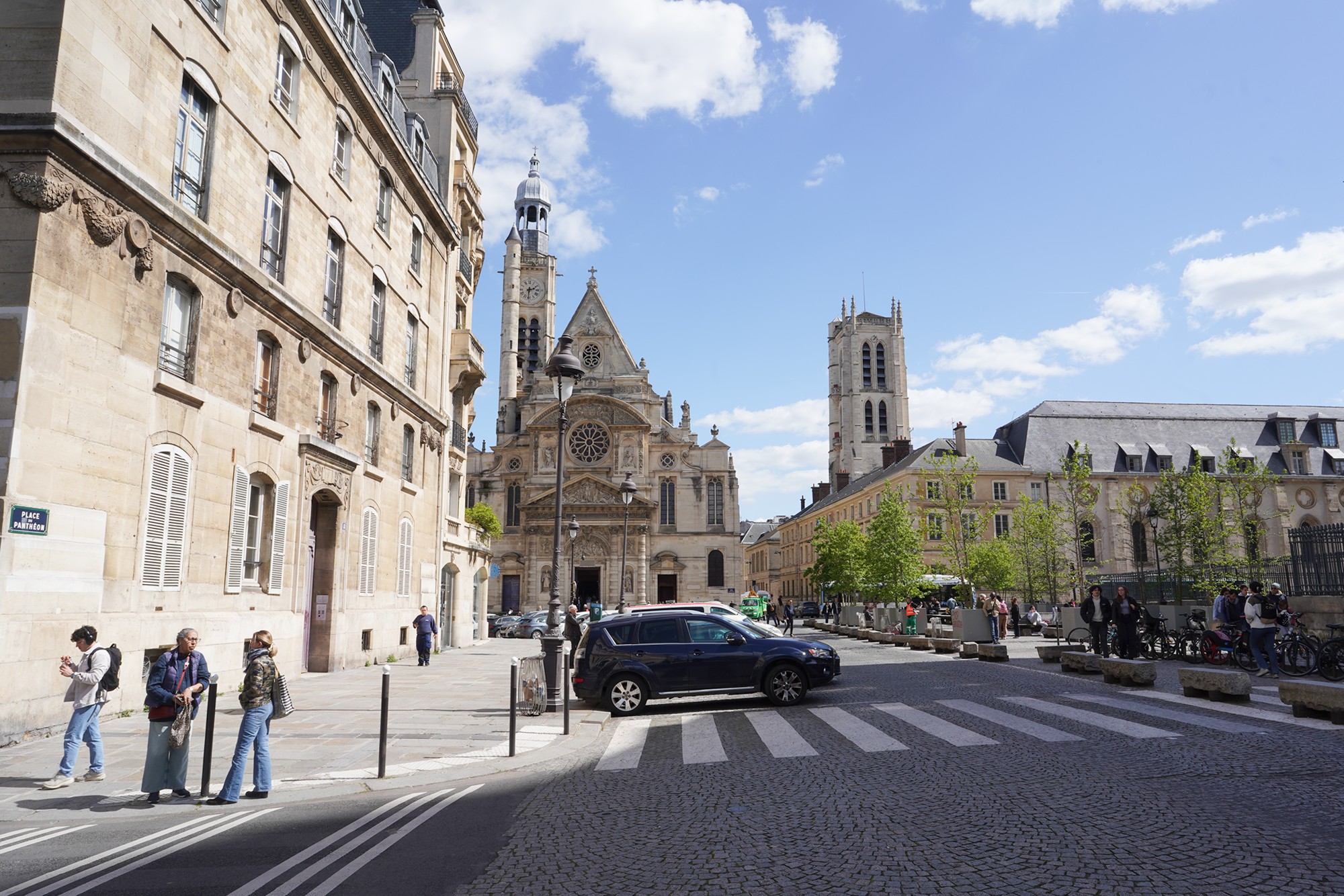
The Church of Saint-Étienne-du-Mont. The Catholic church is a mix of Gothic and Renaissance architectural styles. Construction began in 1492 and was completed in 1626. The intricate façade, completed in the early 17th century, is particularly notable for its detailed sculptures and ornamentation.
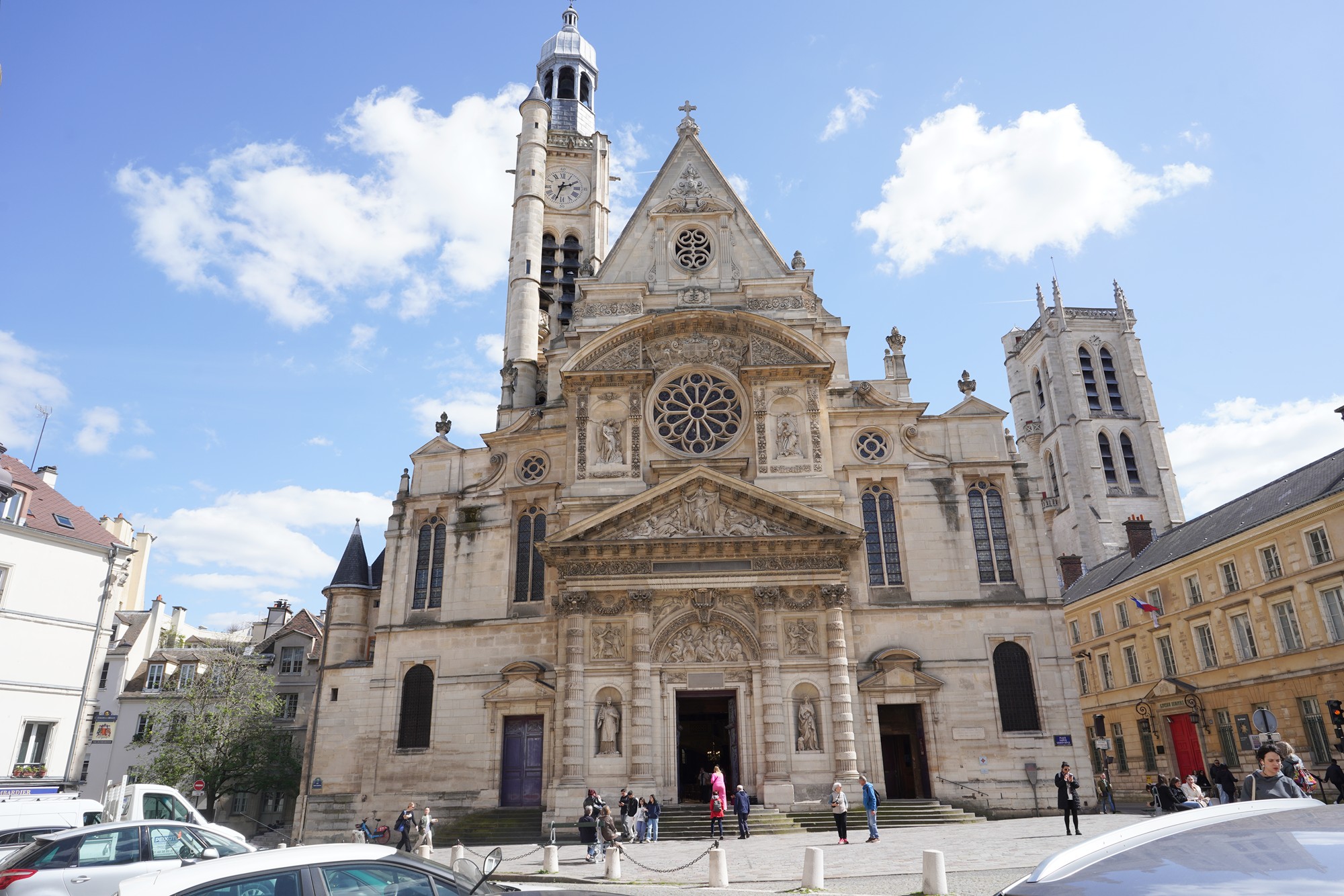
The church is famous for its beautiful interior, which includes the only remaining rood screen (jube) in Paris. The finely carved screen, created by Biart l’Aîné between 1530 and 1535, separates the nave from the chancel and is considered a masterpiece of Renaissance art.
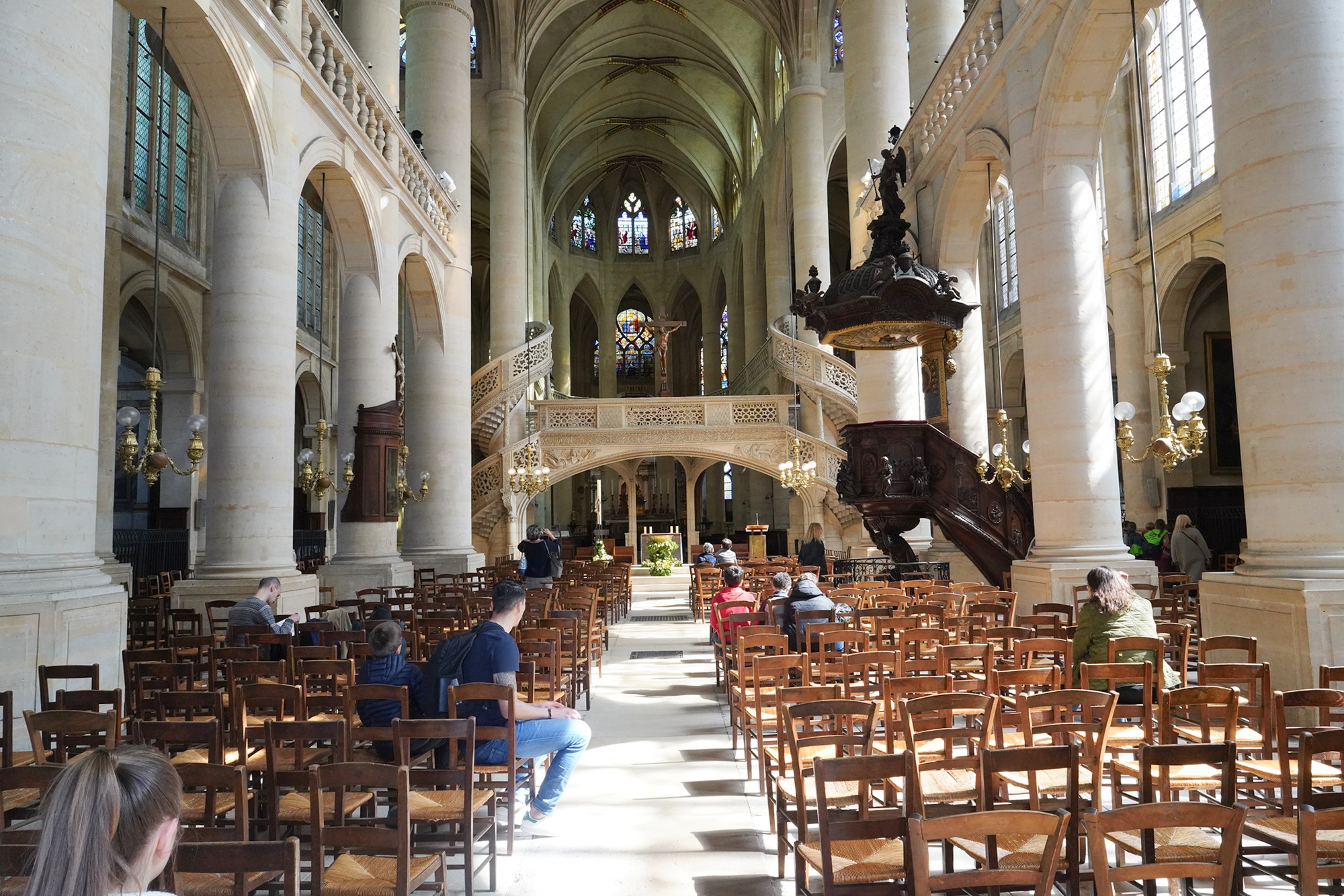
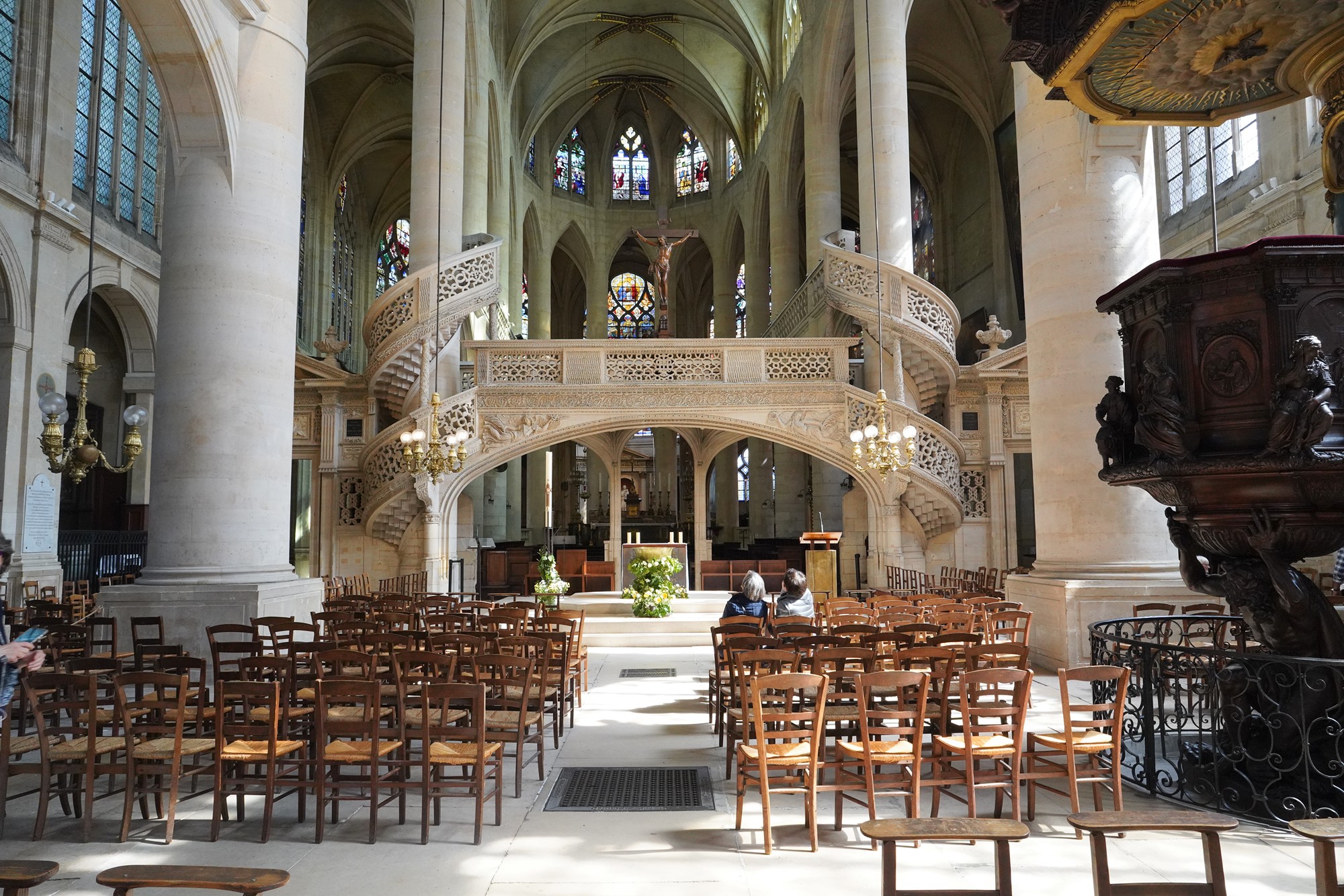
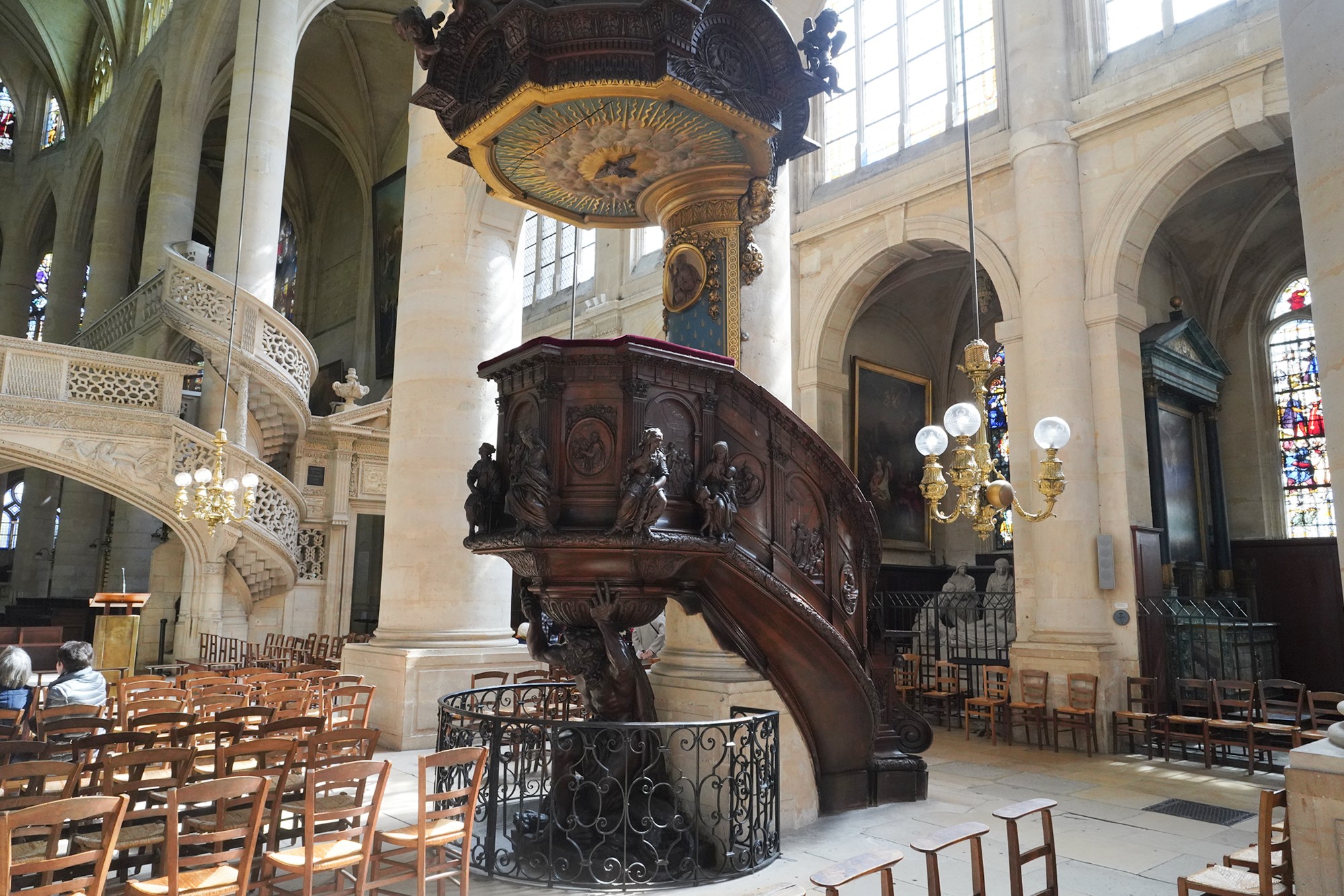
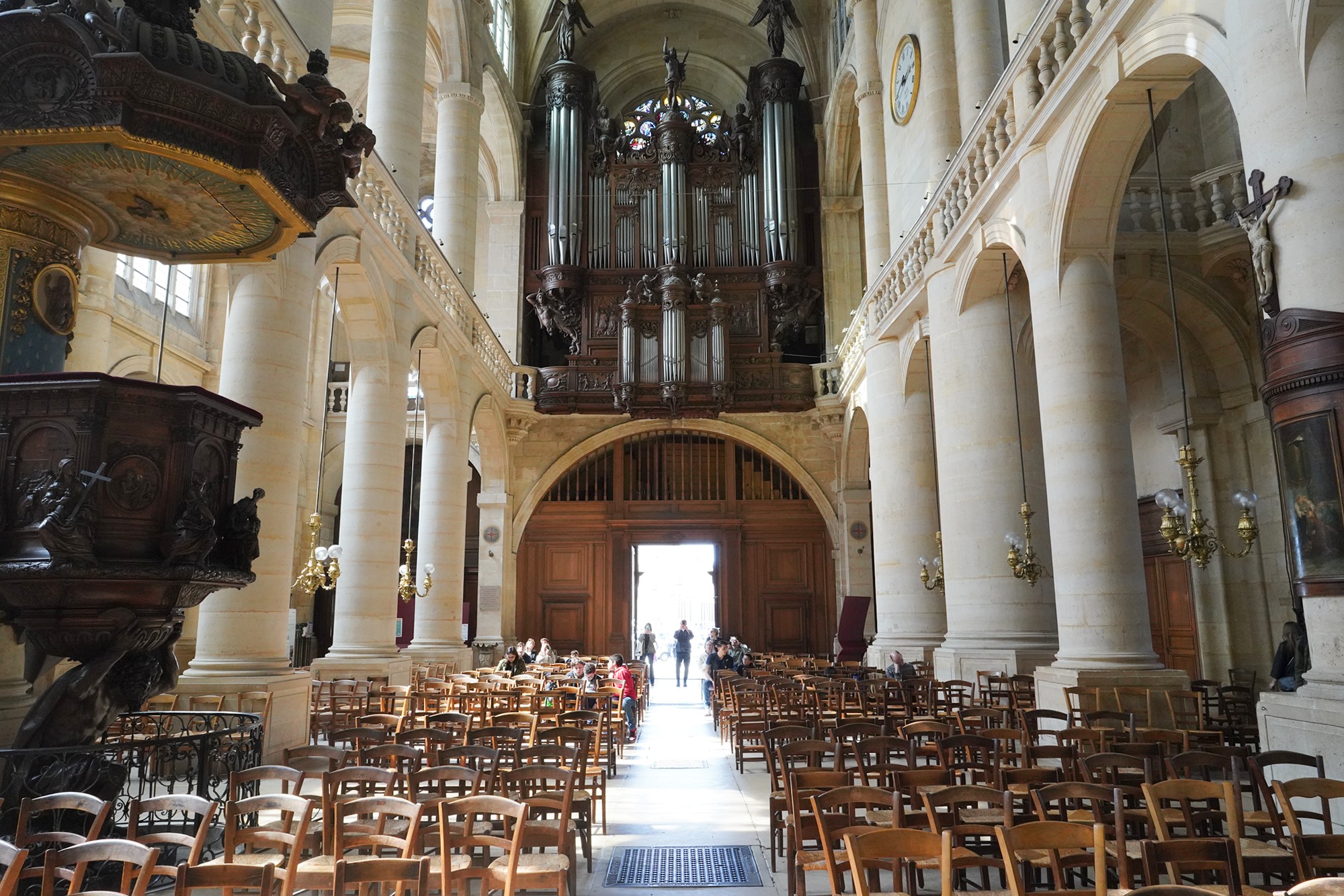
After passing the first altar, this is the second altar behind the first. It is a long church.
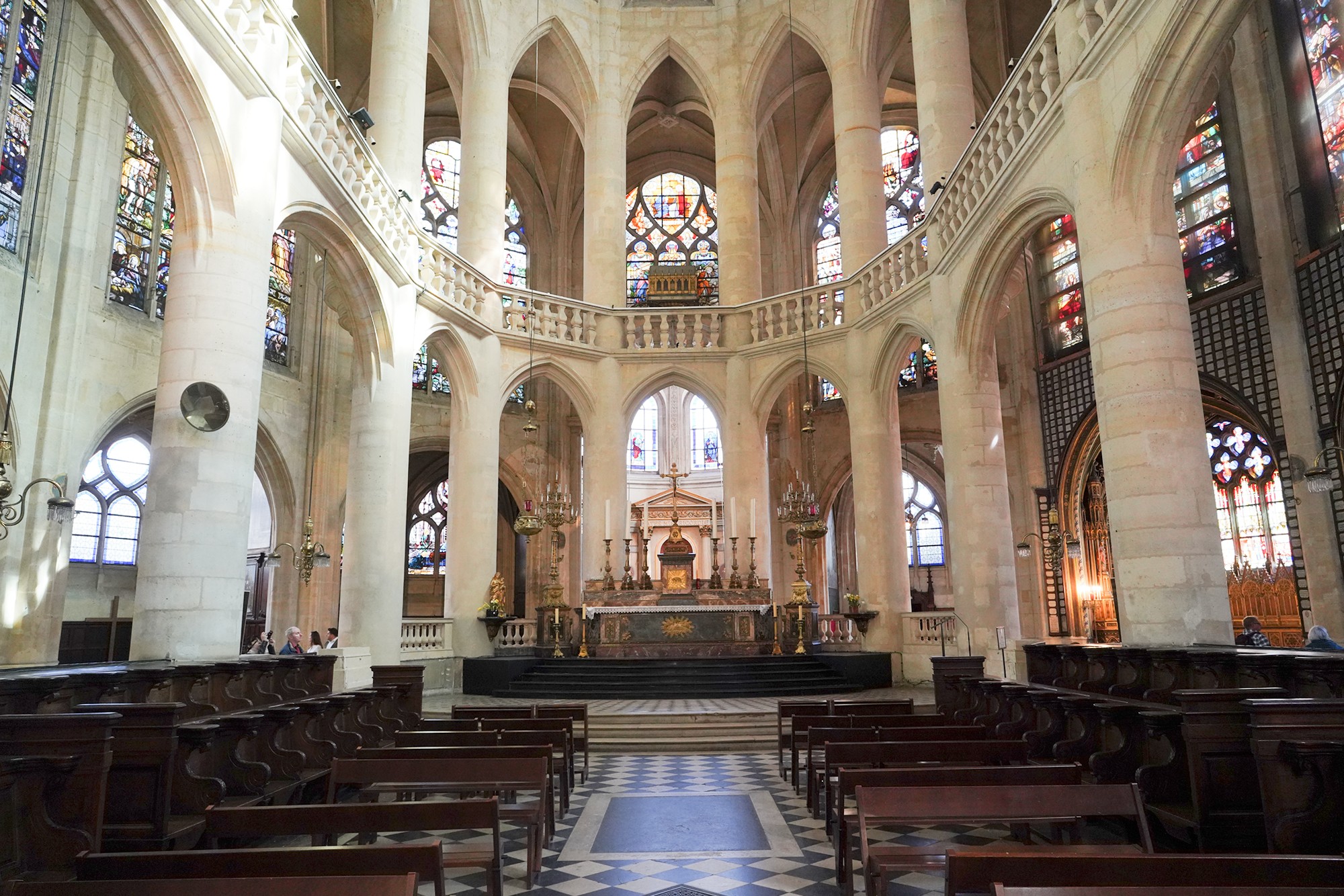
The back side
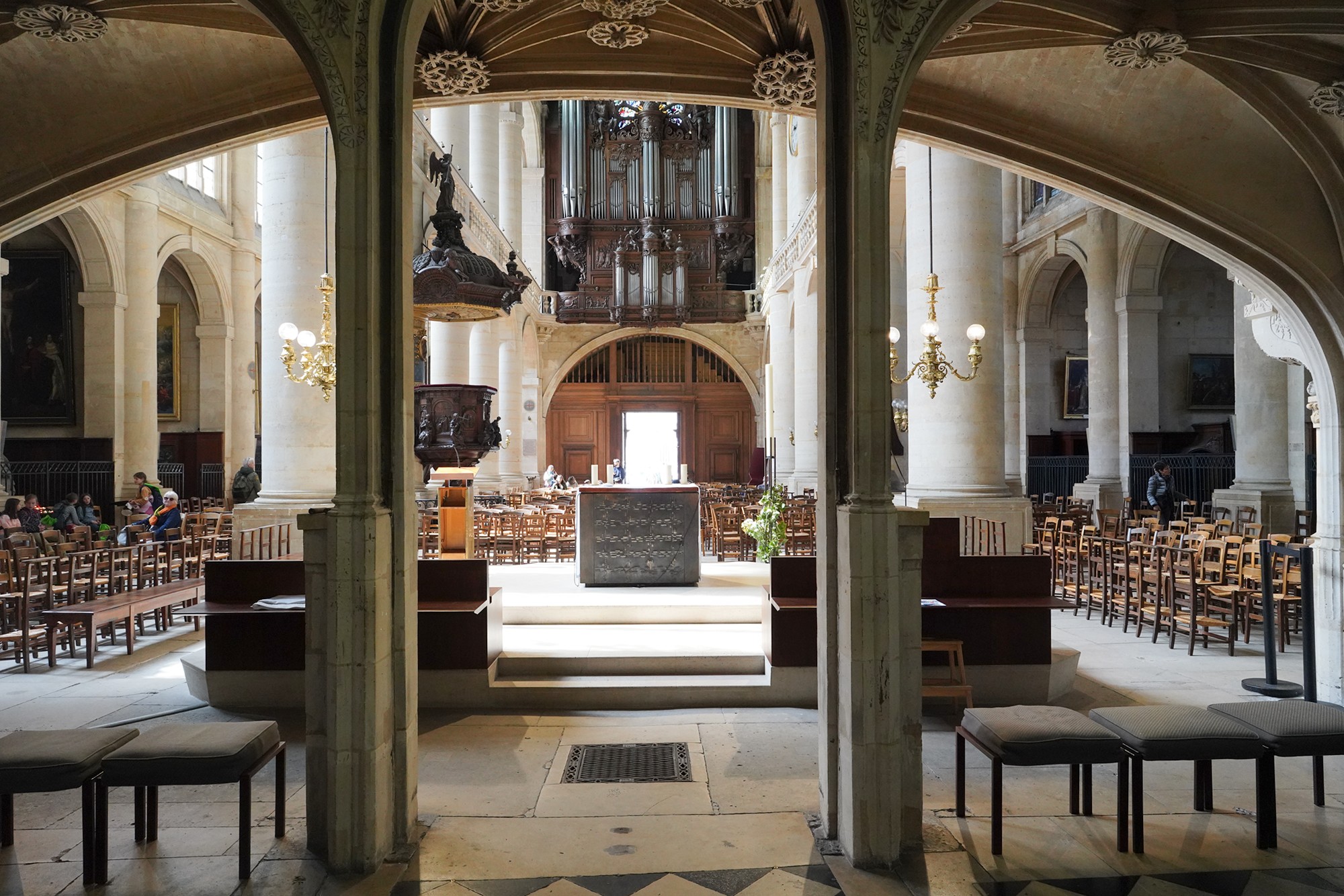
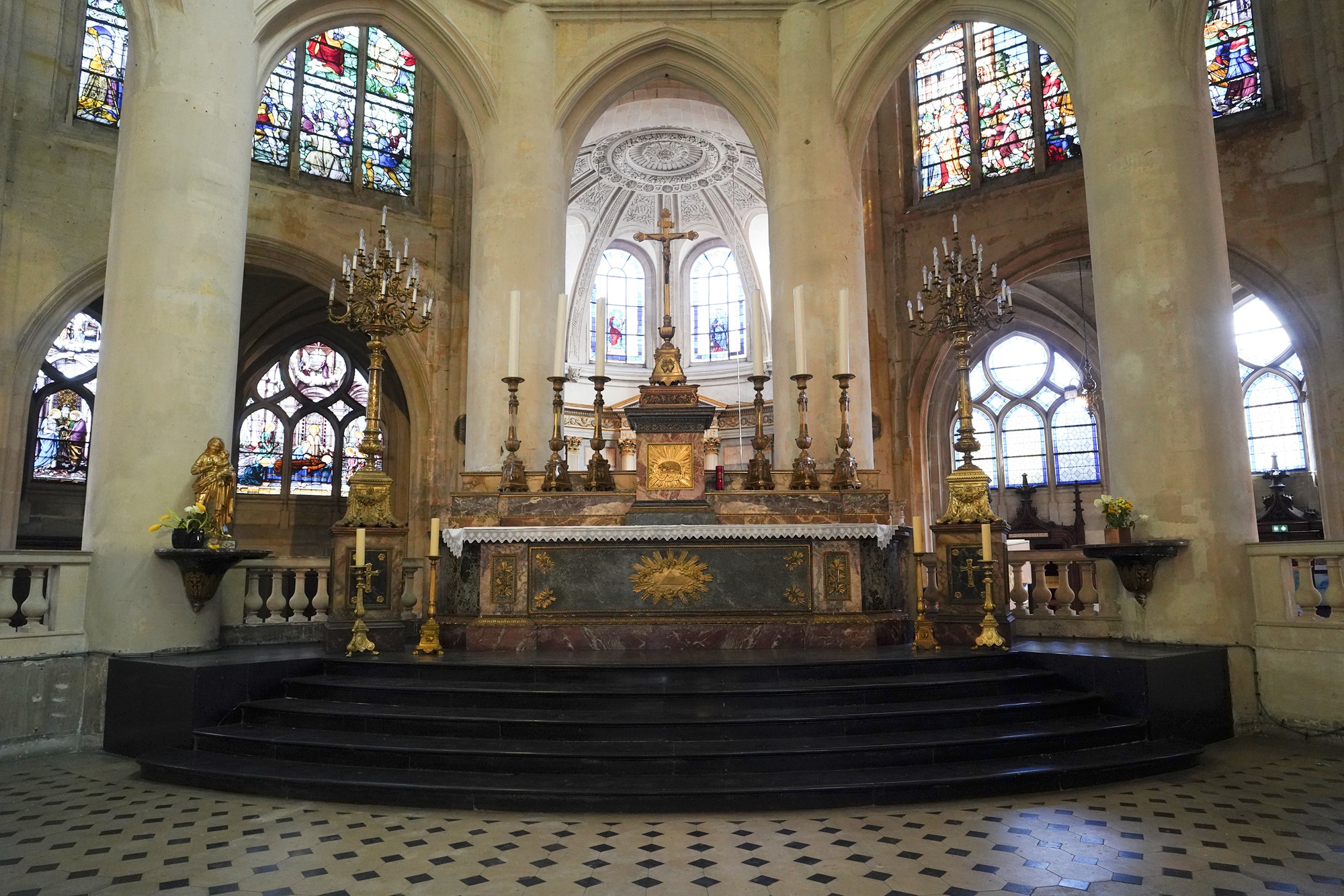
A passage that goes around the second altar
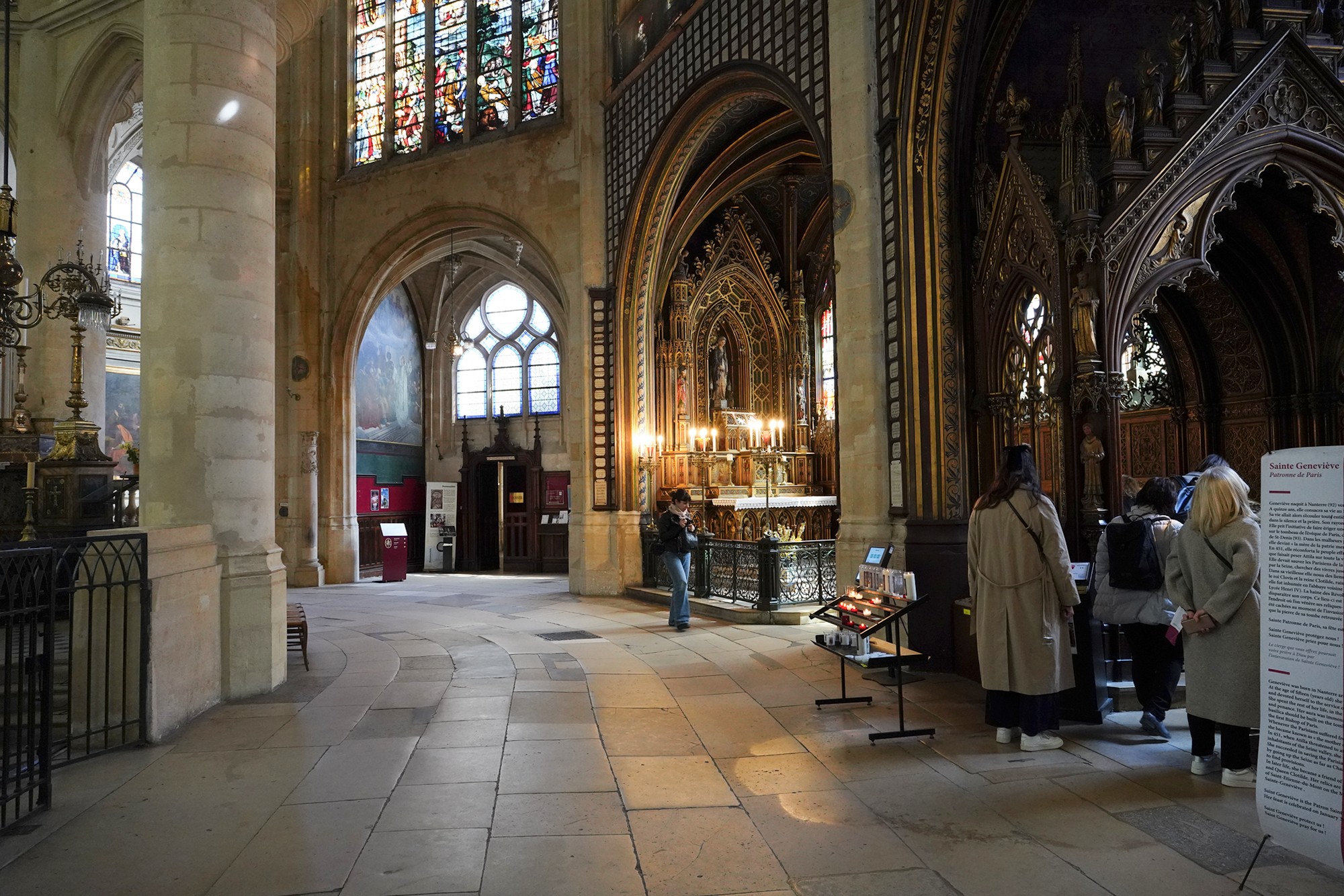
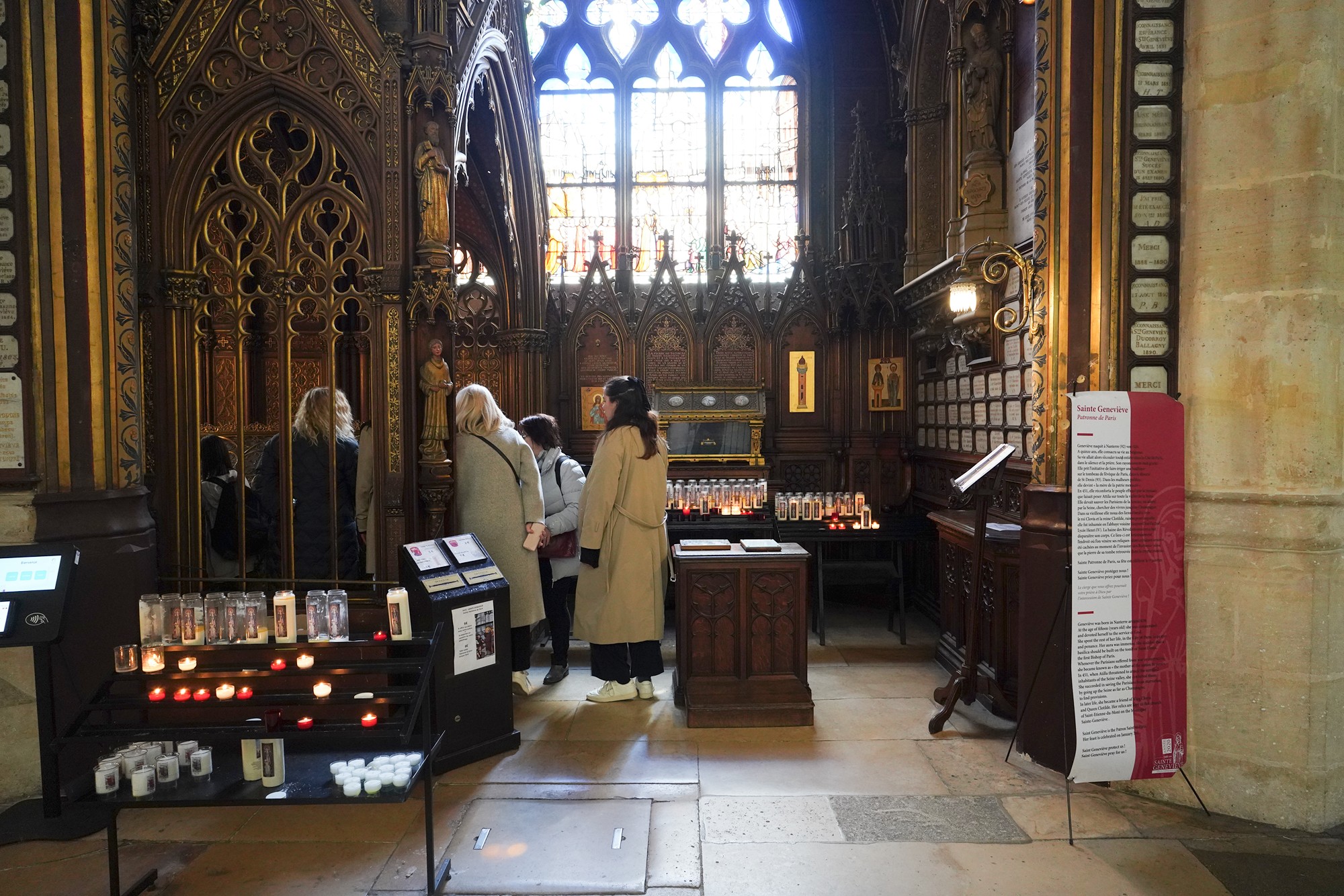
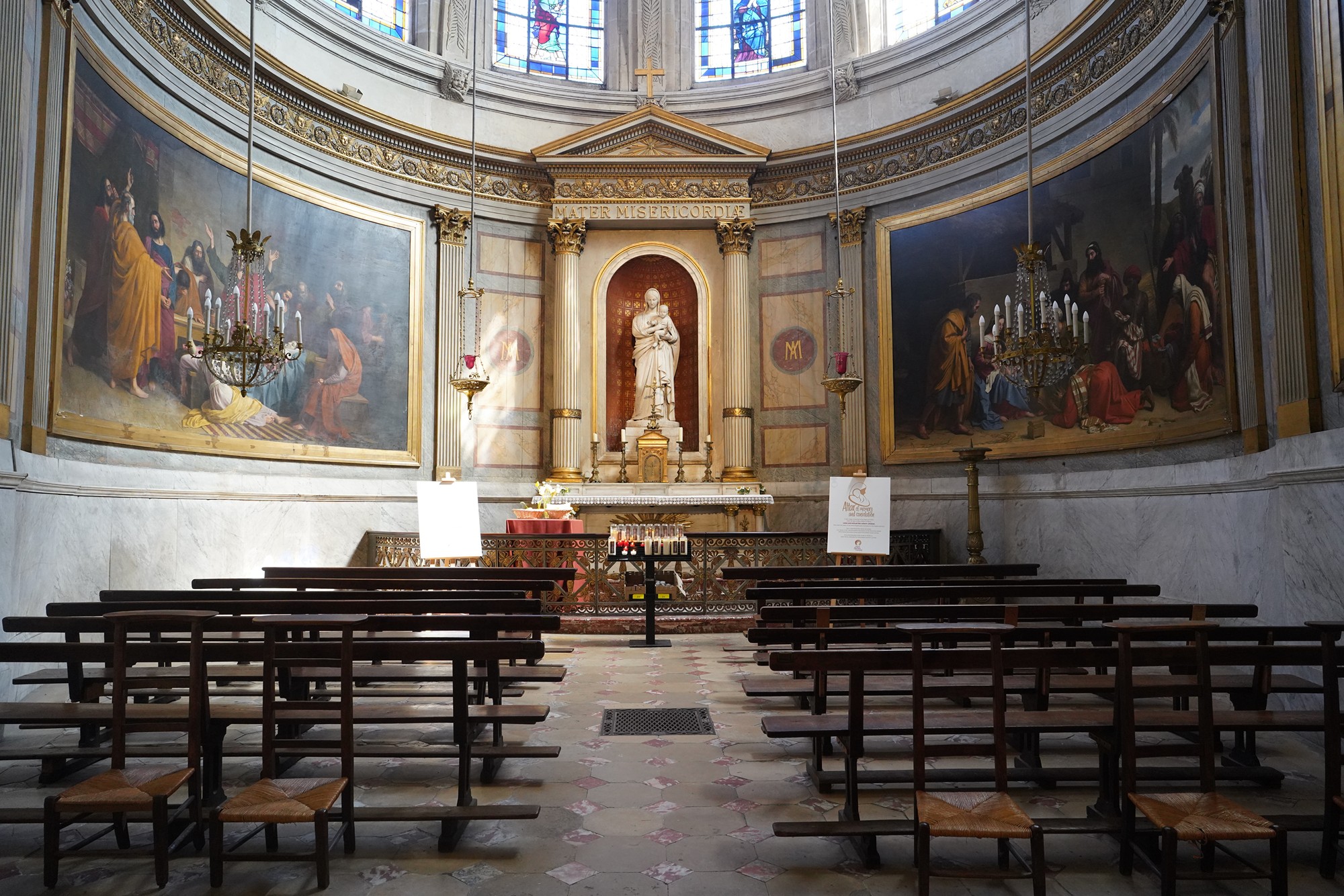
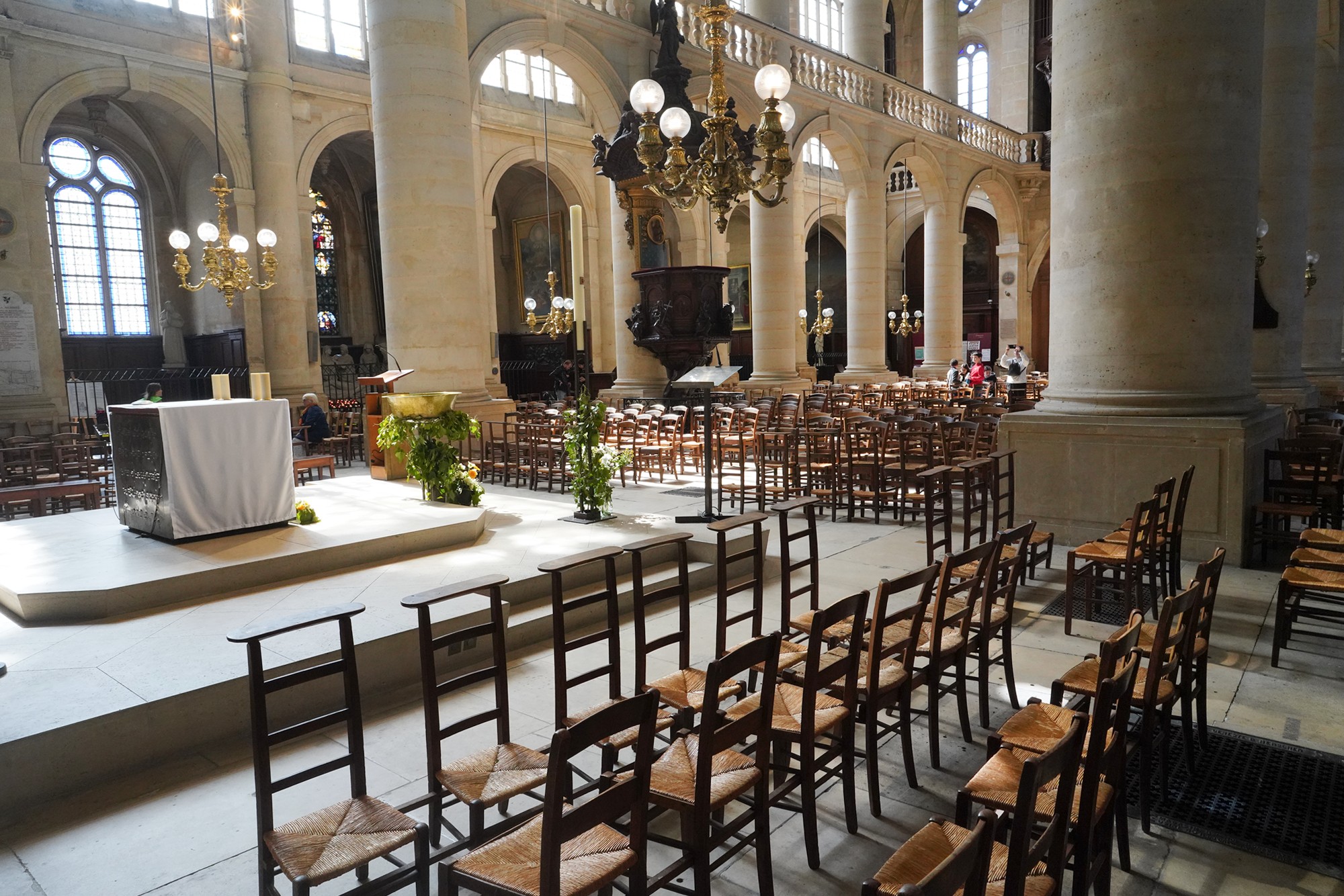
Out of the church, the Pantheon is next to the church.
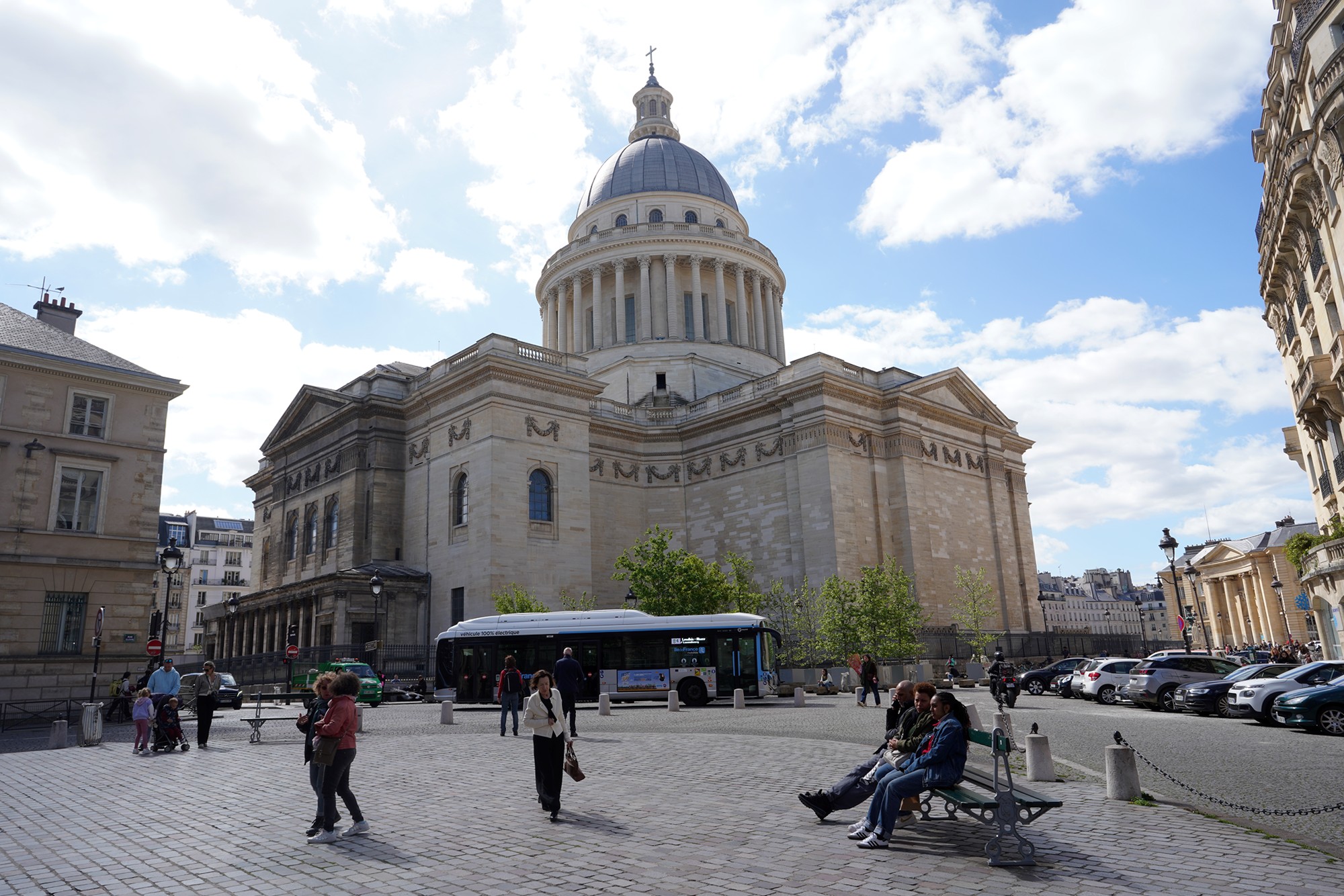
The Latin Quarter streets
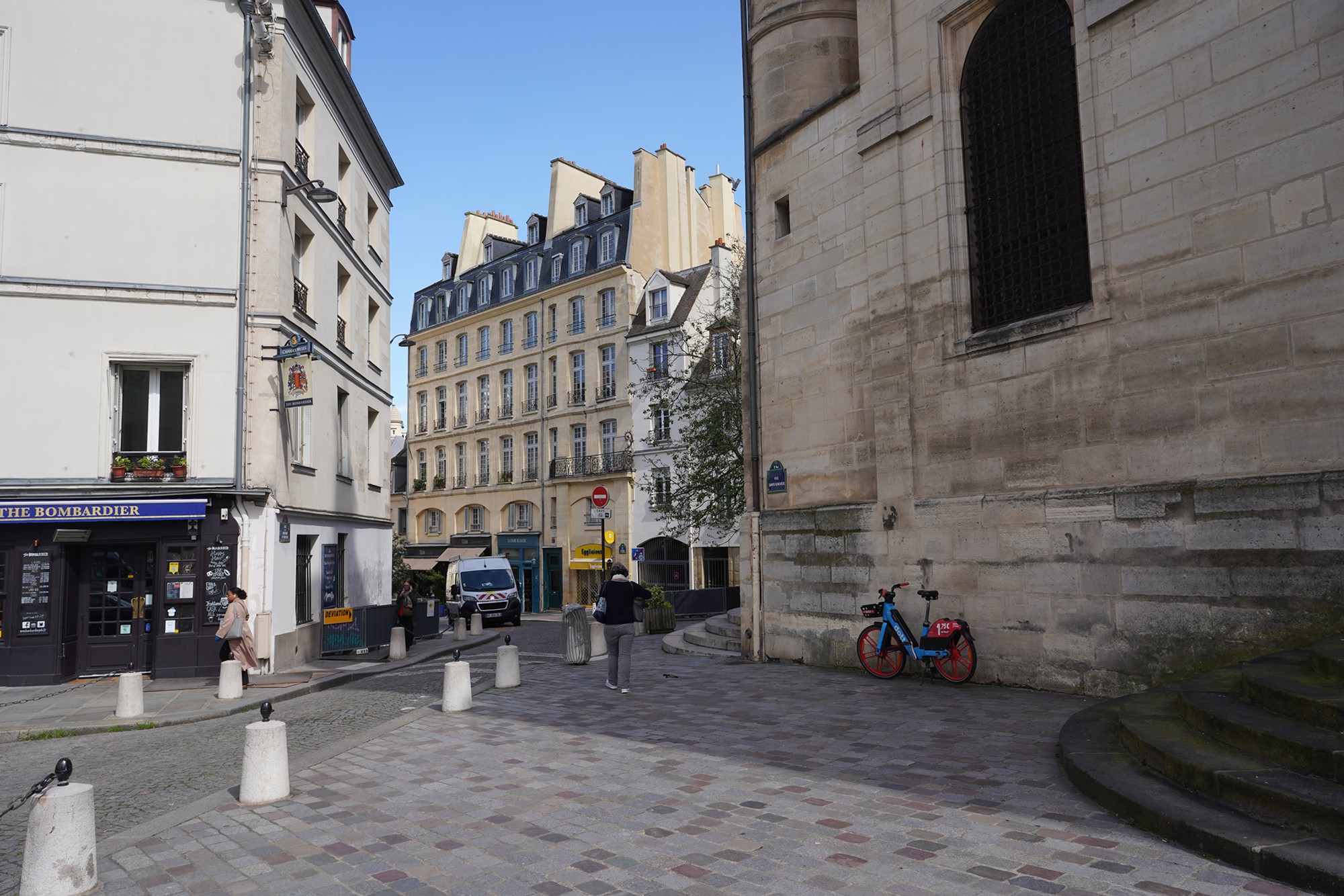
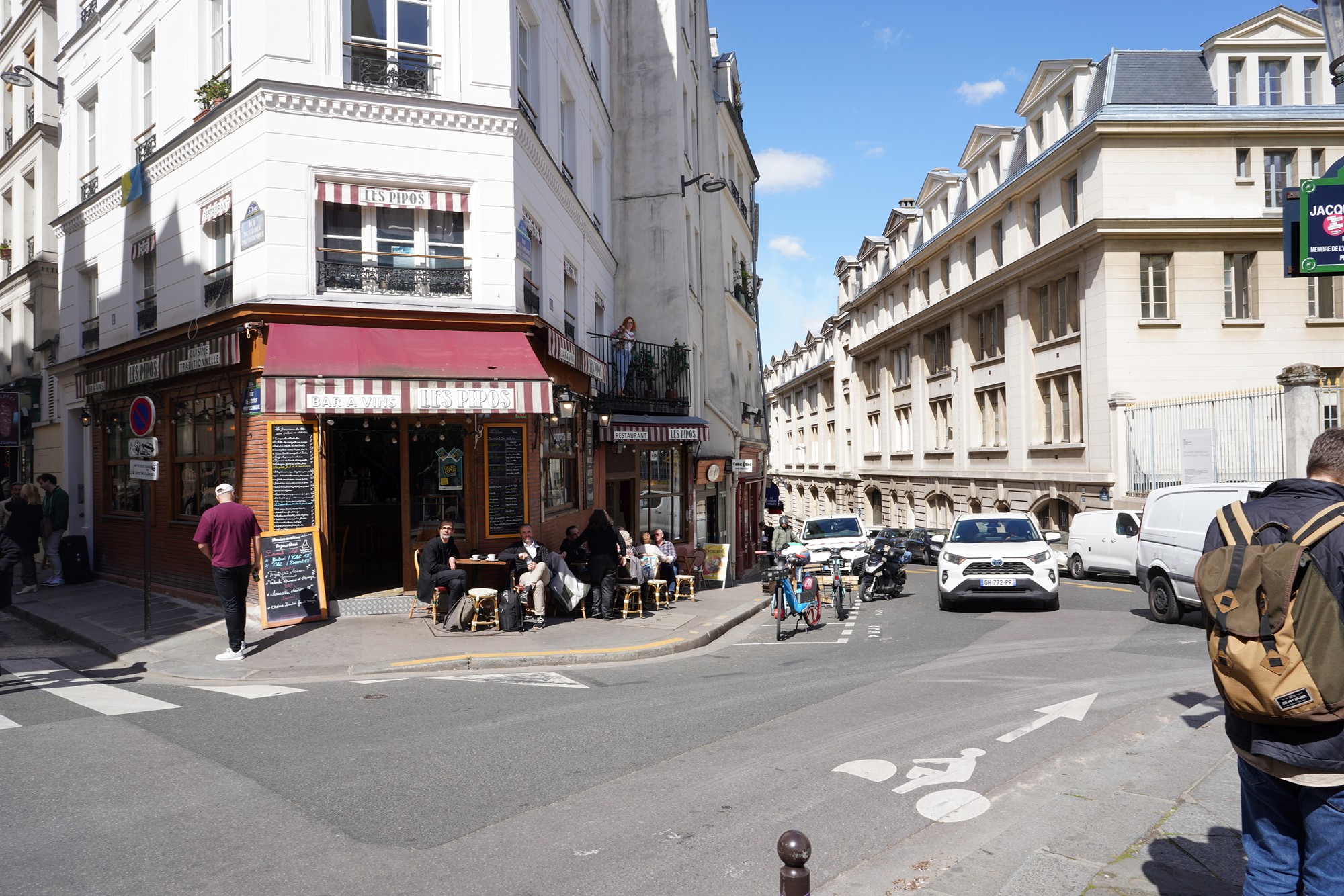
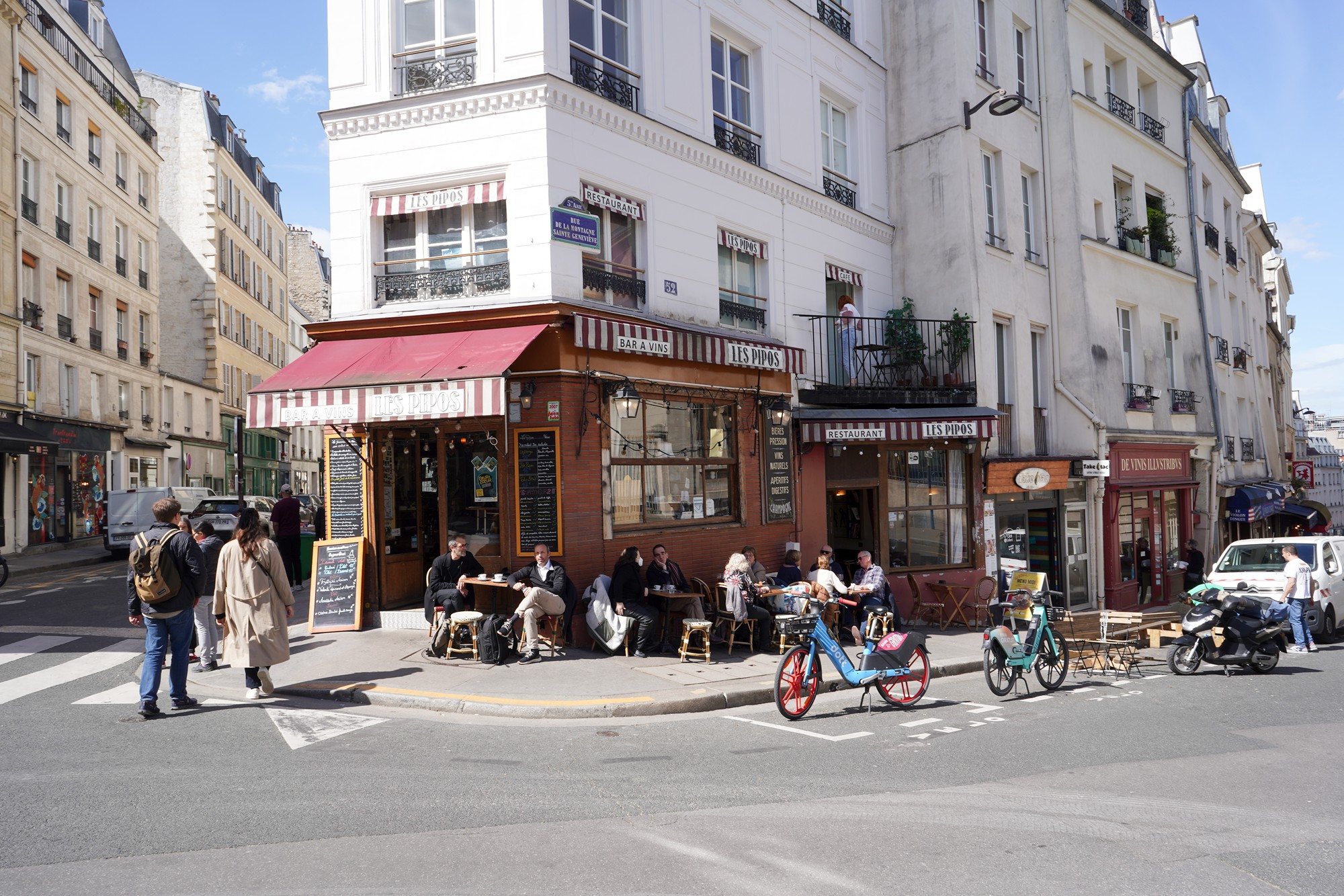
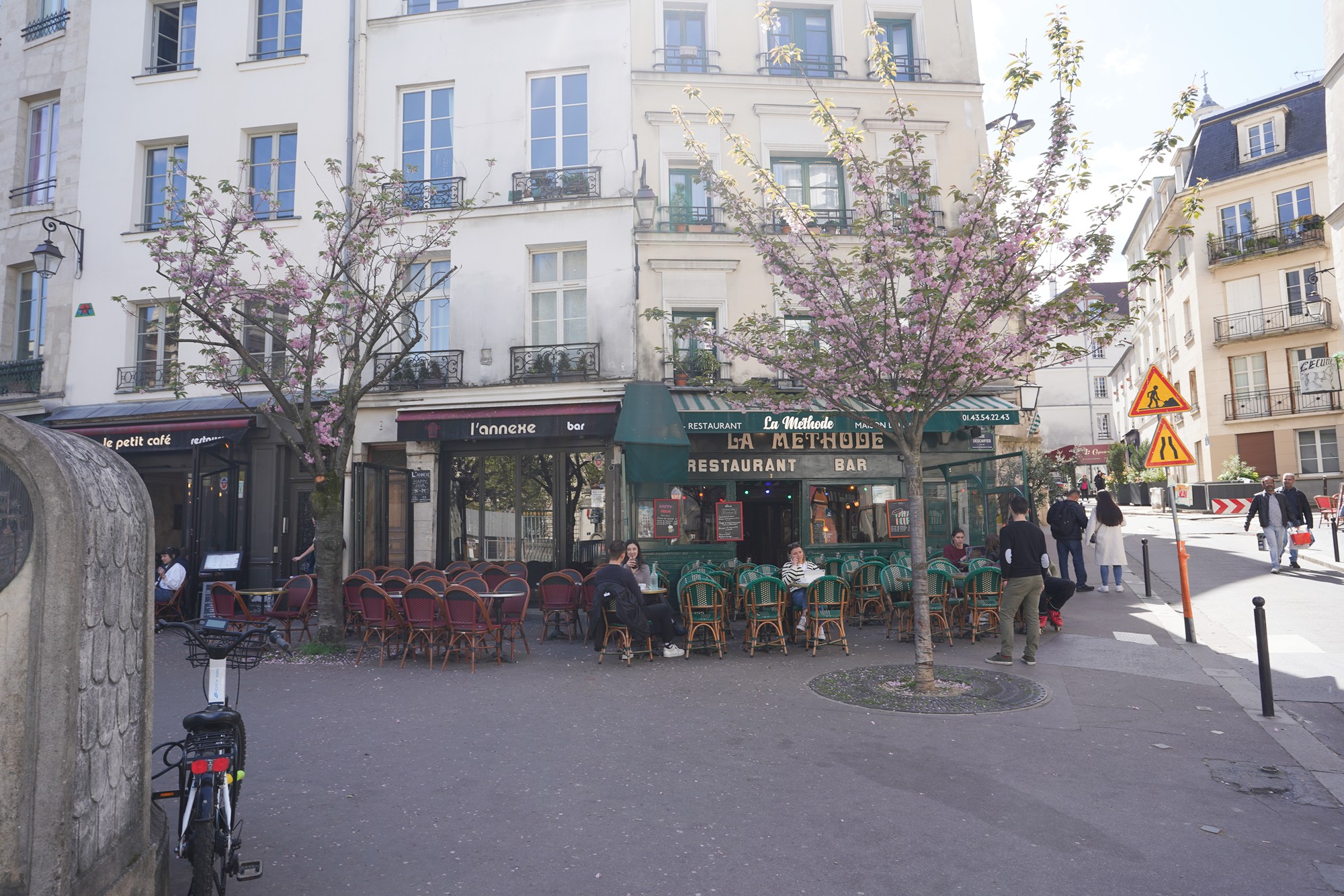
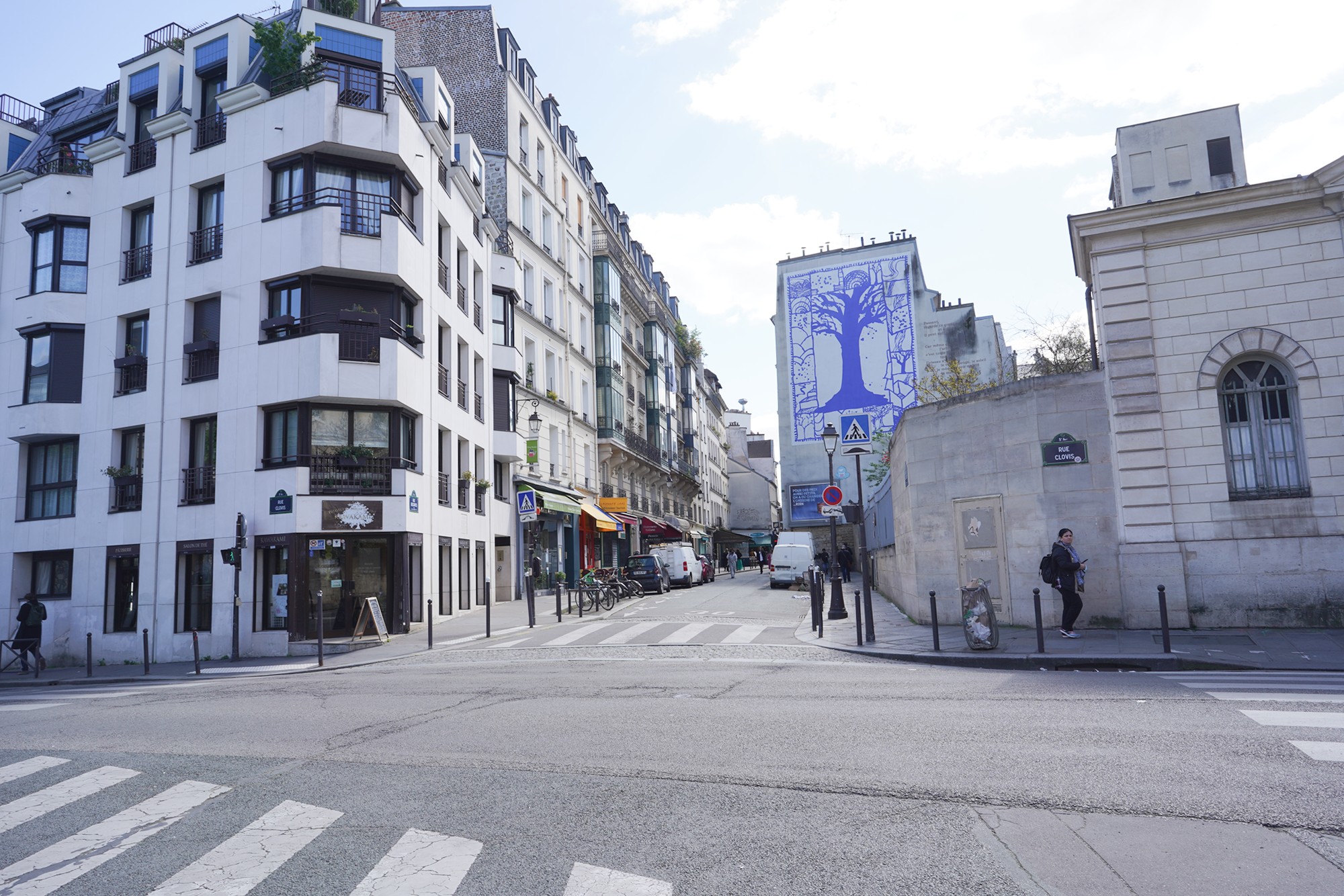
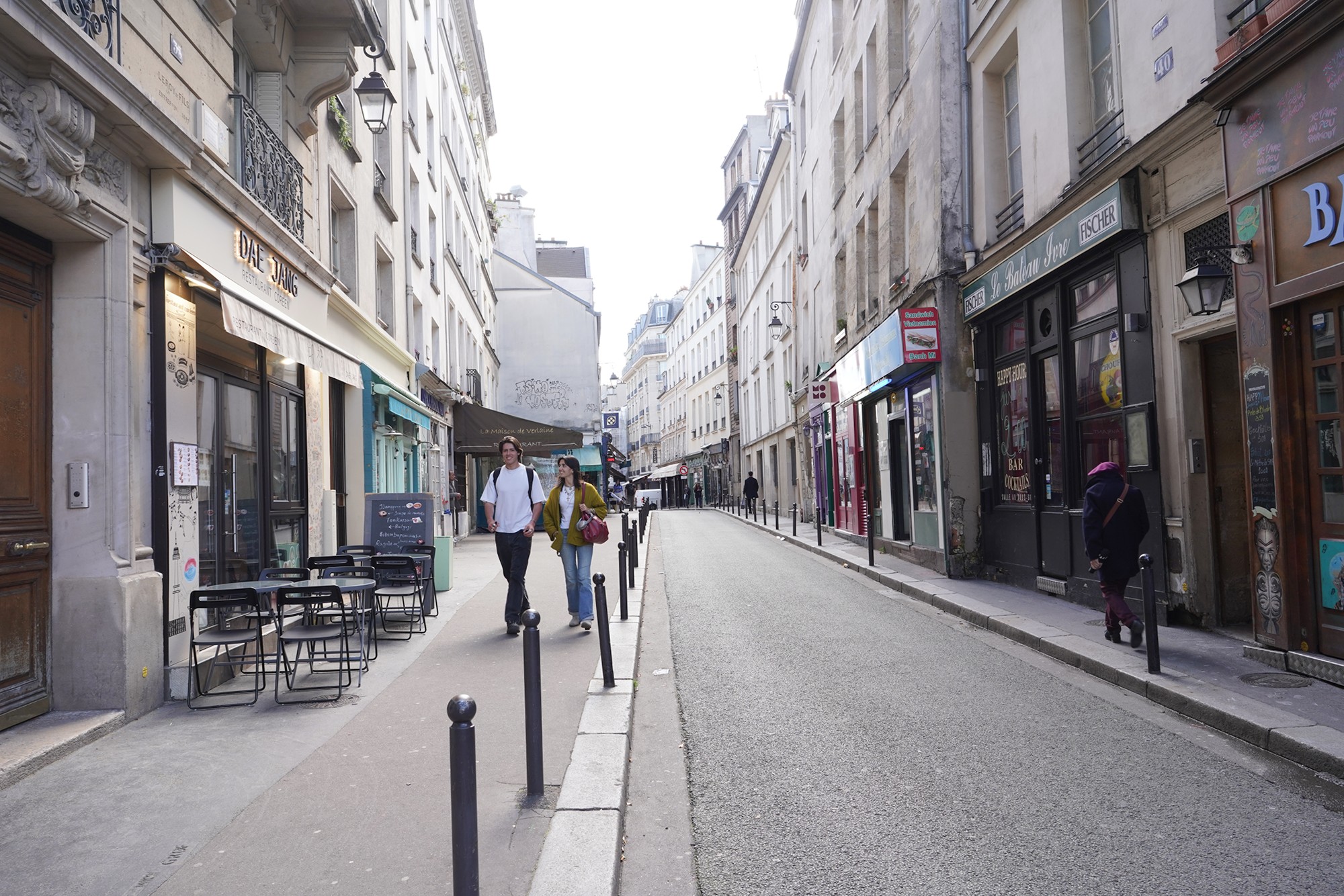
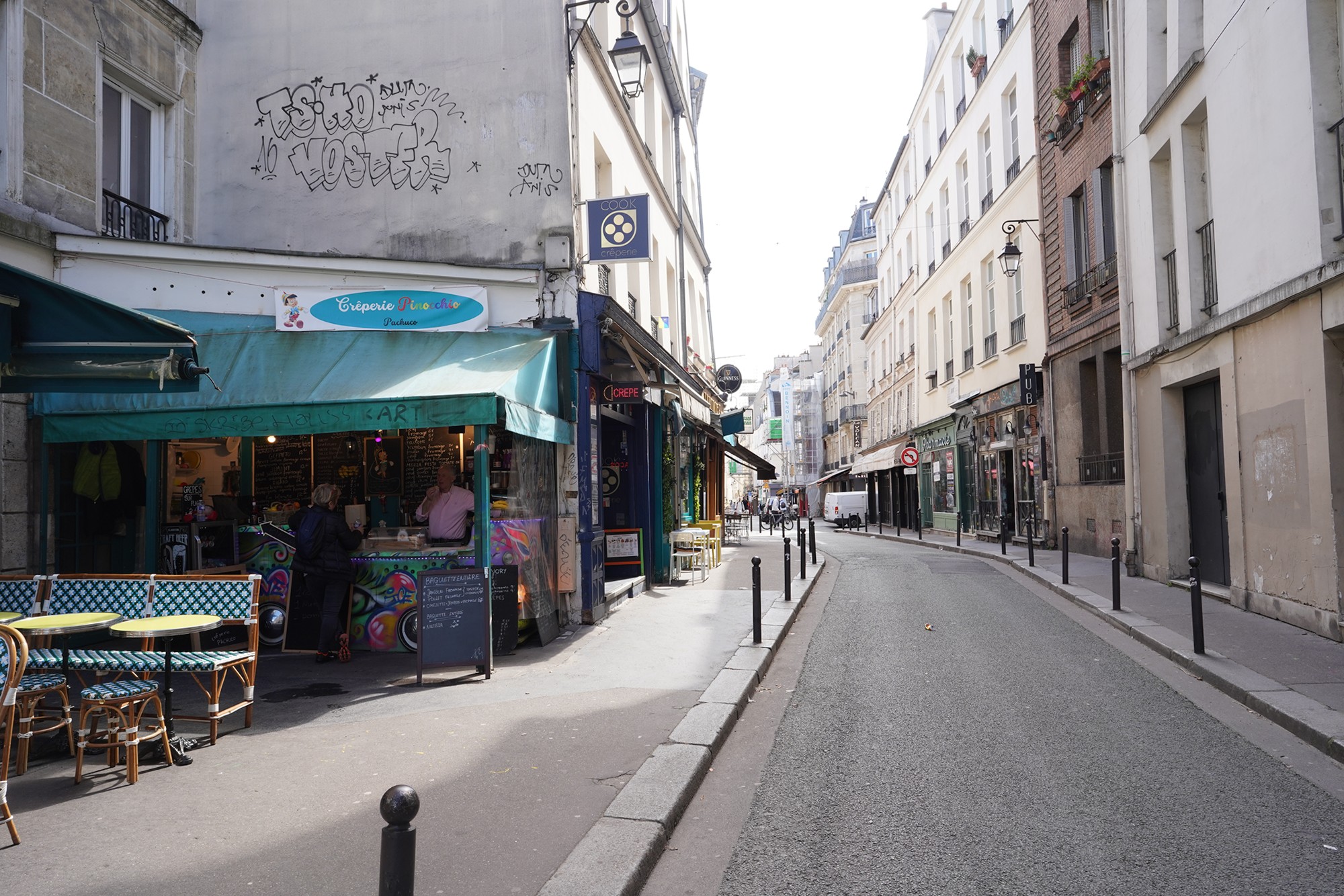
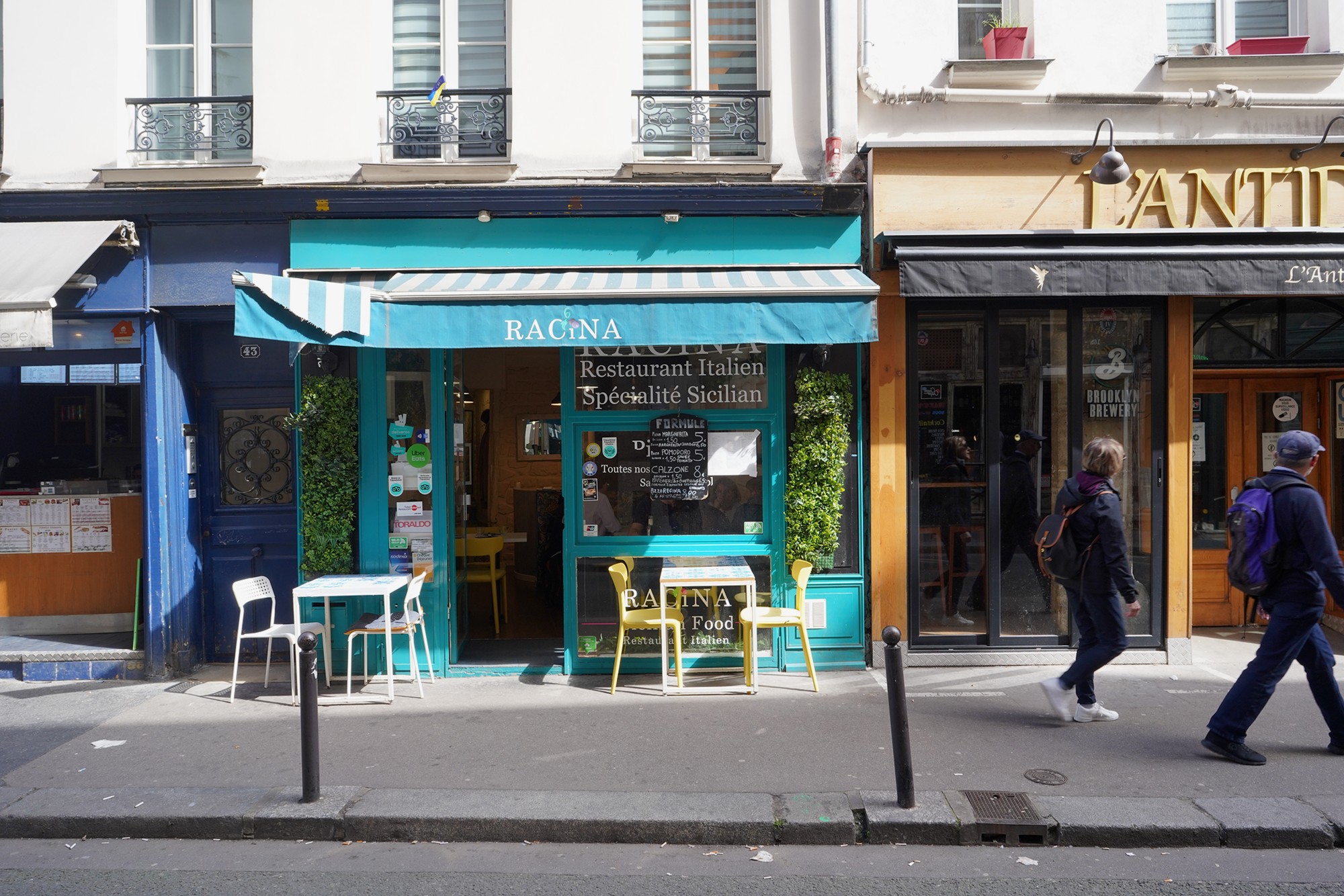
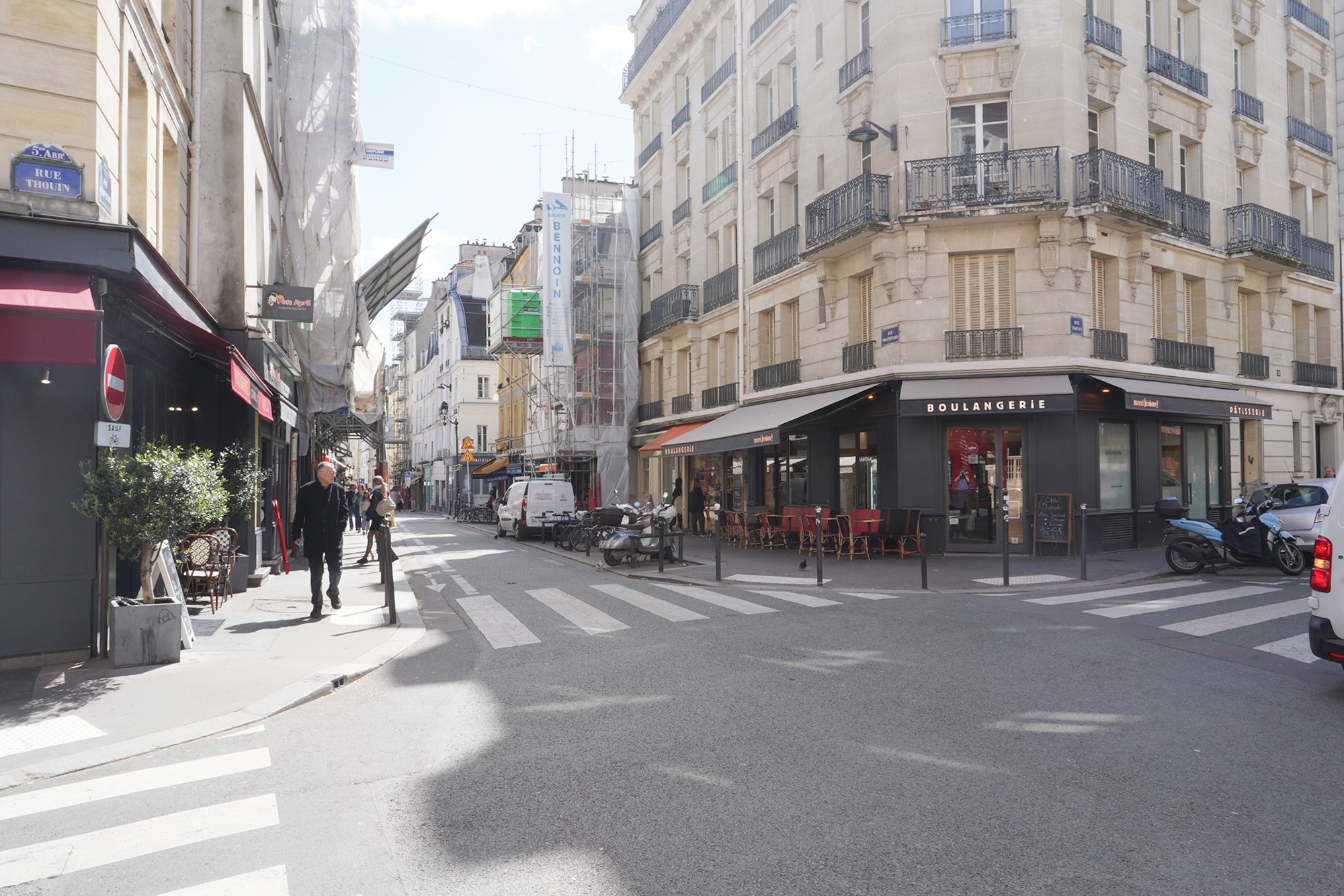
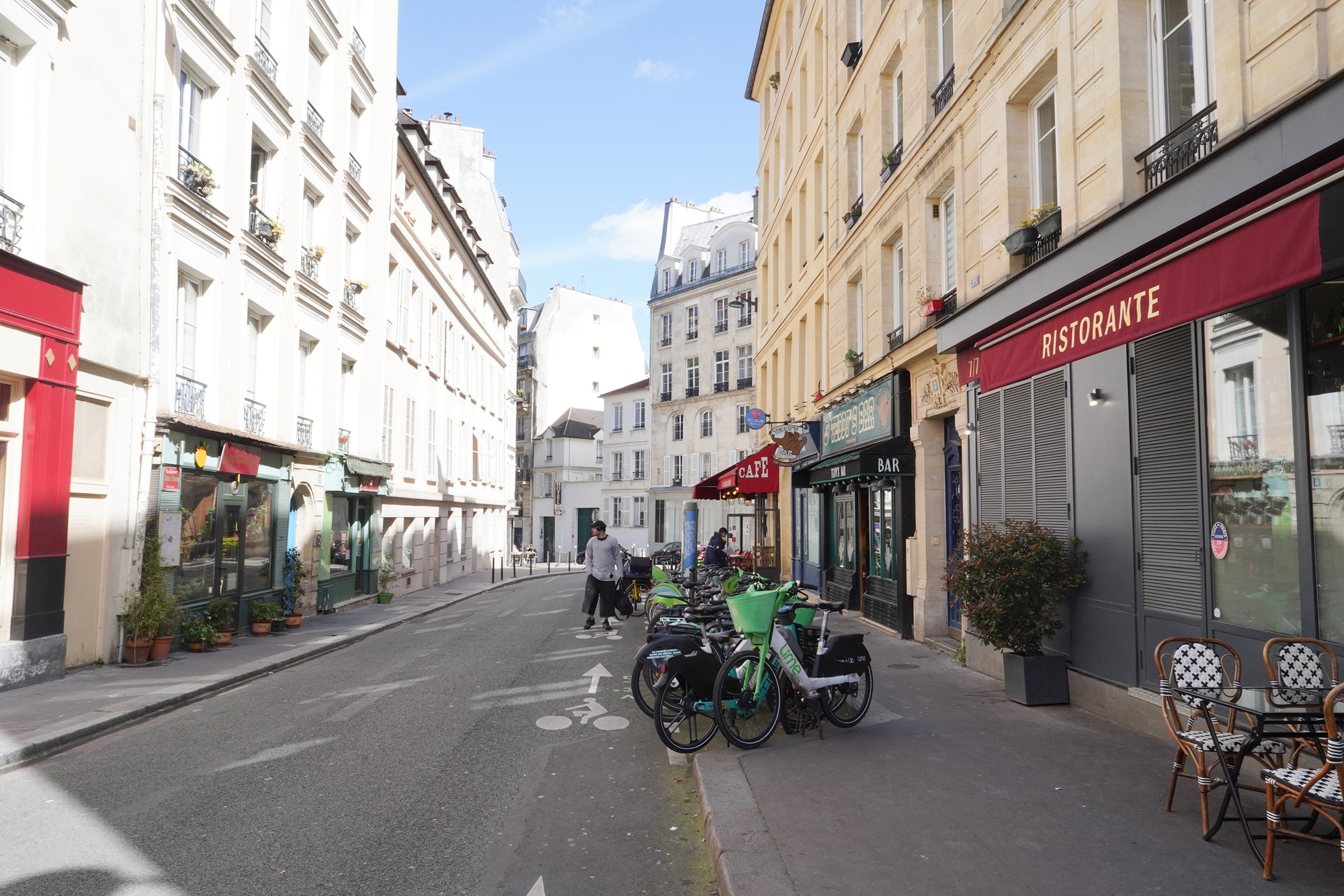
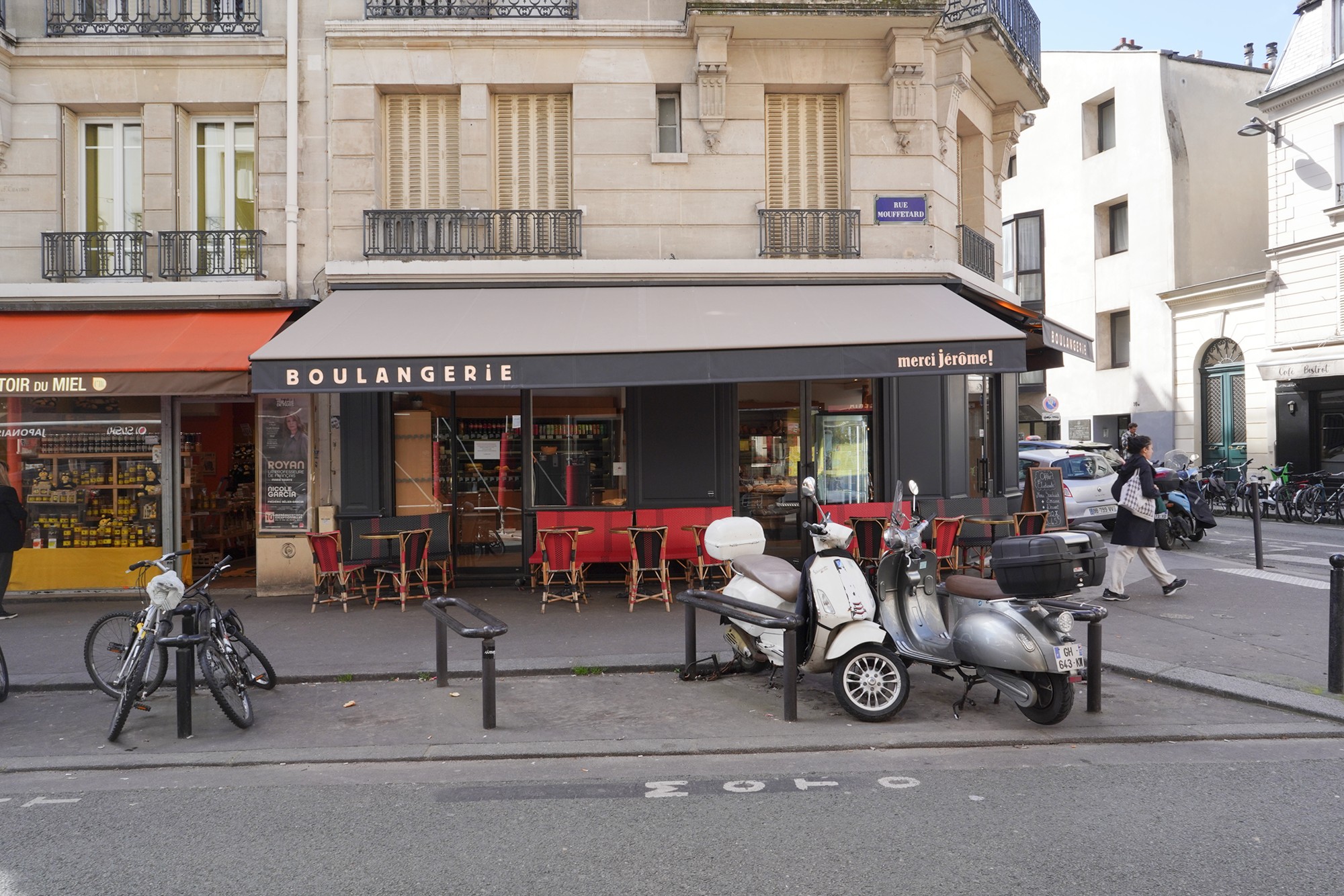
Plaza. de la Contrescarpe
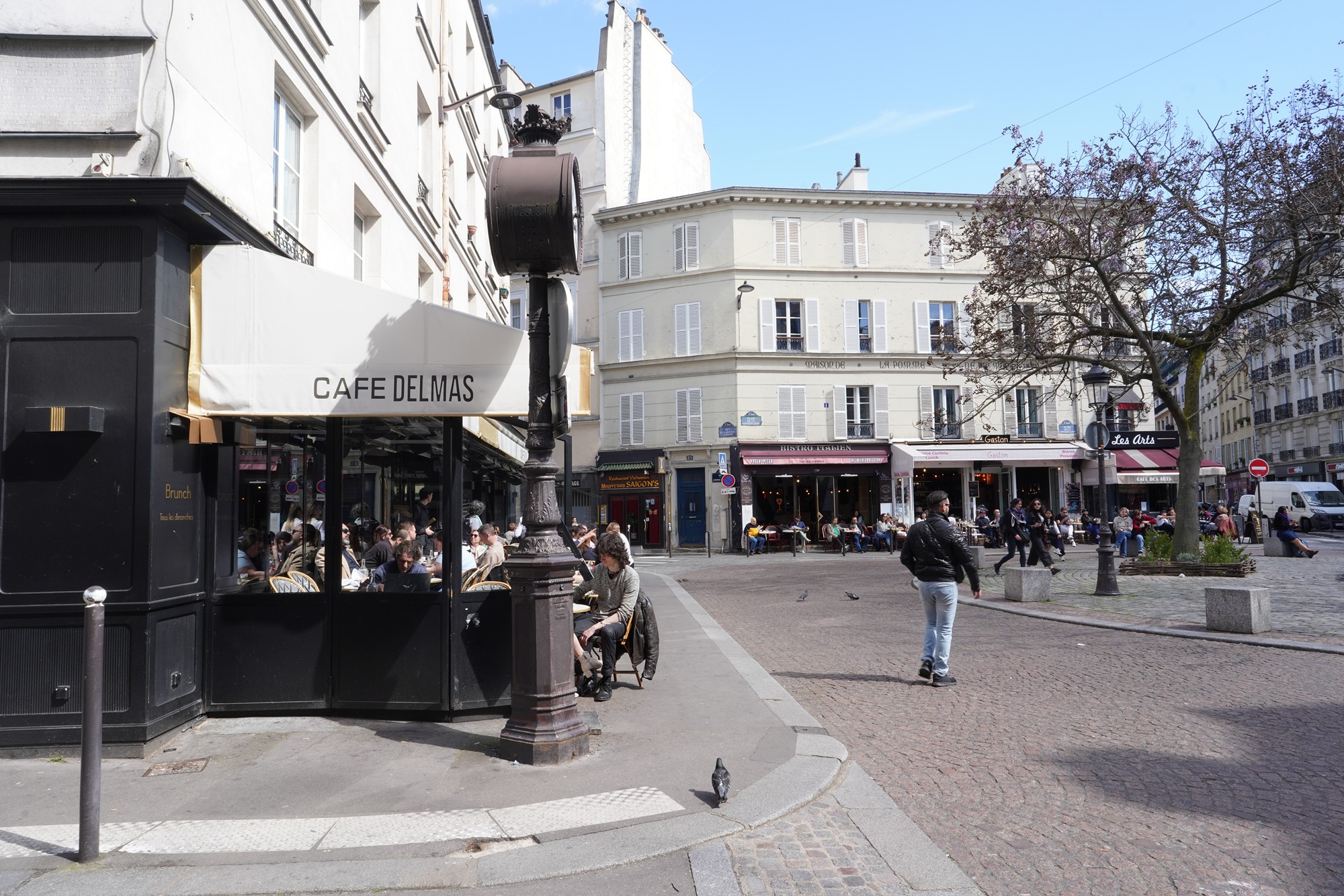
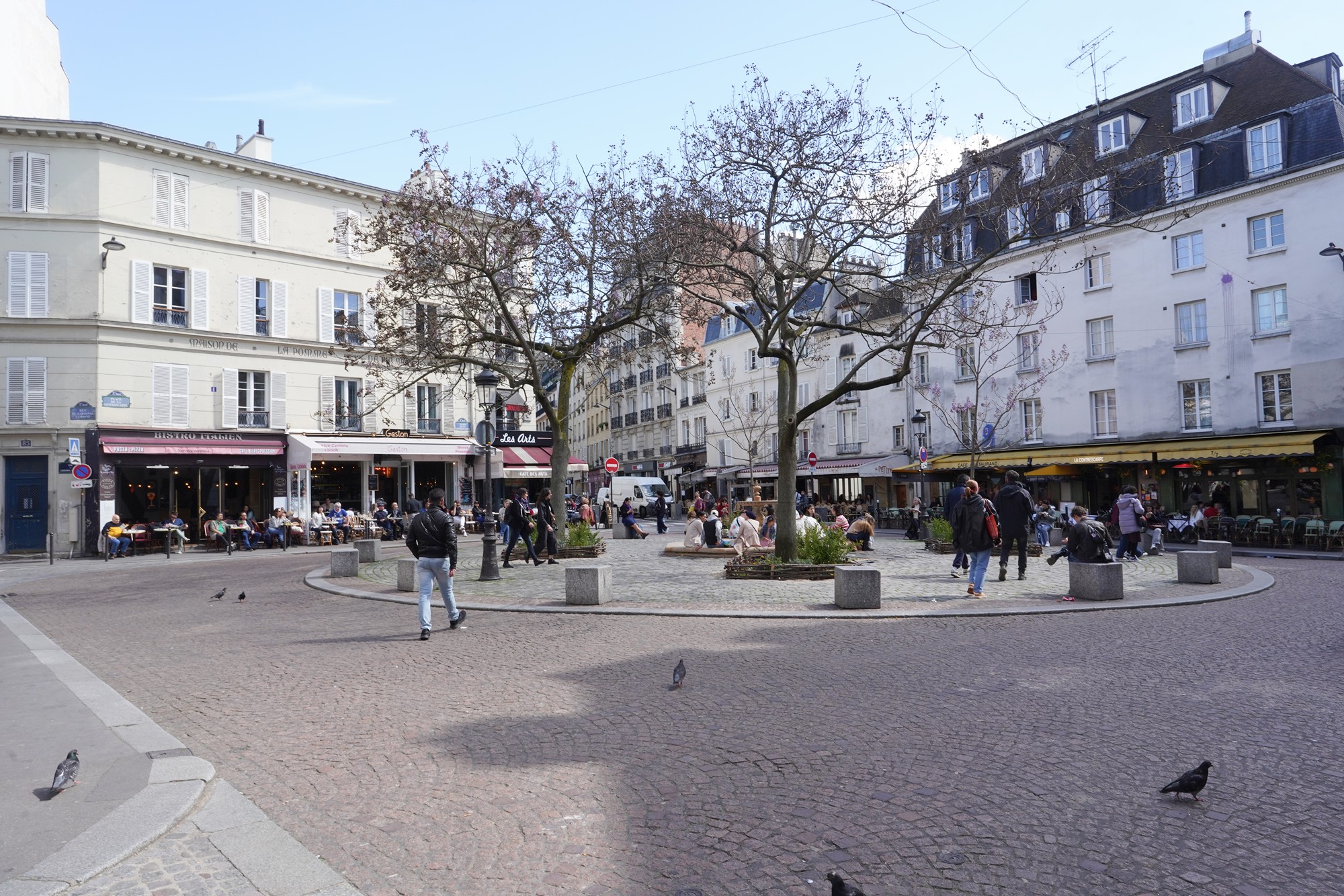
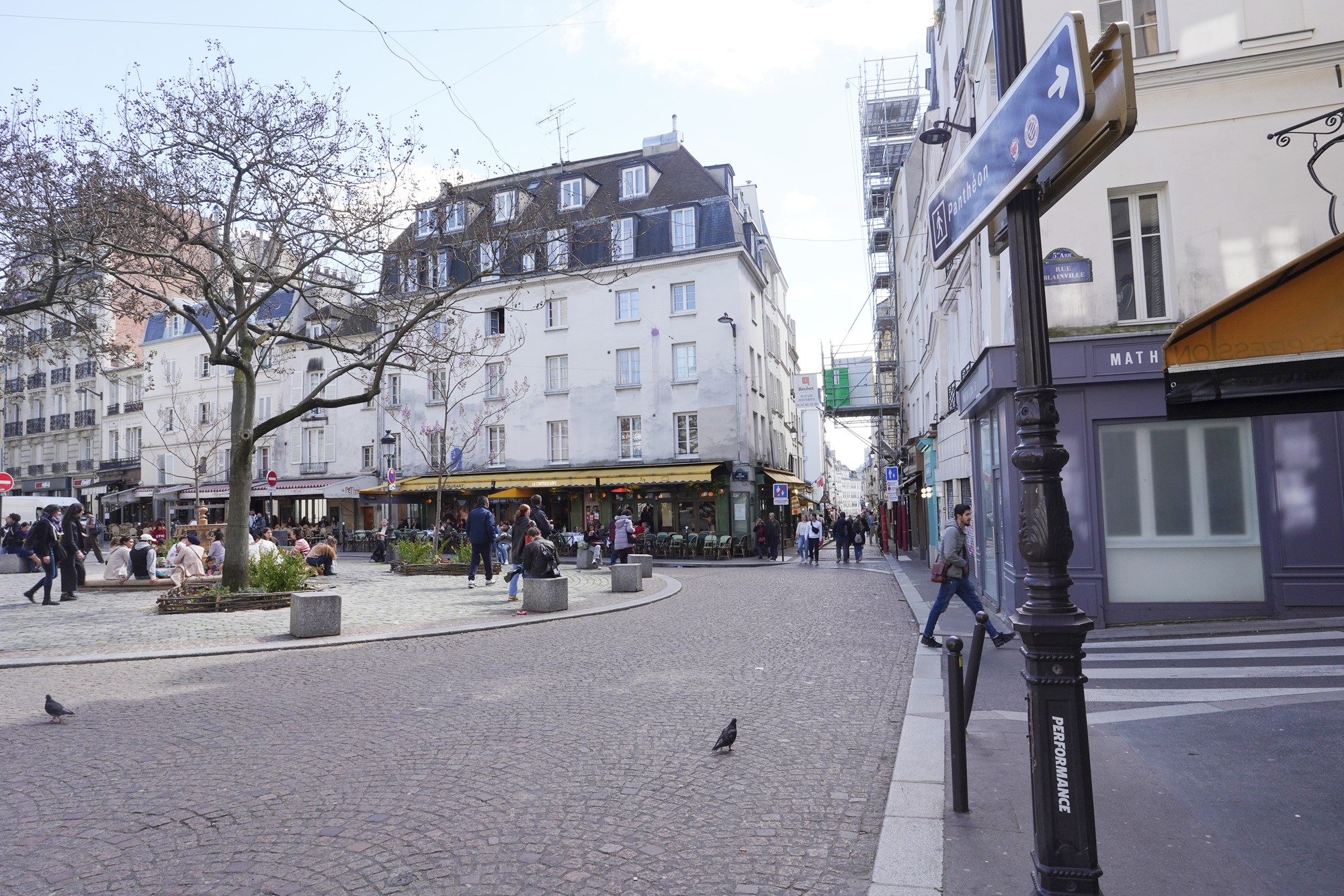
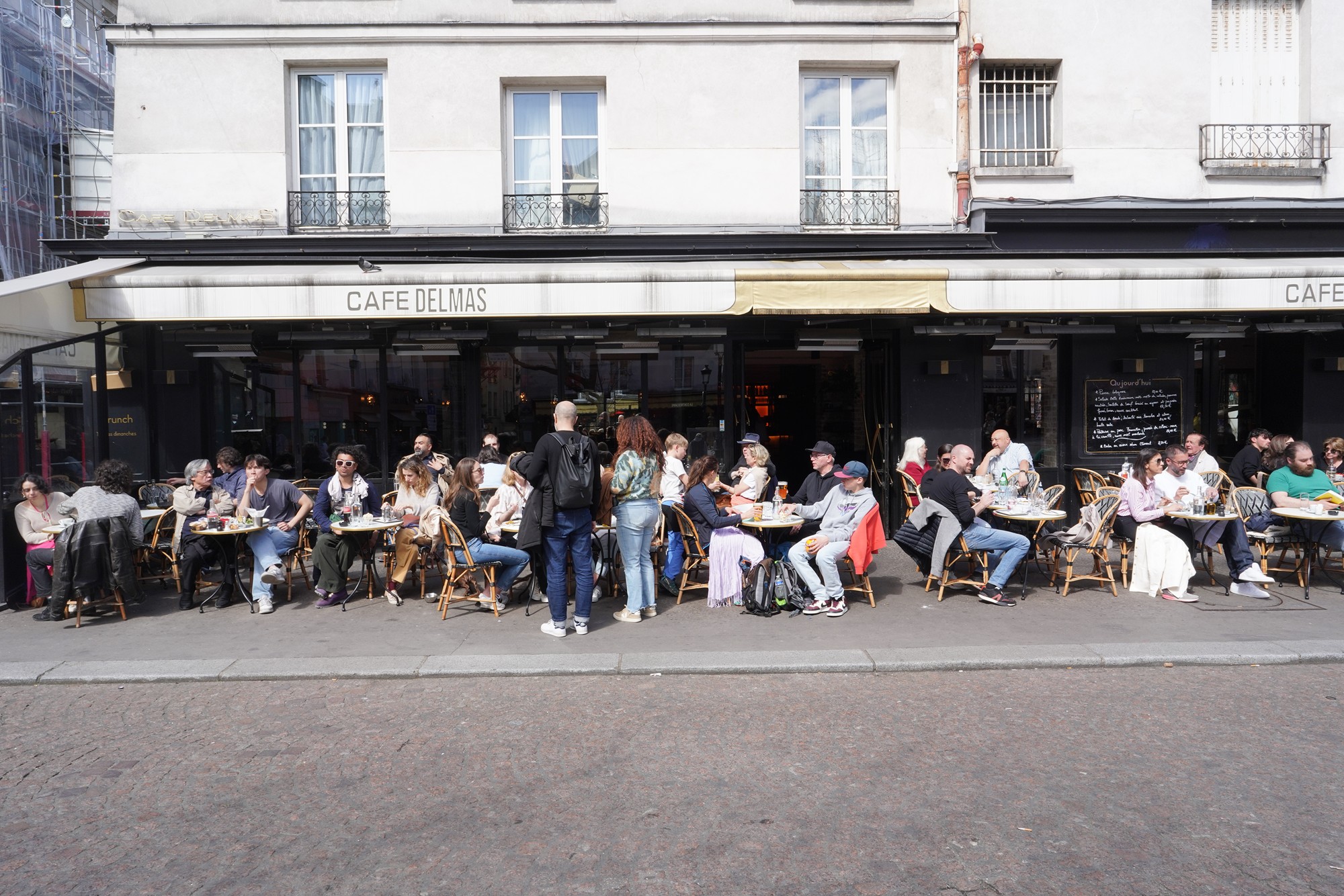
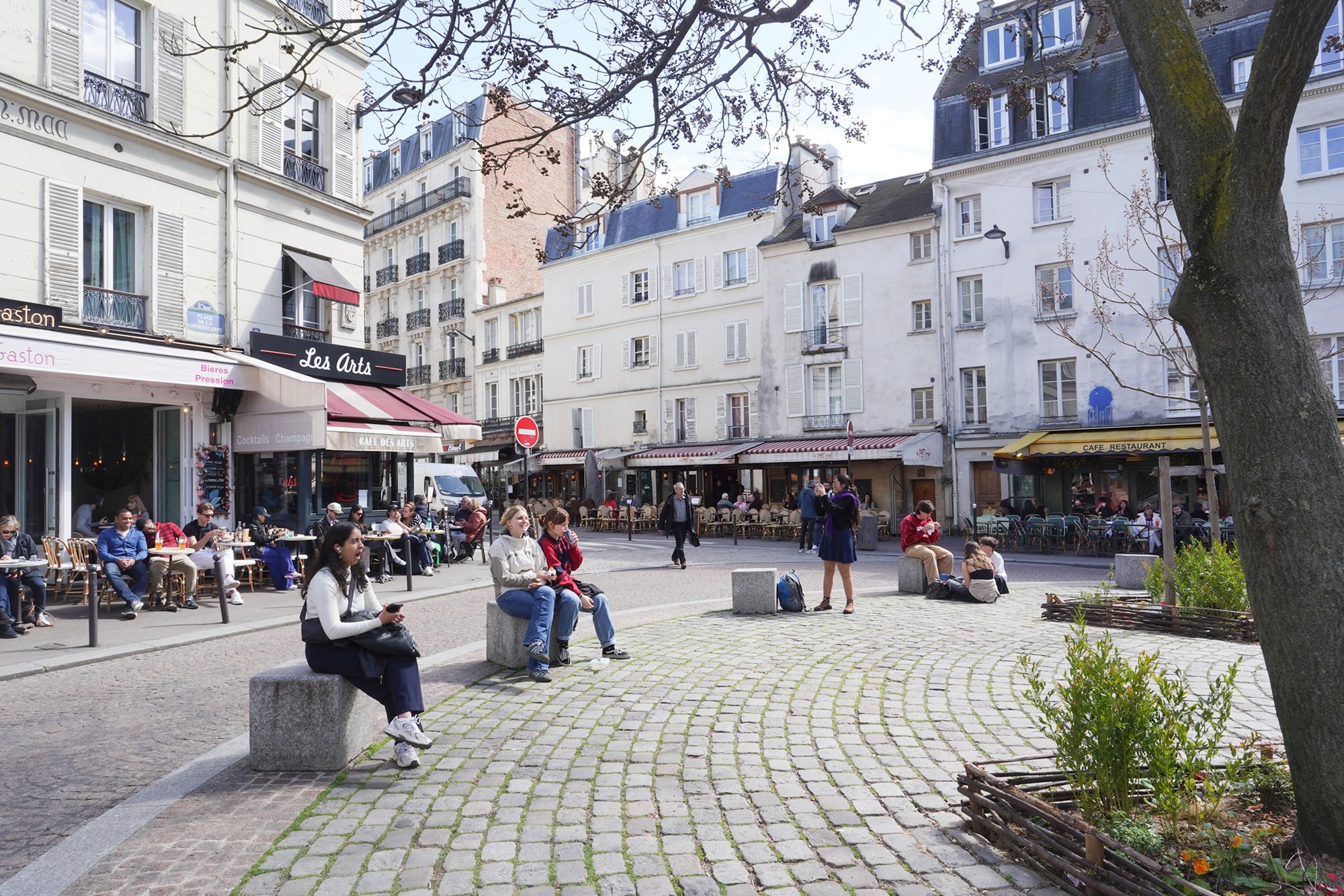
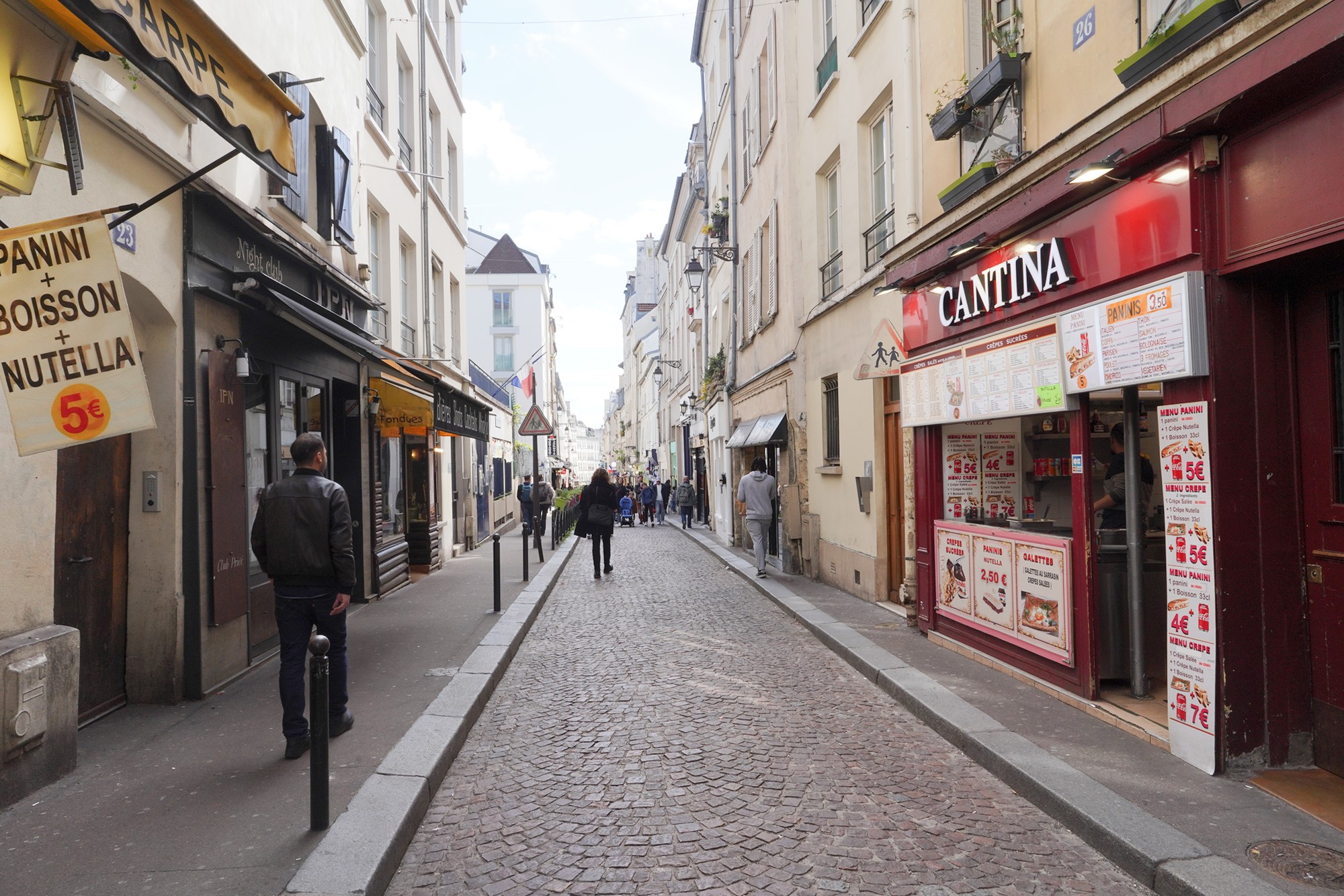
Rue Mouffetard Street
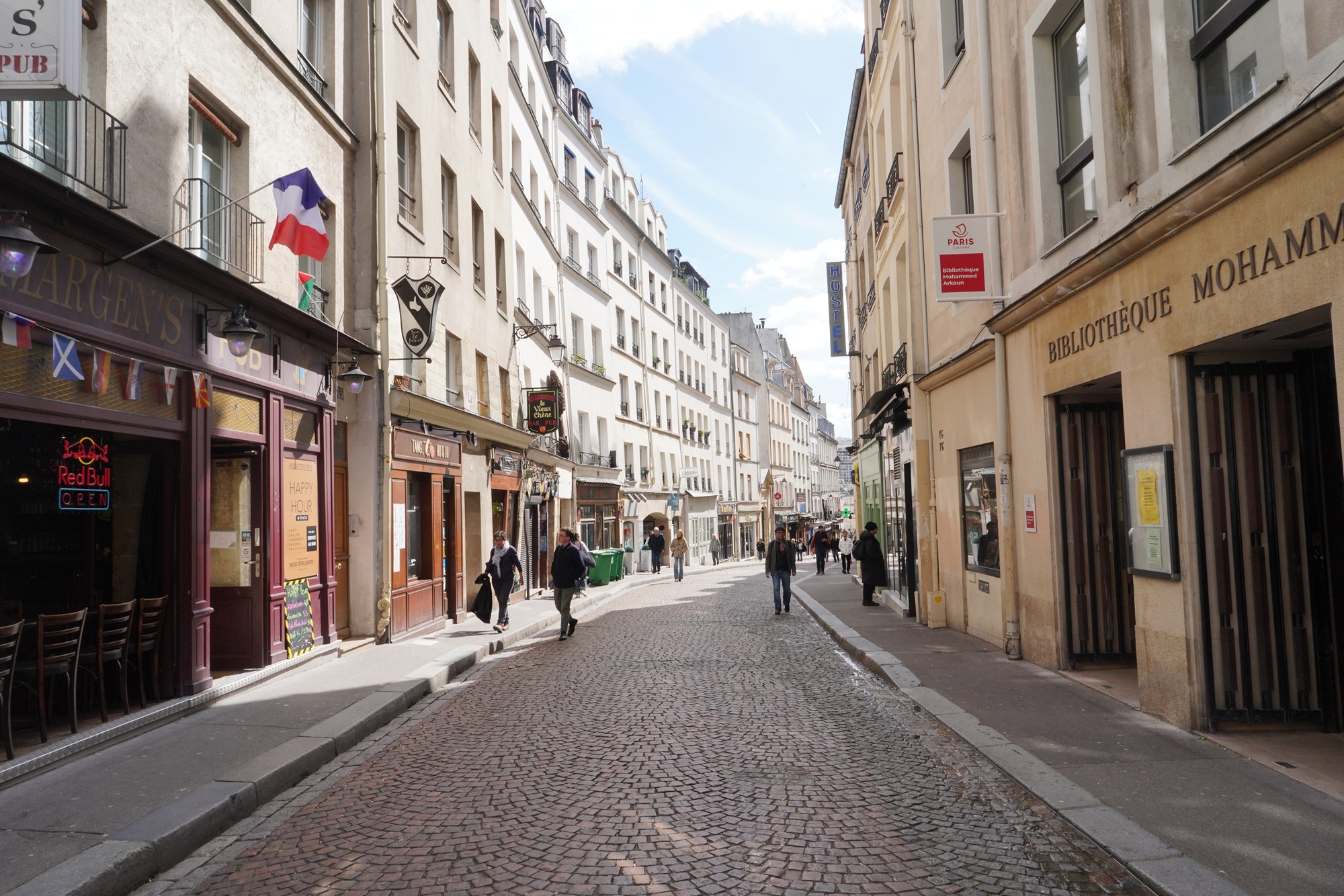
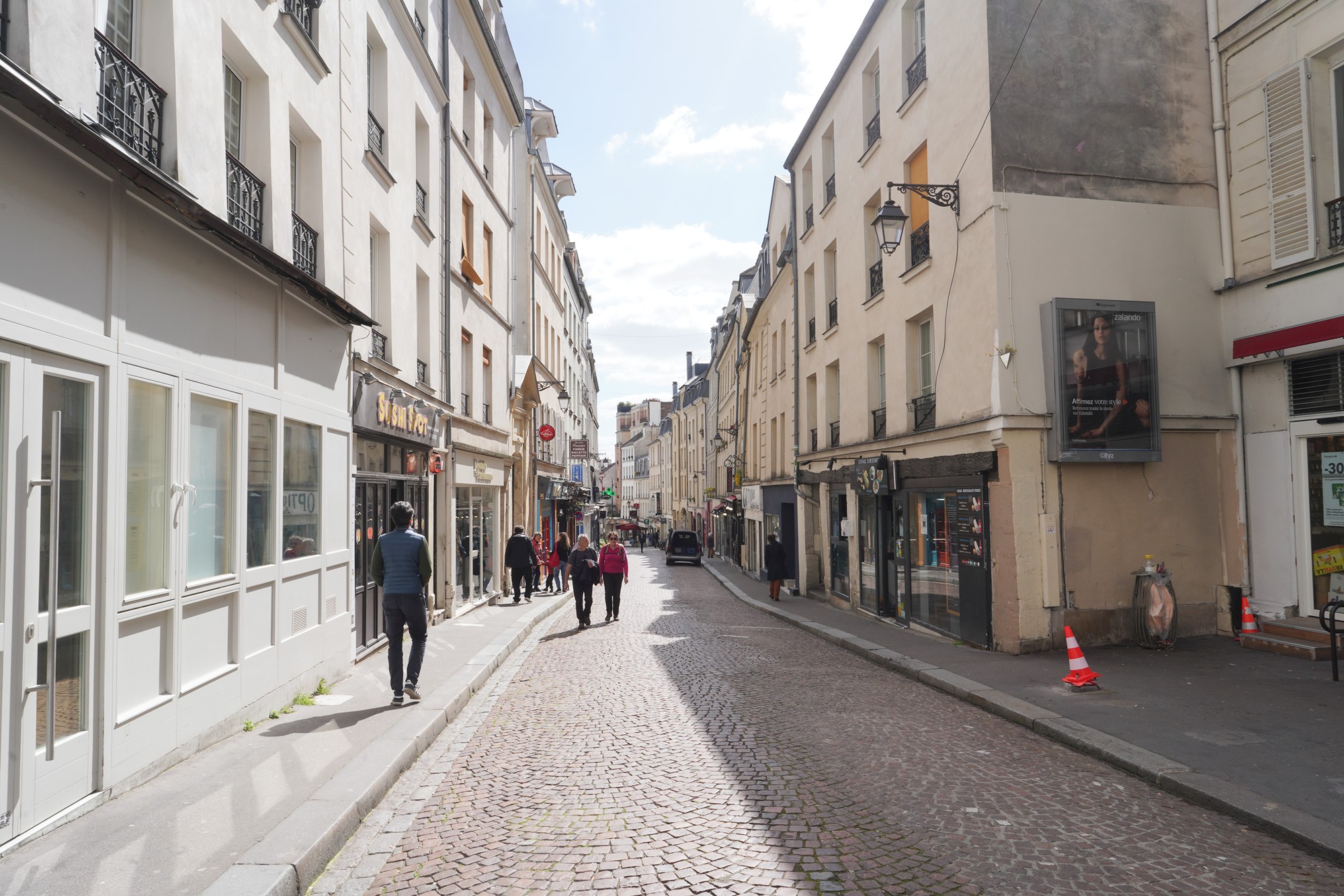
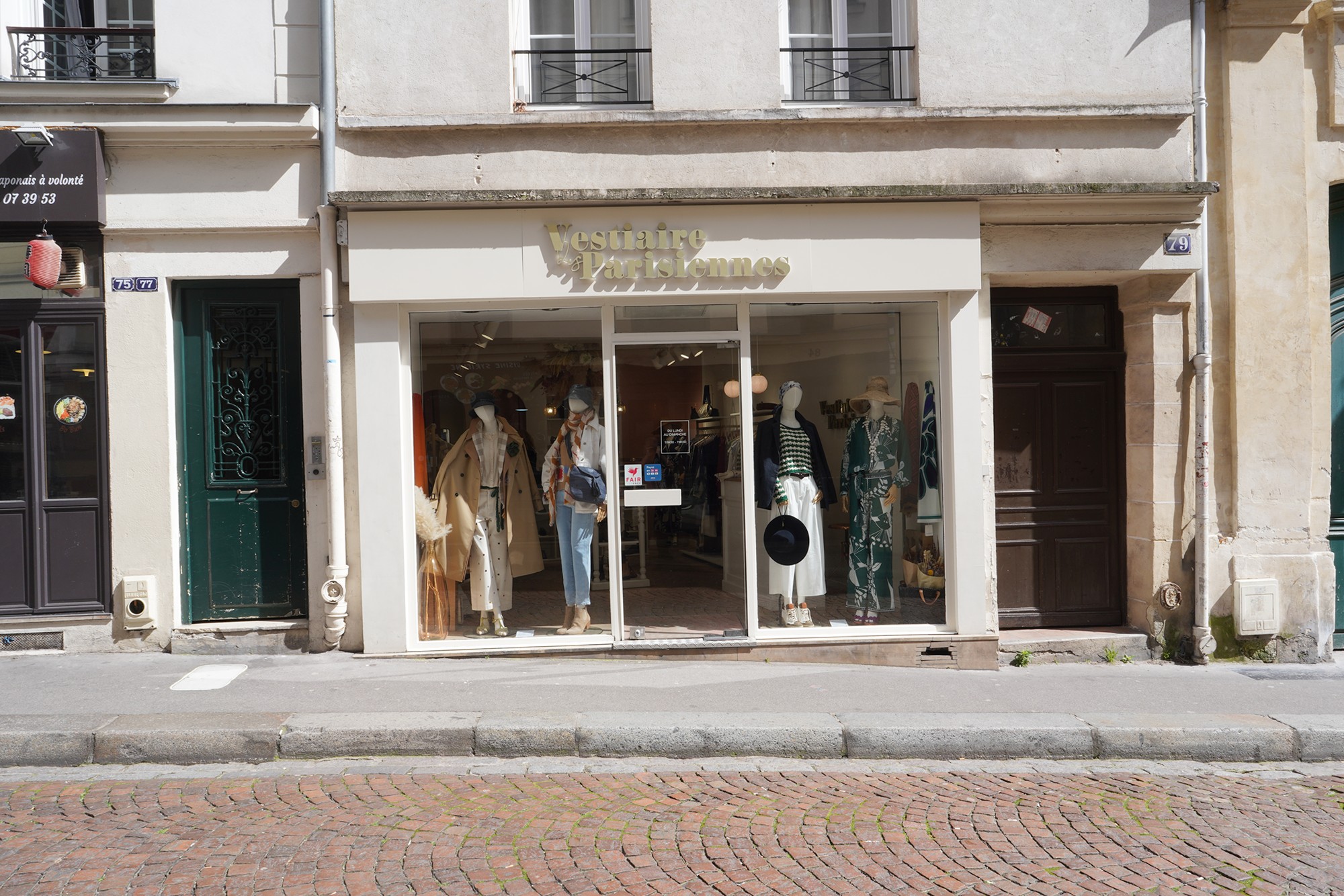
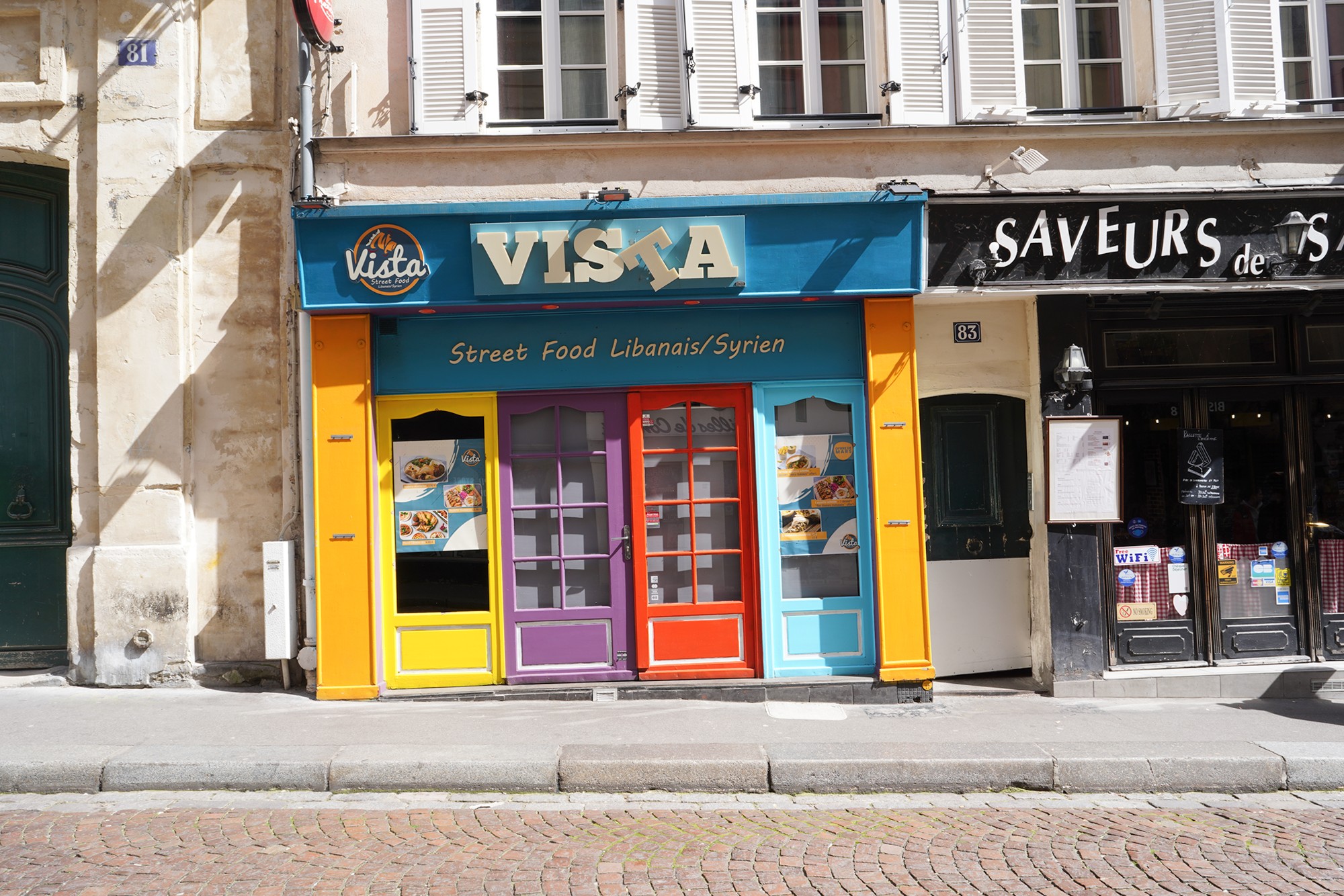
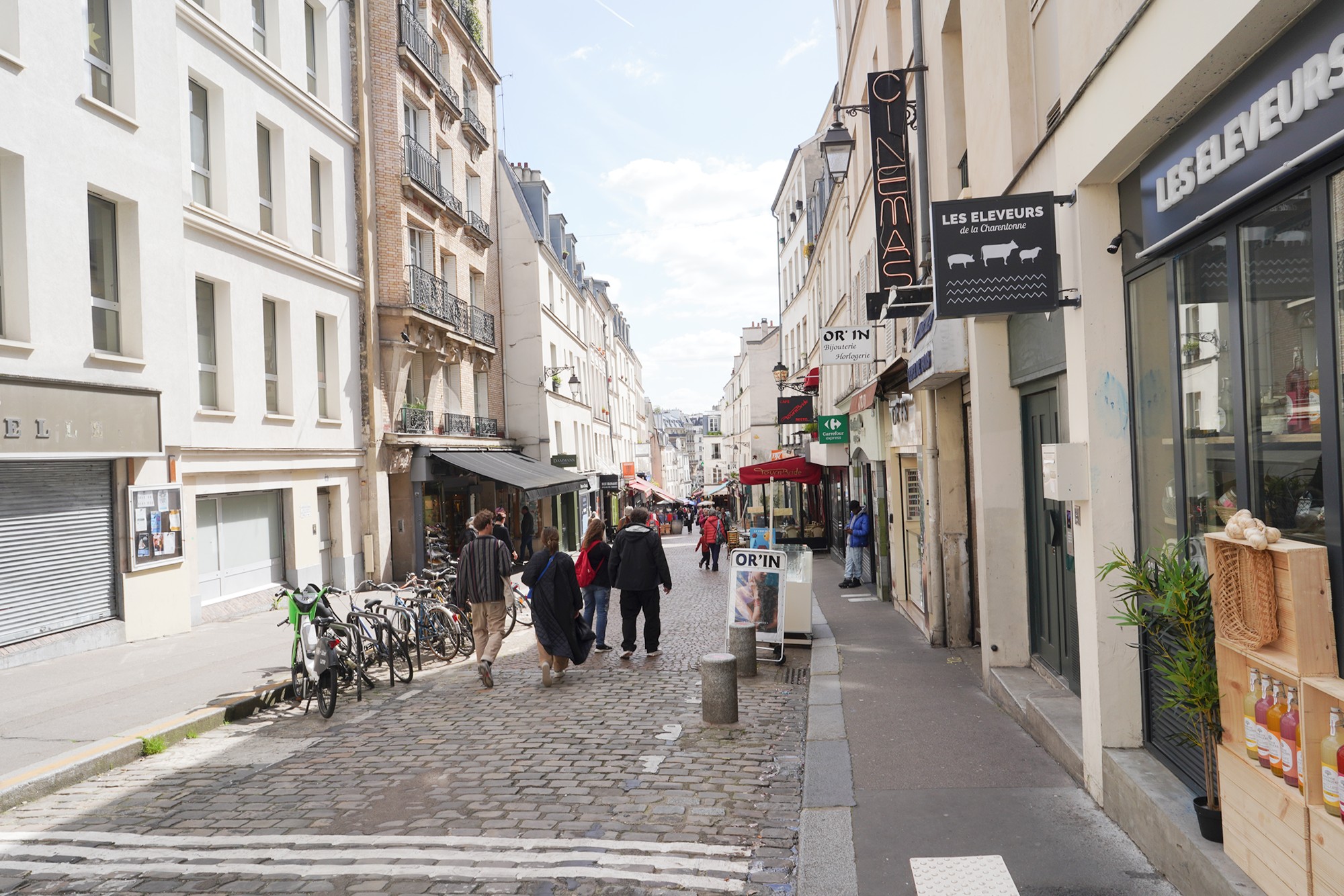
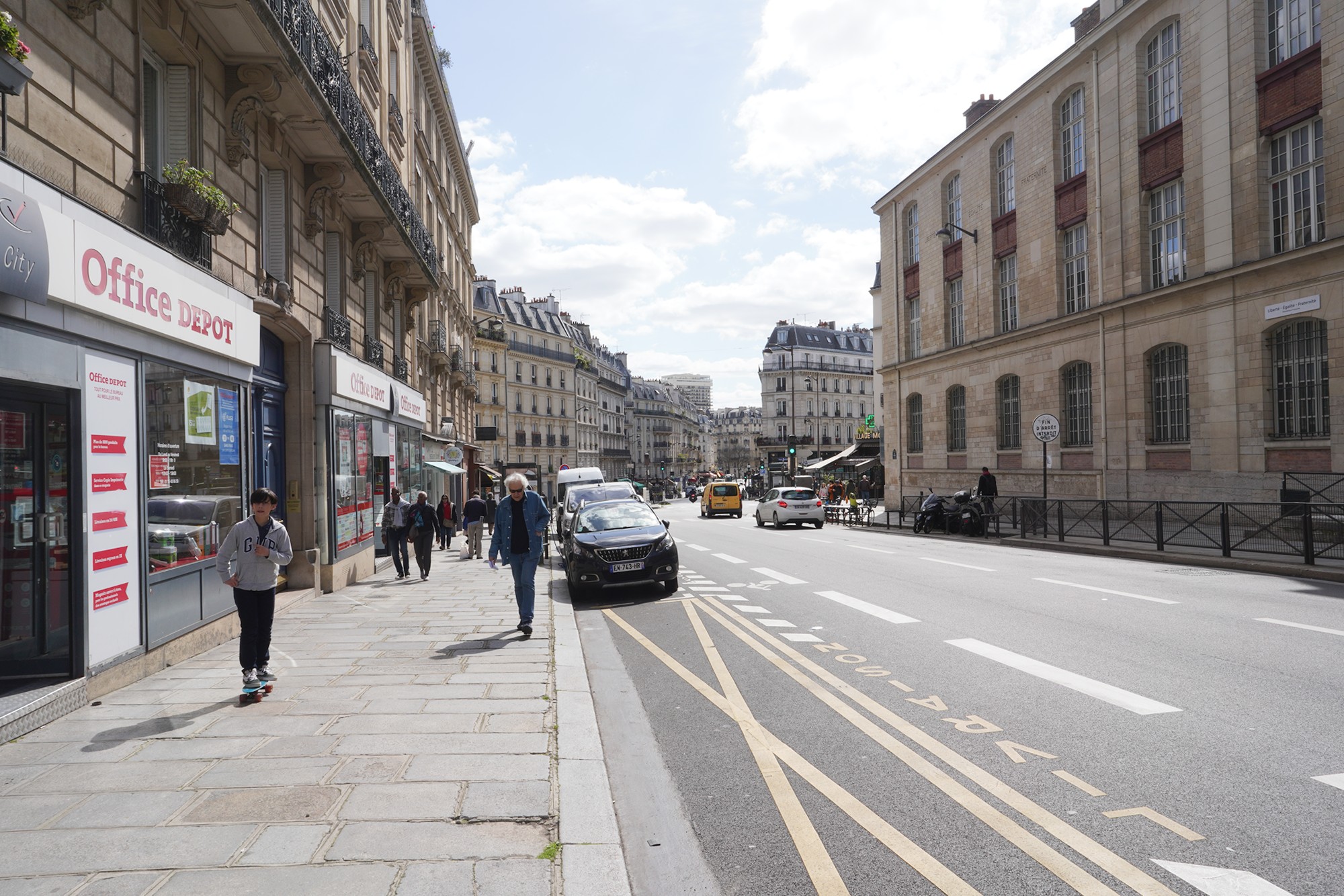
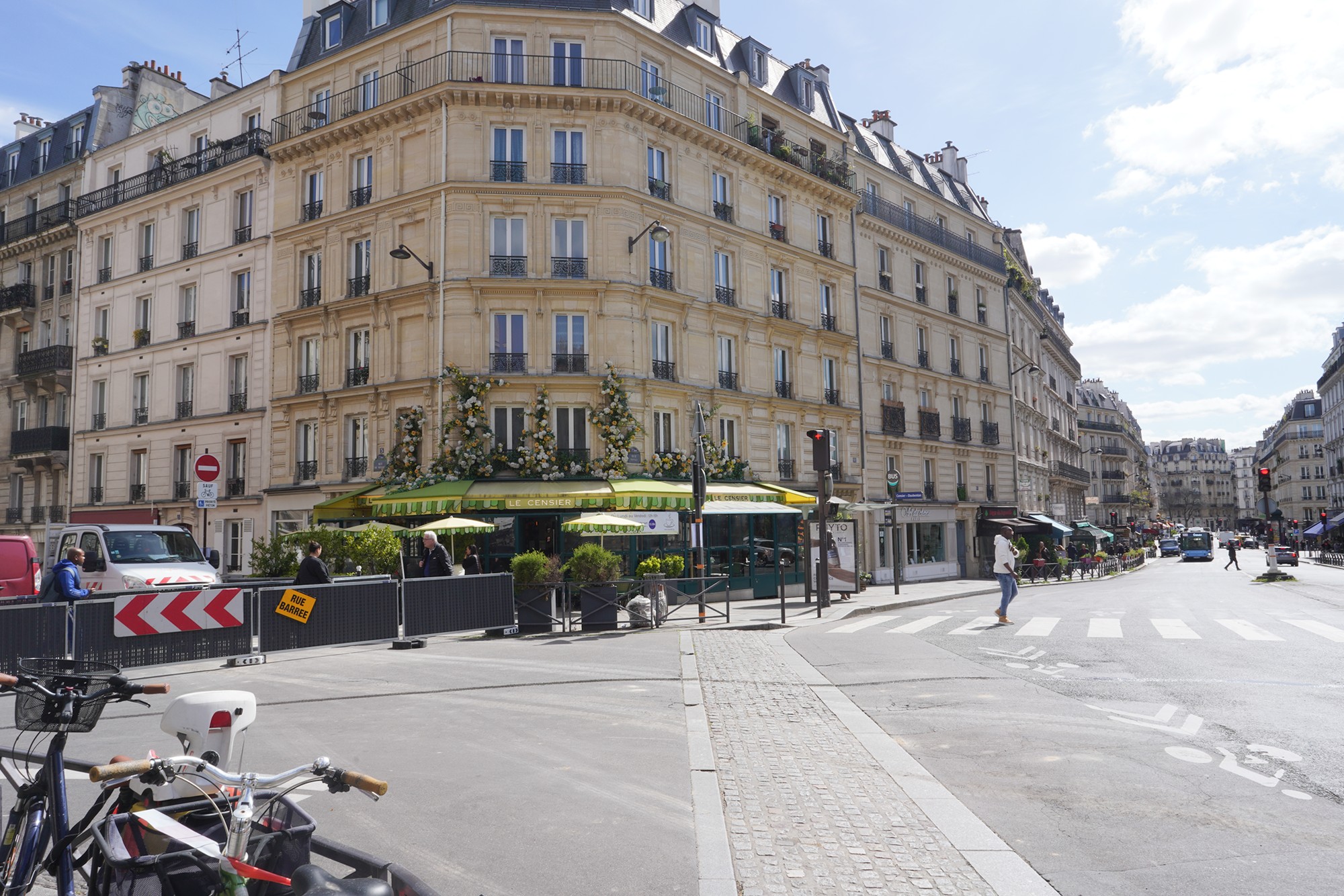
Rue Monge Street
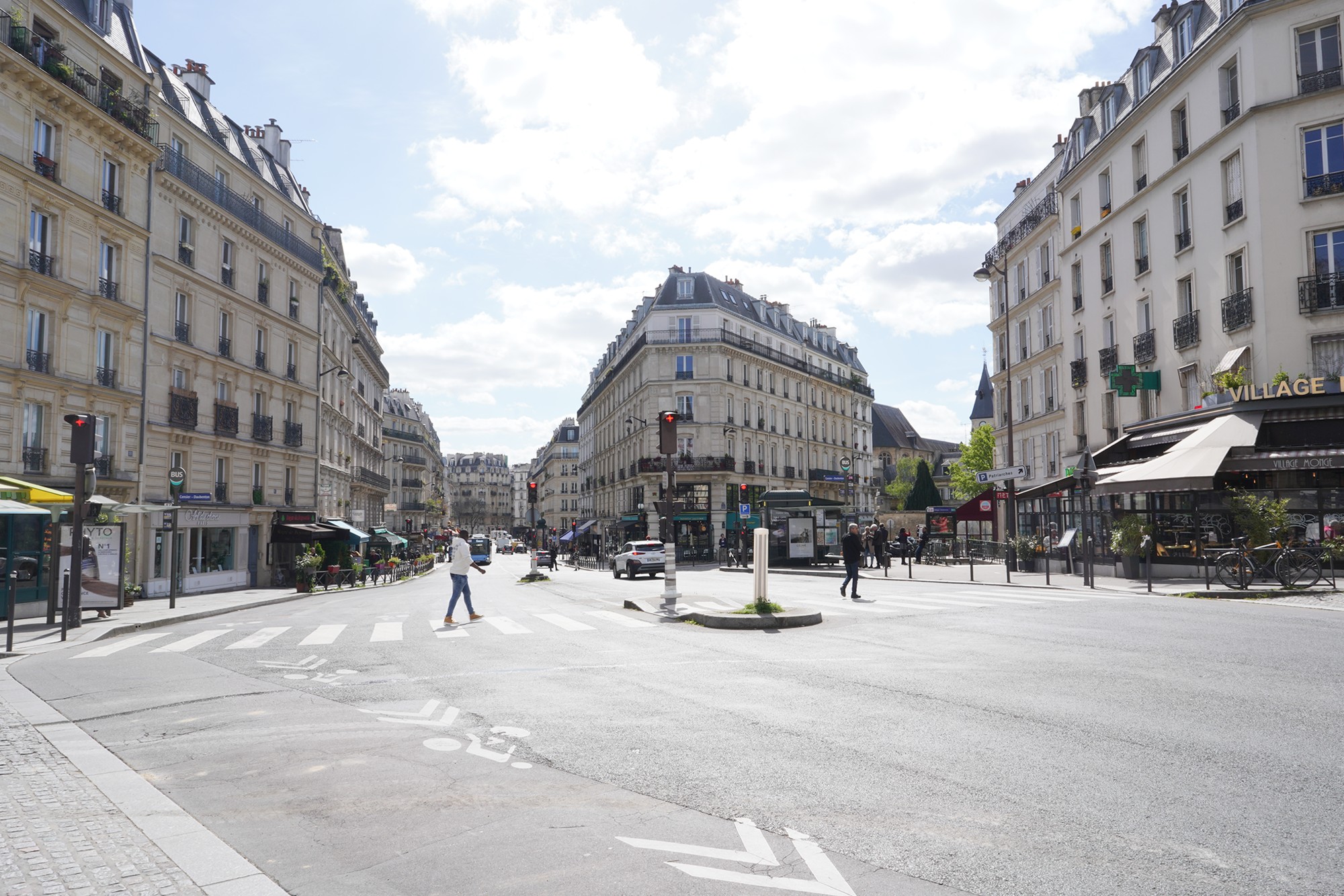
From here, I took a bus to the Shakespeare and Company Bookstore.
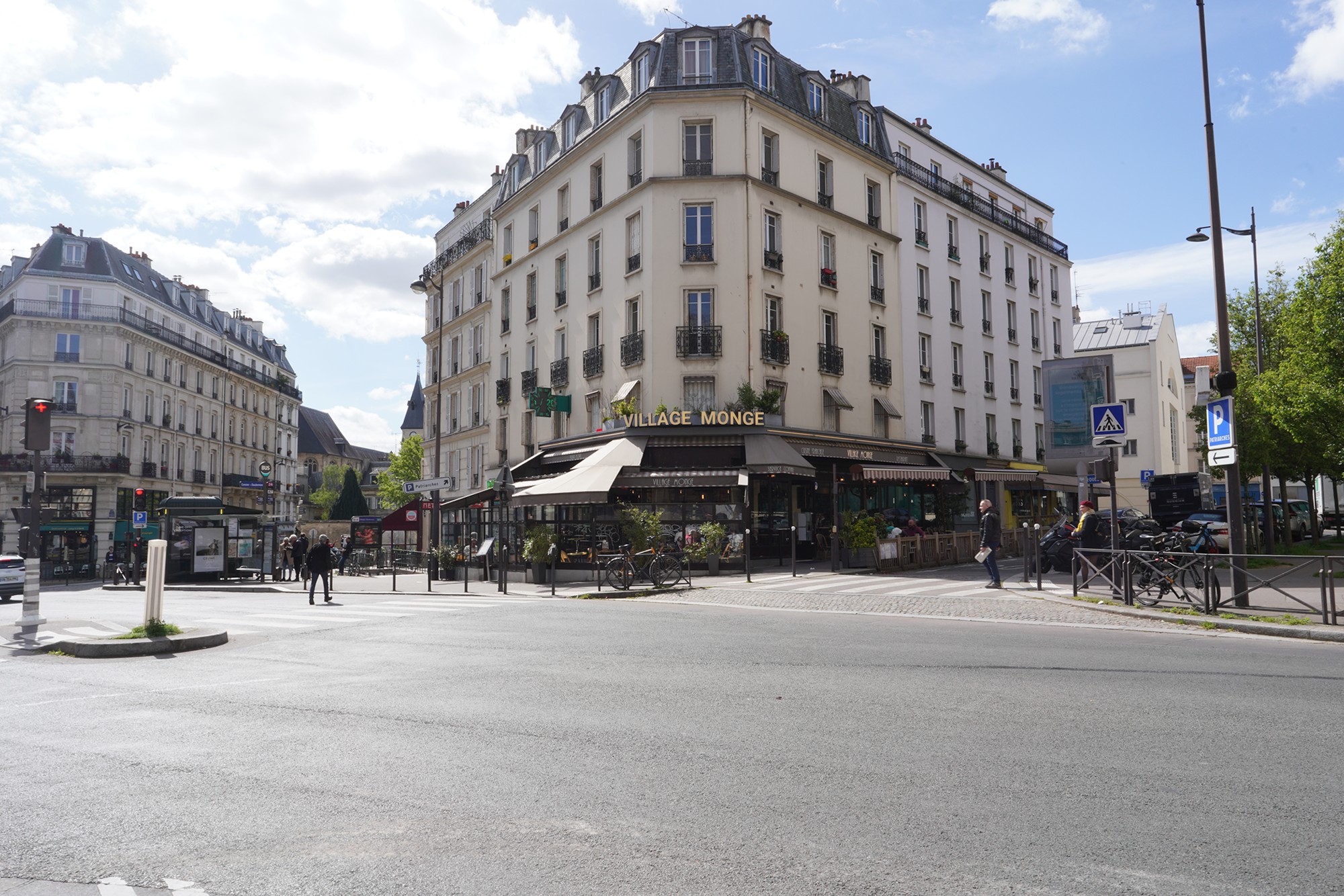
Came back to near the Cathédrale Notre-Dame de Paris
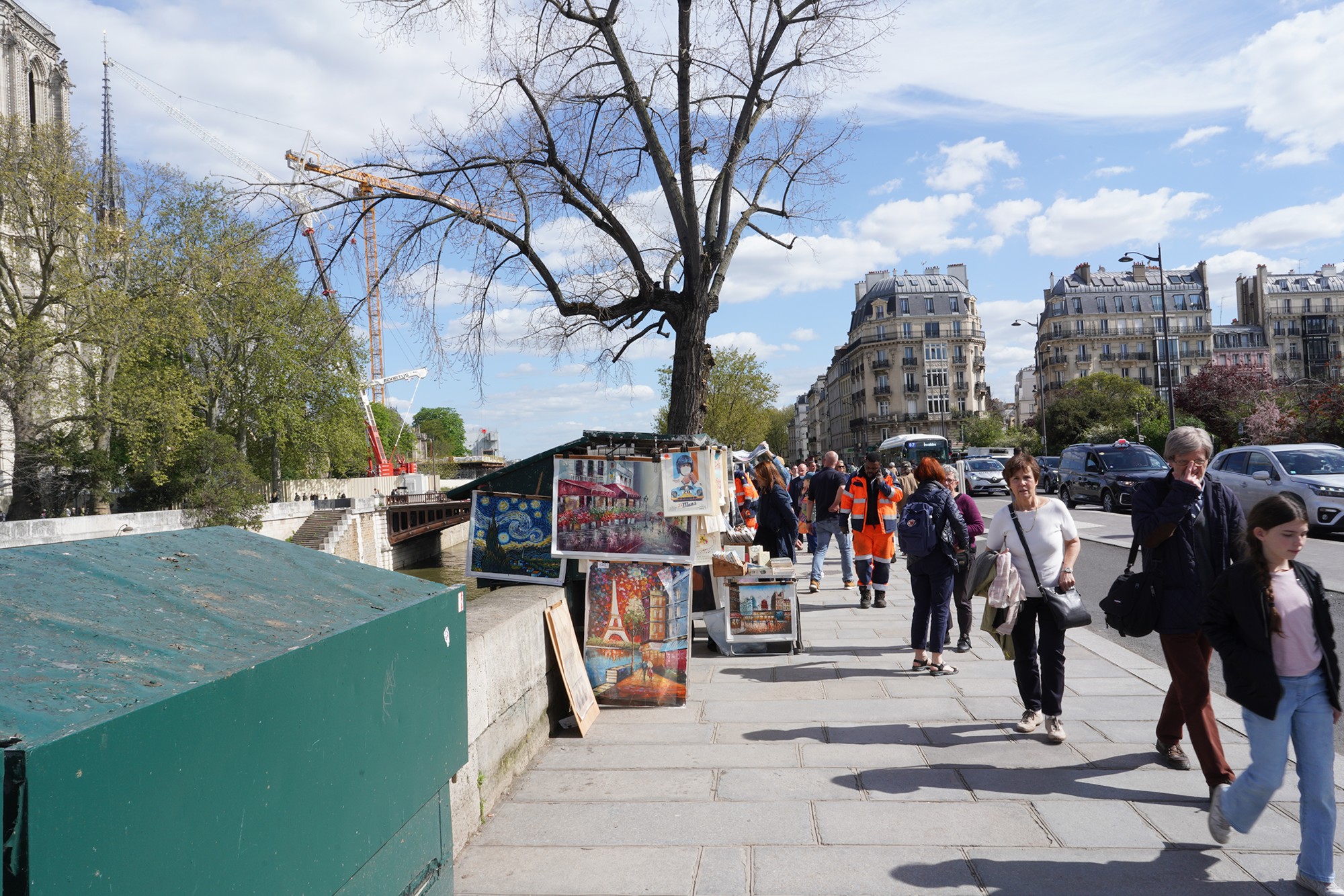
Walking to Shakespeare and Company
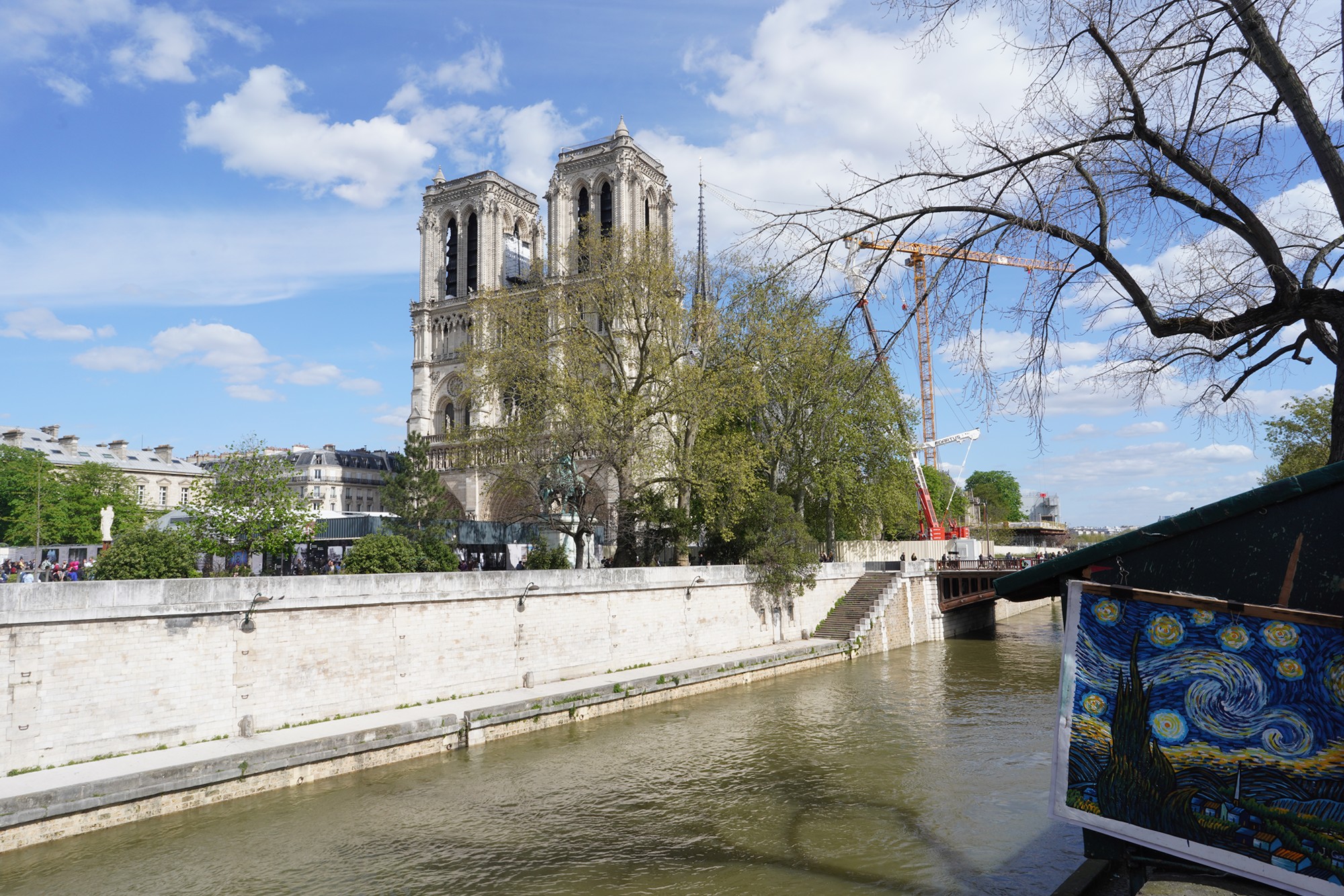
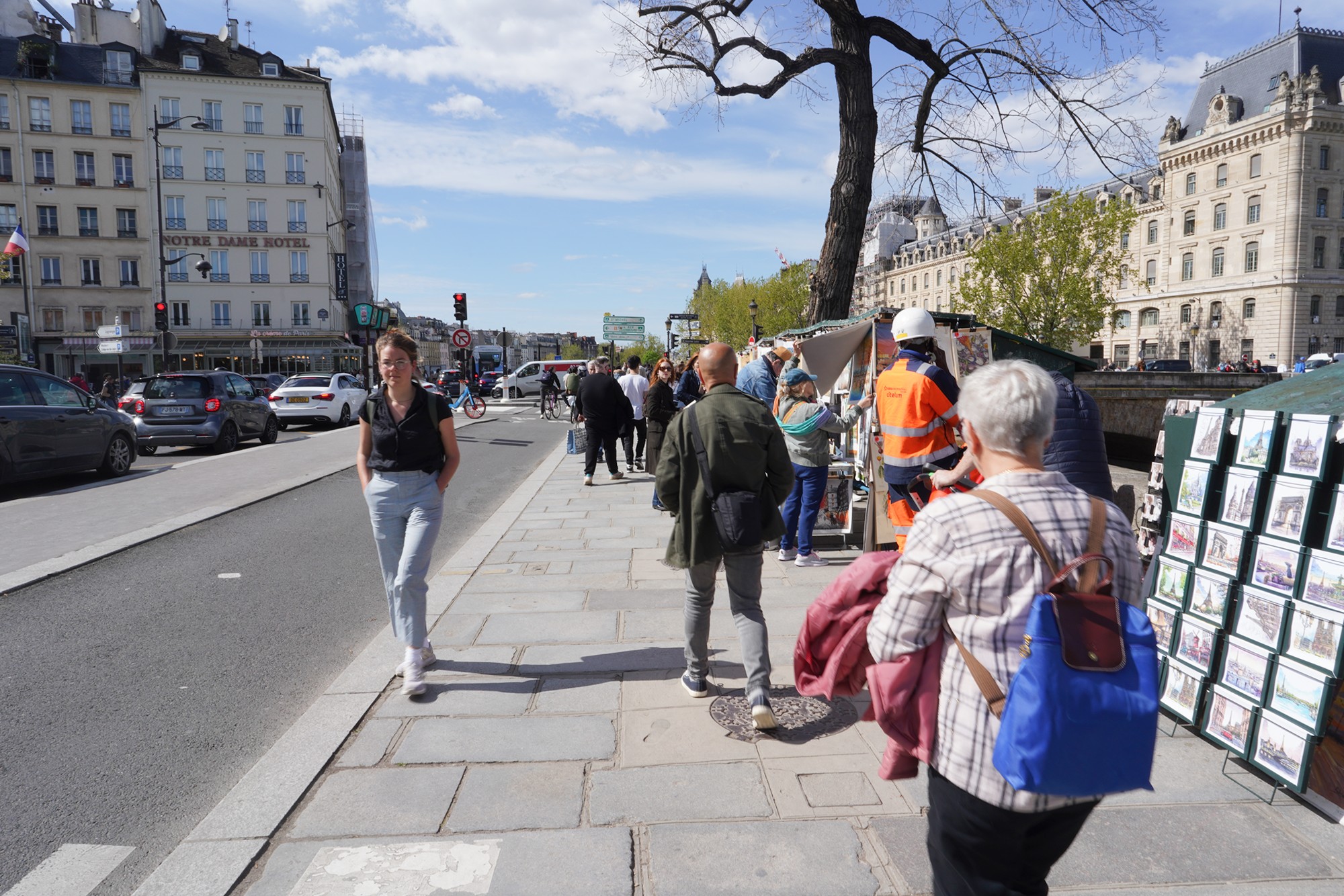
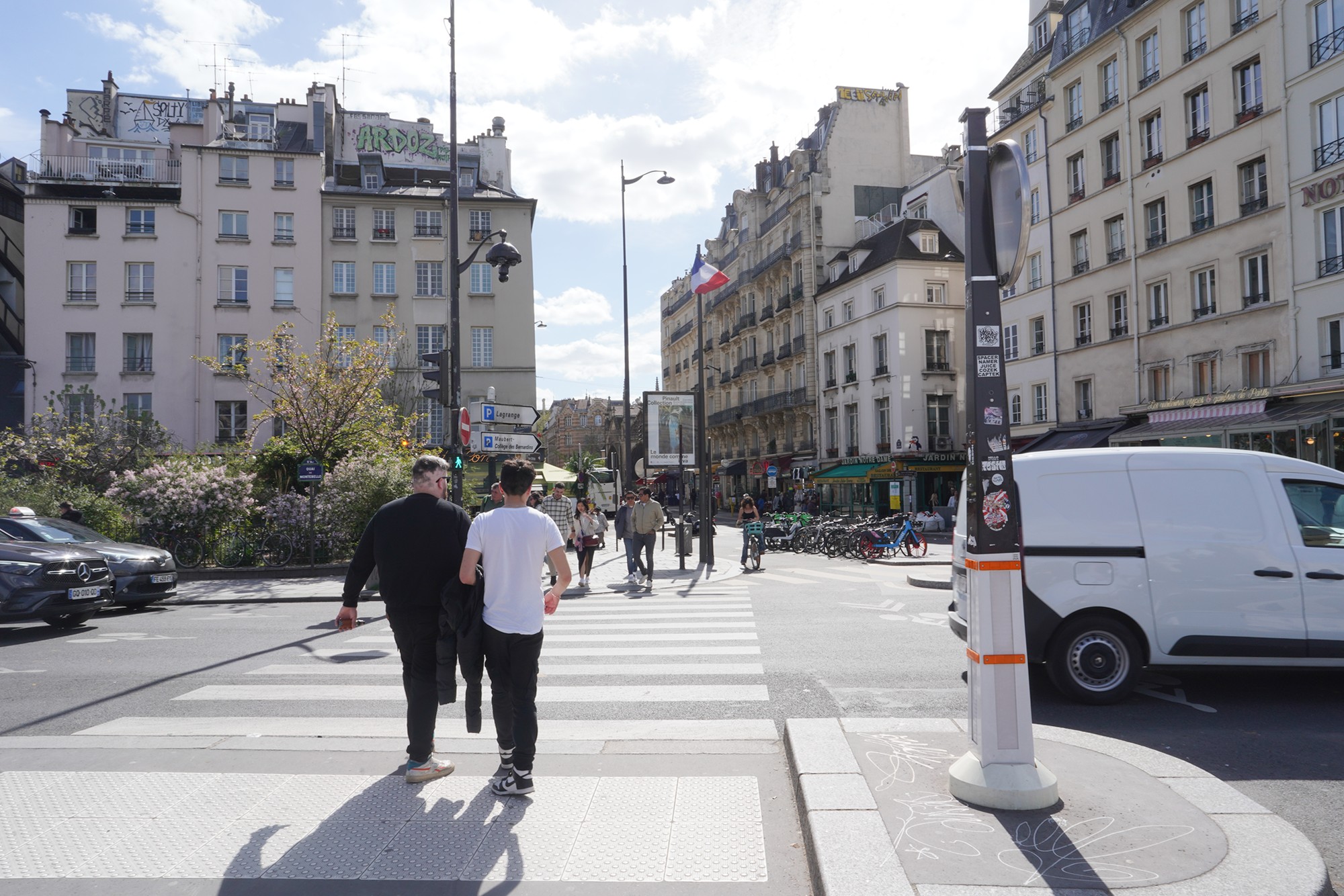
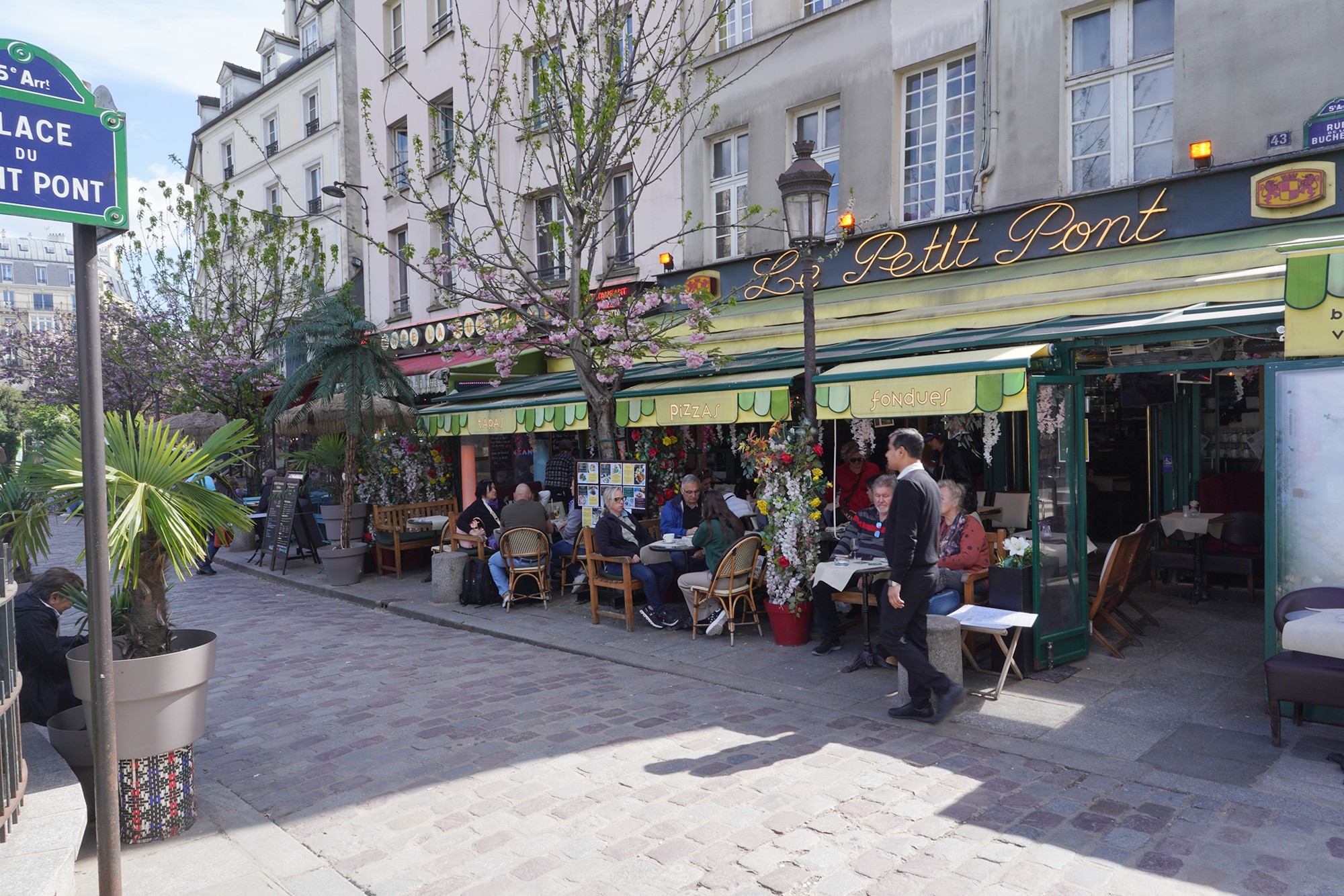
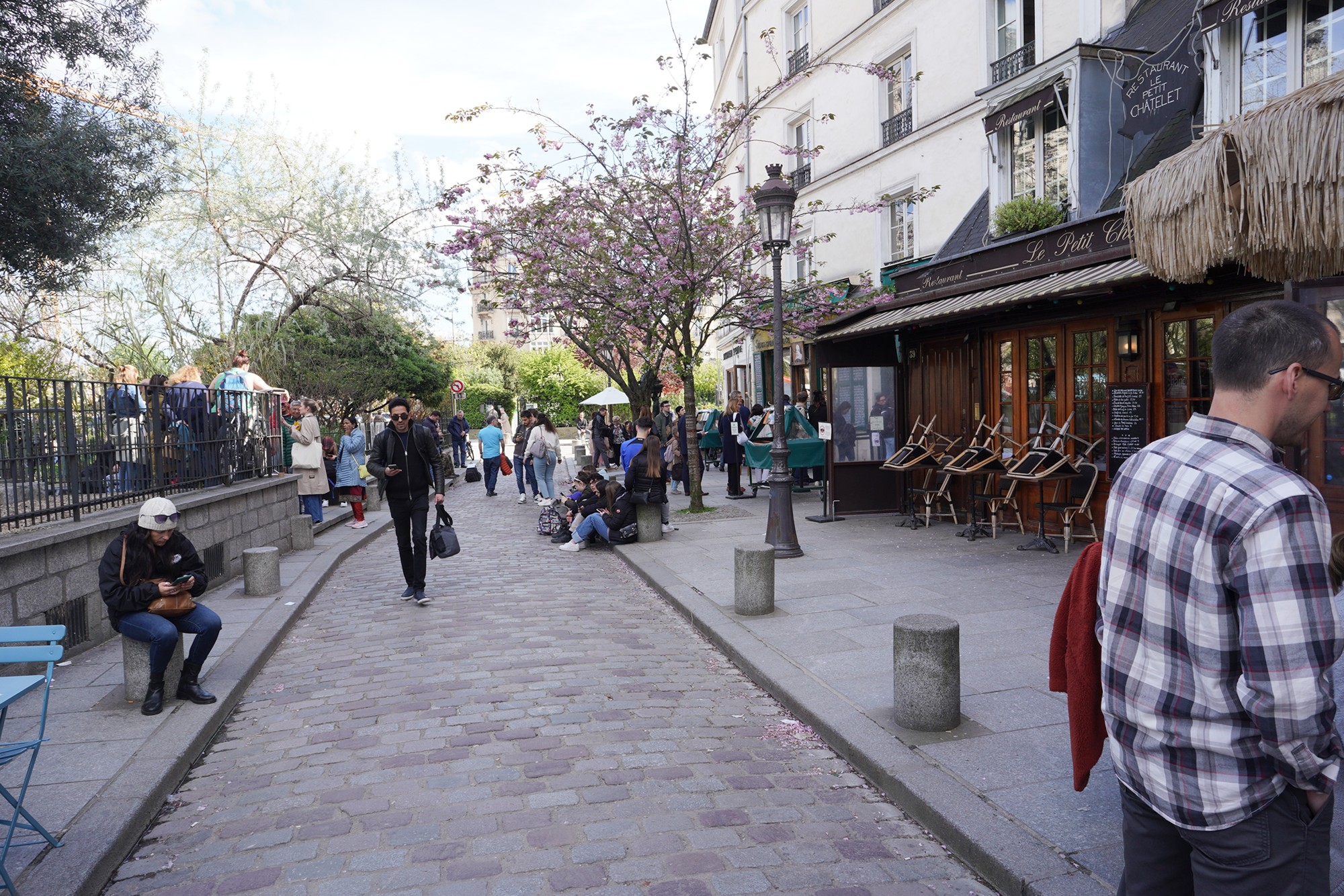
Shakespeare and Company Bookstore.
The store specializes in English-language books, including new and used titles, as well as rare and antique editions. It also has a selection of French literature.
The original Shakespeare and Company was established by Sylvia Beach in 1919 at 12 rue de l’Odéon. It became a gathering place for prominent writers of the Lost Generation, such as Ernest Hemingway, James Joyce, and F. Scott Fitzgerald.
Sylvia Beach’s store closed during World War II and never reopened. The current bookstore, opened in 1951 by George Whitman, was inspired by Beach’s original store and adopted its name. It is located at 37 rue de la Bûcherie.
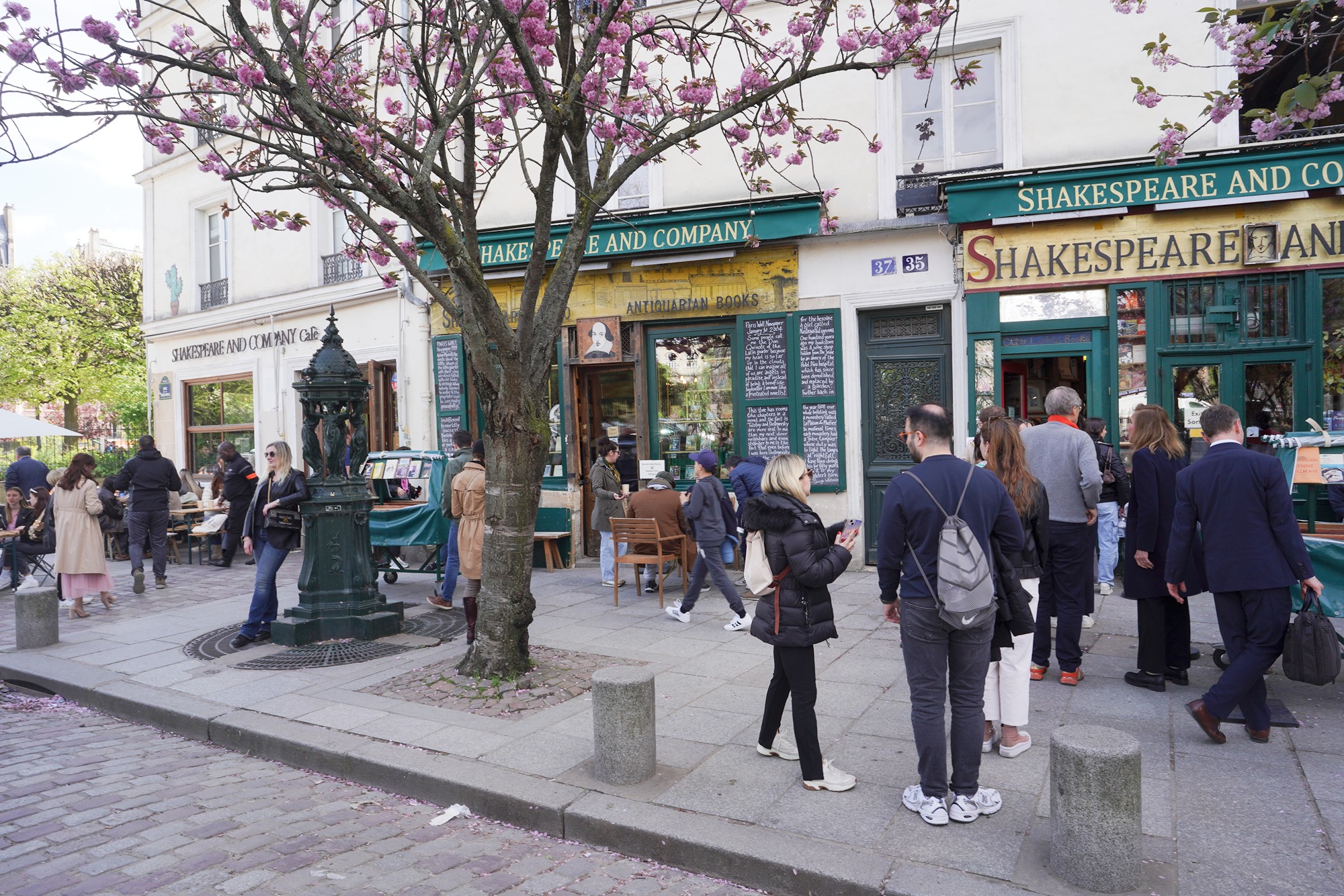
Shakespeare and Company is known for its cozy, labyrinthine interior filled with books from floor to ceiling. The atmosphere is reminiscent of a bygone era, with narrow staircases, hidden corners, and reading nooks.
The bookstore is rather larger than it seemed from the outside. No picture taking was allowed inside.
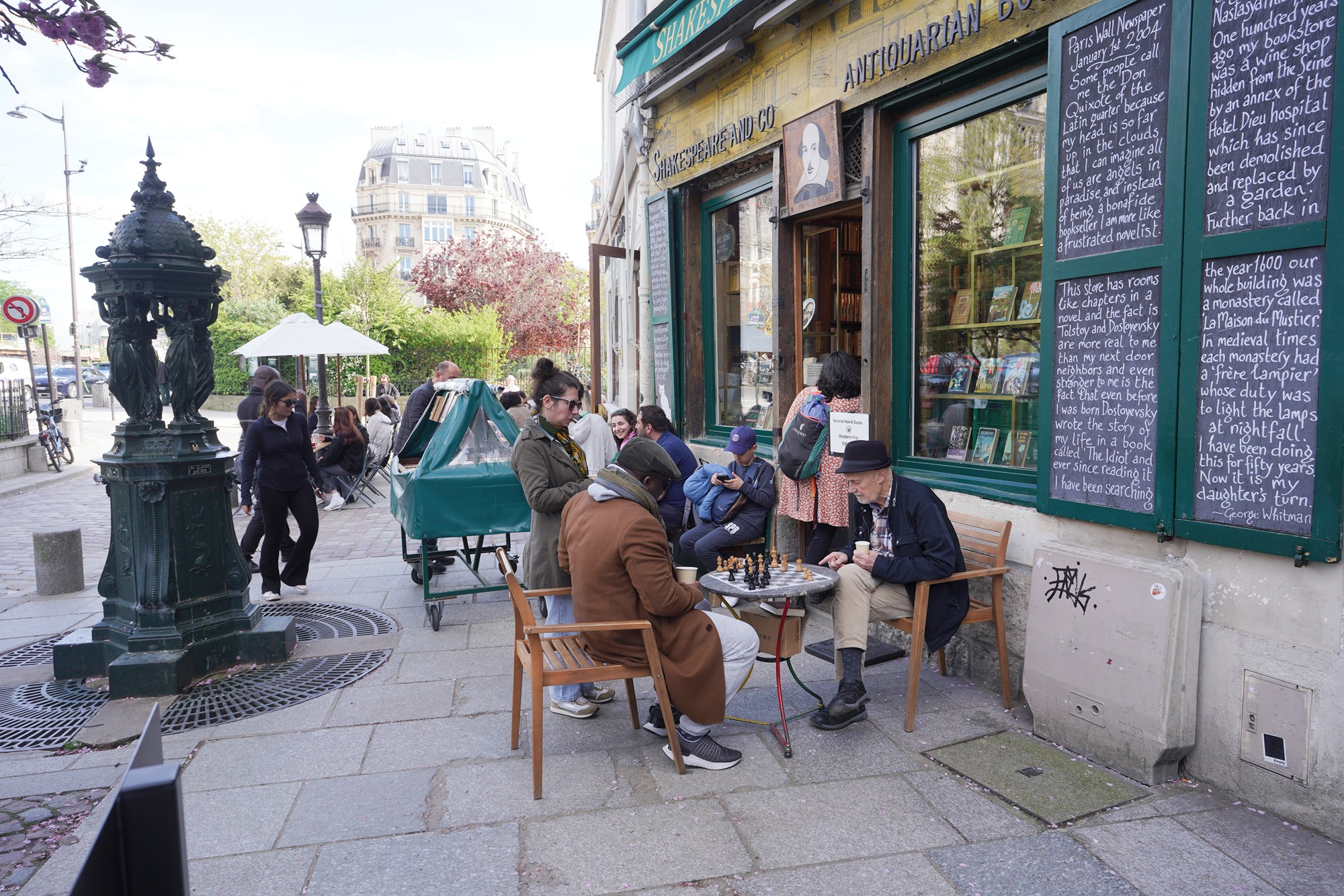
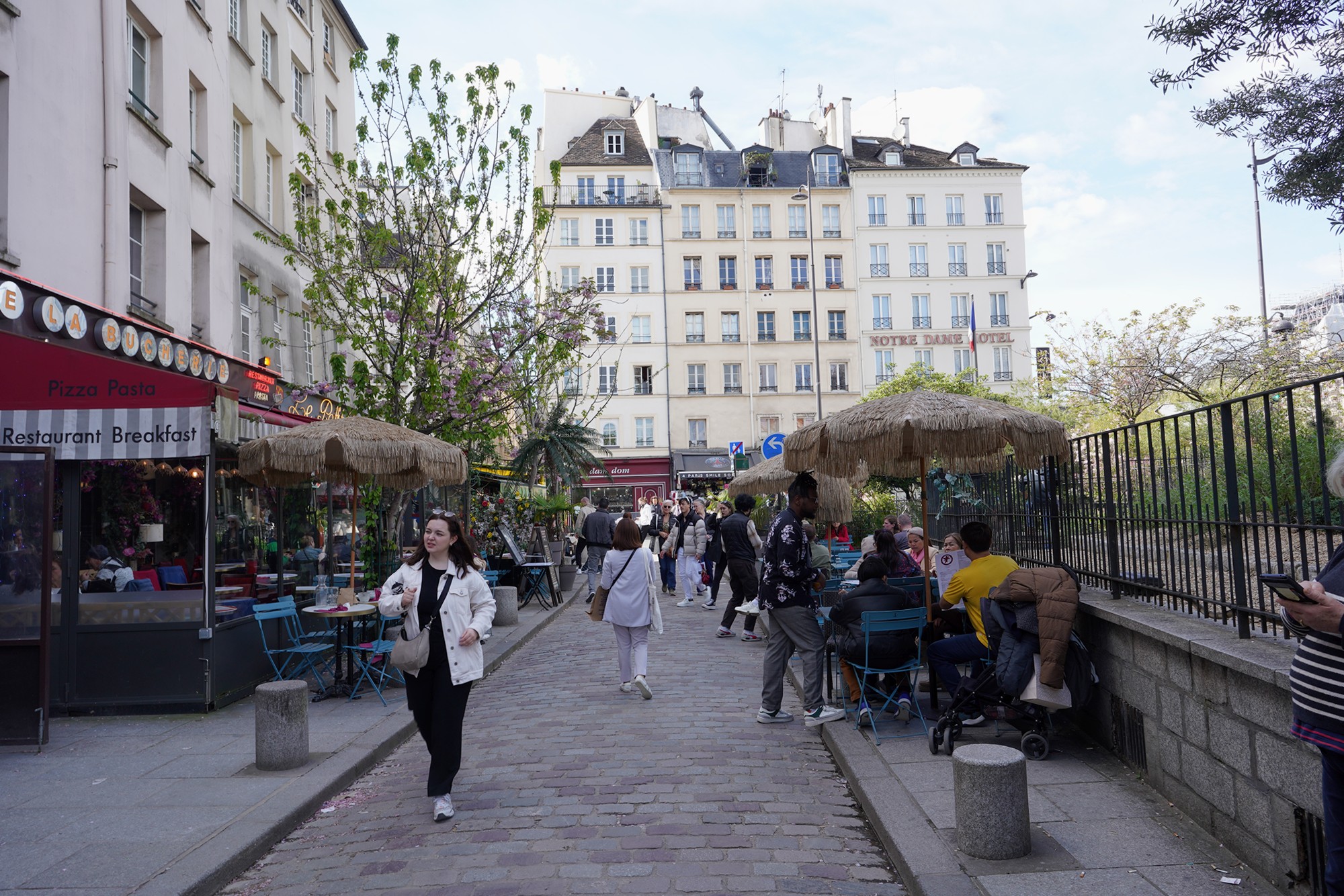
The next destination is the Sainte-Chapelle church on Île de la Cité.
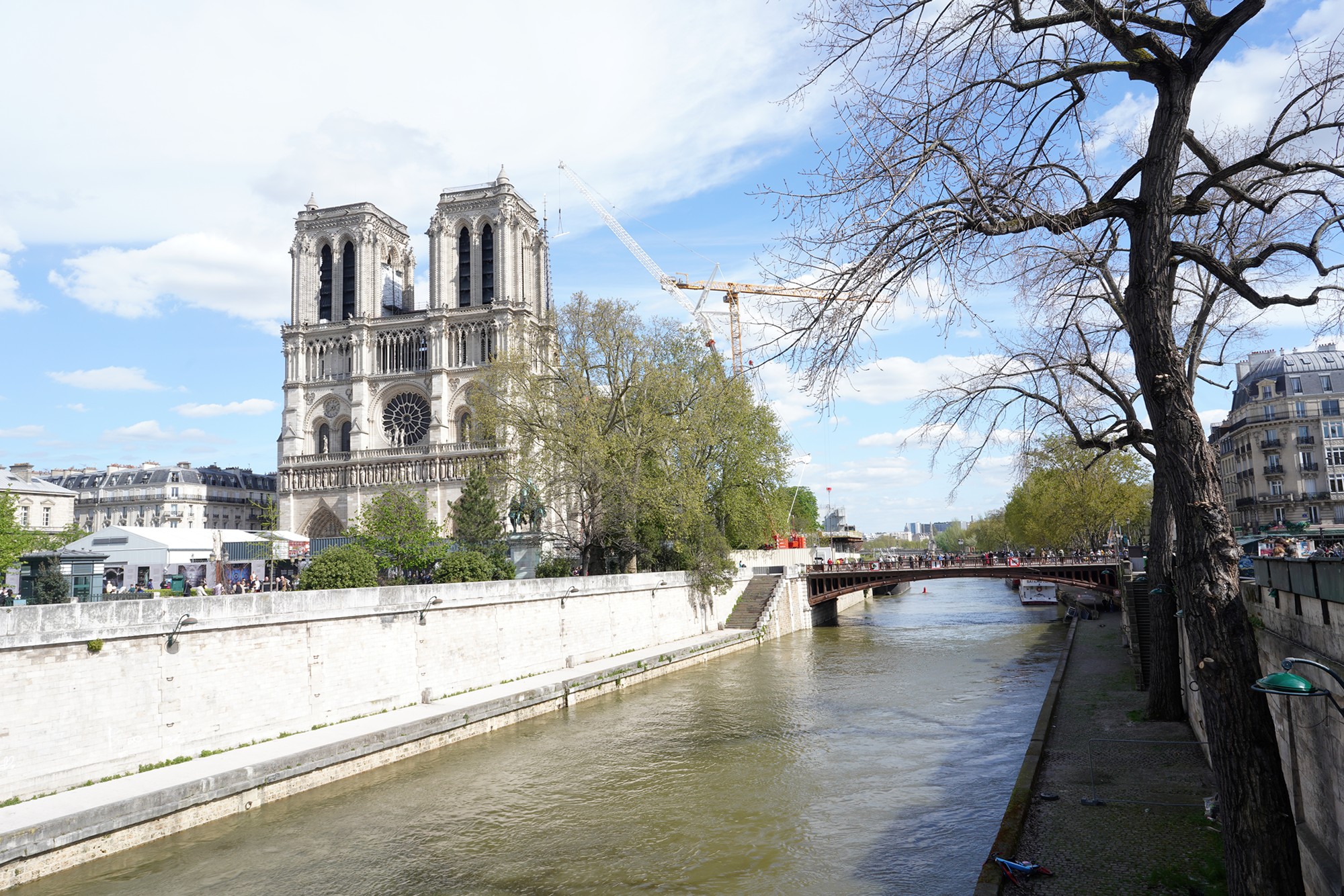
The Sainte-Chapelle. It is known for its breathtaking stained glass windows, it is one of the most remarkable examples of Rayonnant Gothic architecture.
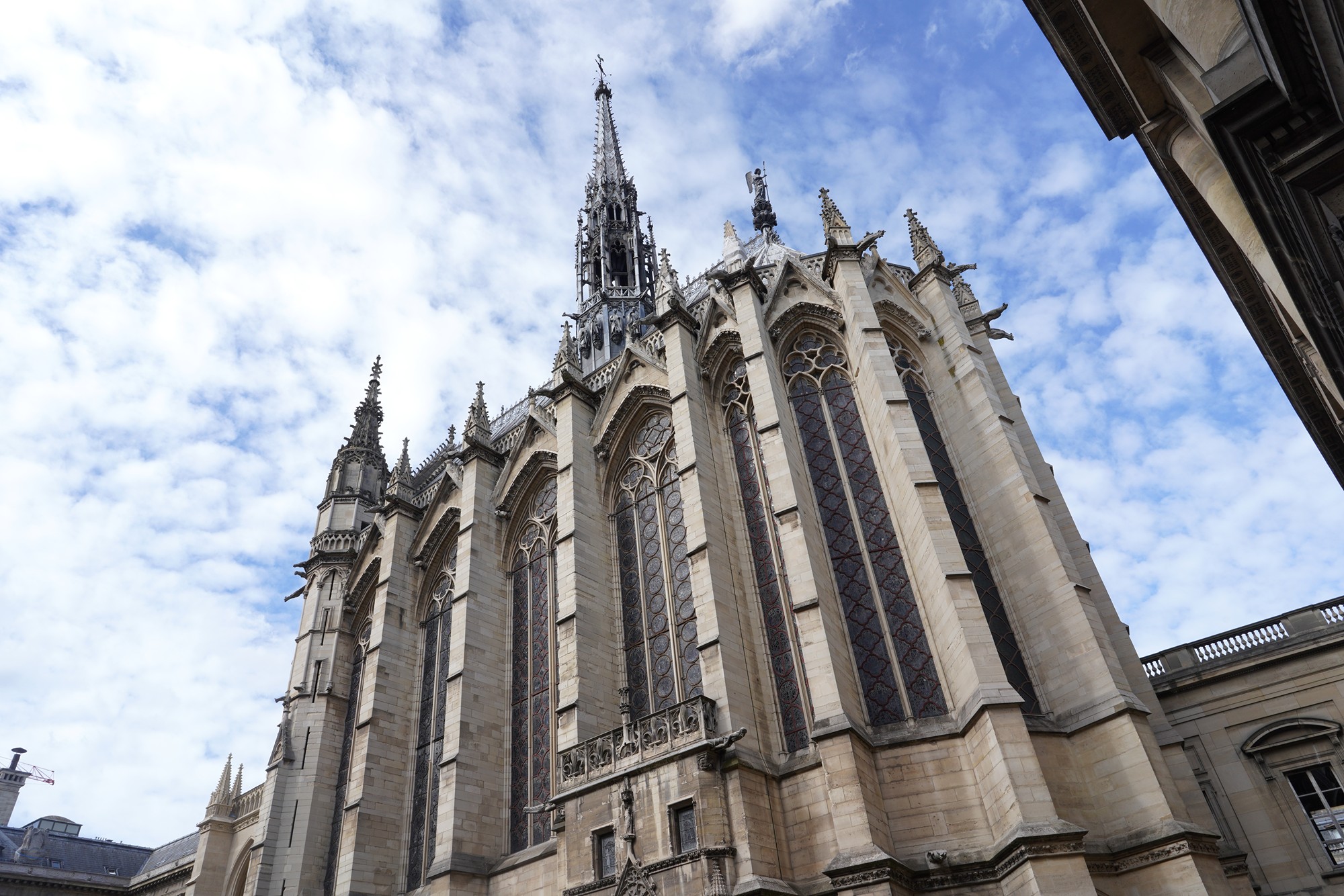
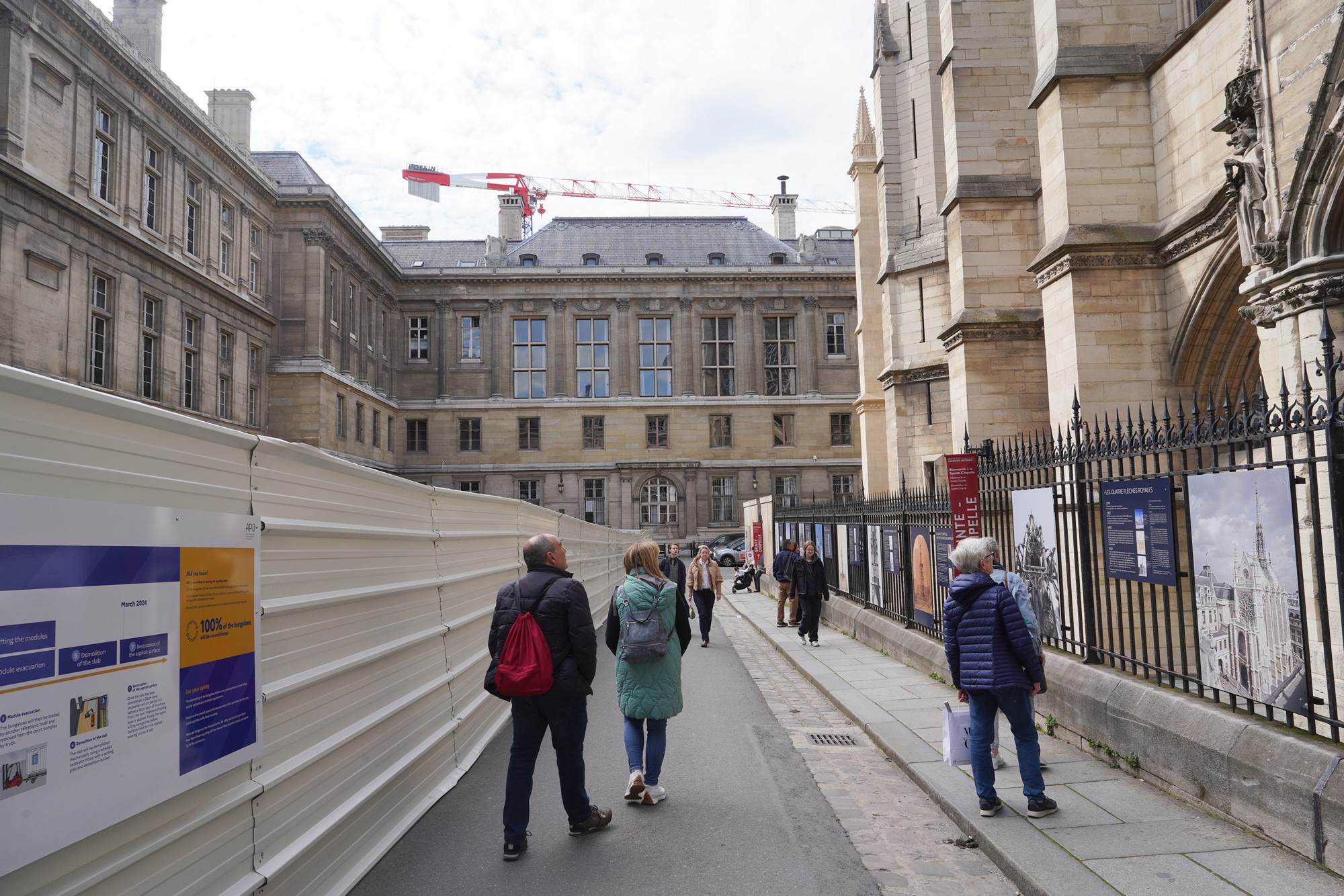
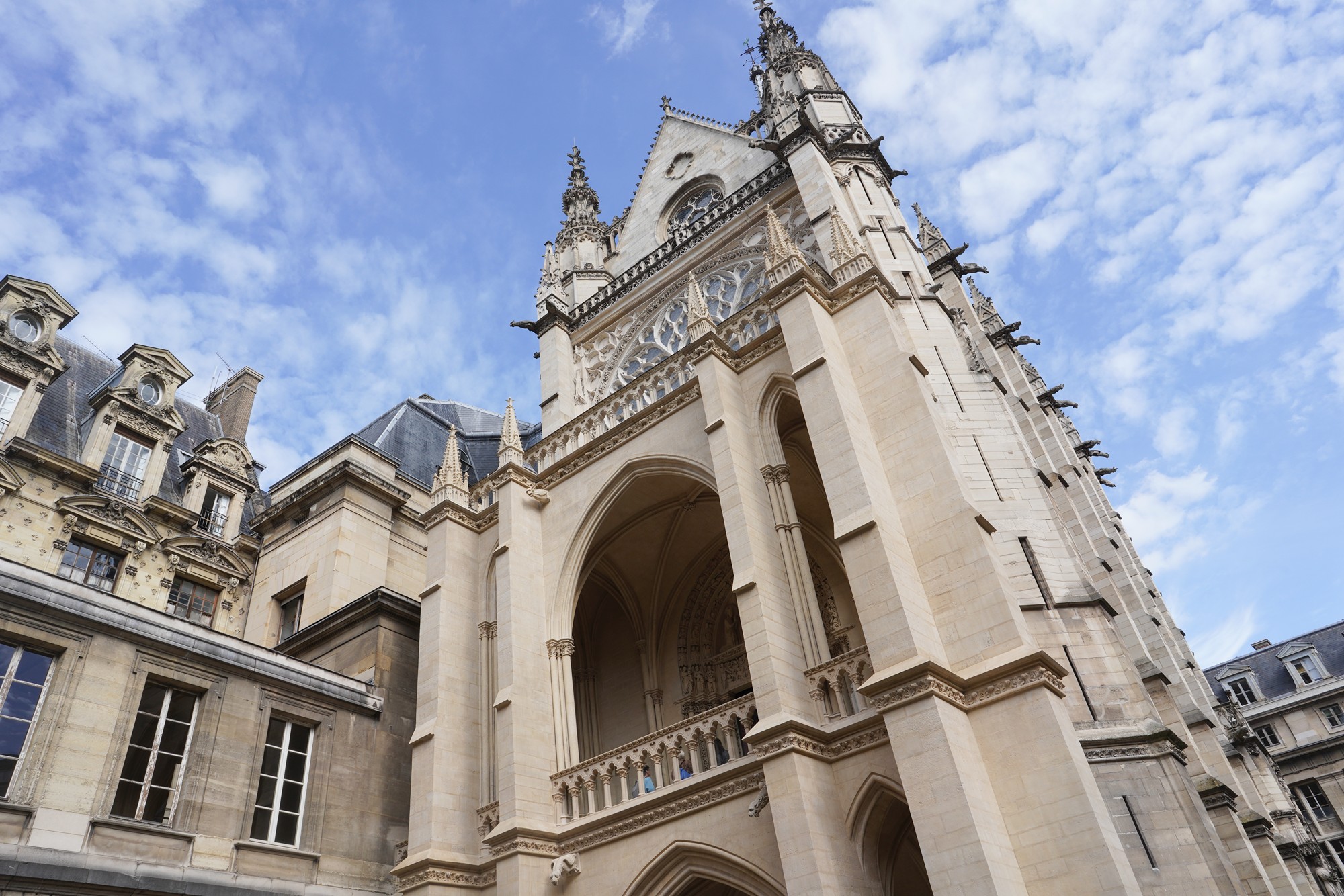
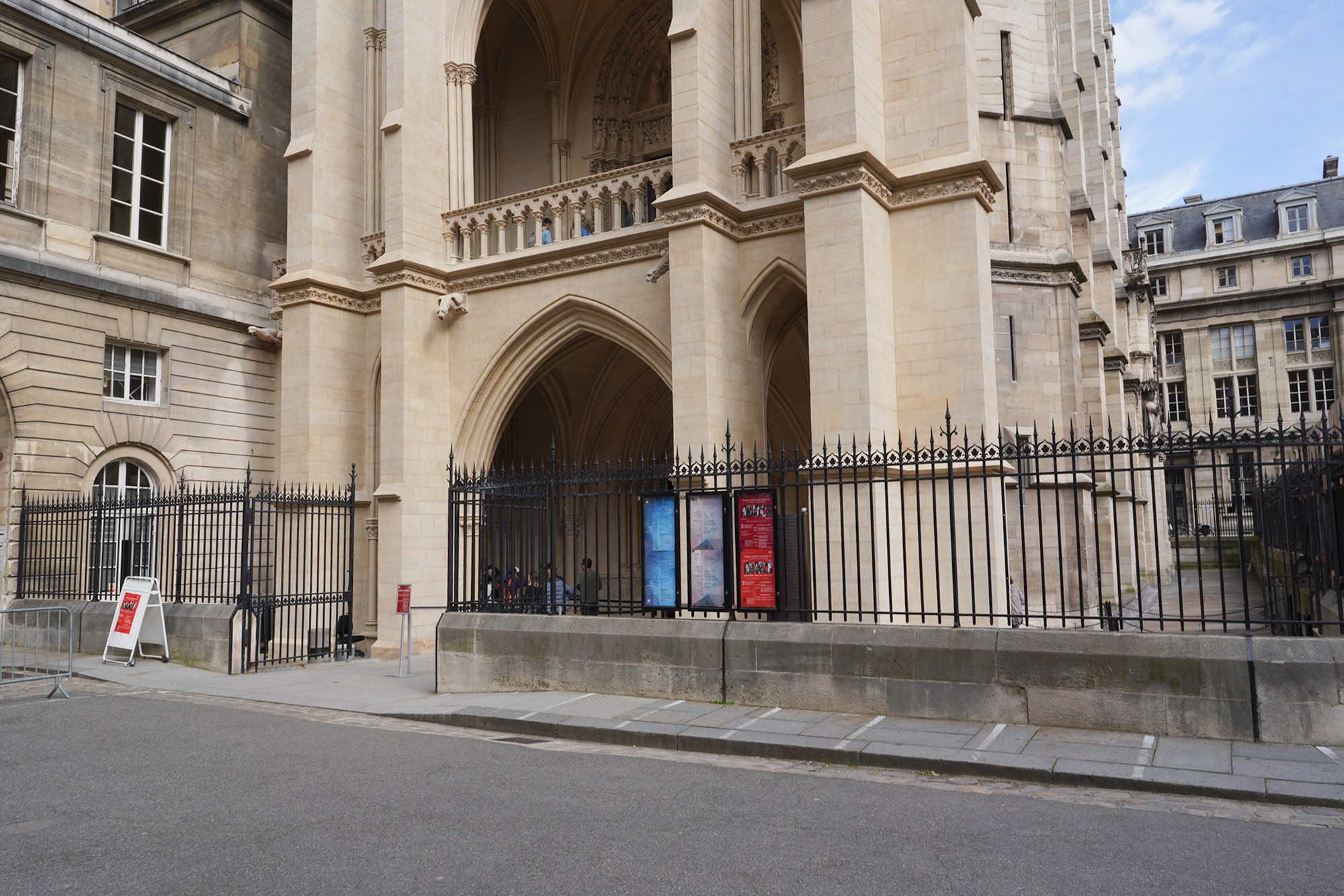
This is all it is on the ground floor.
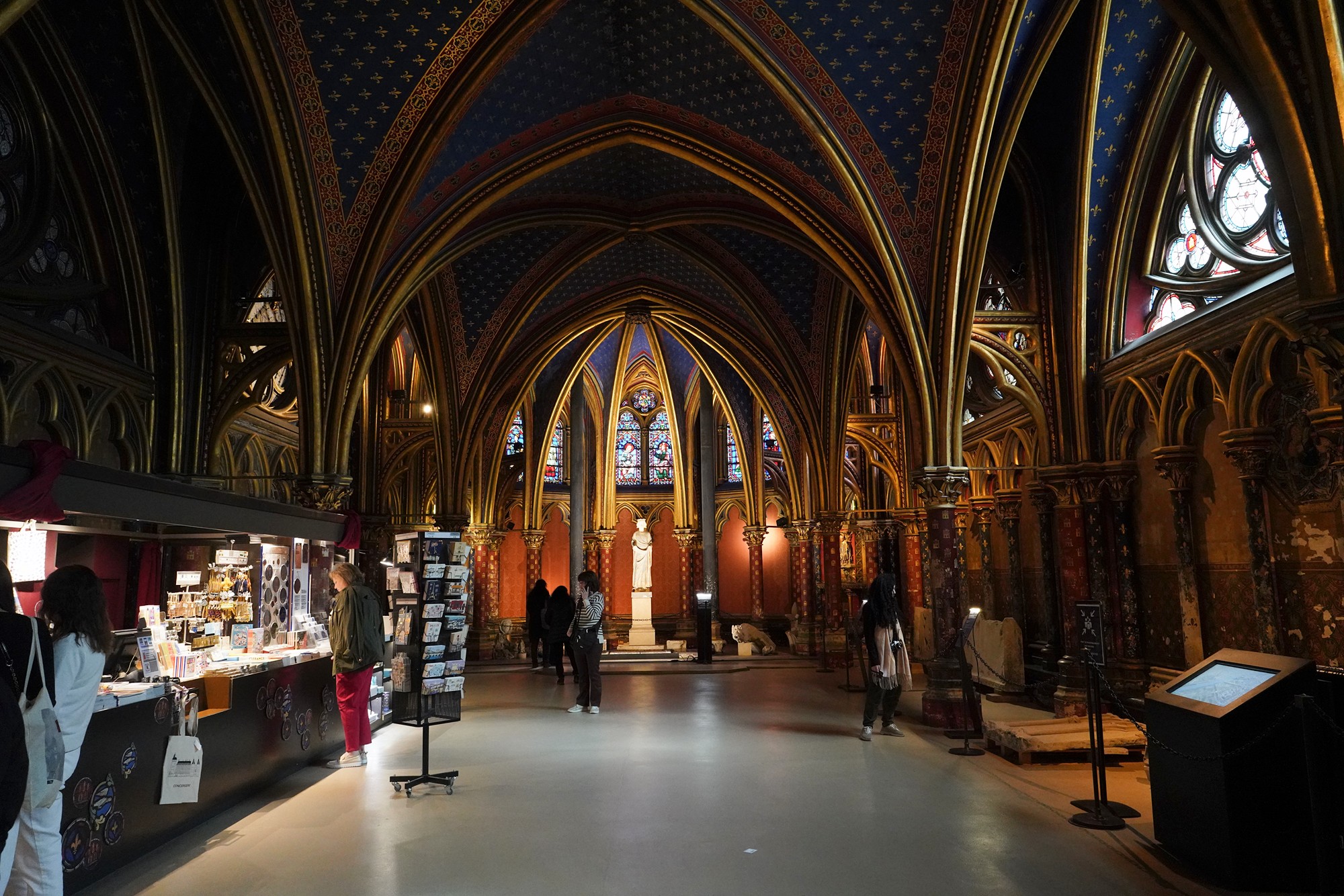
However, on the second floor, it is a medium-sized chapel with many stained glass windows.
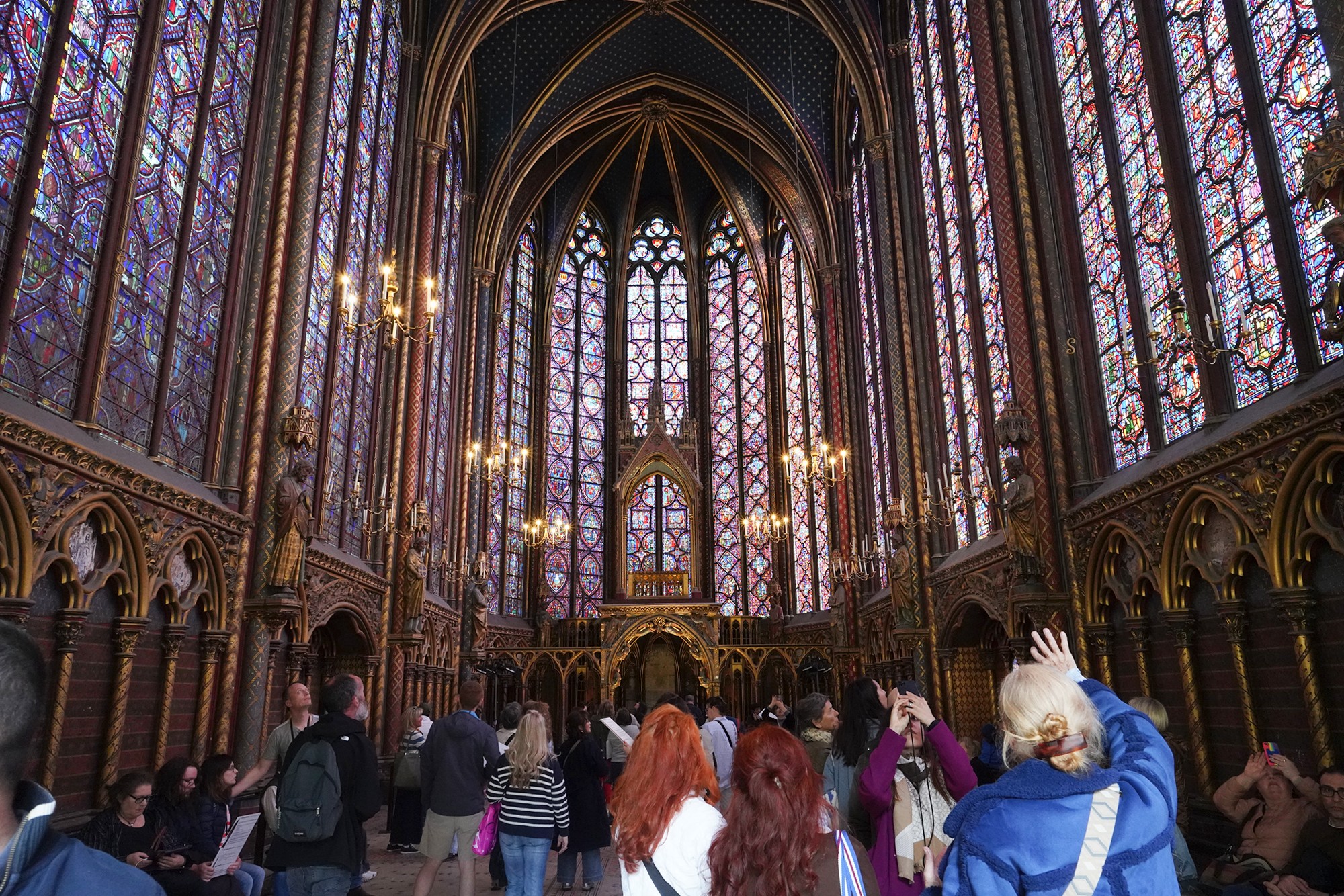
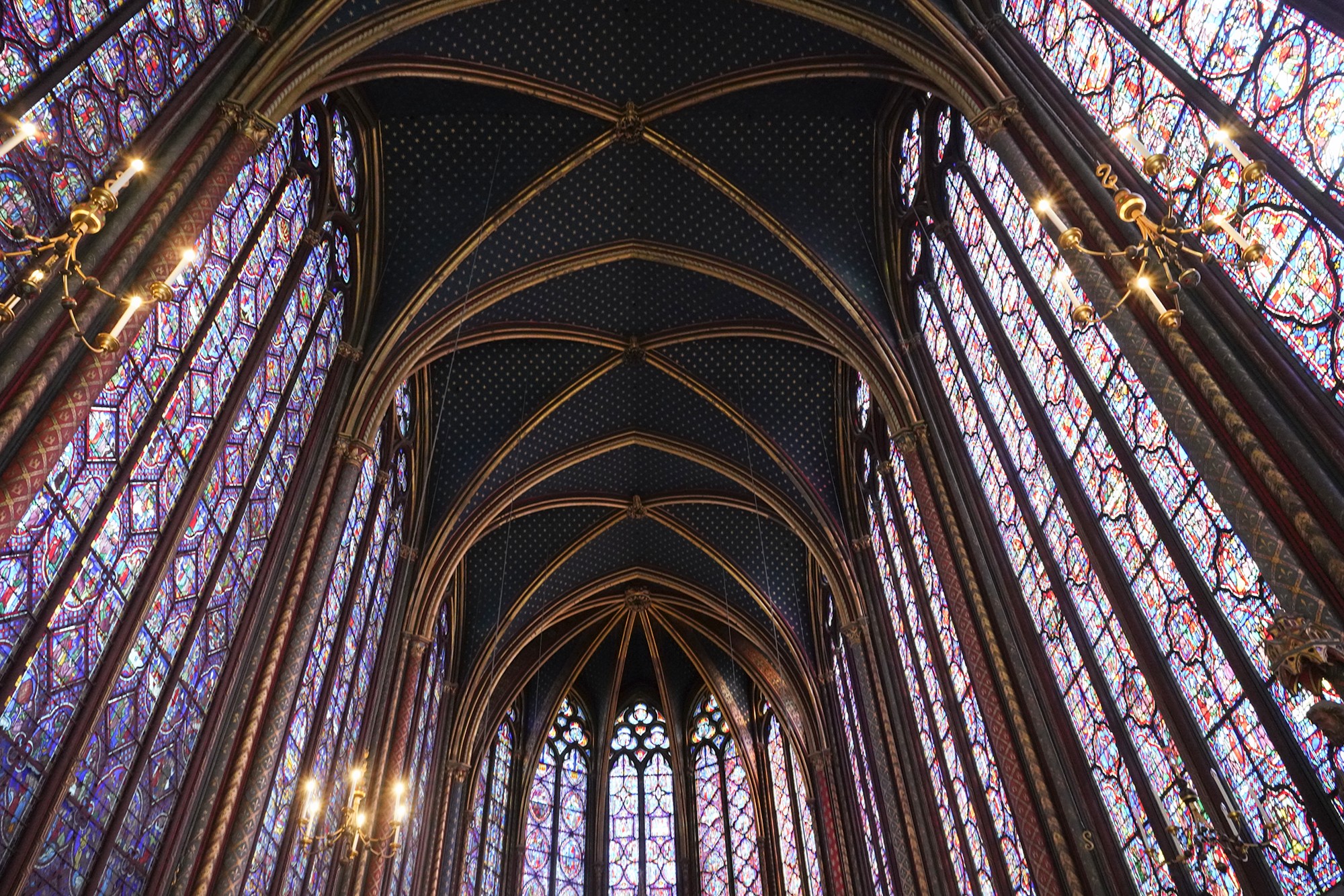
Sainte-Chapelle was commissioned by King Louis IX of France (later Saint Louis) and built between 1242 and 1248.
It was intended to house and display precious Christian relics, including the Crown of Thorns, which Louis IX acquired in 1239.
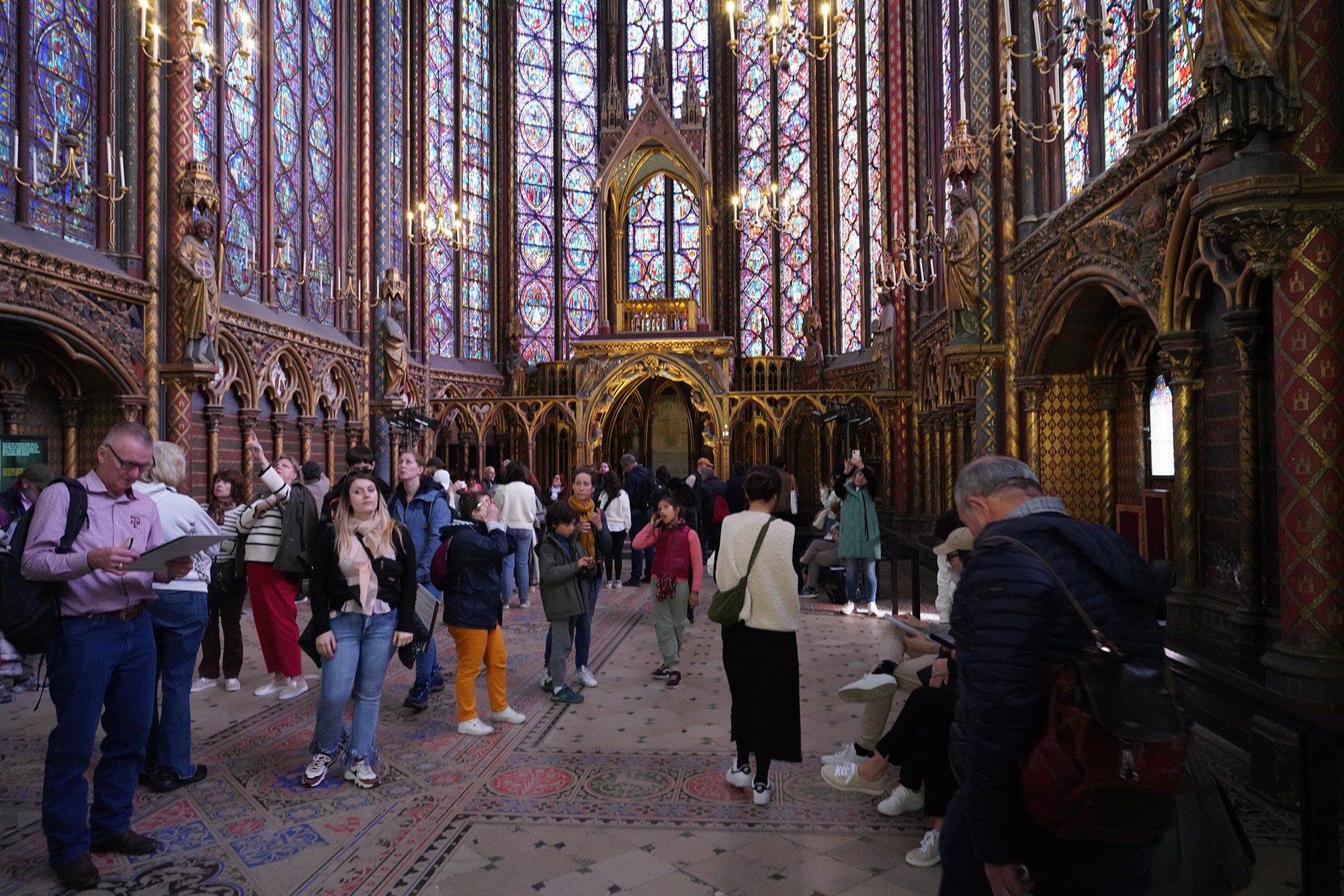
The chapel is an architectural masterpiece of the Rayonnant Gothic style, characterized by its emphasis on height, light, and the extensive use of stained glass.
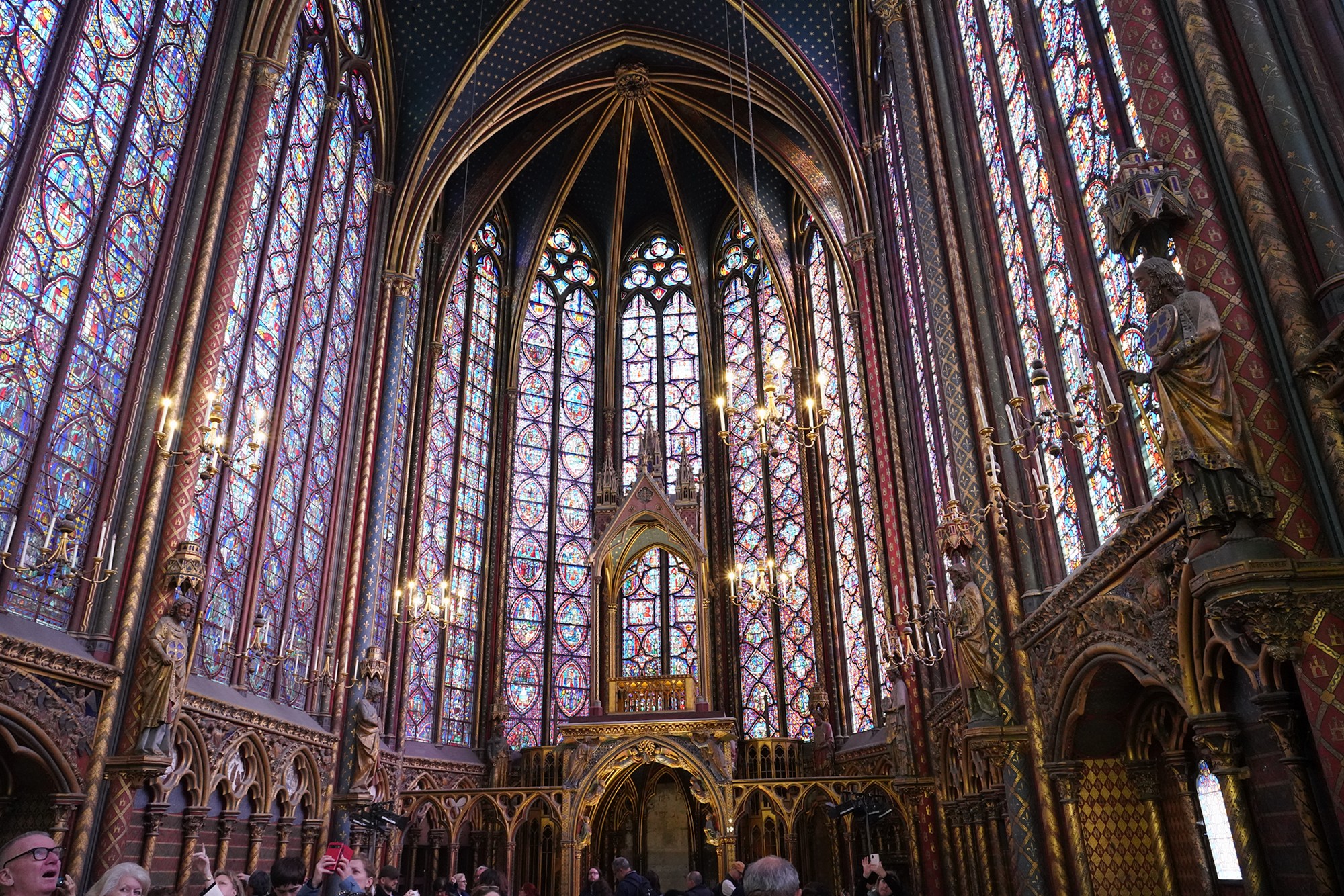
Sainte-Chapelle is renowned for its extraordinary stained glass windows, which cover approximately 6,456 square feet. The 15 tall windows of the upper chapel depict over 1,100 biblical scenes, from Genesis to the Passion of Christ.
The vibrant colors and intricate details of the stained glass create a luminous, ethereal atmosphere, especially when sunlight filters through the windows.
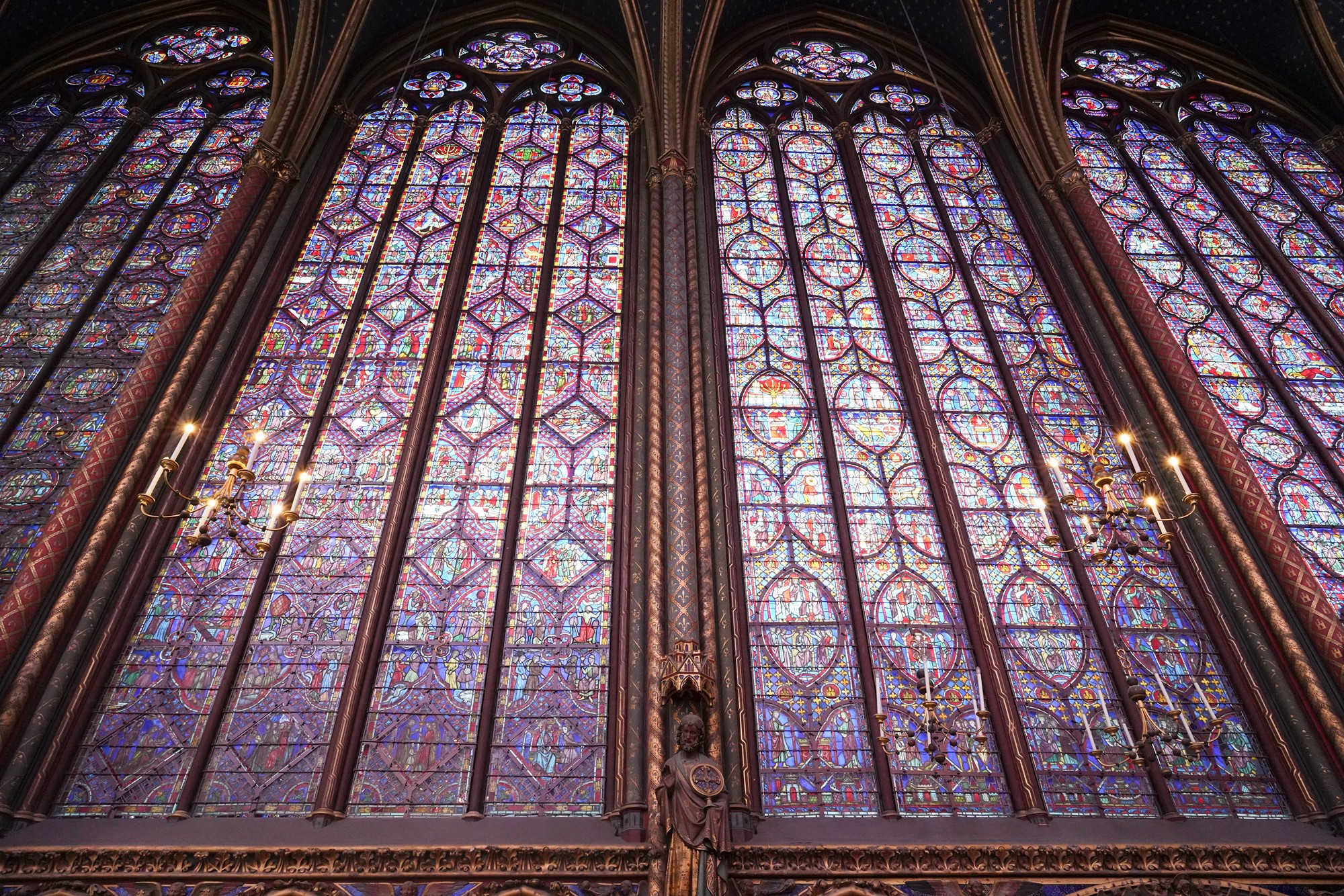
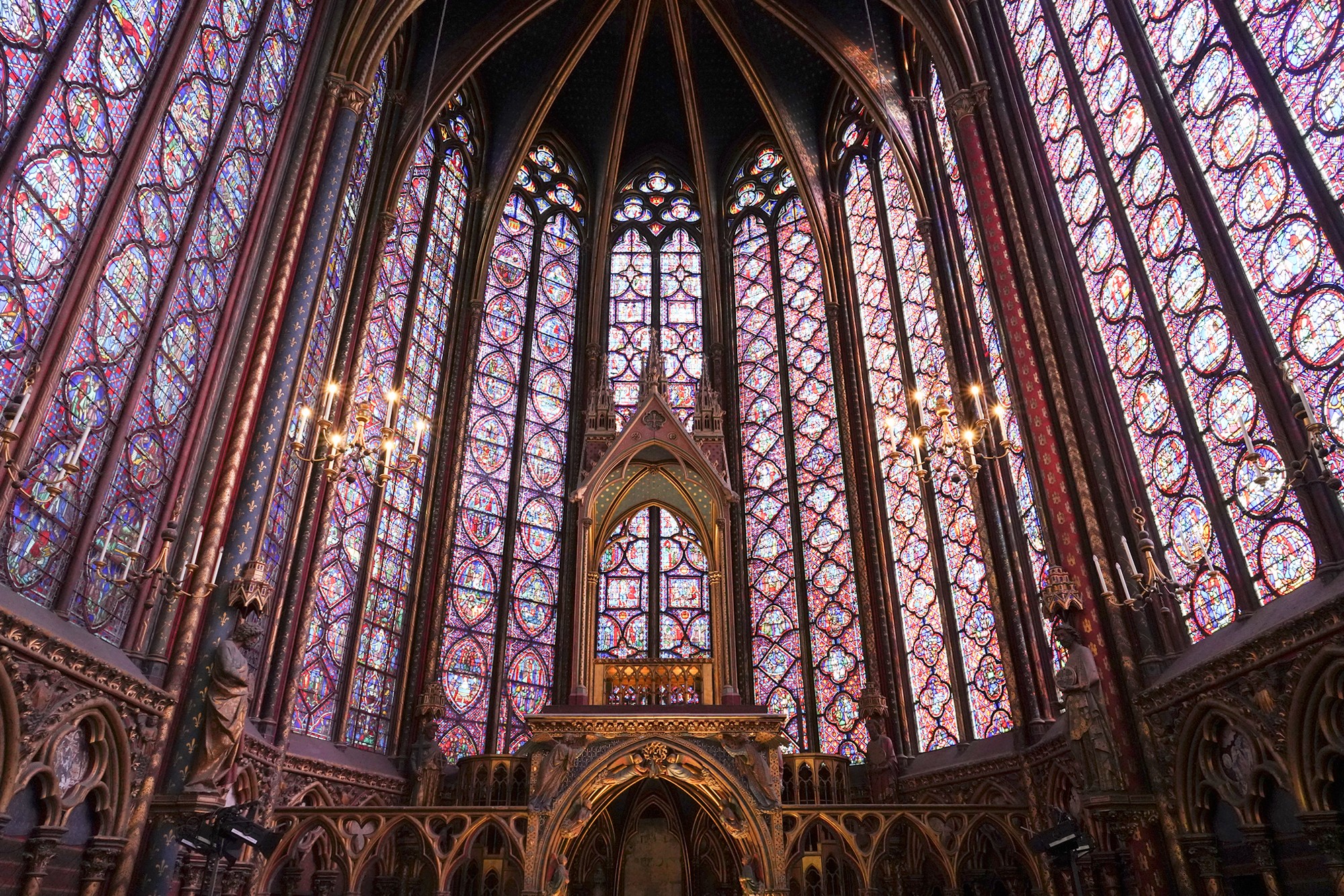
The chapel was specifically built to house the Crown of Thorns and other Passion relics, which were among the most revered Christian relics in medieval Europe.
Although the relics were moved to Notre-Dame Cathedral and other locations after the French Revolution, the chapel retains its historical significance as a reliquary.
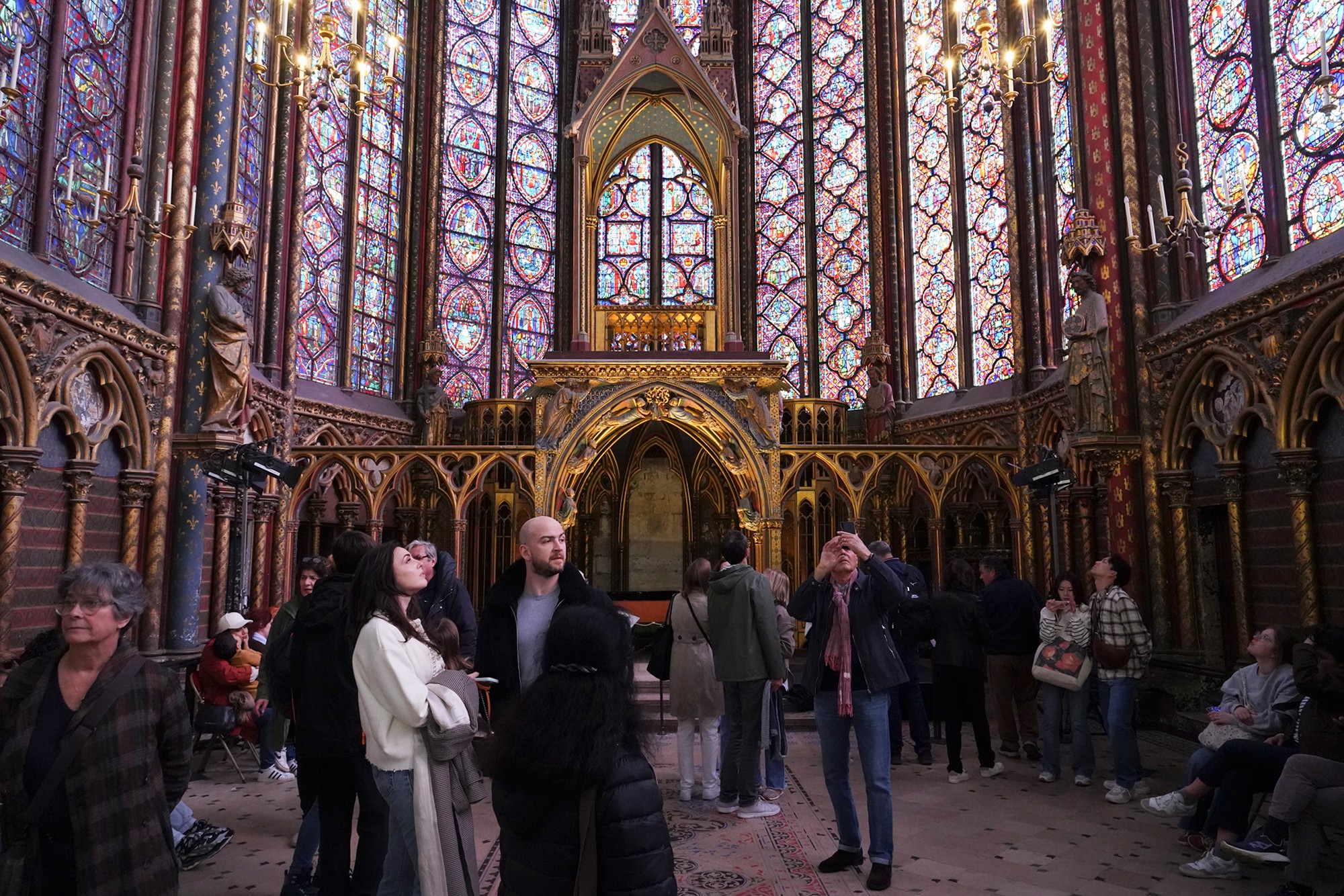
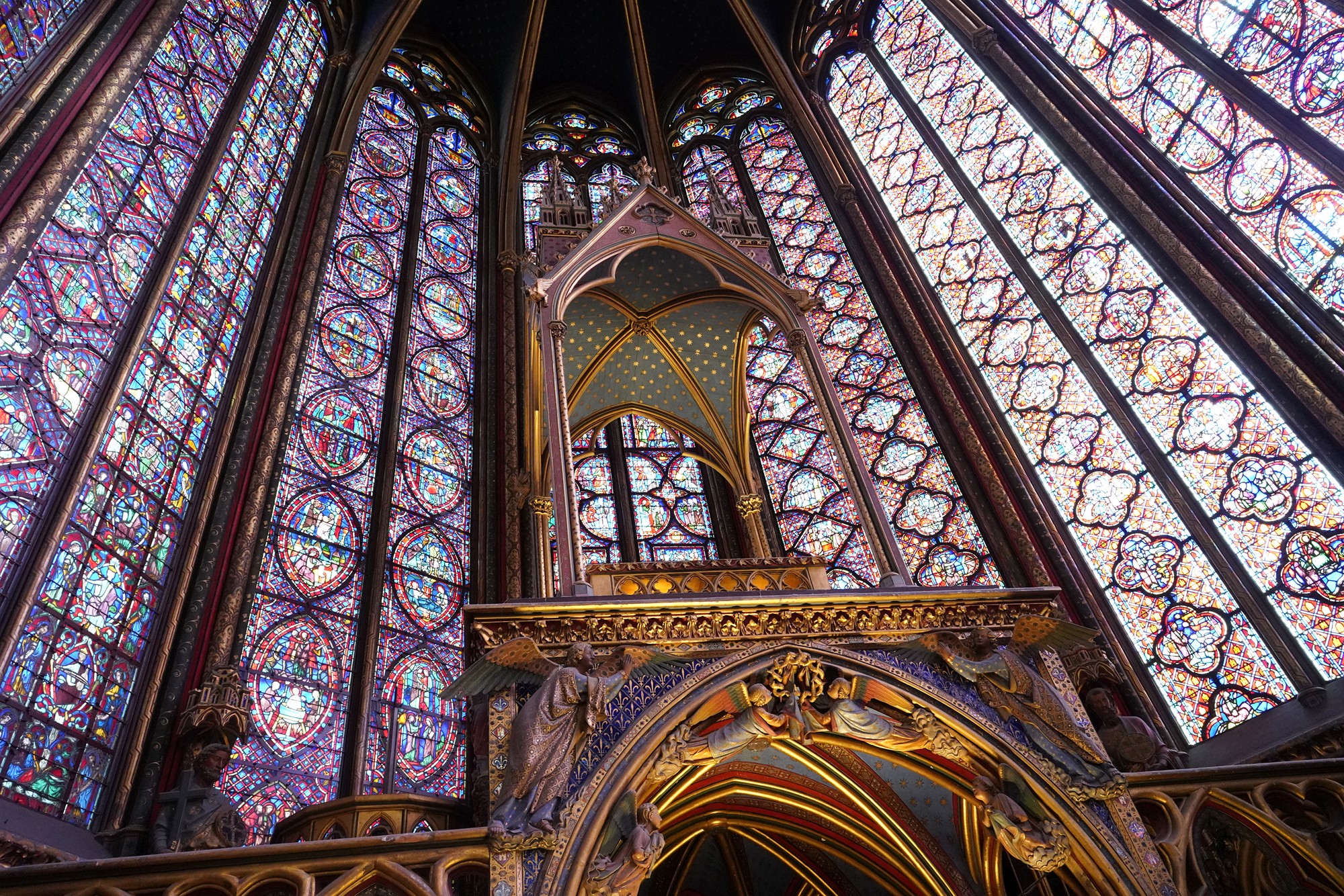
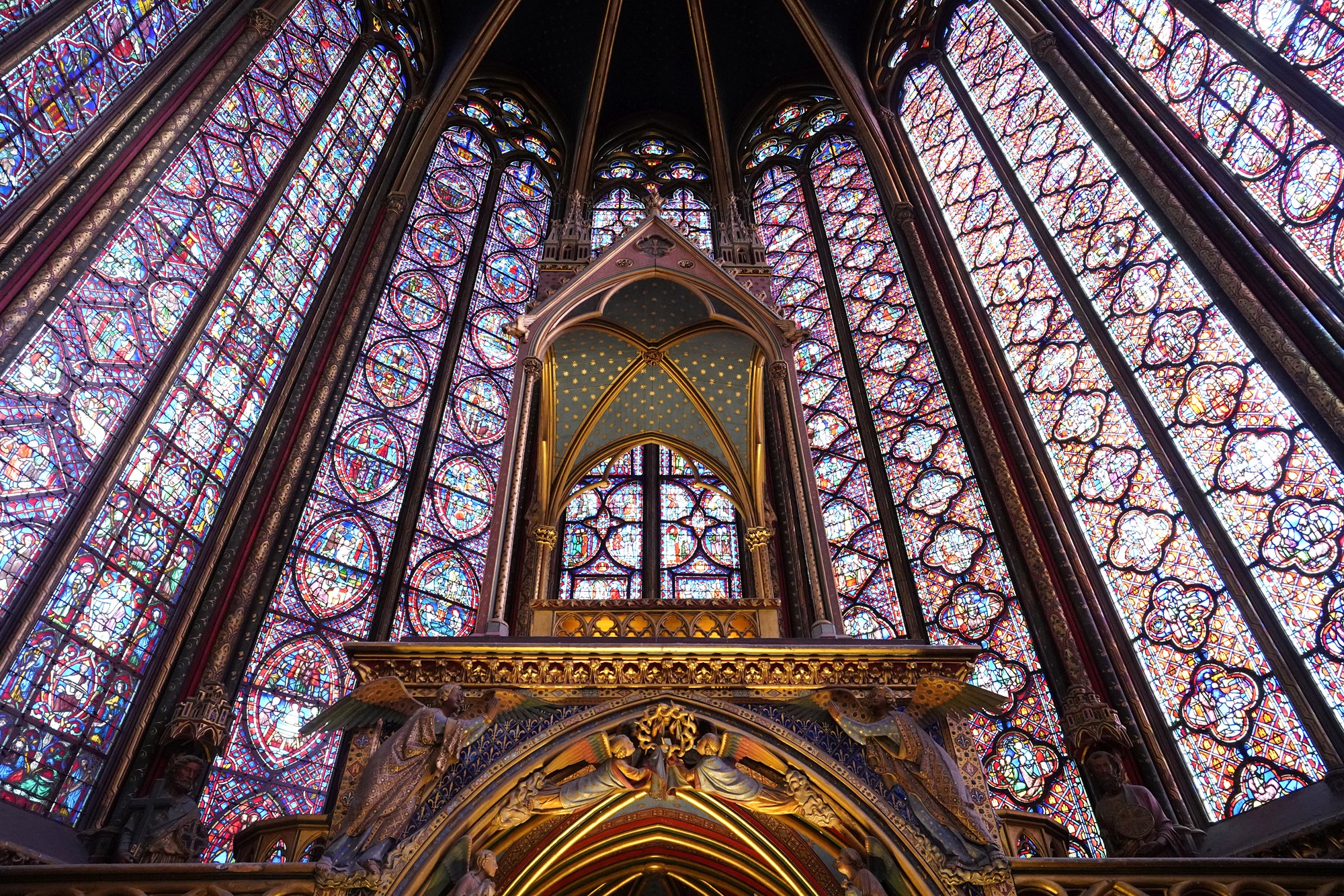
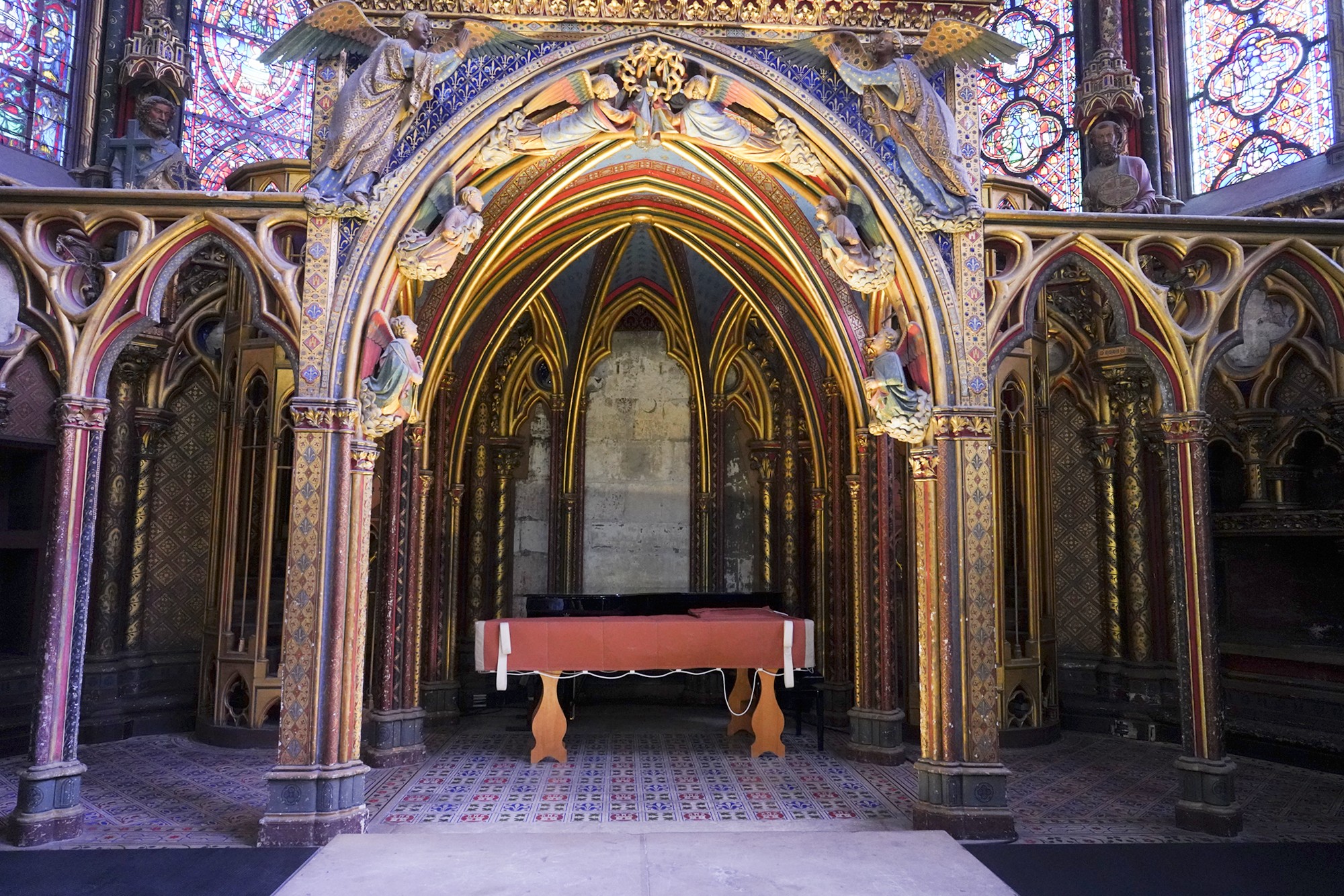
The back side
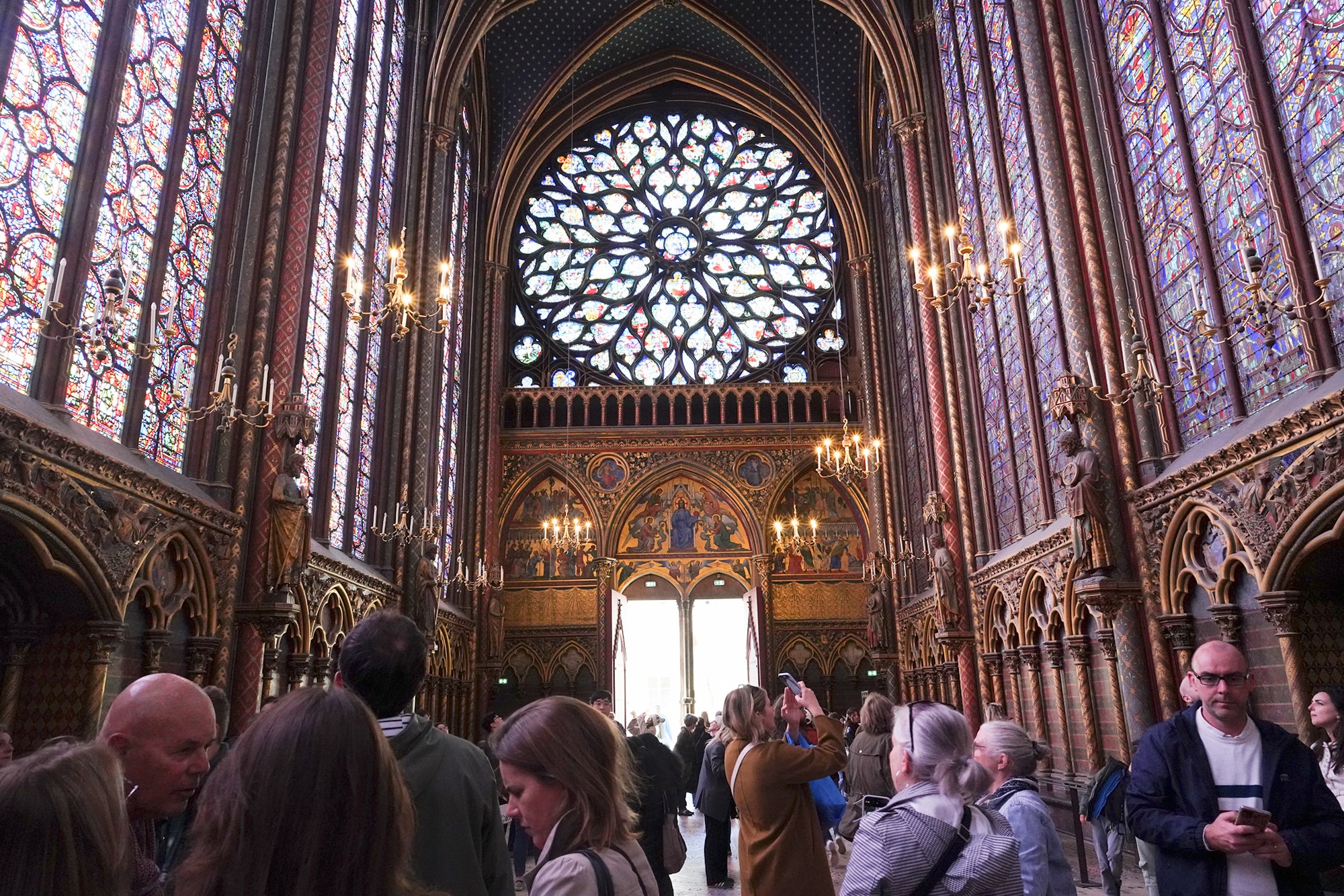
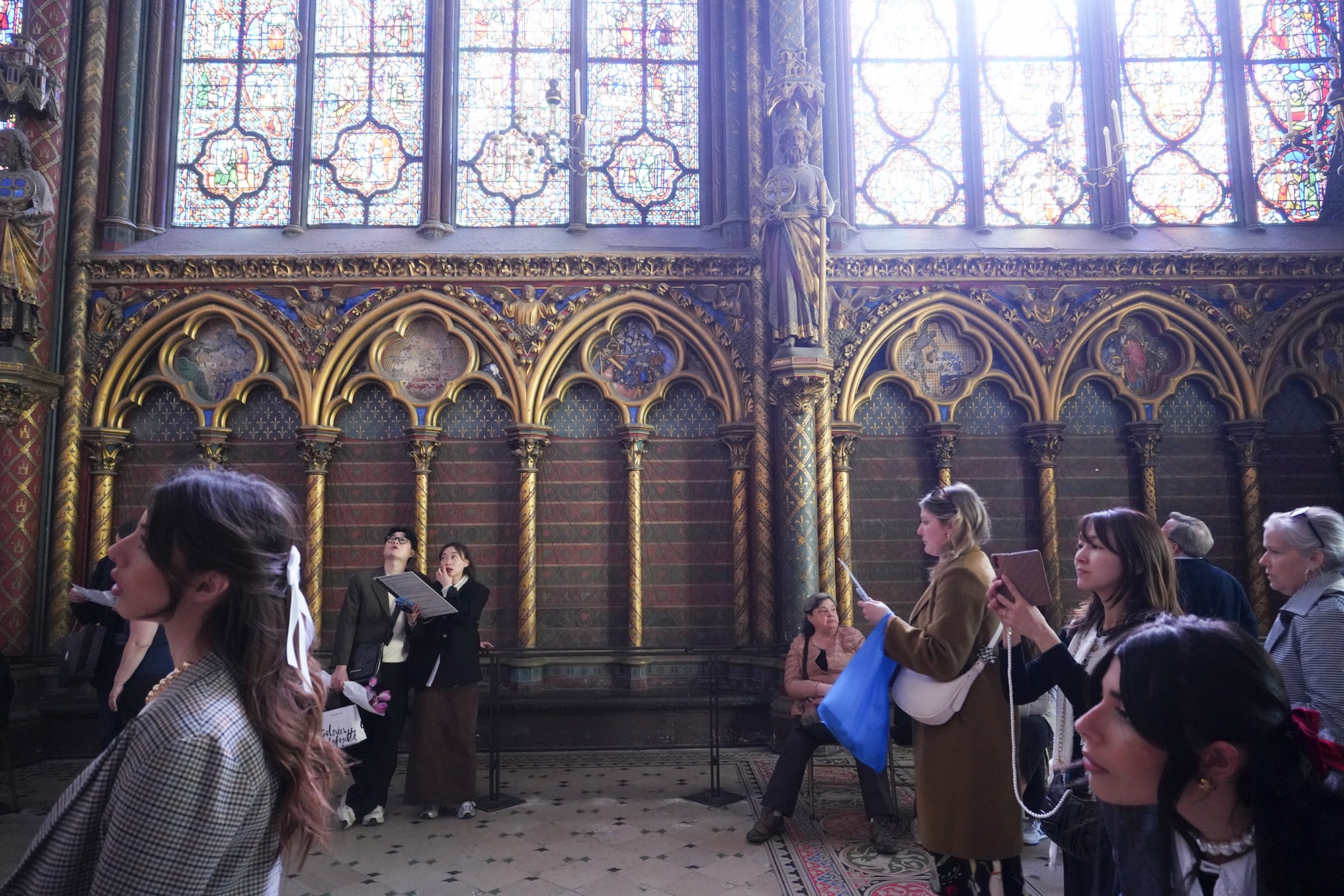
A door to a terrace
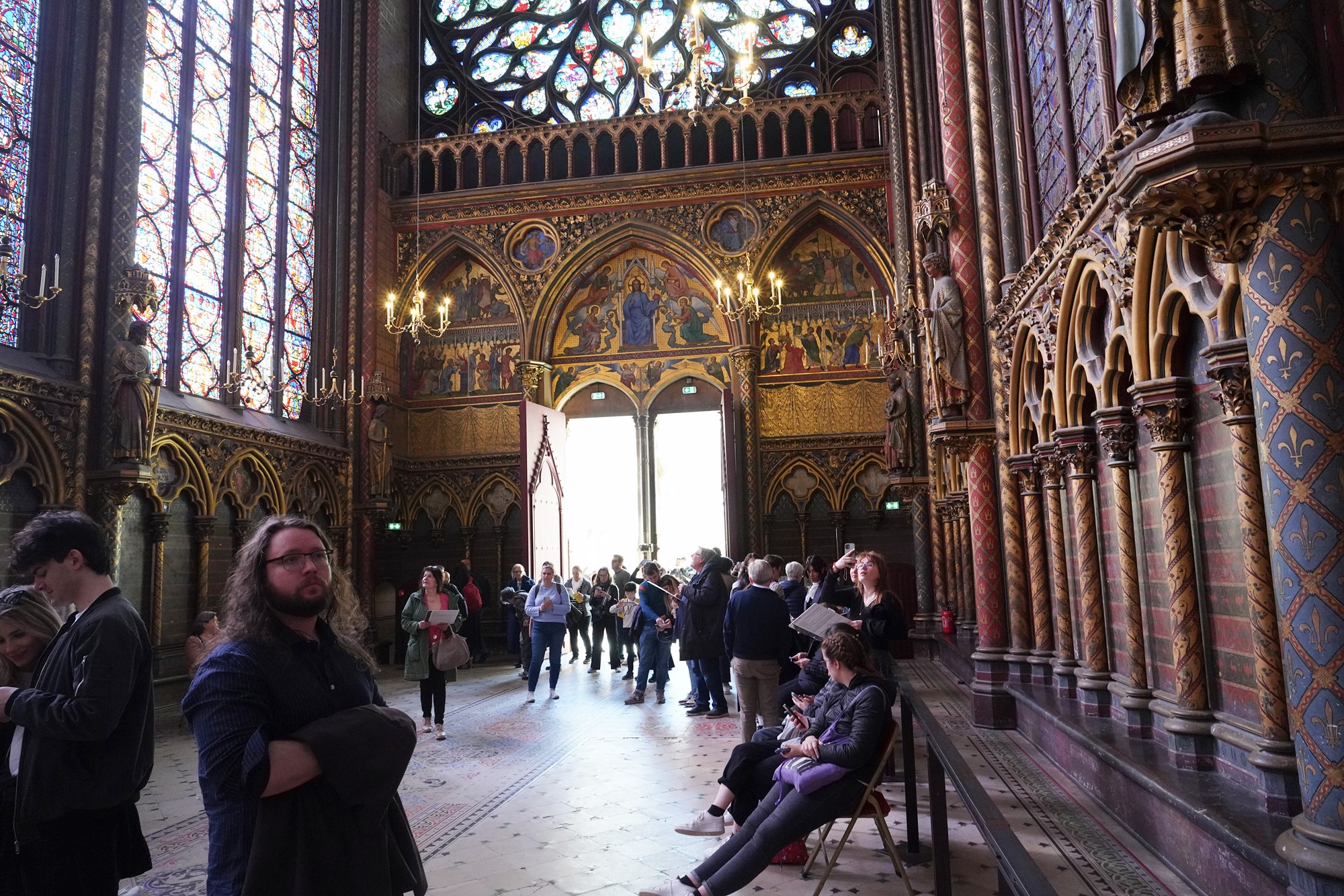
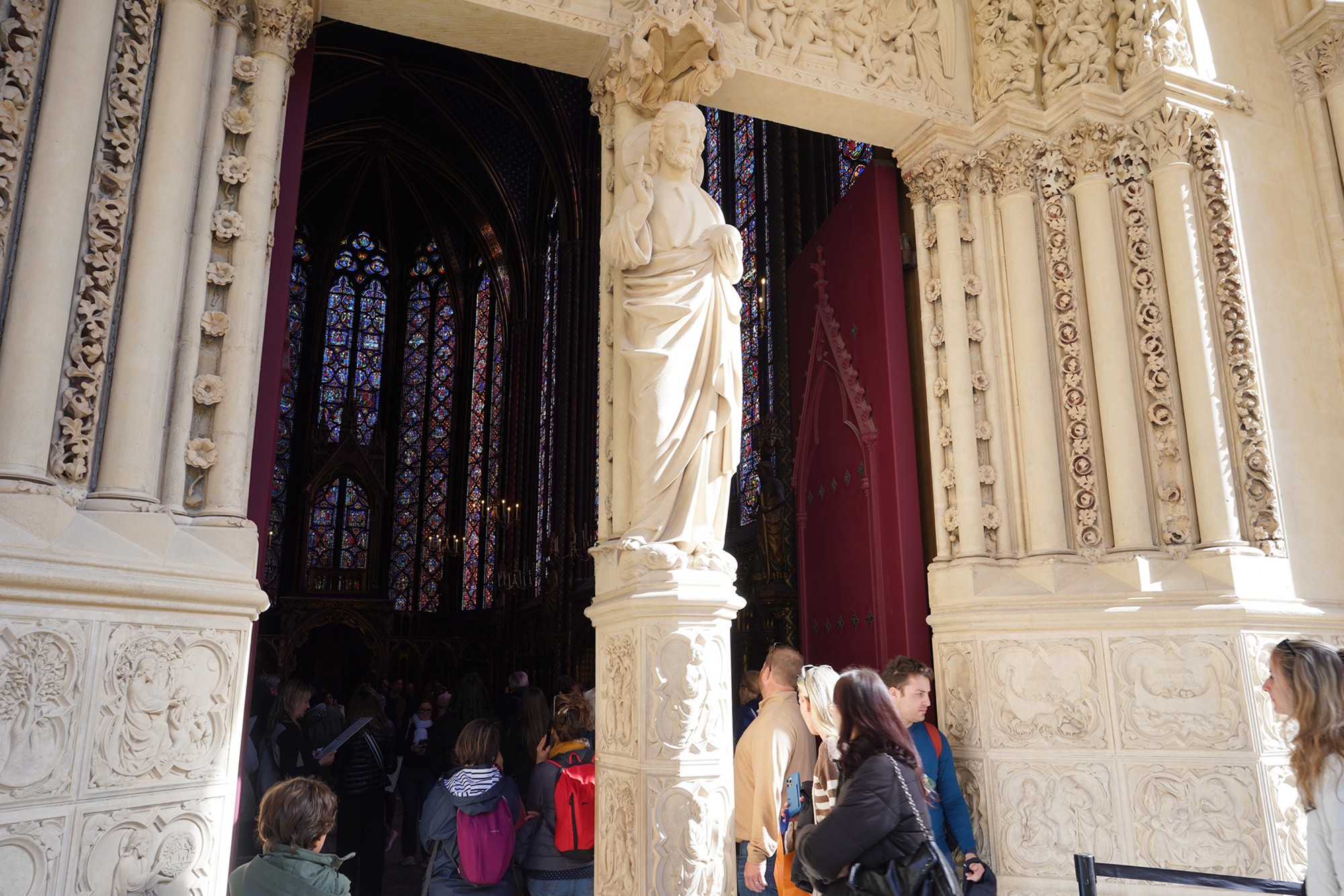
Exiting from the chapel
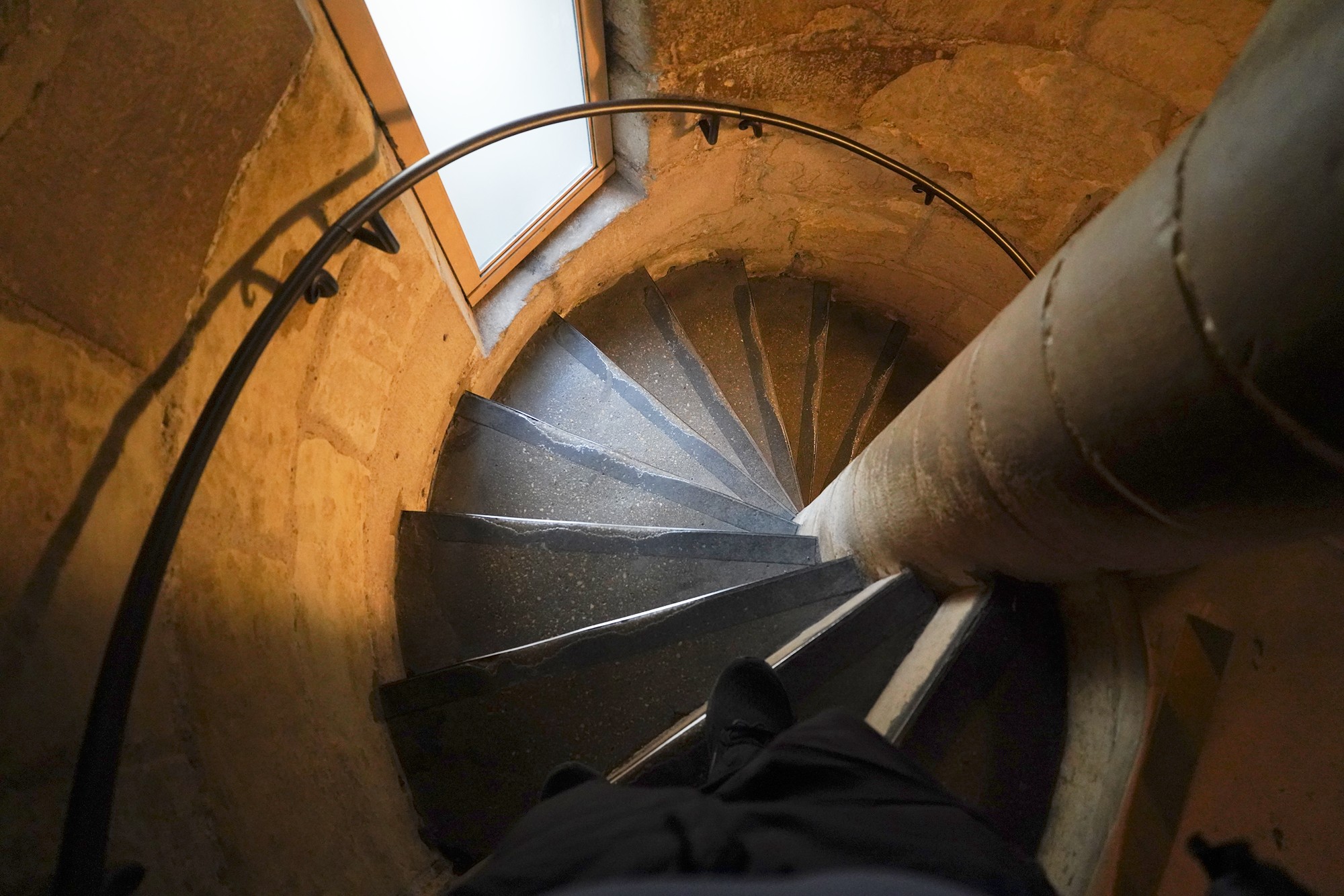
Next to the chapel is the Ministery of Justice Building
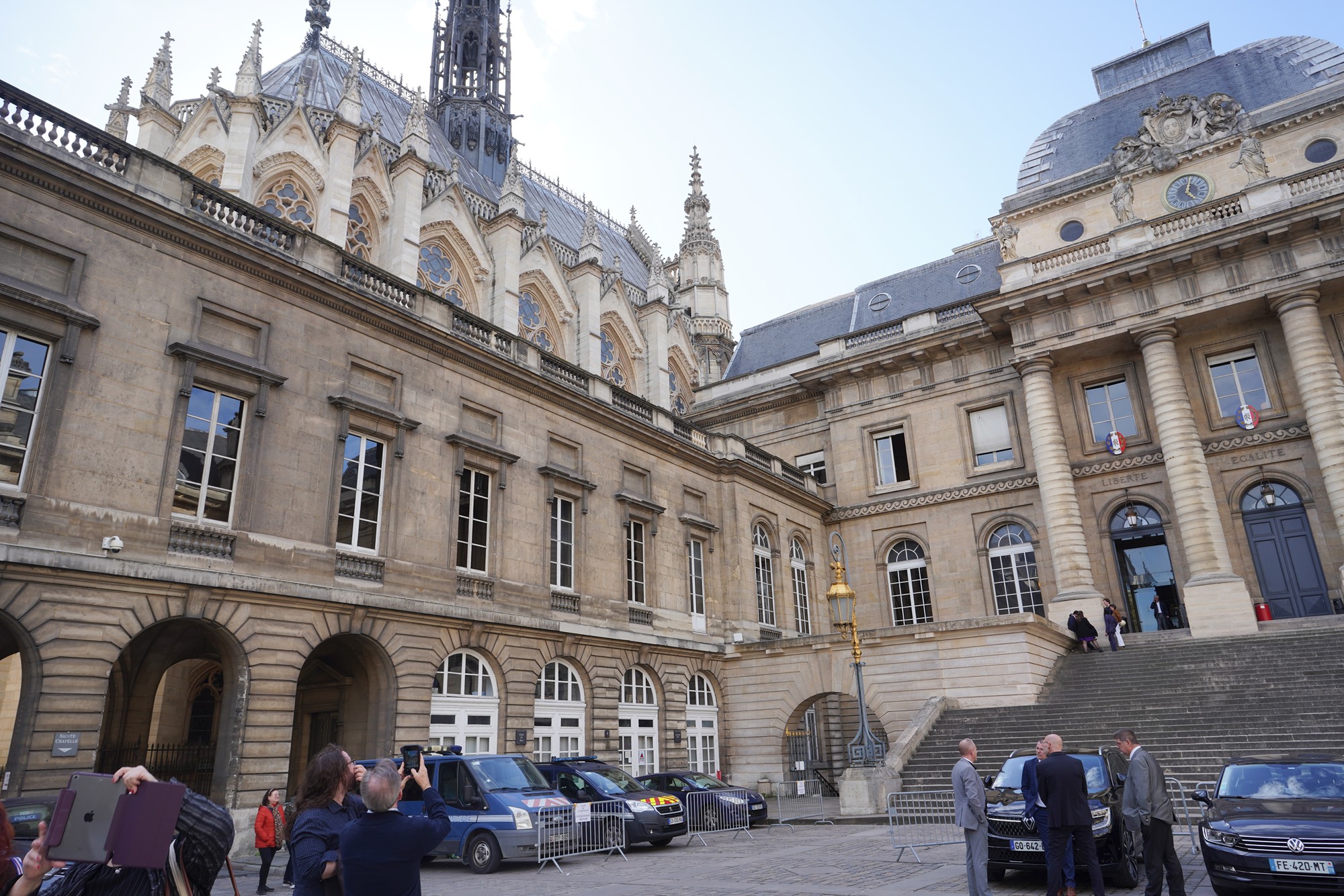
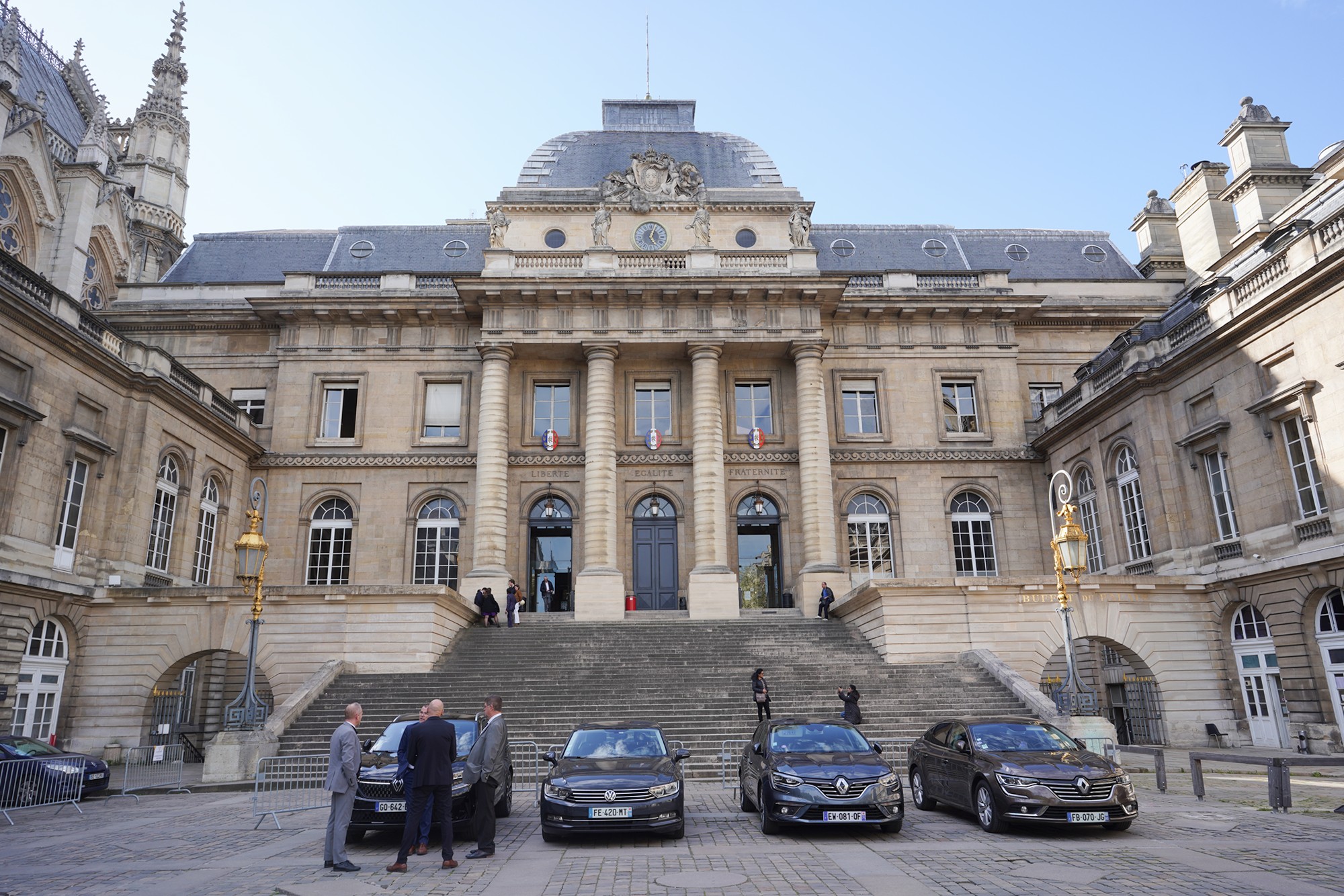
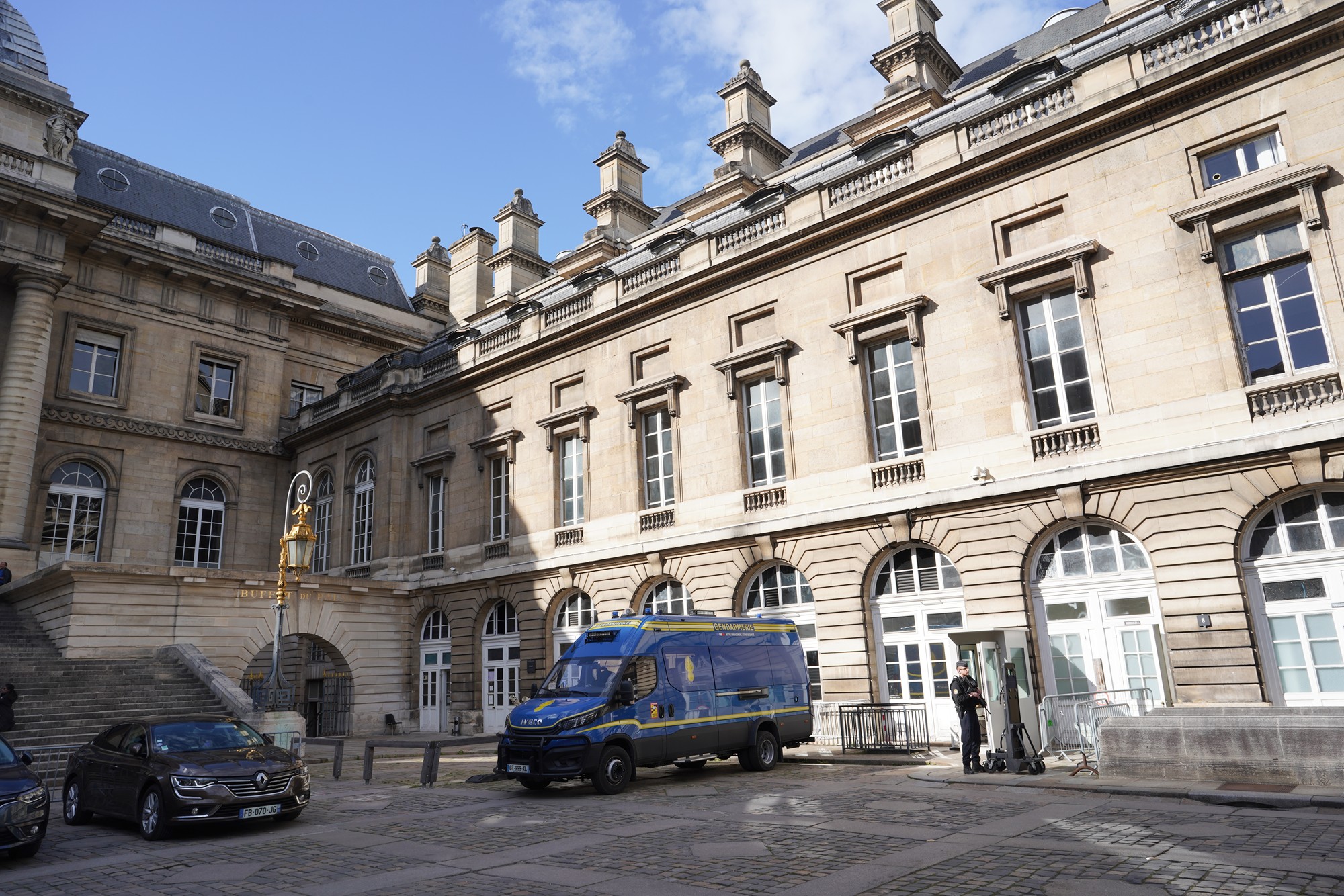
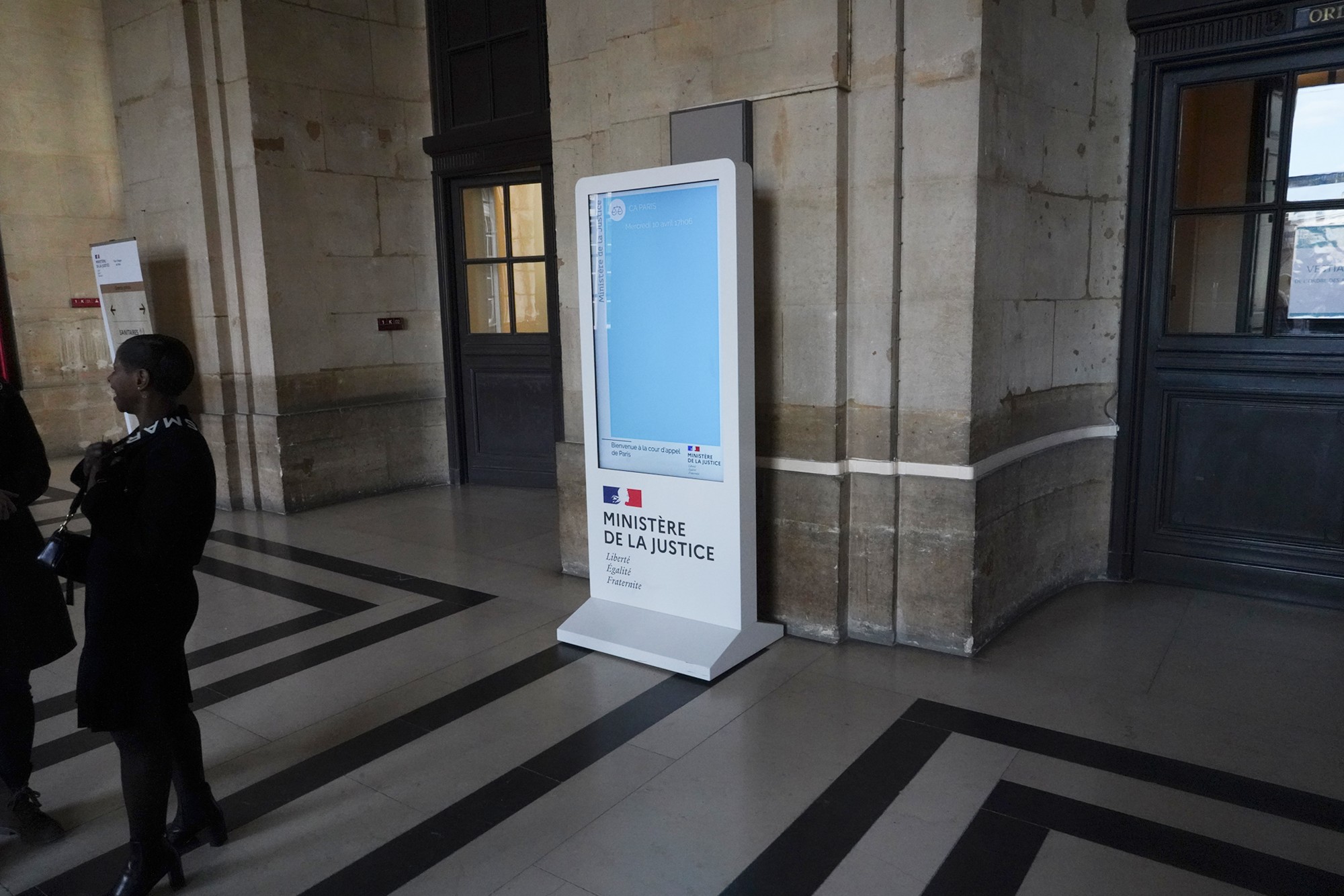
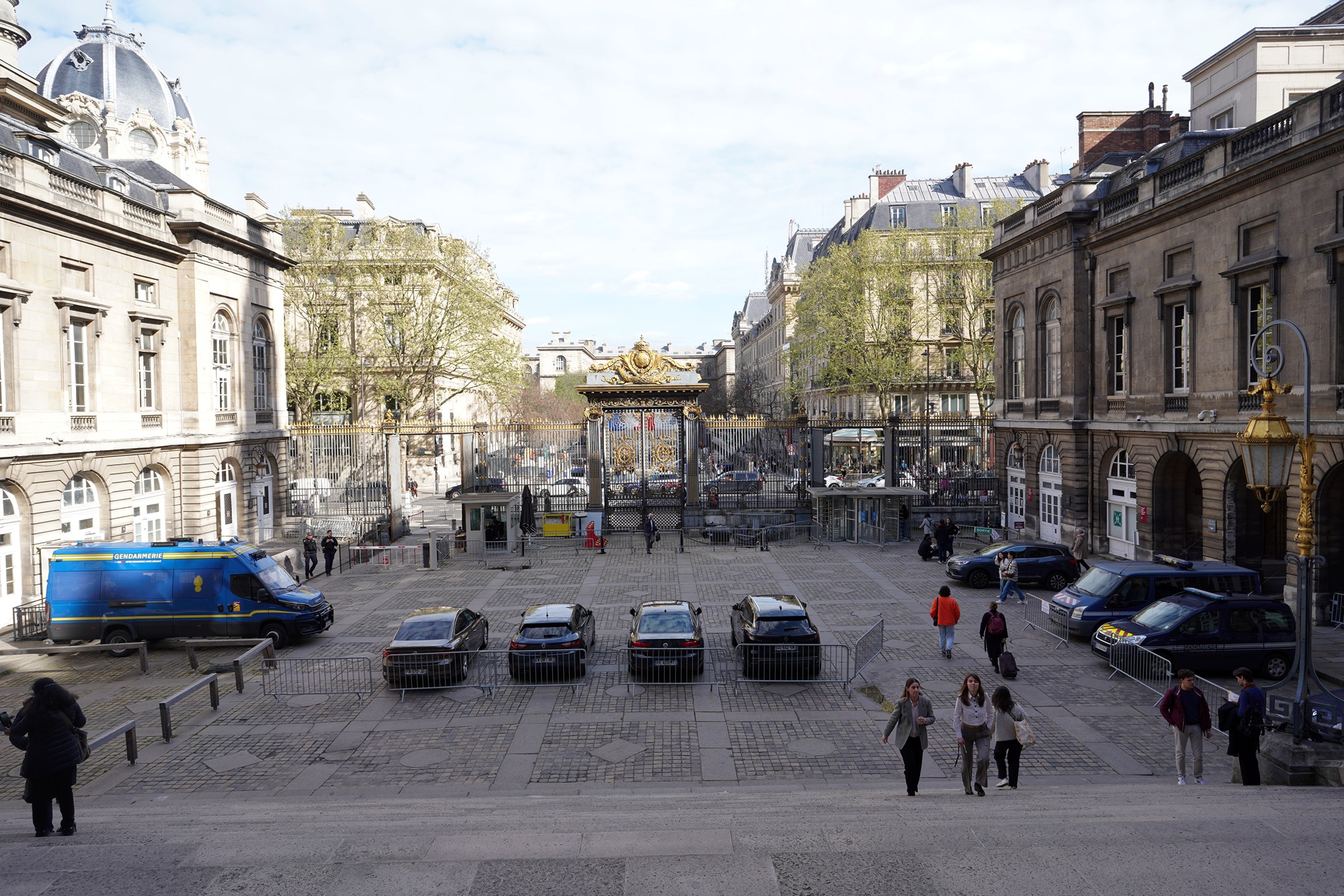
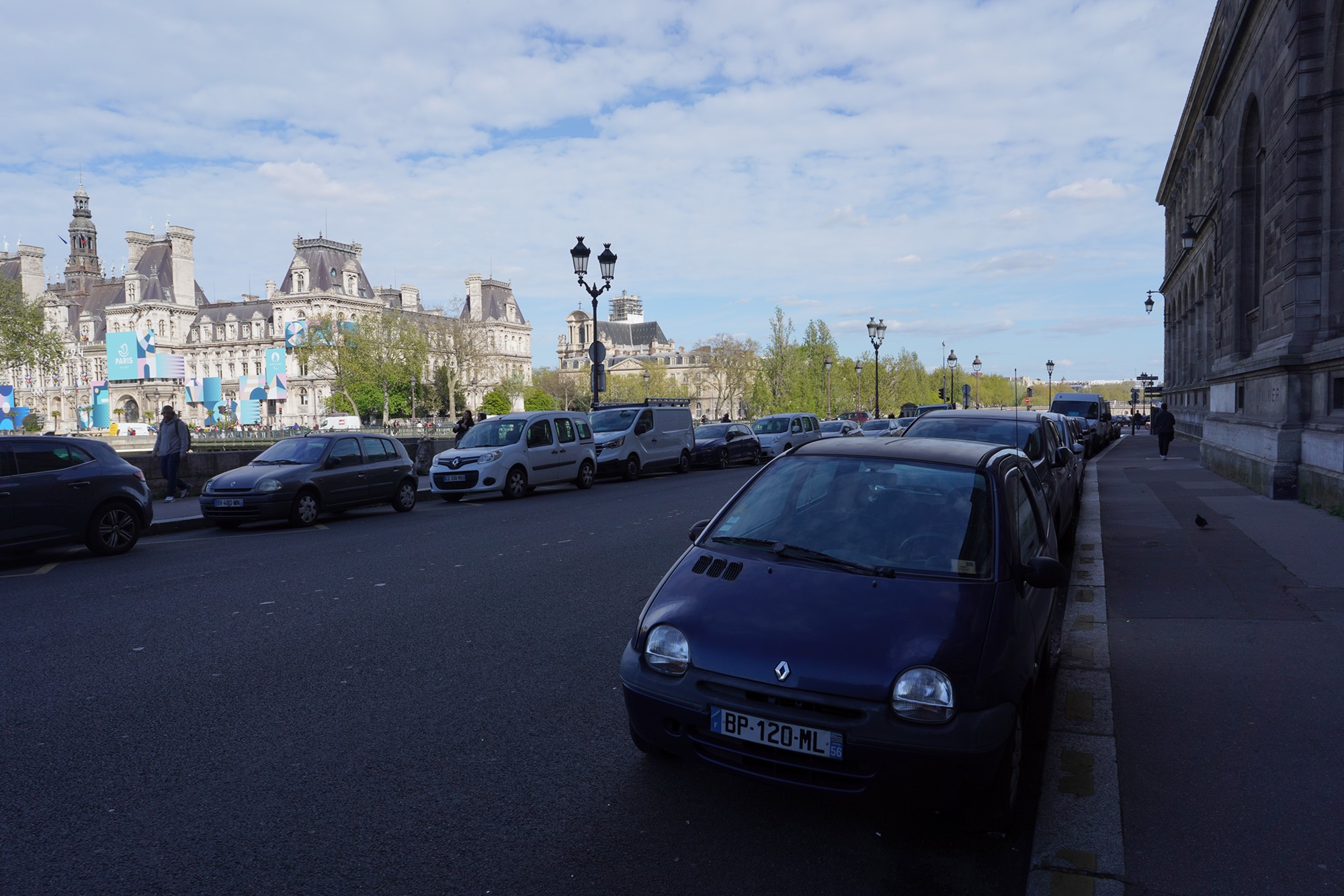
Out of the Chapel and walking along the Seine River, I saw this huge Chateau on the other side of the bridge.
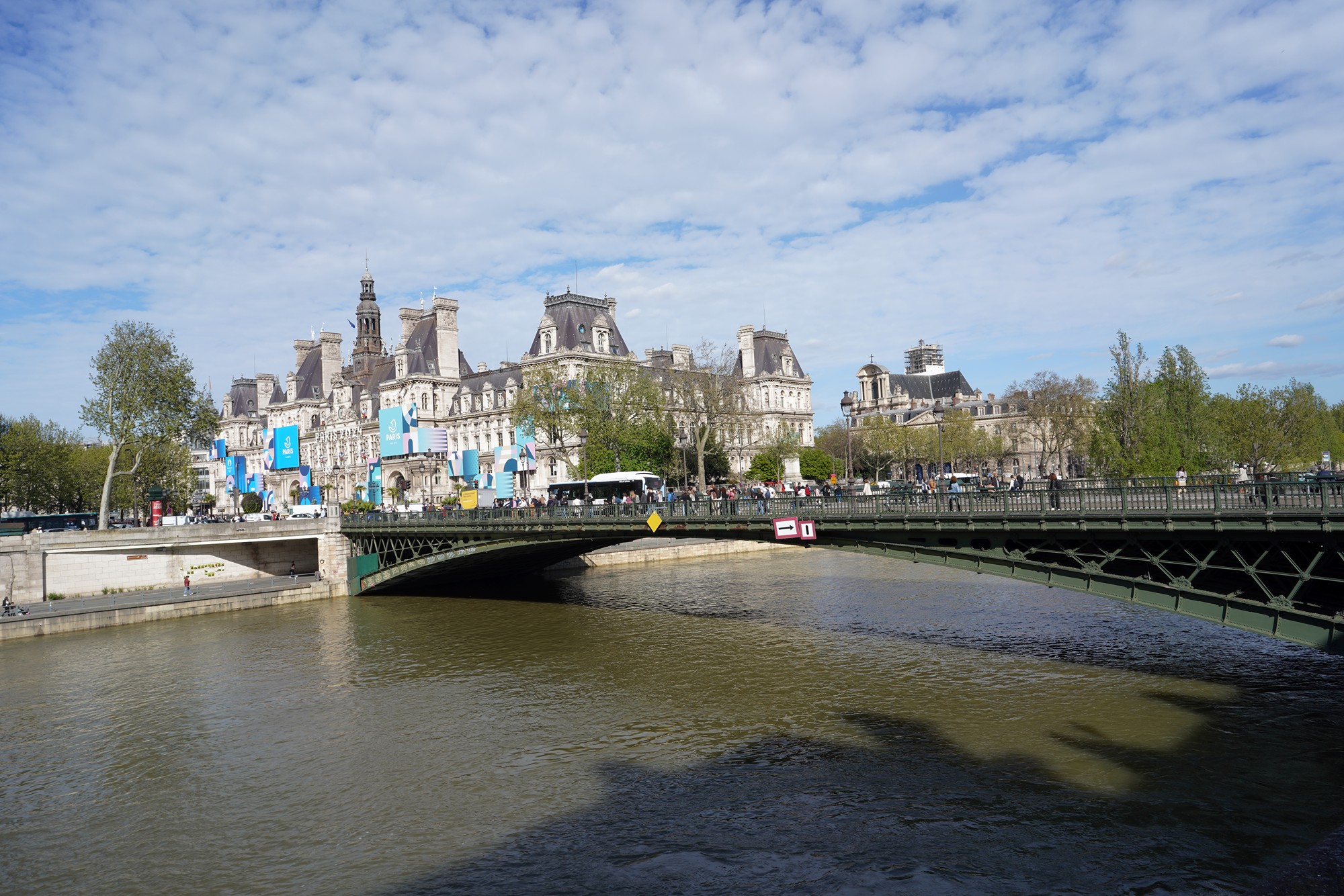
Curious, I went across the bridge to see it
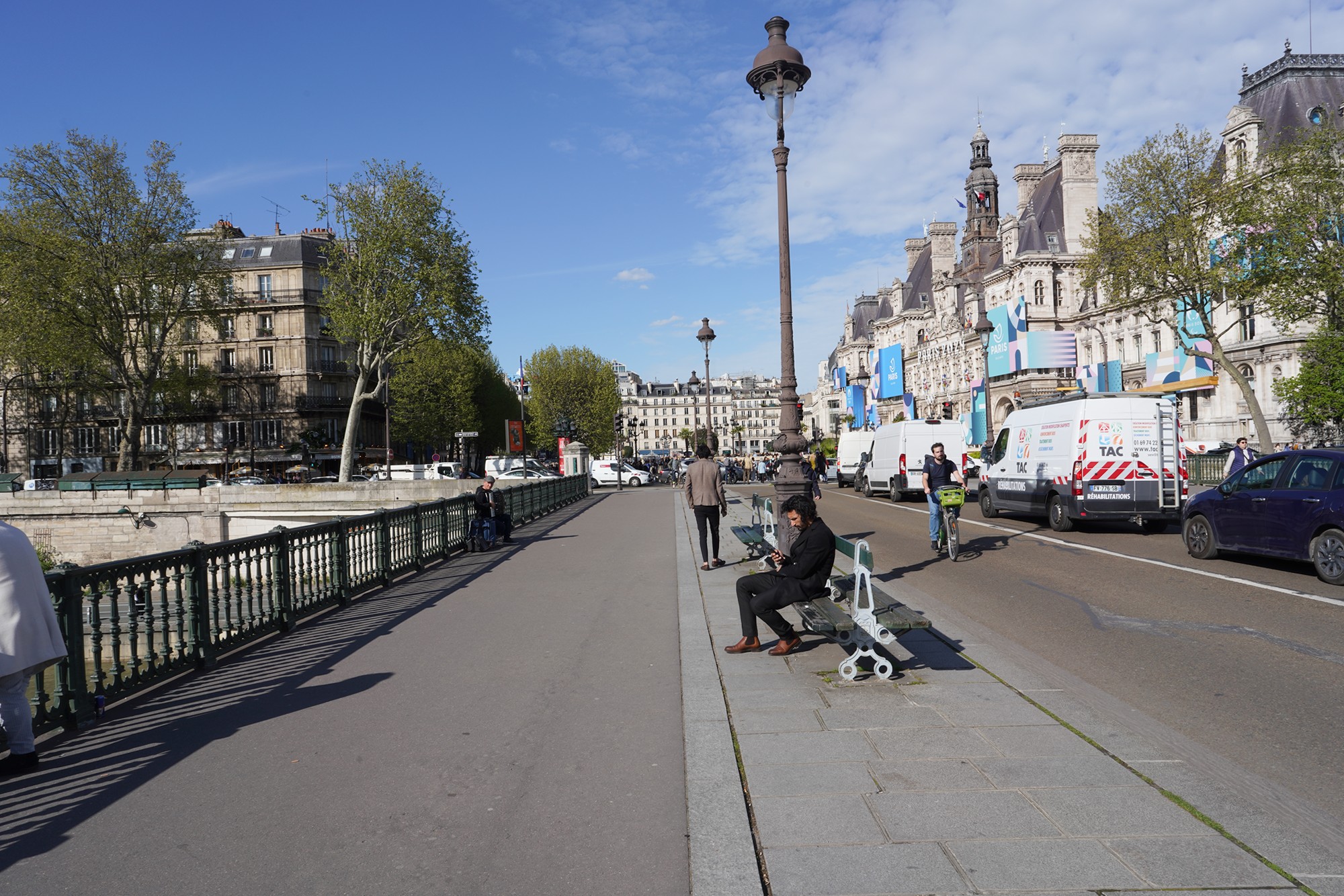
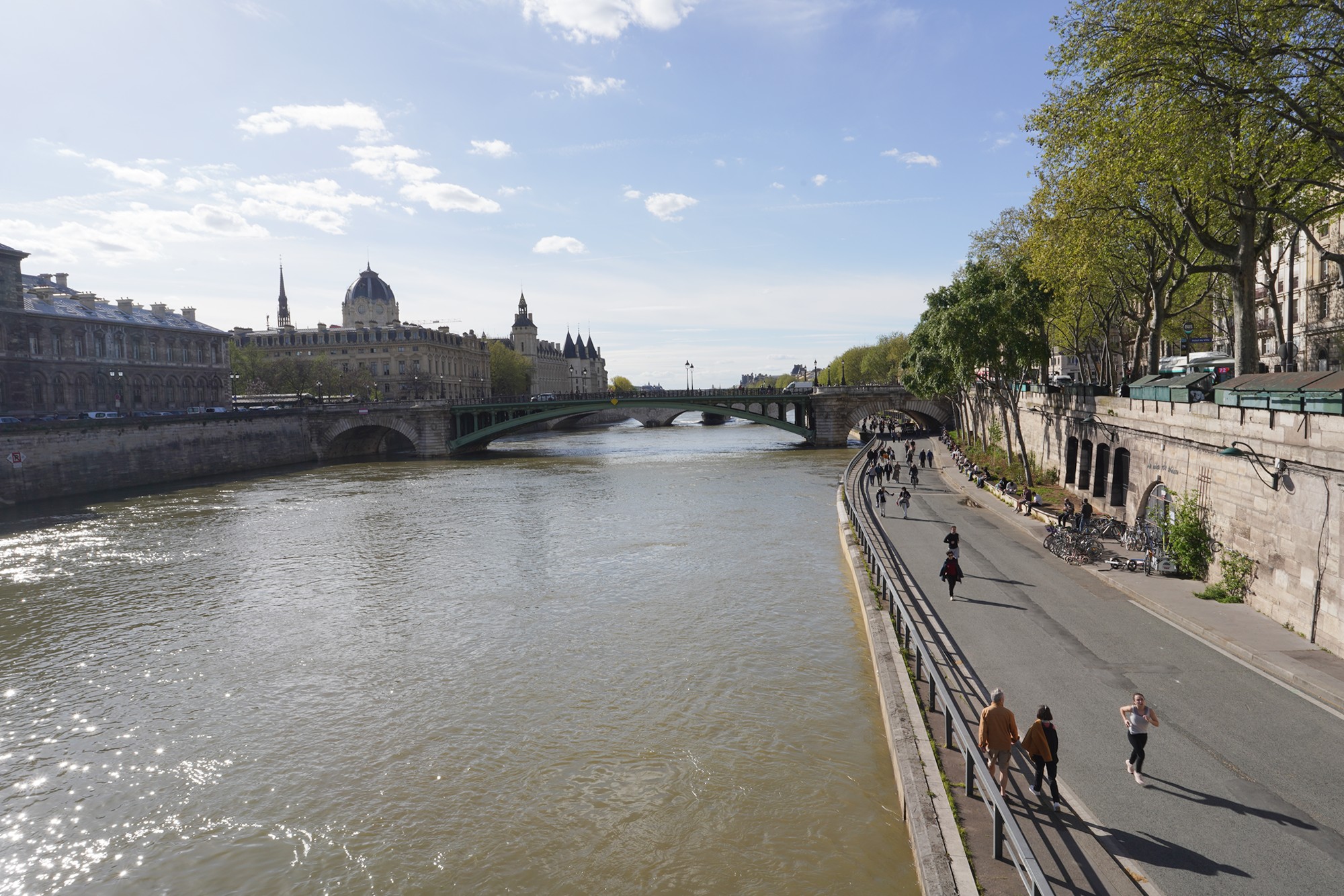
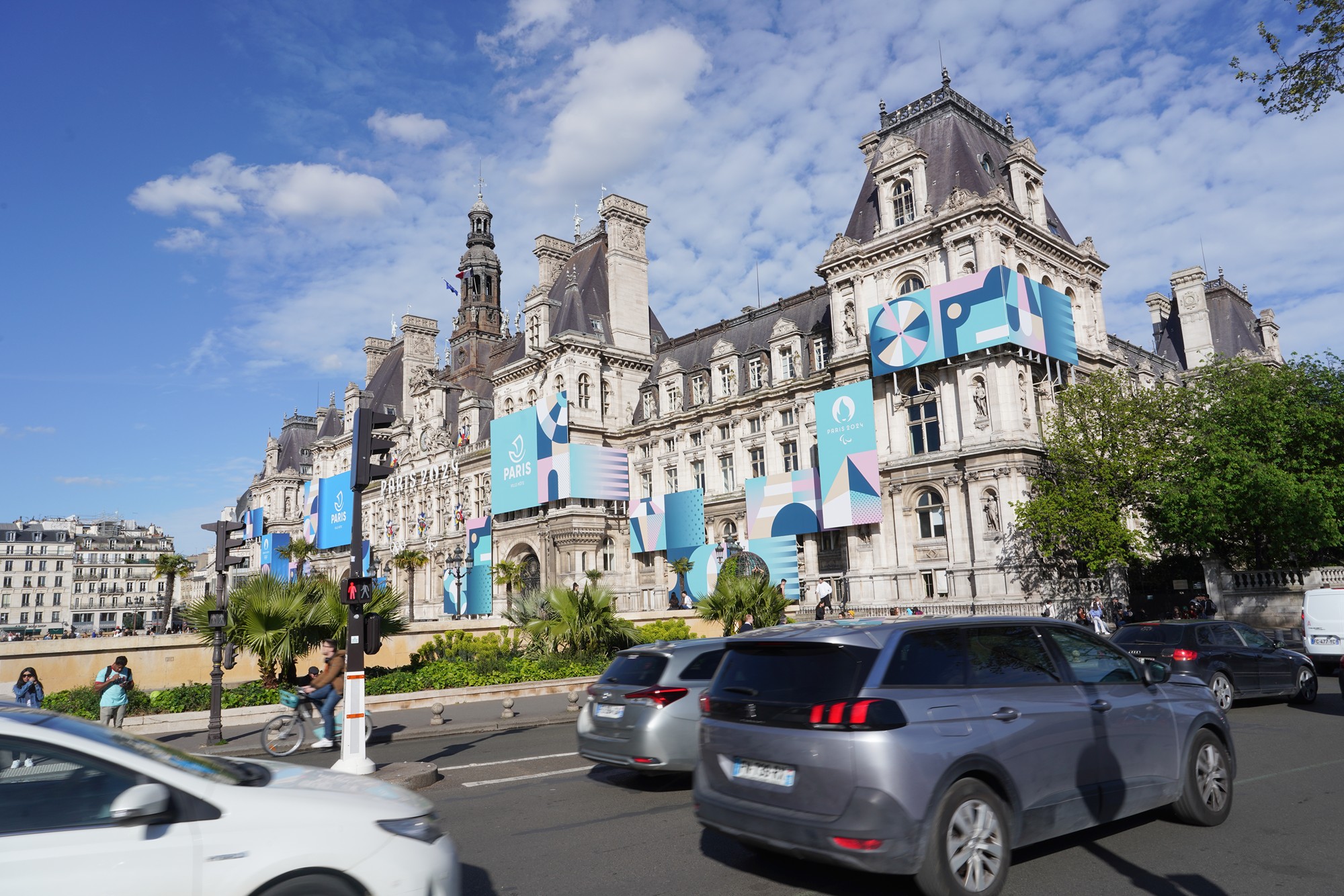
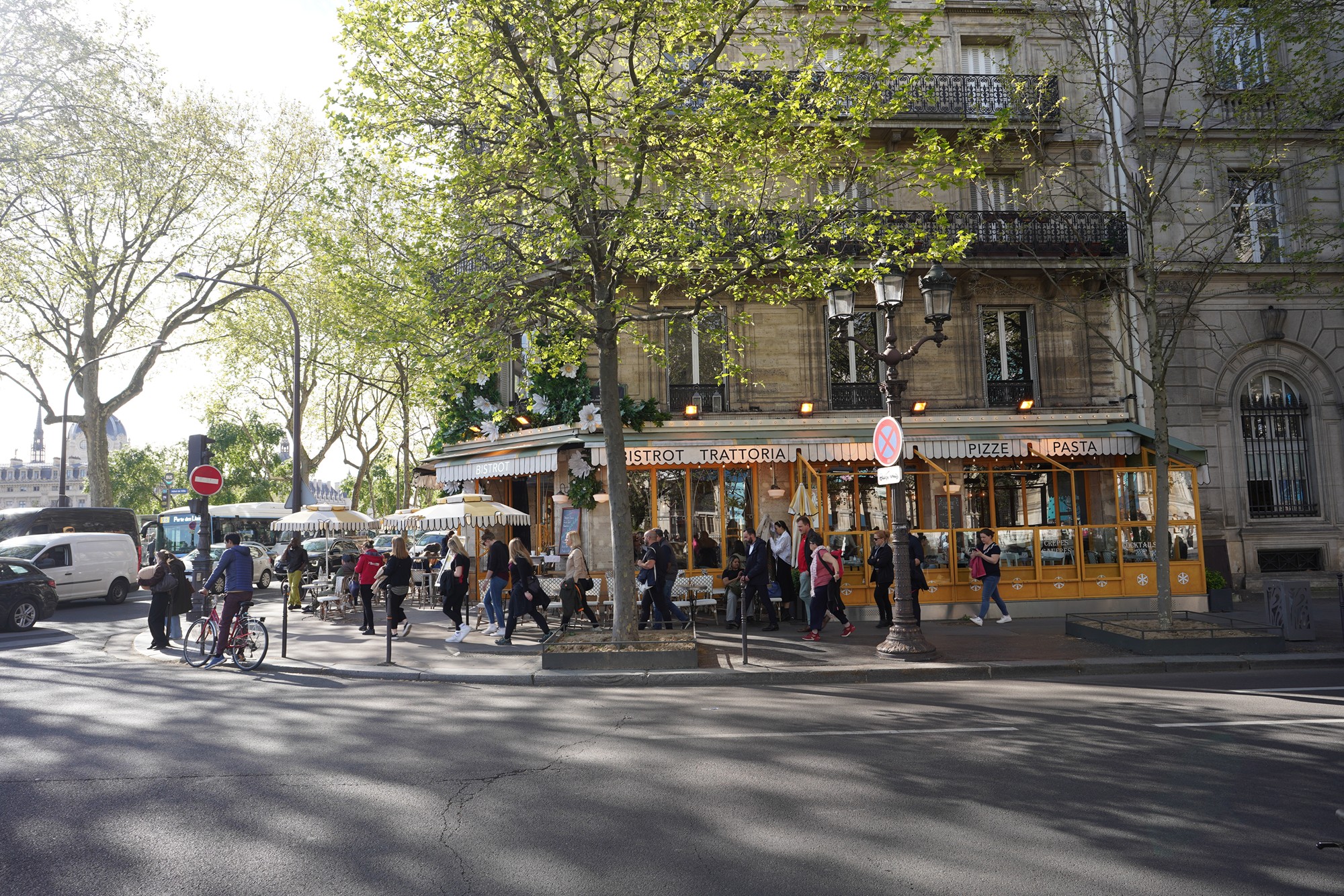
It is Hôtel de Ville, the Paris City Hall.
The Hôtel de Ville in Paris serves as the city’s town hall and is an important symbol of Parisian administrative and political life. It is located in the 4th arrondissement, along the right bank of the Seine River, and has a rich history that dates back several centuries.
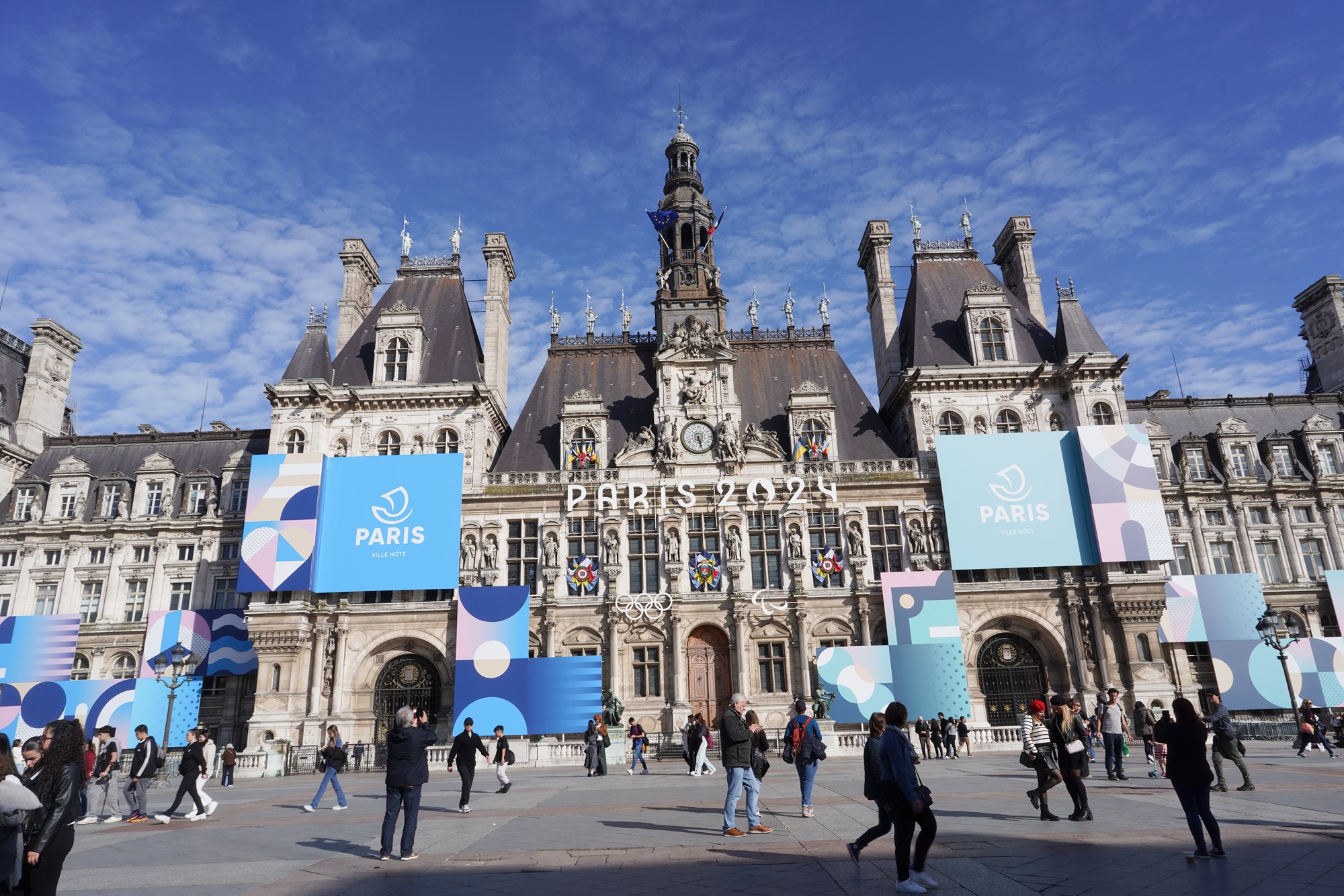
Panoramic view of the building
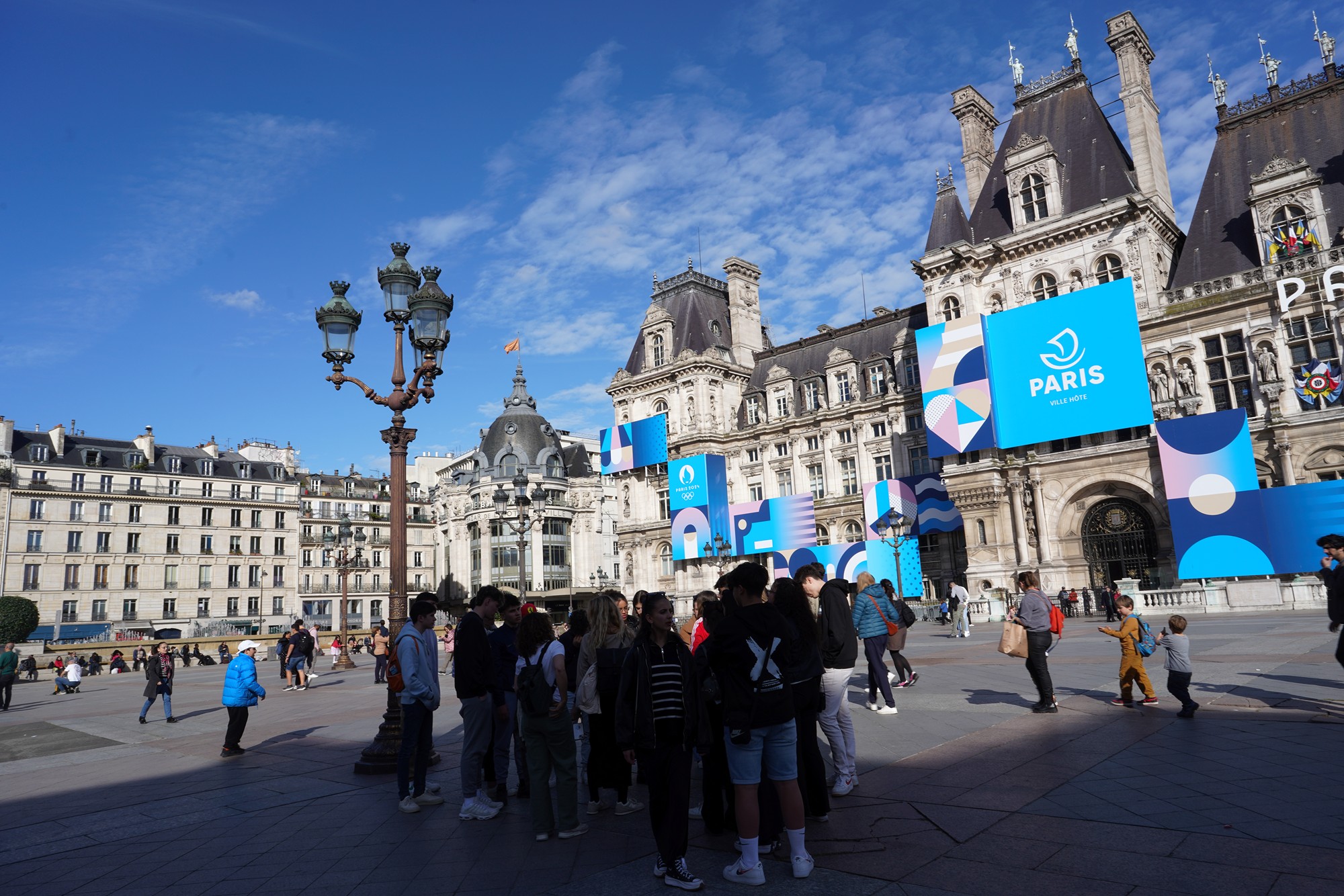
The original building on this site was constructed in the early 16th century during the reign of King Francis I. It was designed by Italian architect Dominique de Cortone and French architect Pierre Chambiges.
It was almost completely destroyed by fire during the Paris Commune in 1871. The current building, which closely resembles the original Renaissance style, was reconstructed between 1874 and 1882 by architects Théodore Ballu and Édouard Deperthes. It retains the historic façade but with a modernized interior.
It serves as the headquarters of the Mayor of Paris and the city administration, playing a crucial role in the governance of the city.
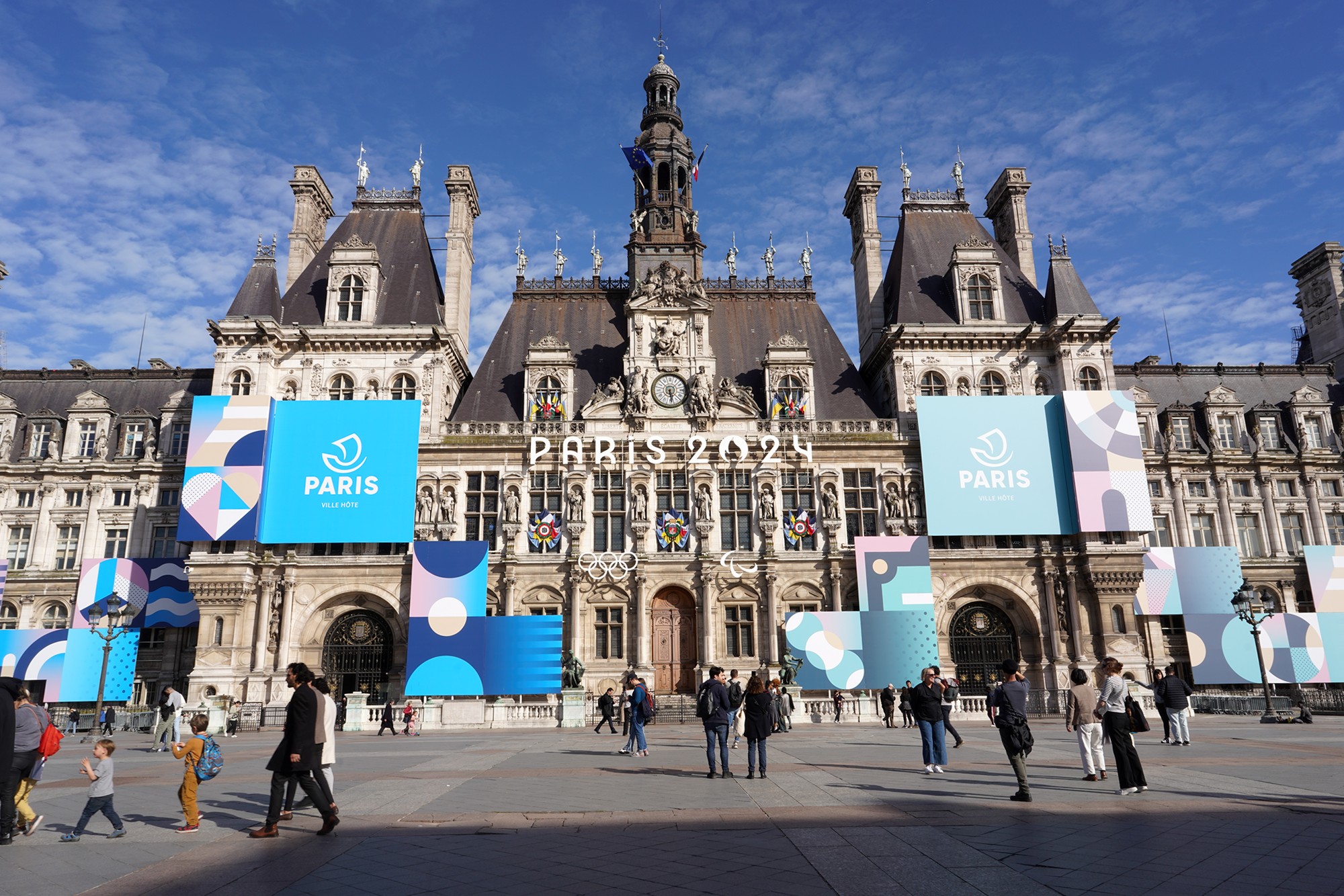
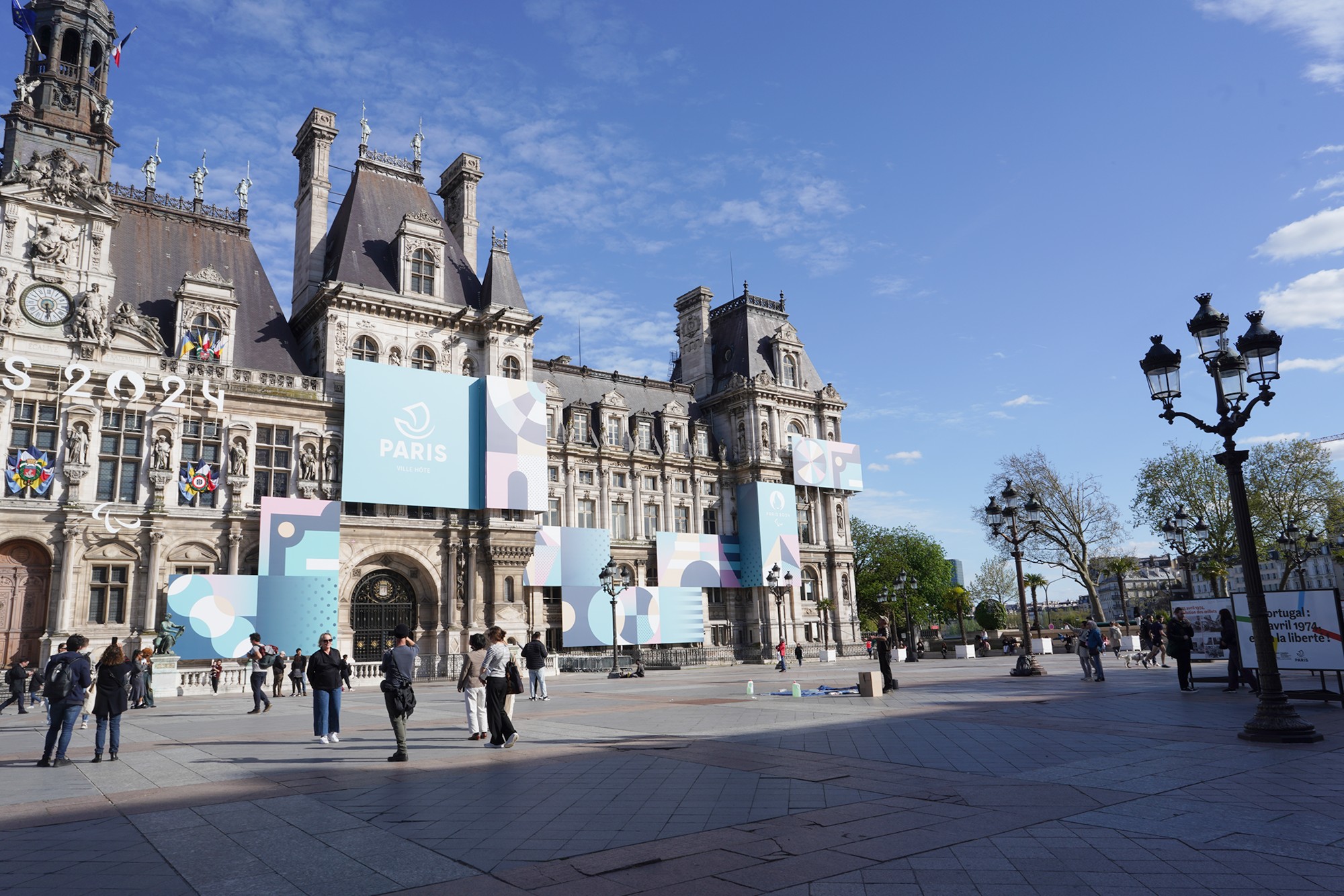
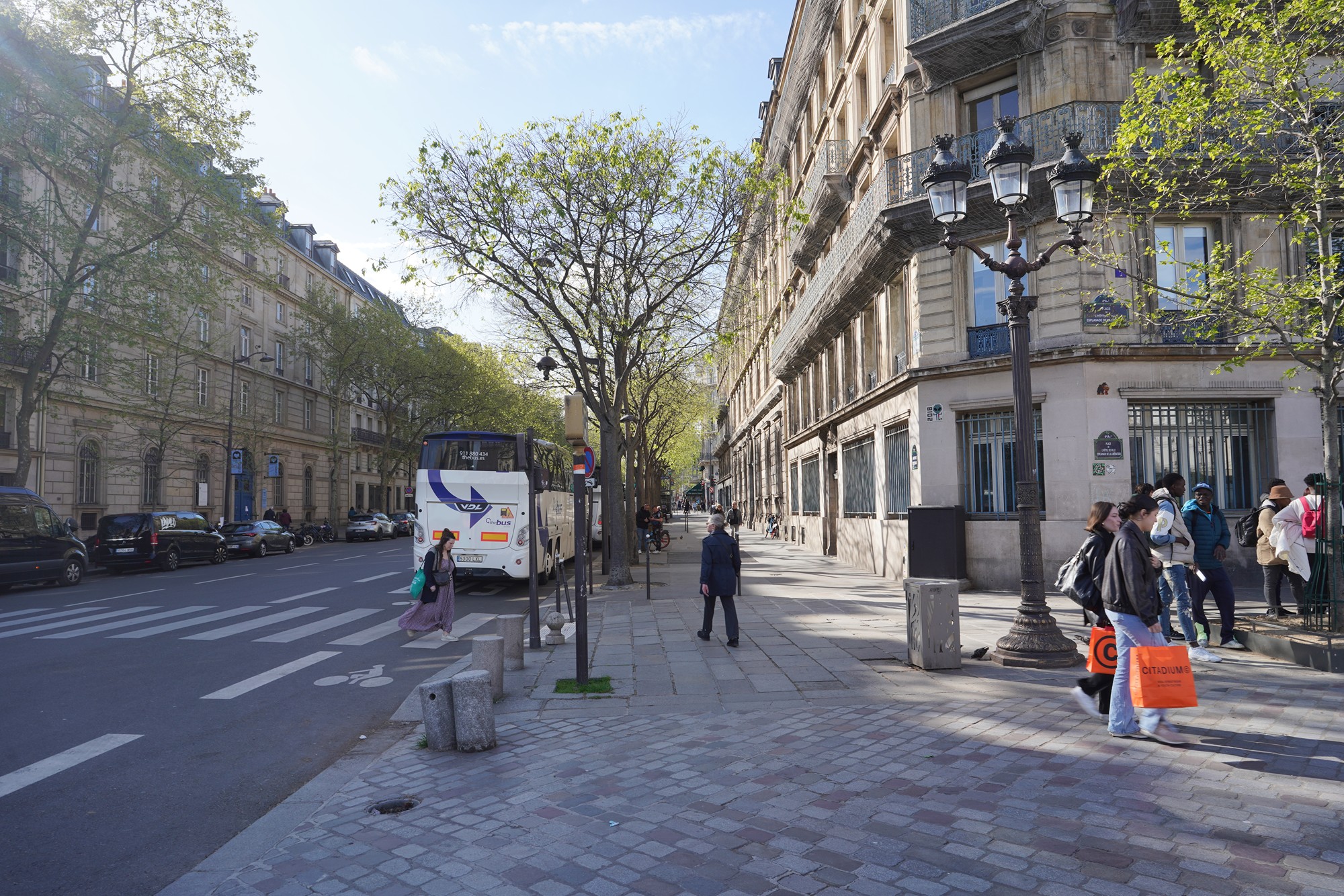
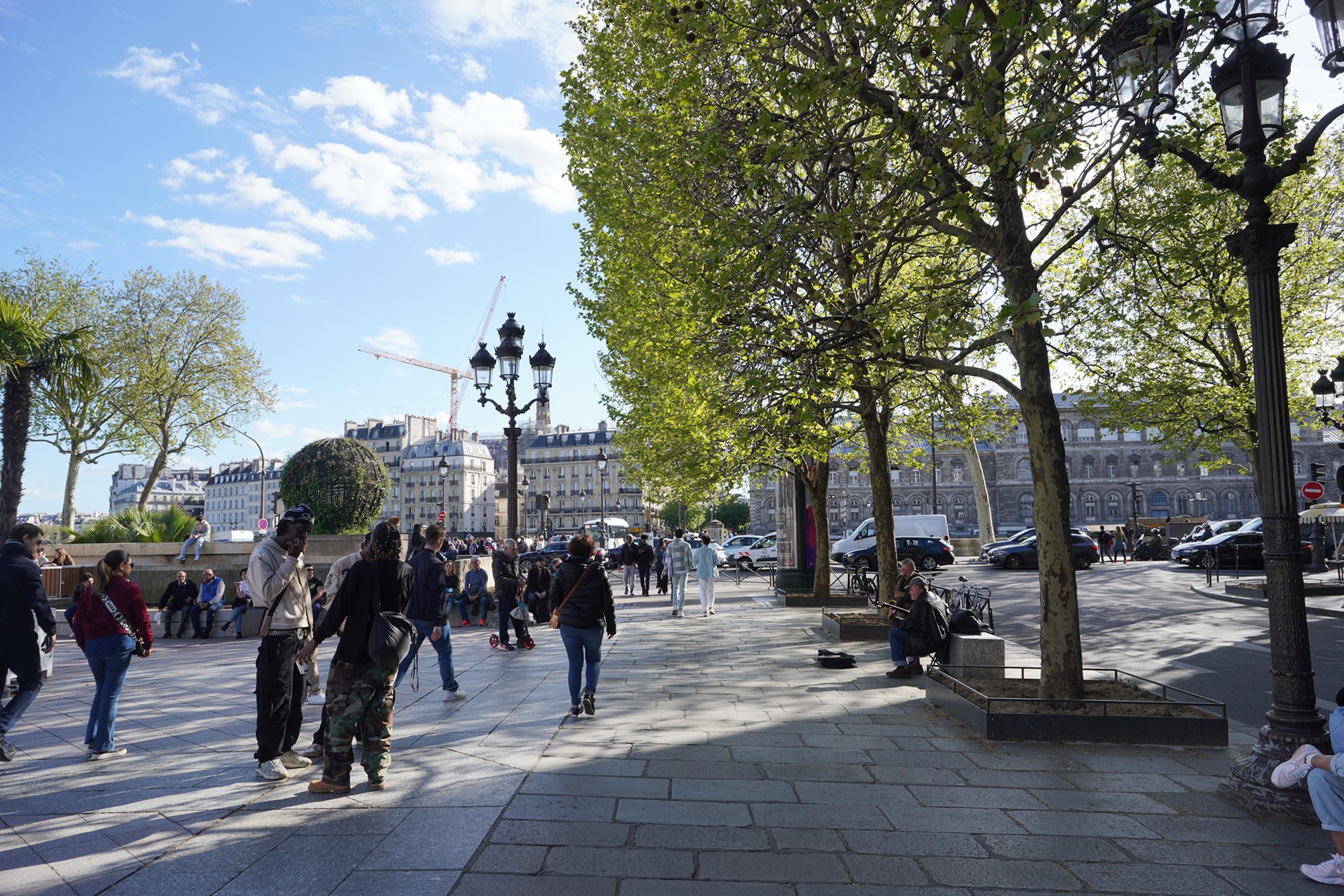
Walked across the Seine River to get to Île Saint-Louis island
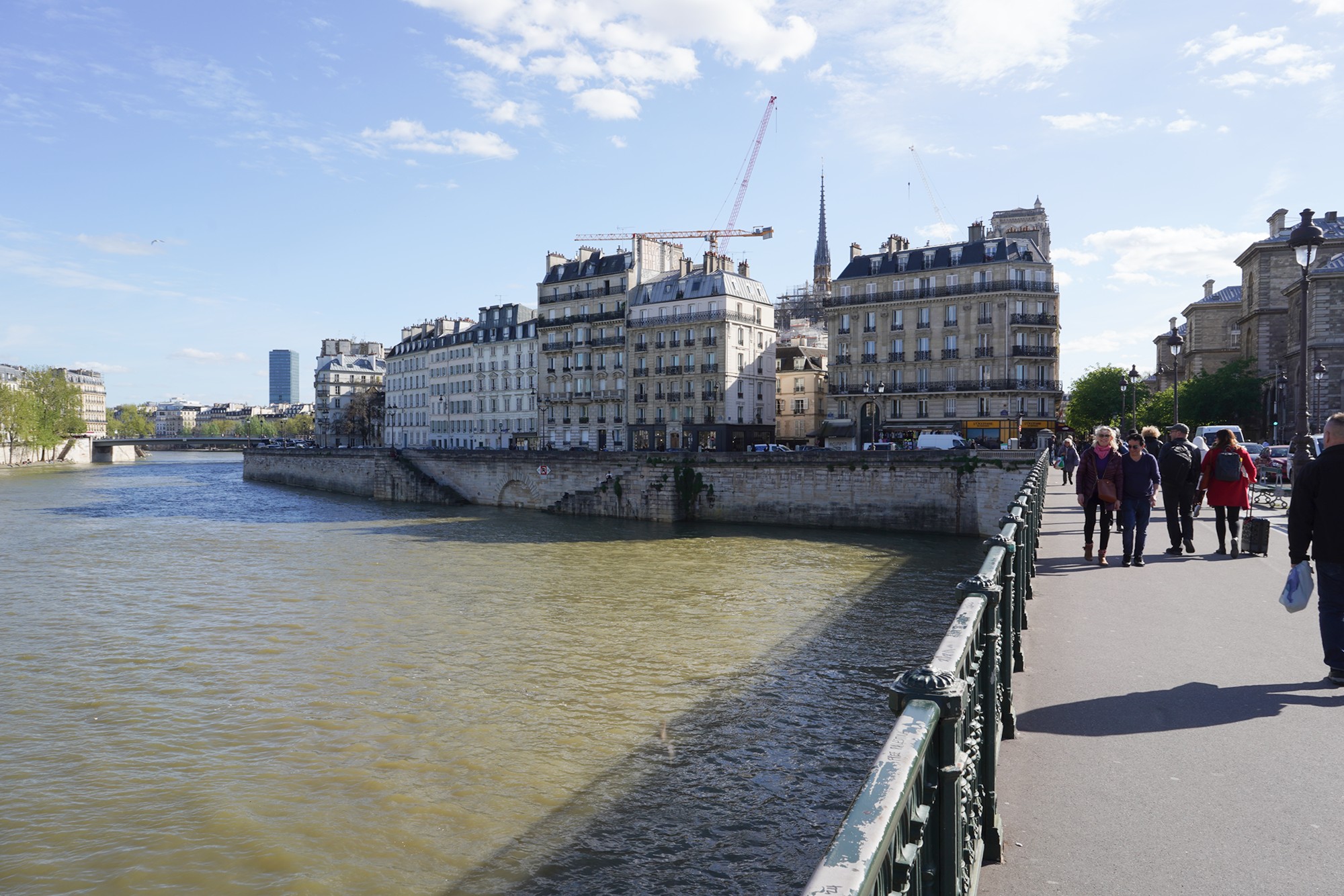
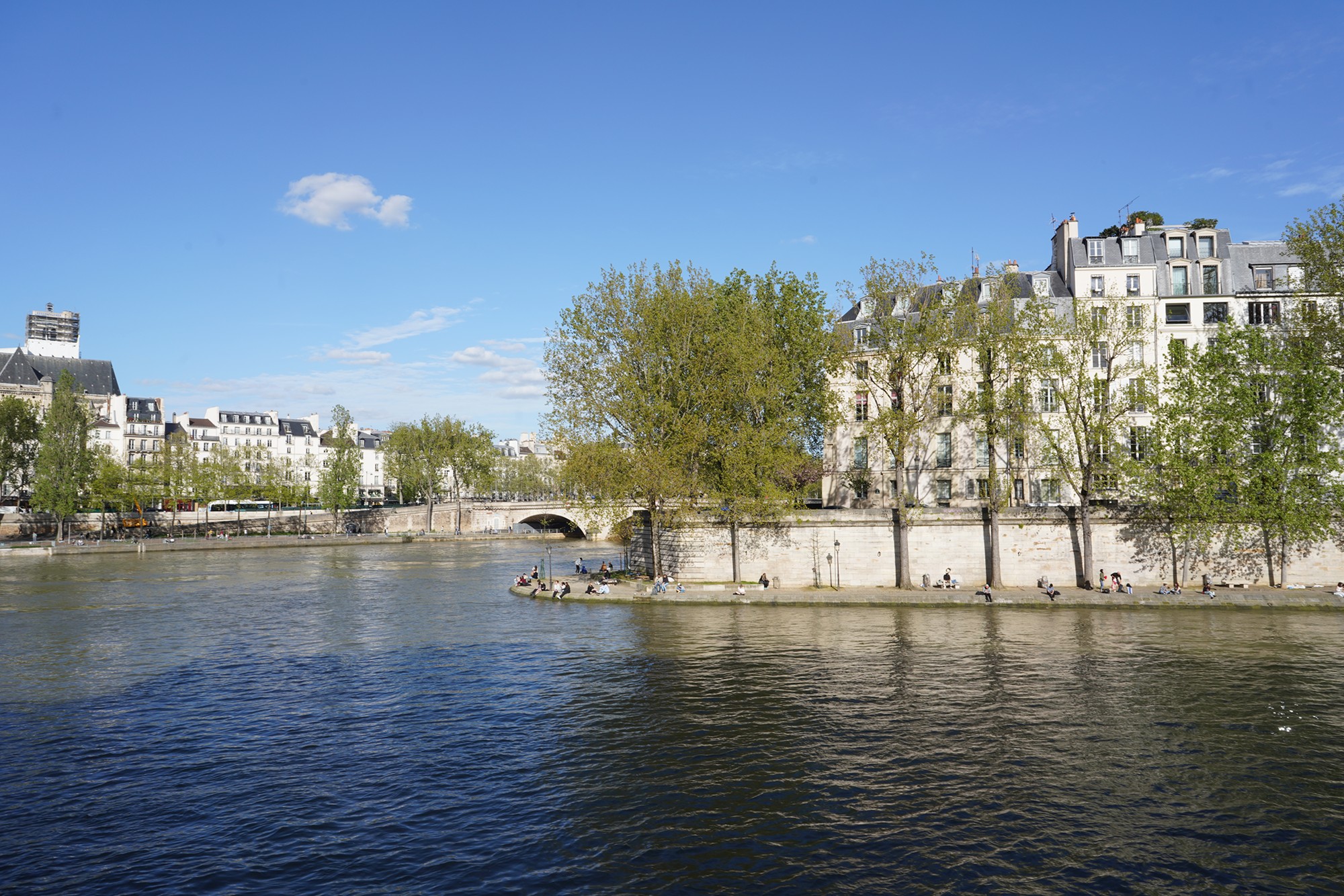
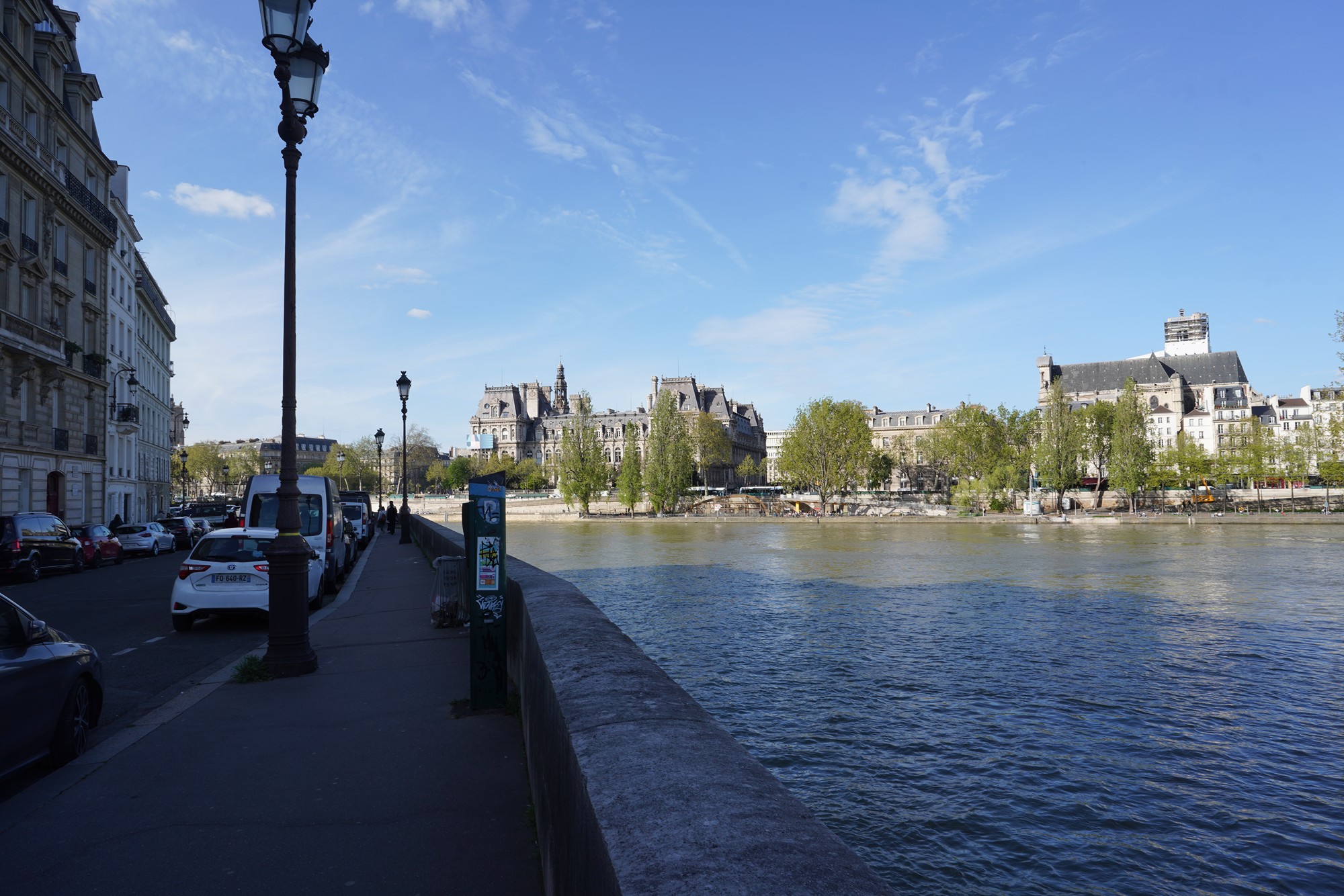
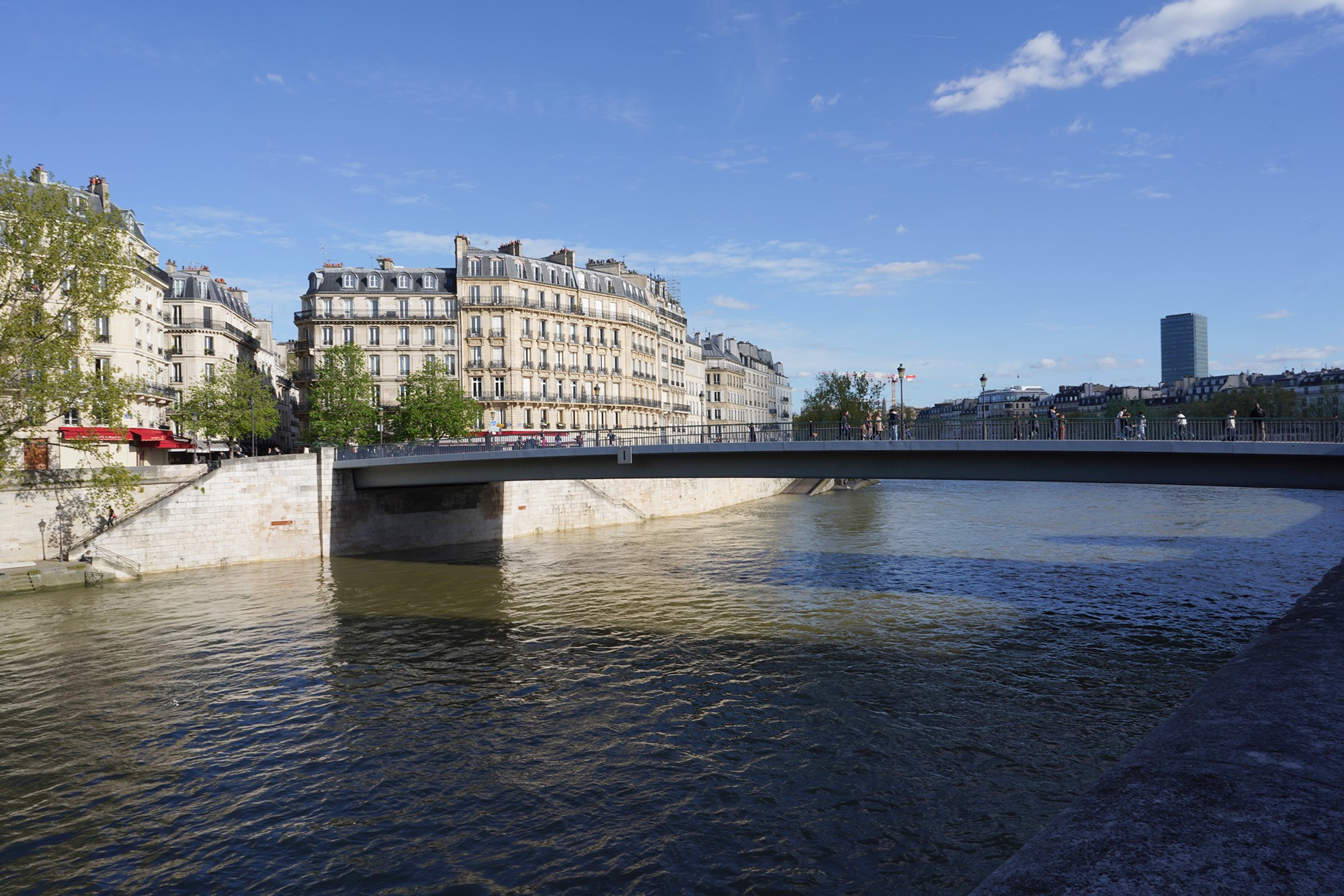
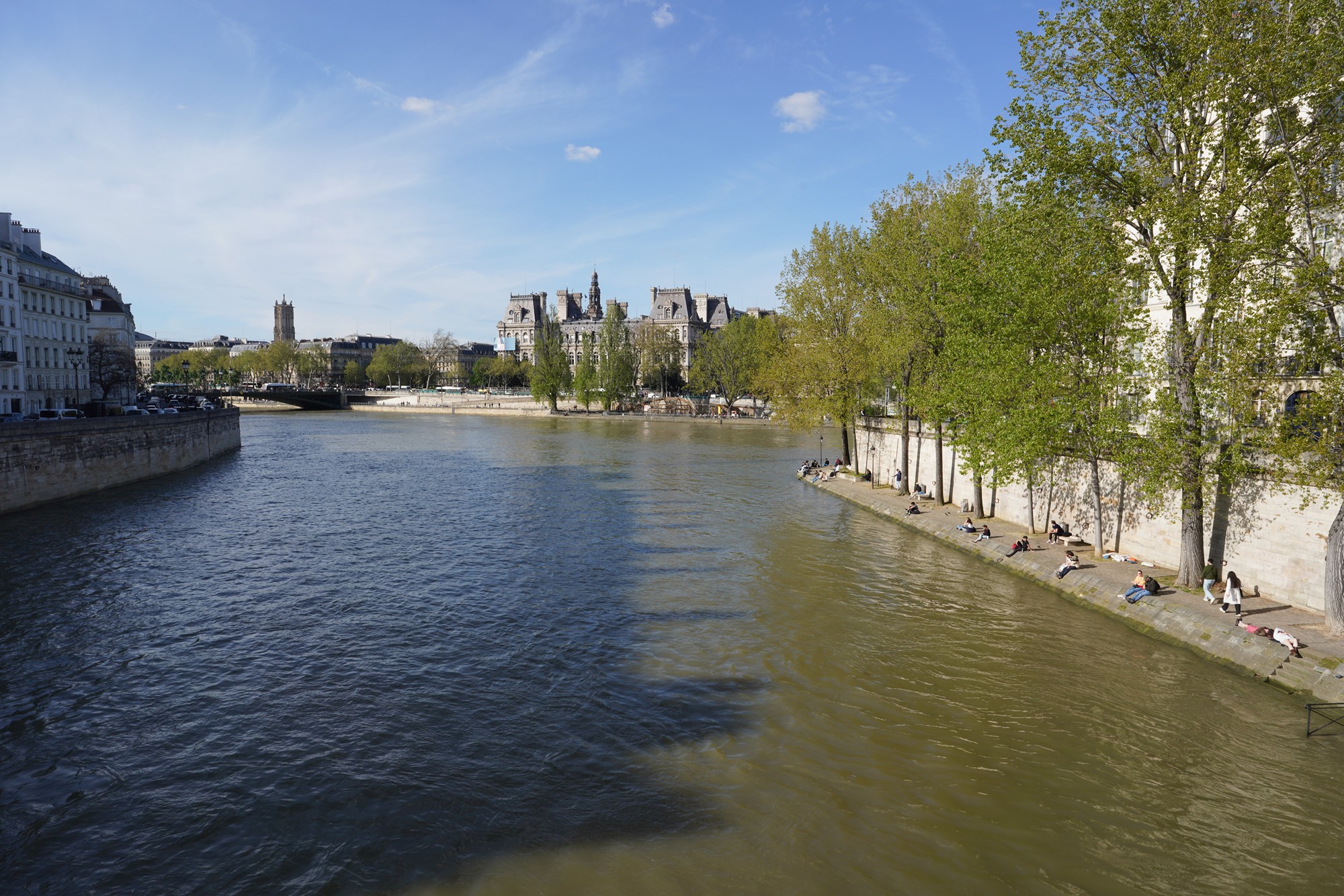
On Pont Saint-Louis Bridge that leads to Île Saint-Louis island
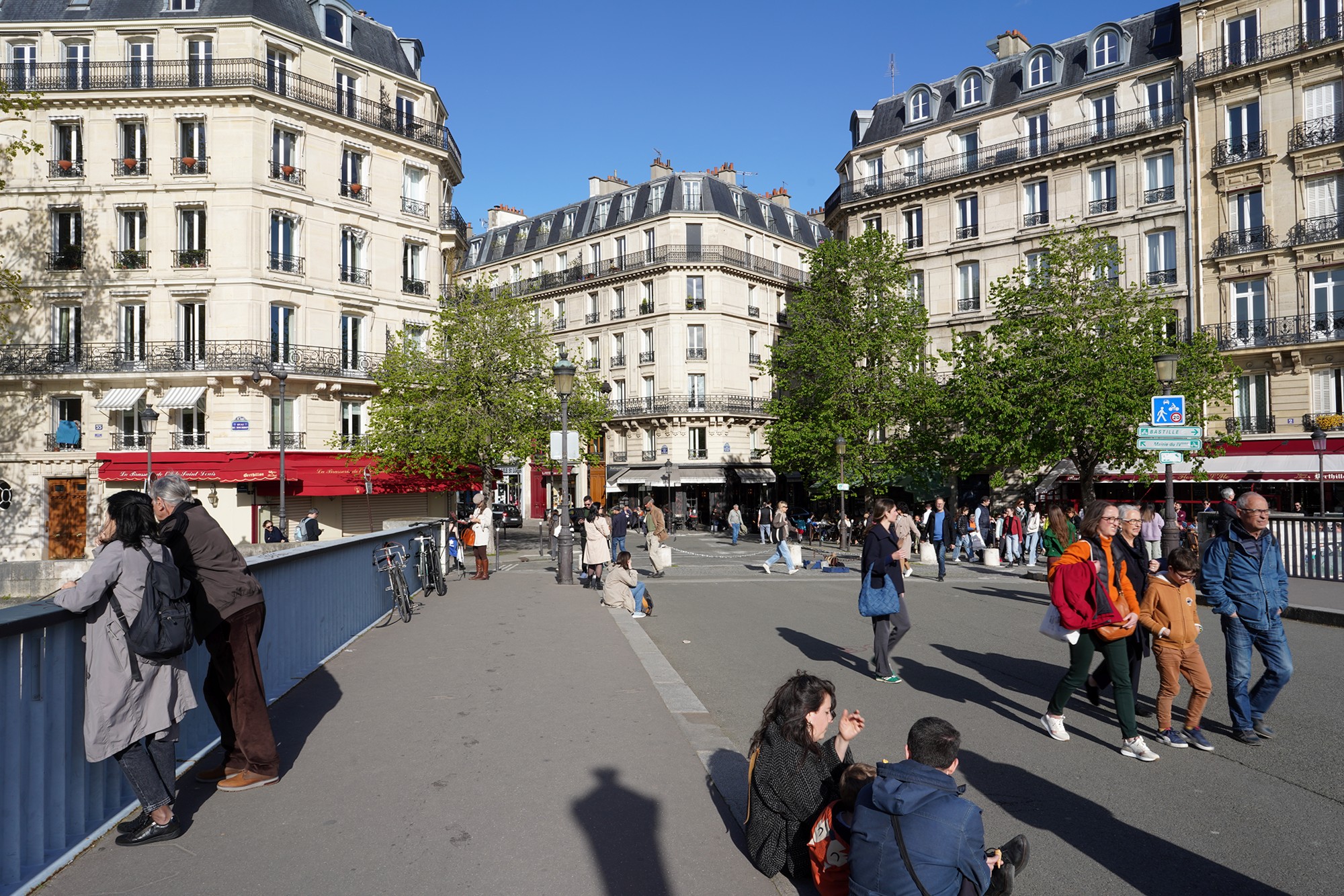
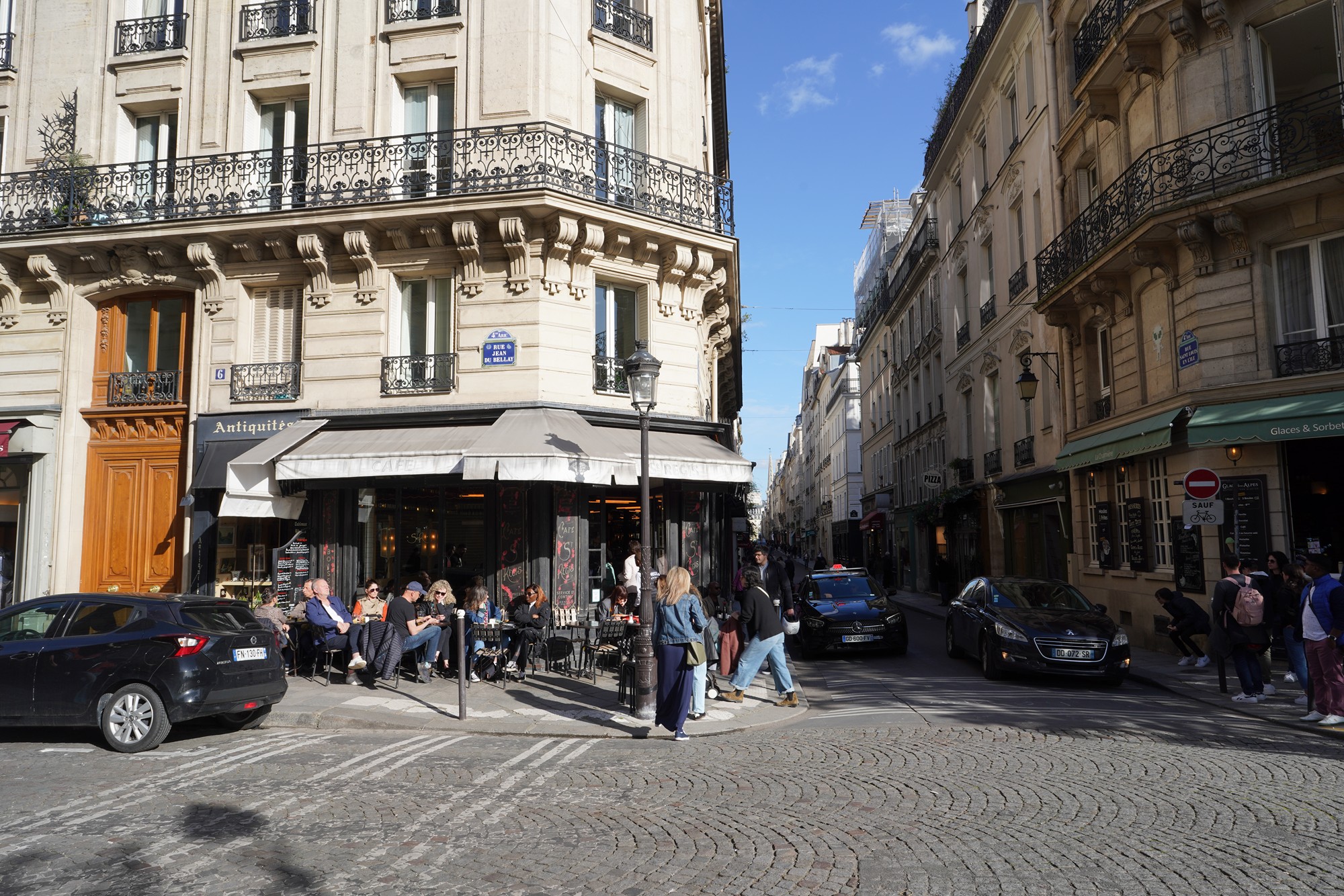
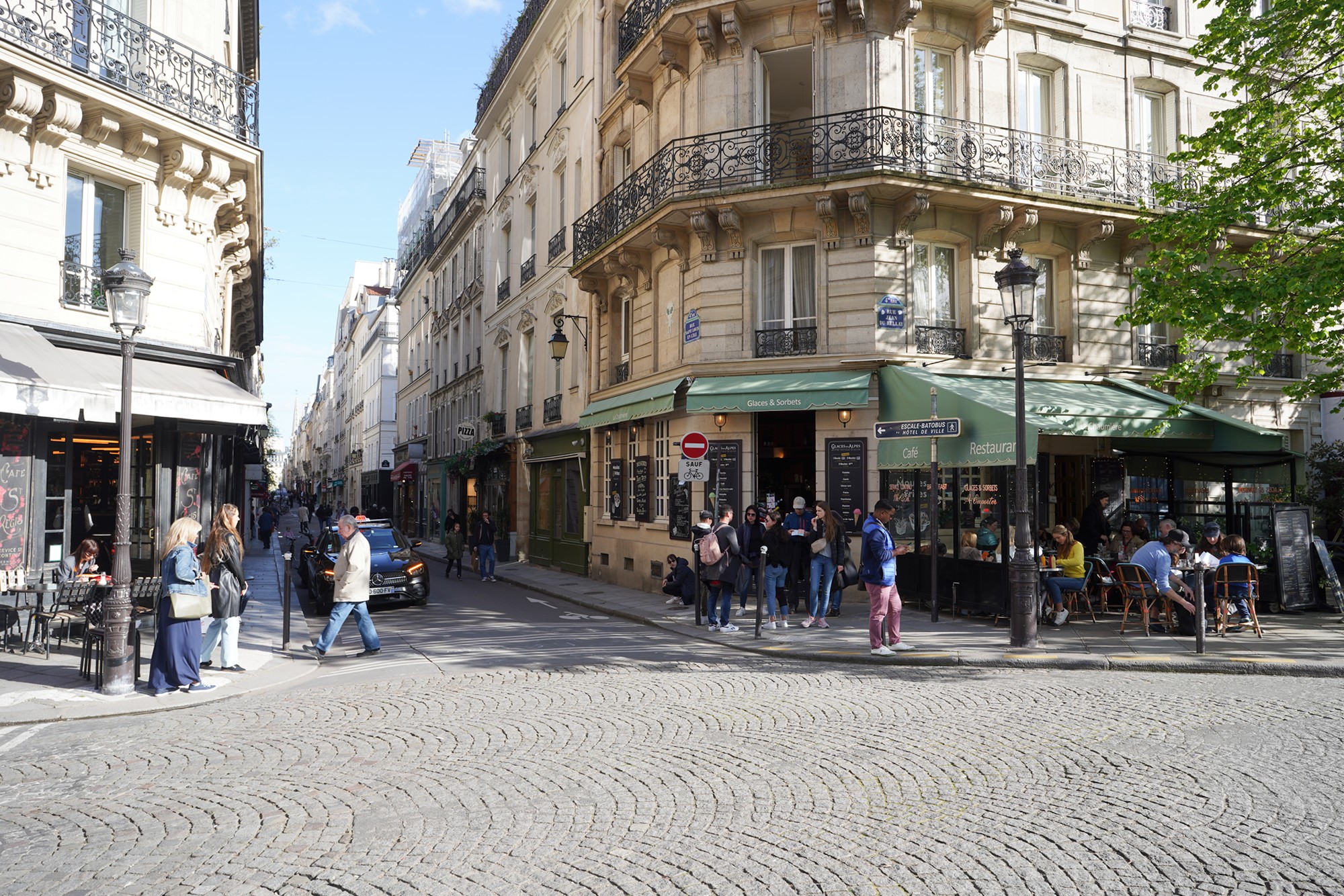
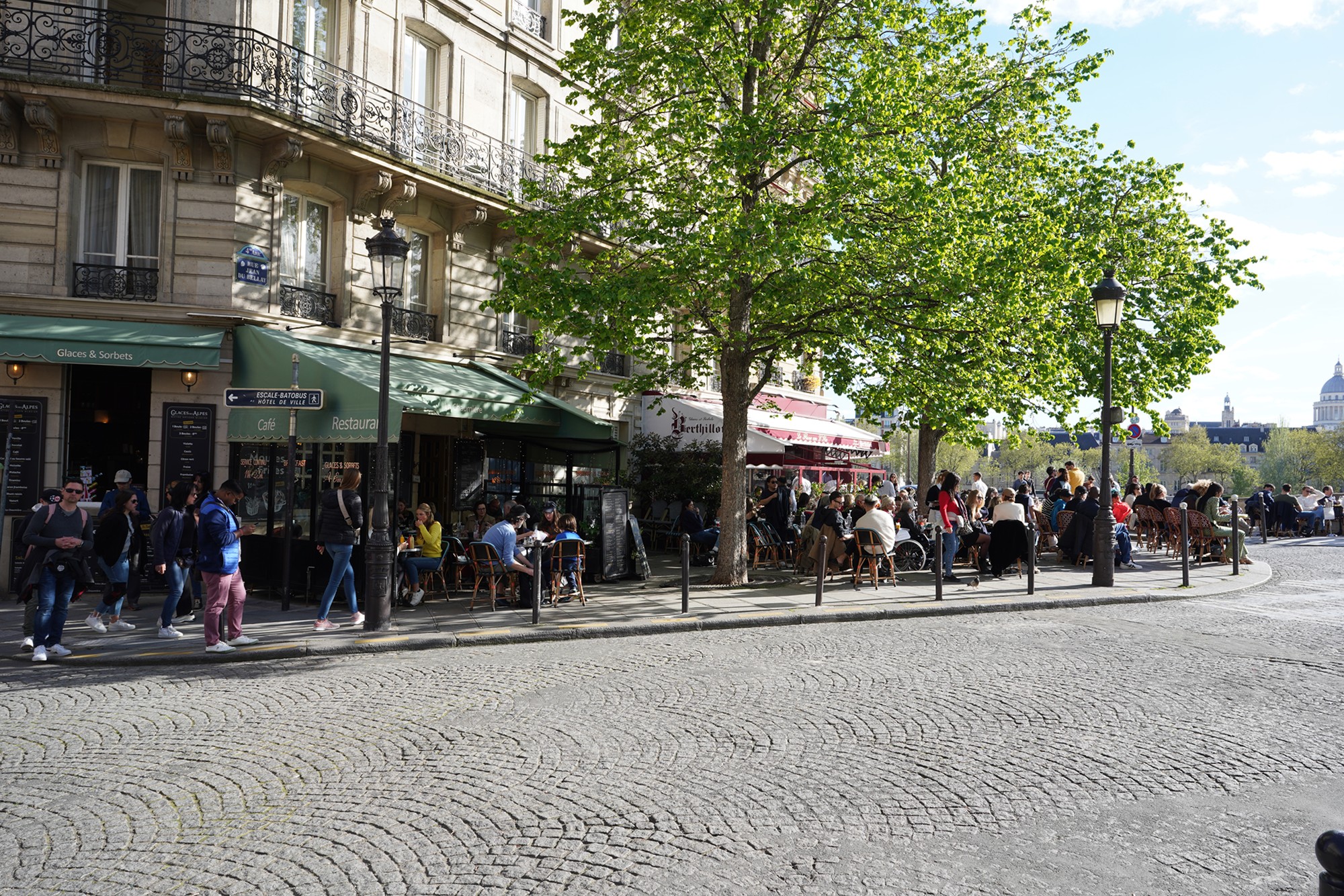
Rue Saint-Louis en l’Île Street, that goes across the island. My plan is to walk all the way till the end of this street.
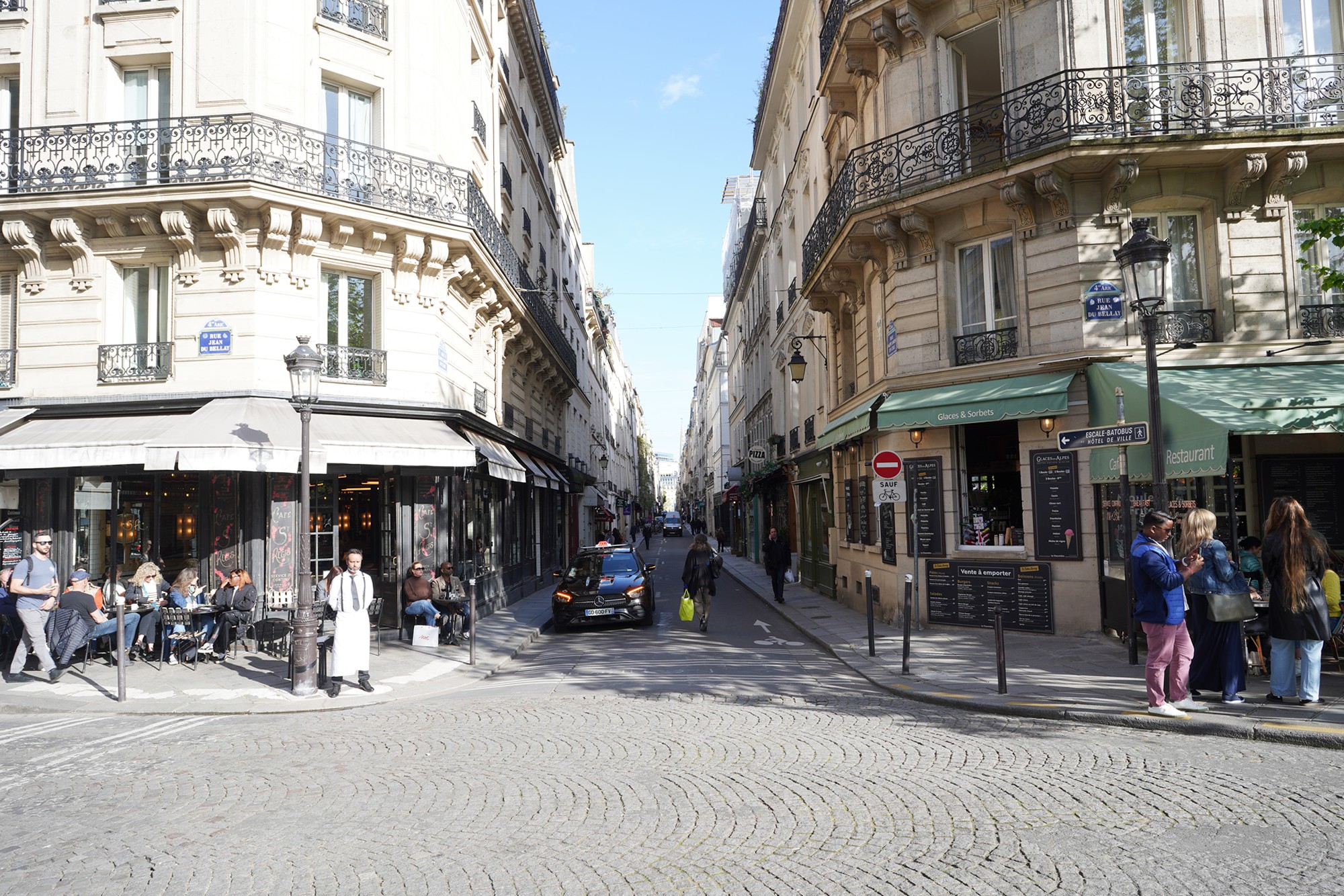
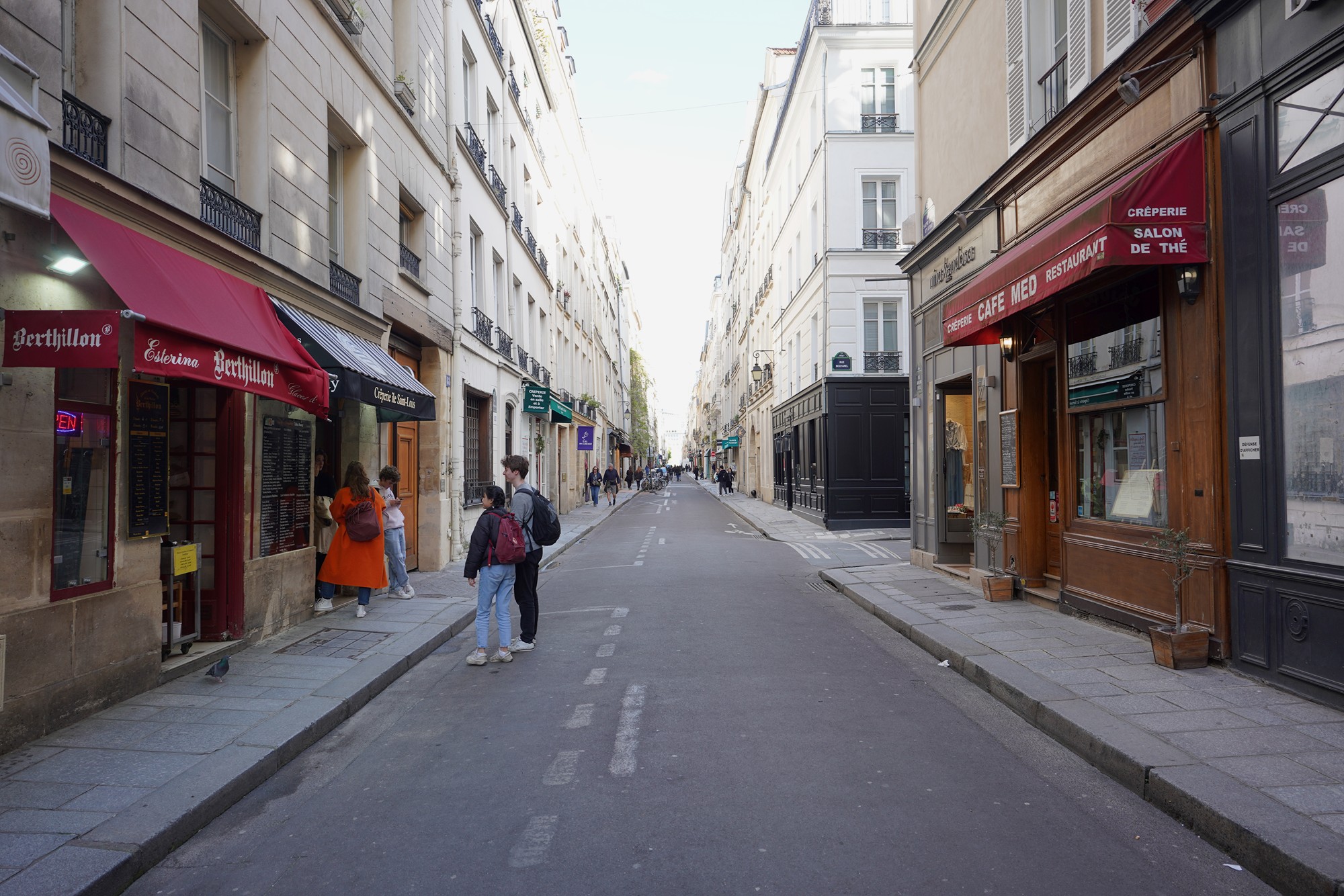
Île Saint-Louis was developed in the 17th century as a residential area for the Parisian elite and has maintained much of its historic charm.
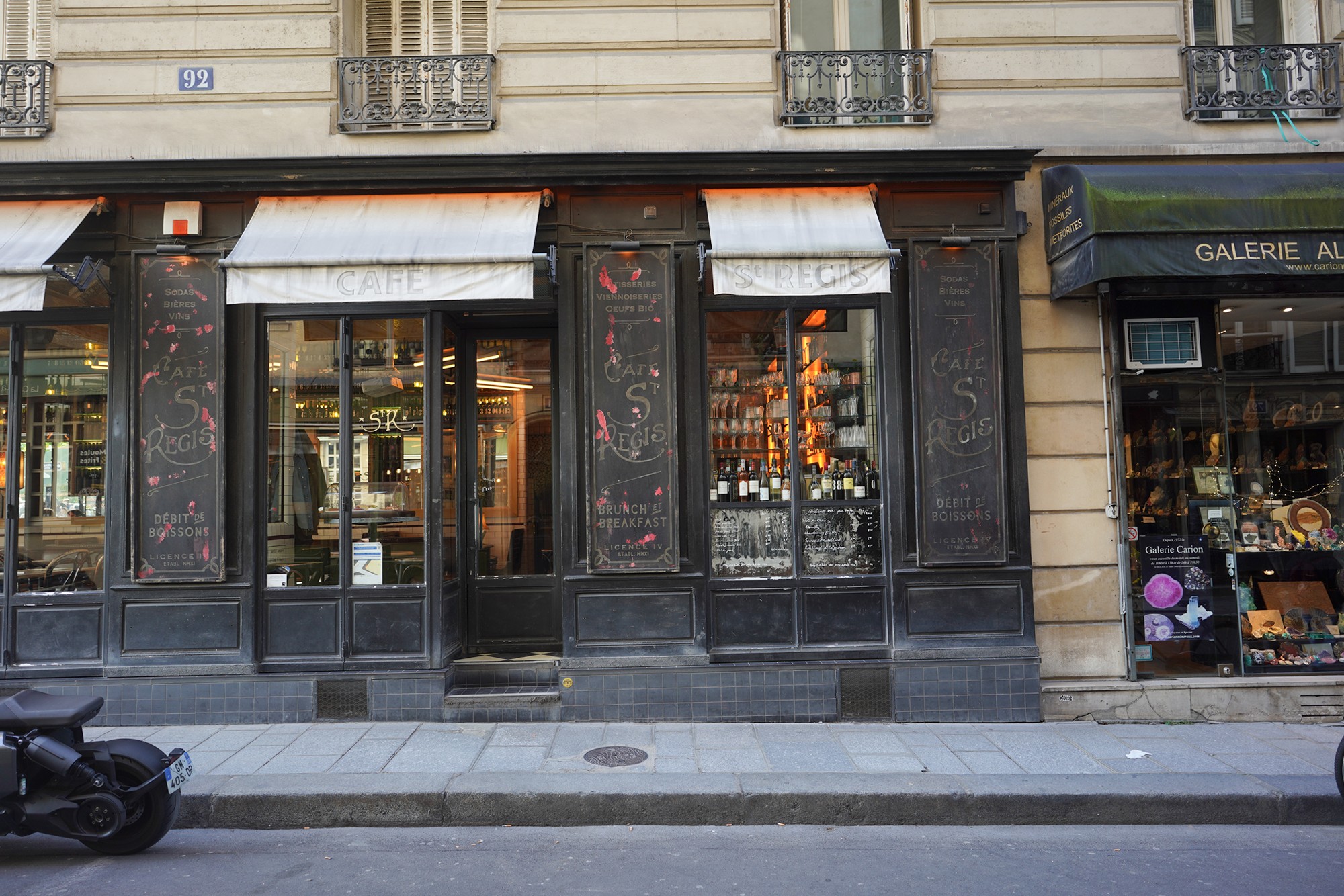
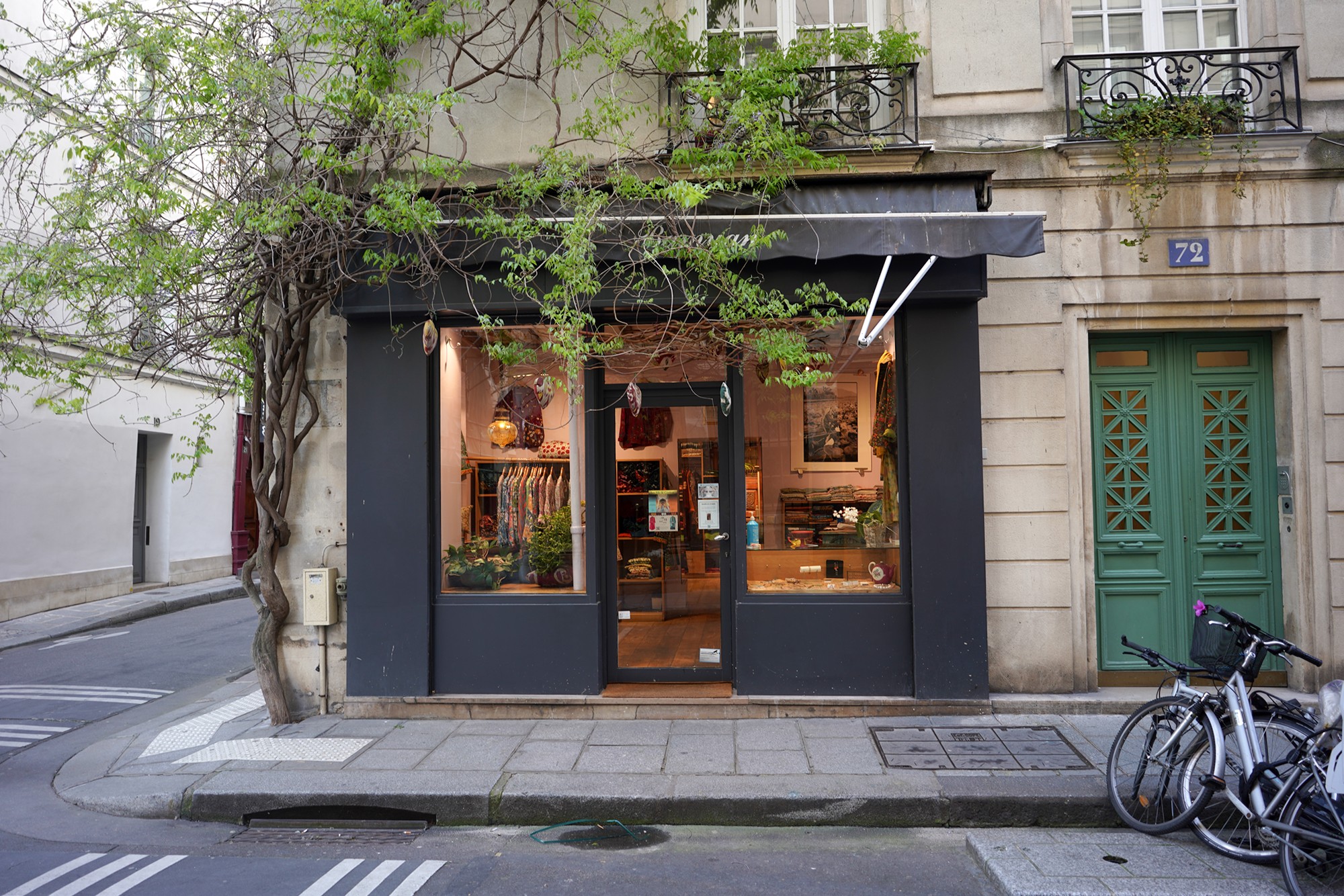
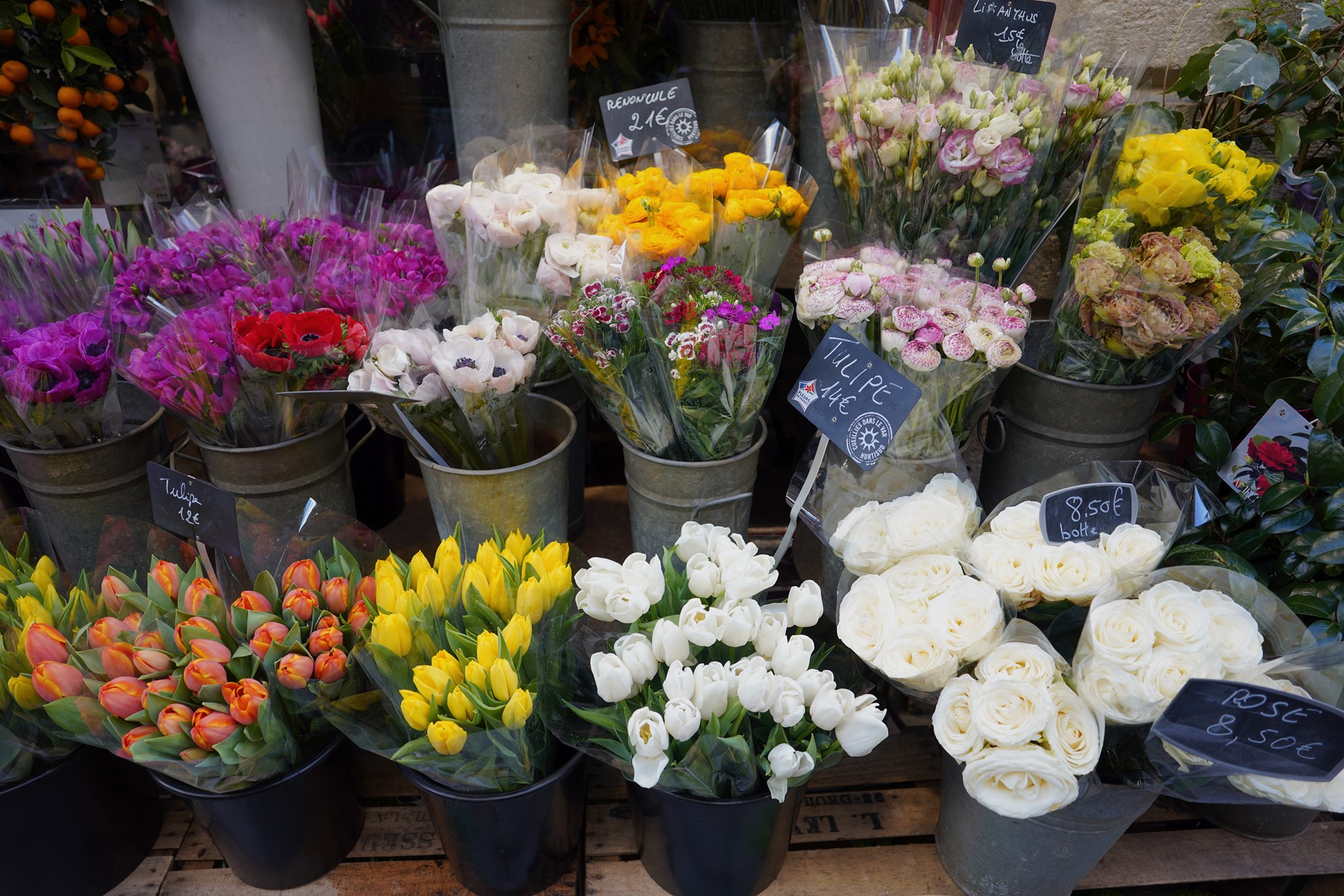
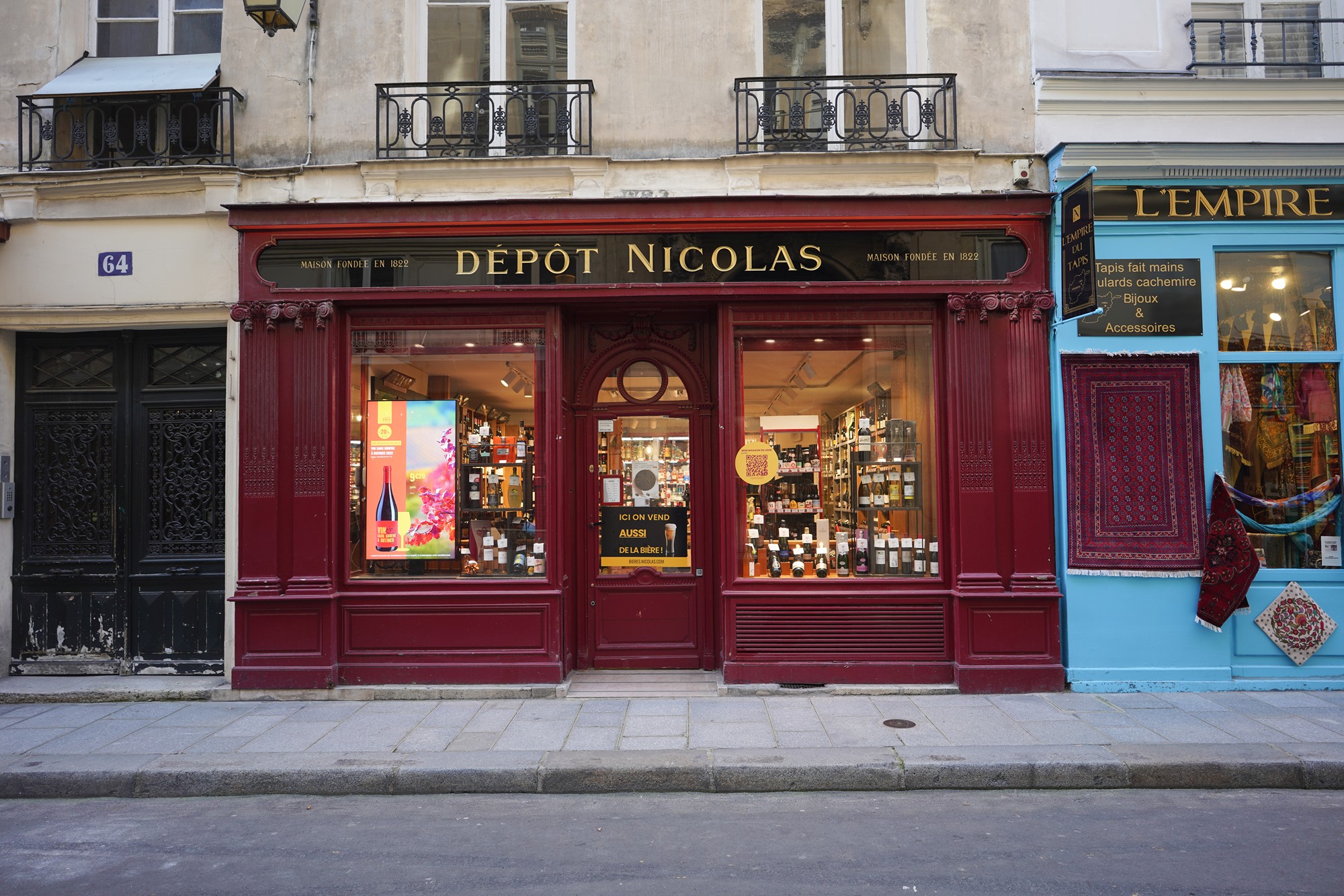
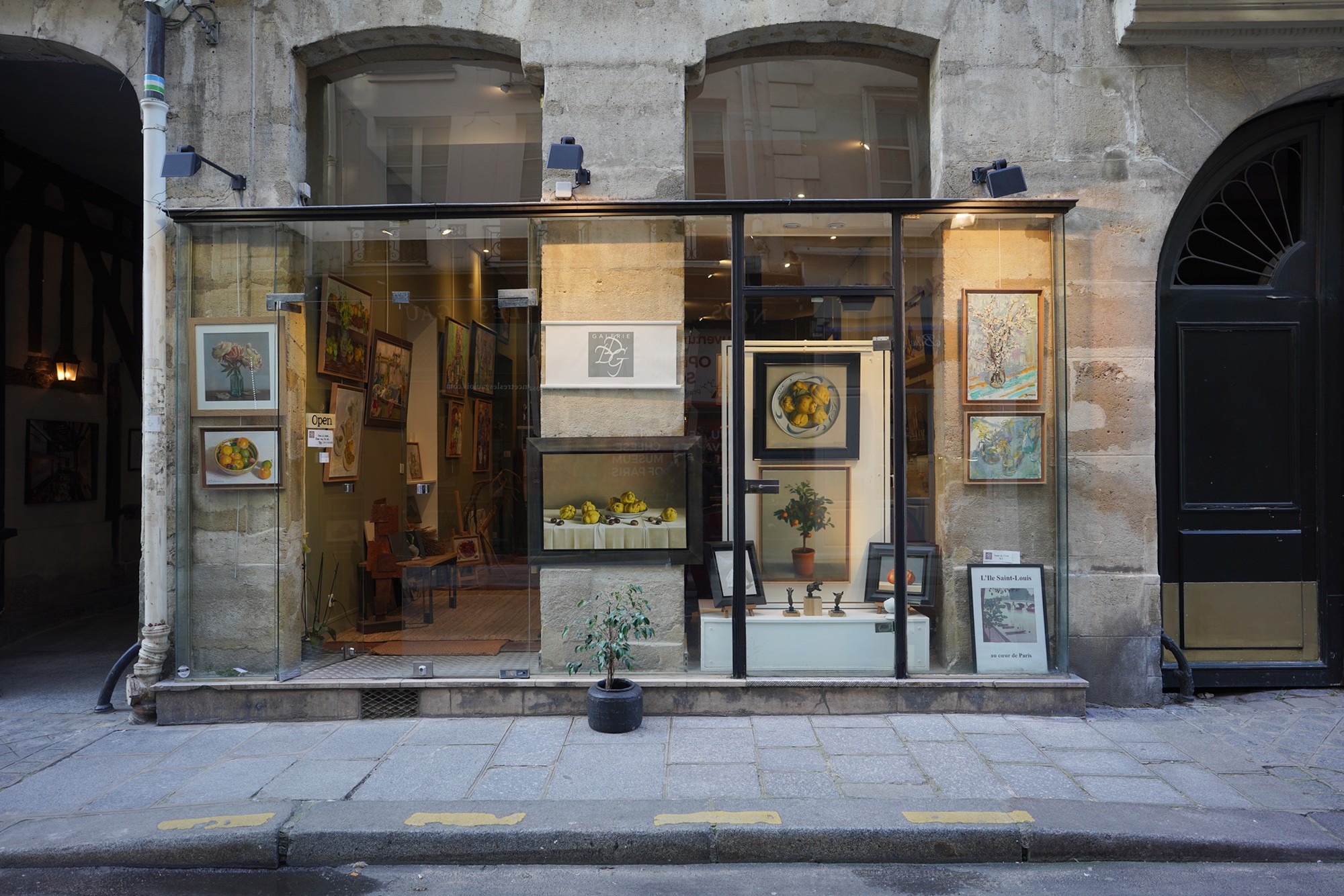
The island is characterized by its charming narrow streets, elegant 17th-century townhouses, and quaint shops and cafes.
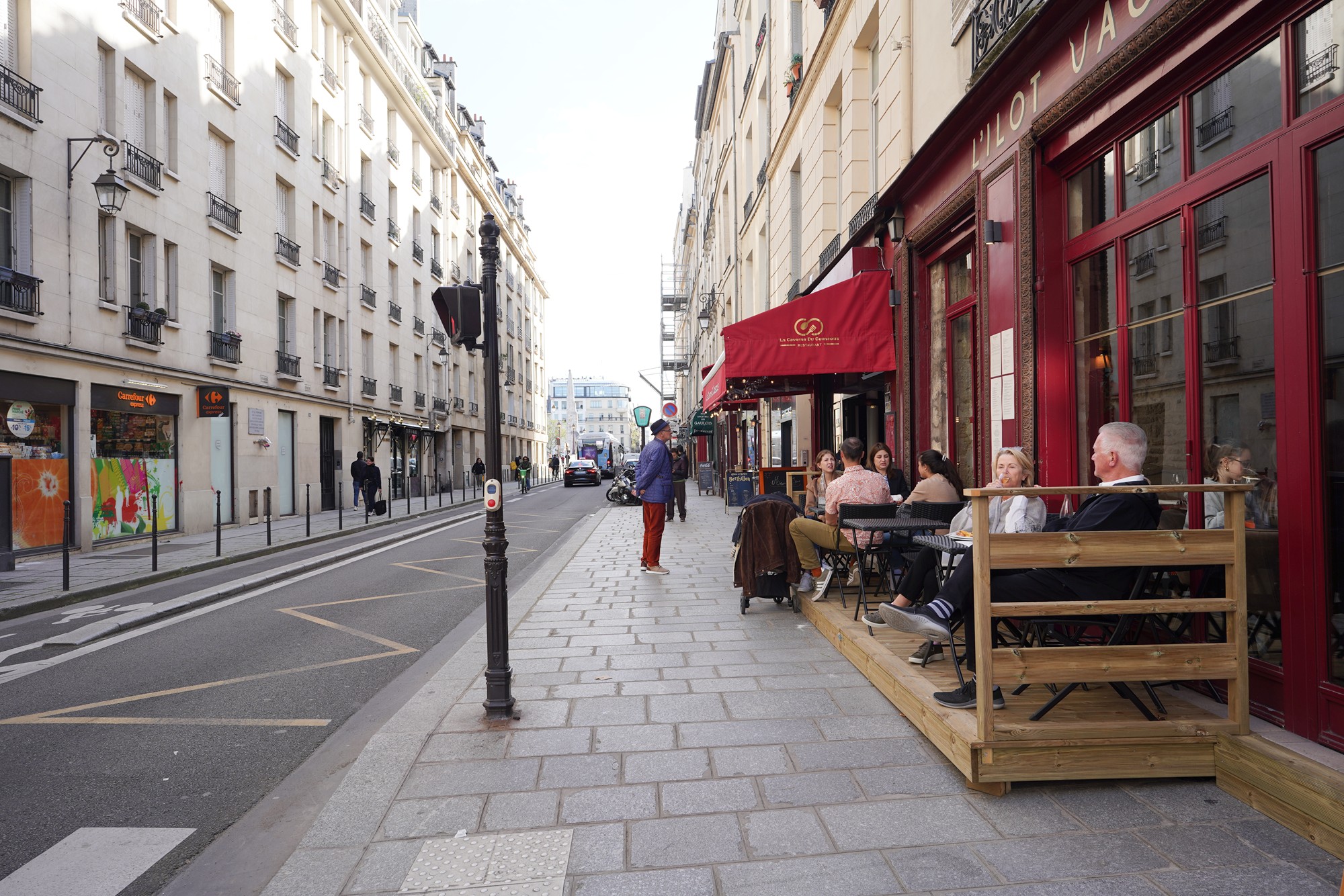
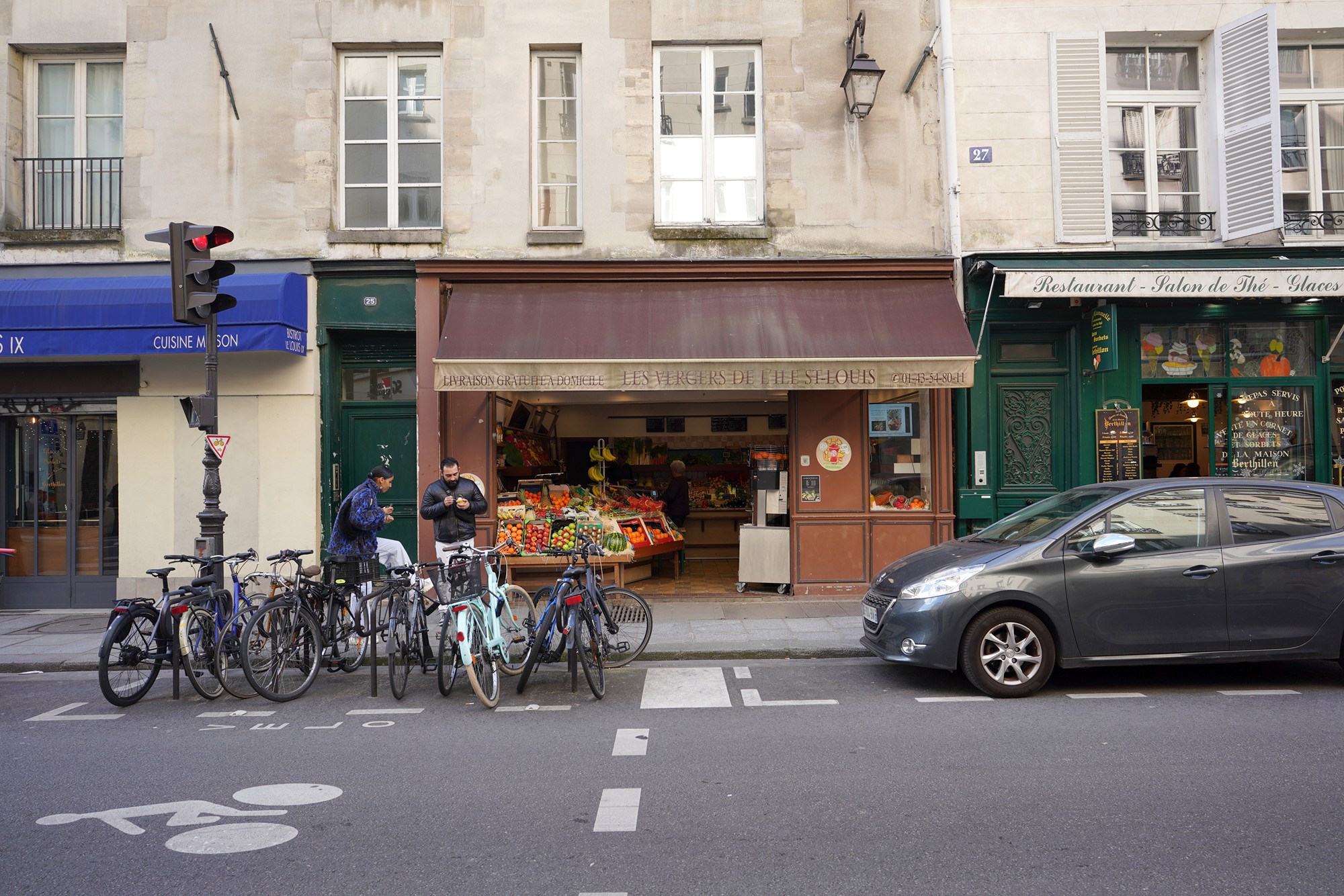
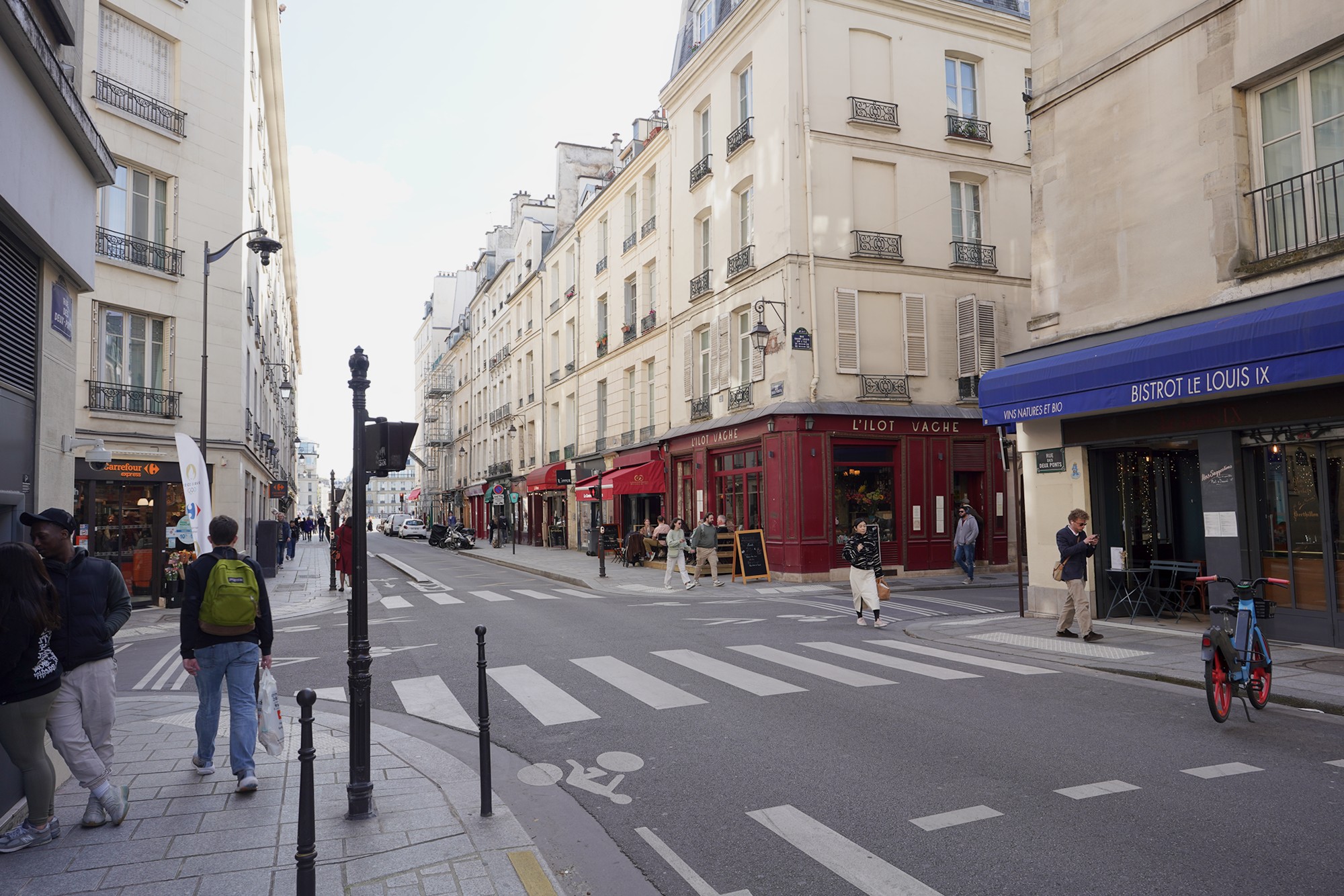
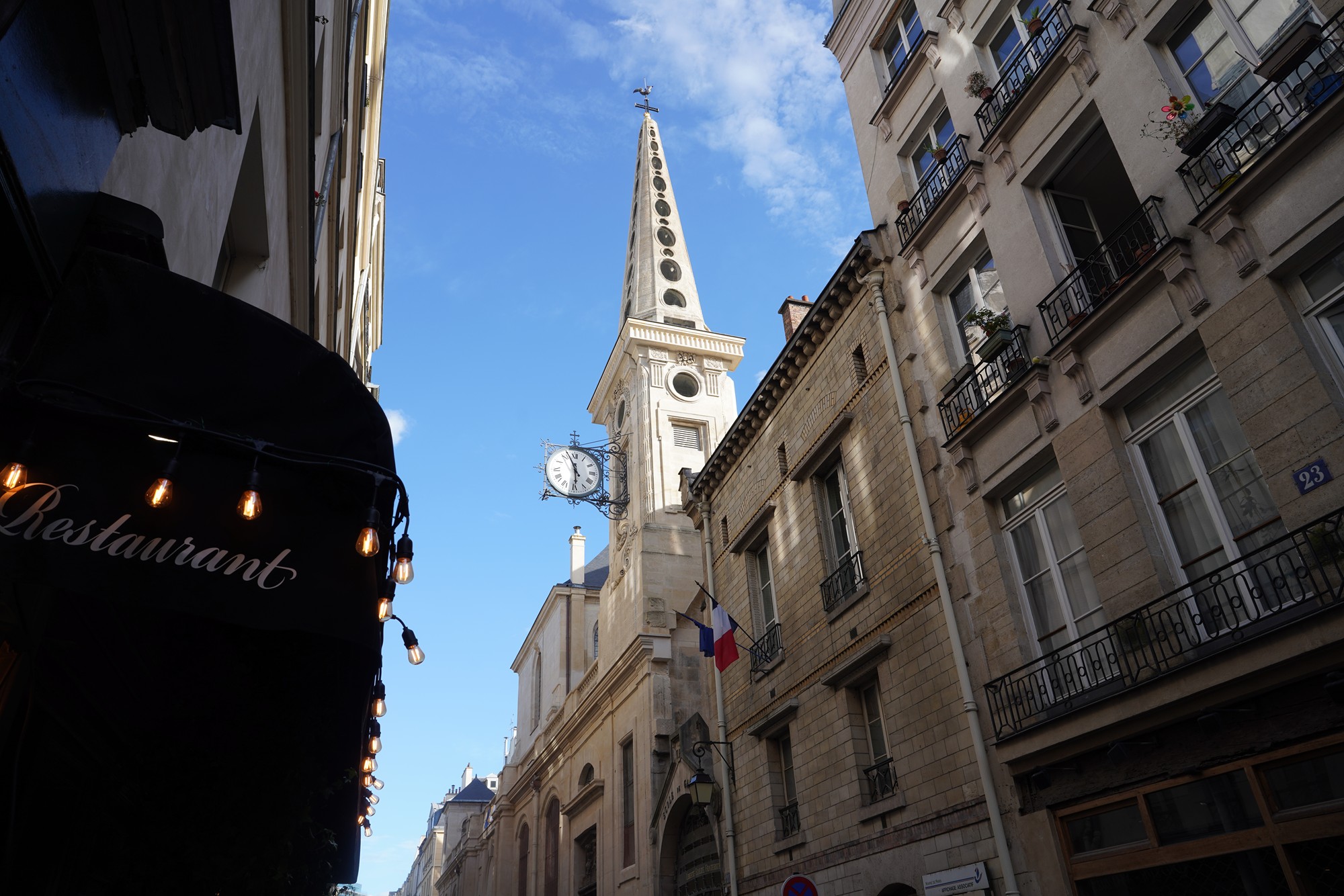
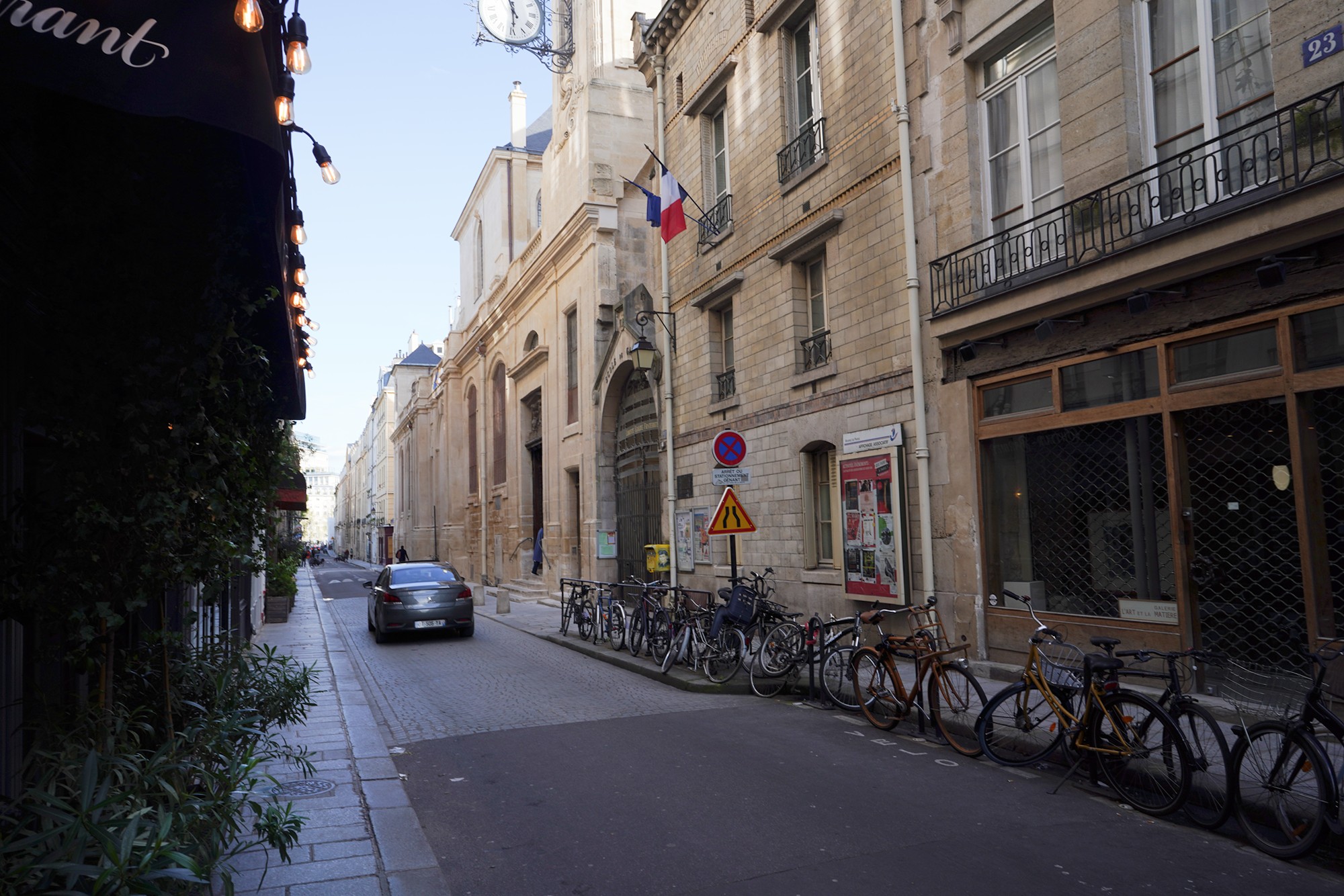
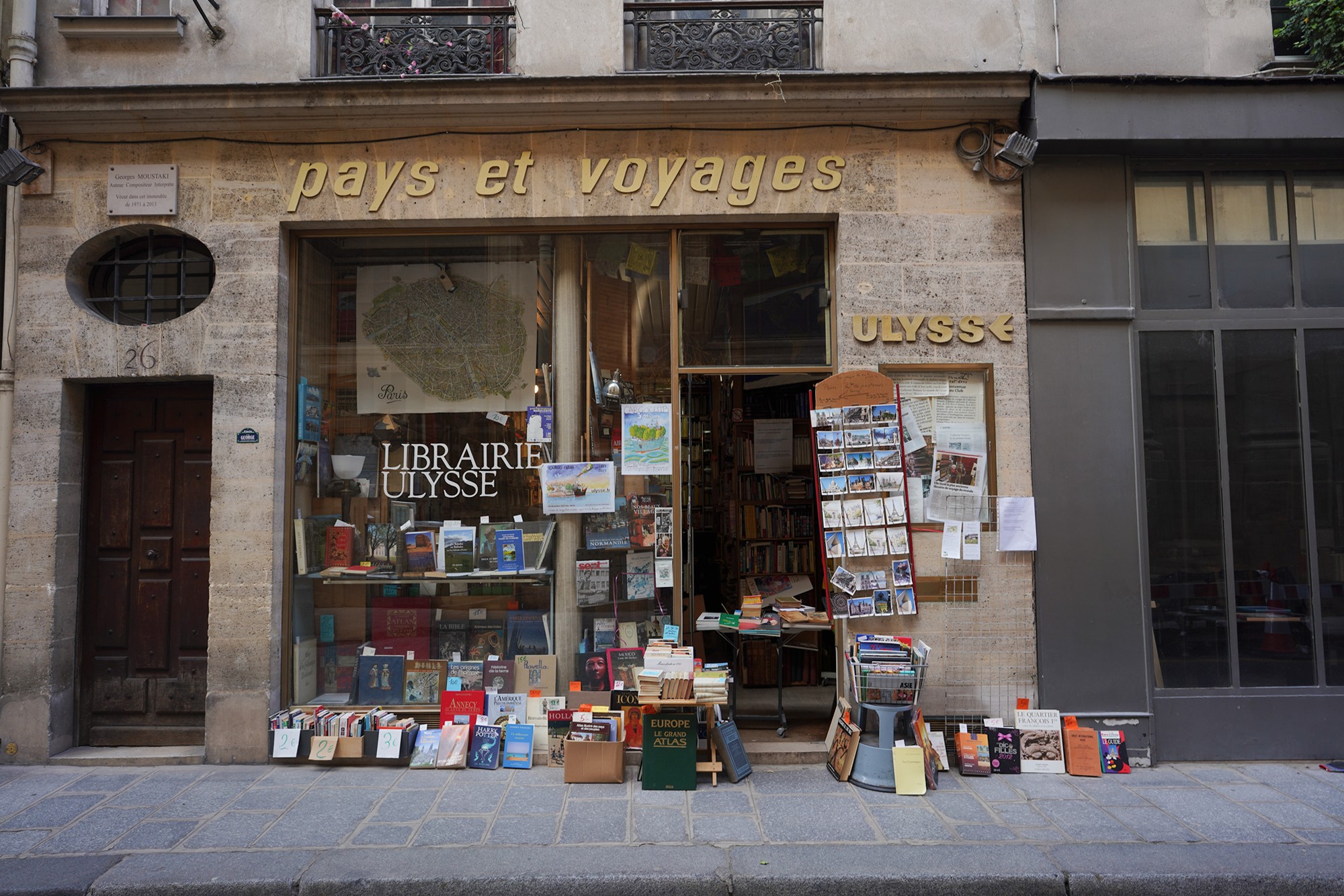
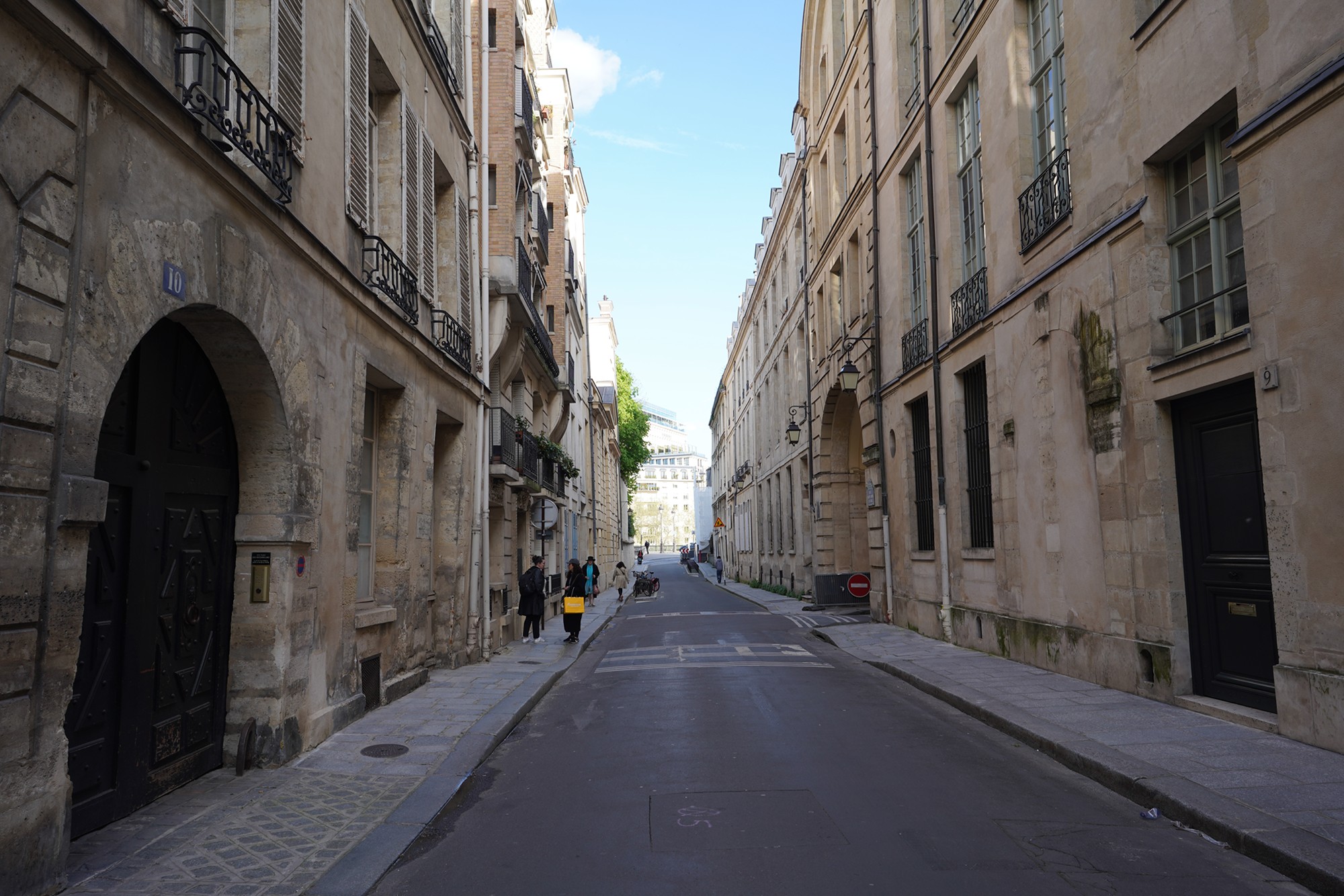
At the one end of the street and the island
